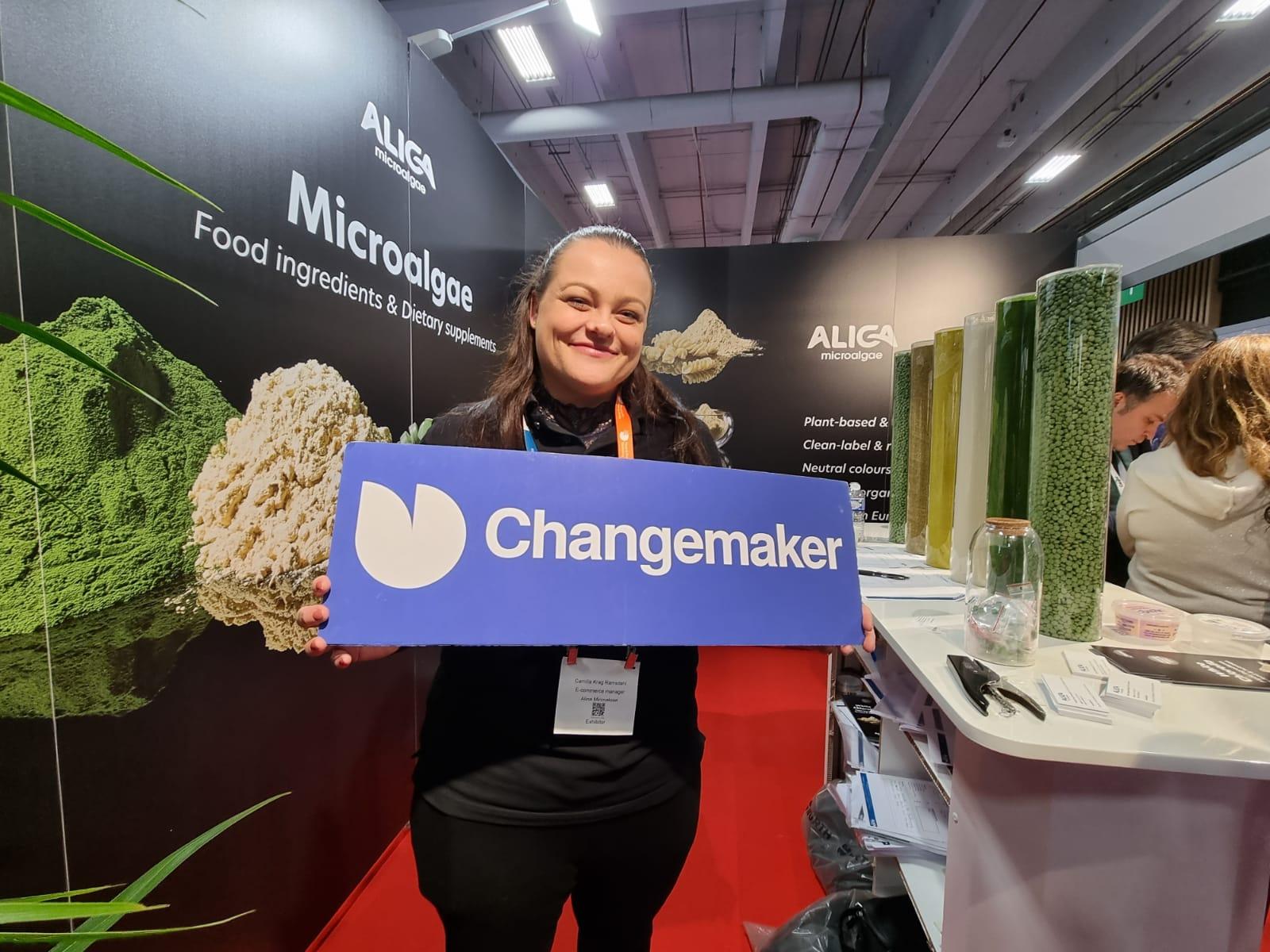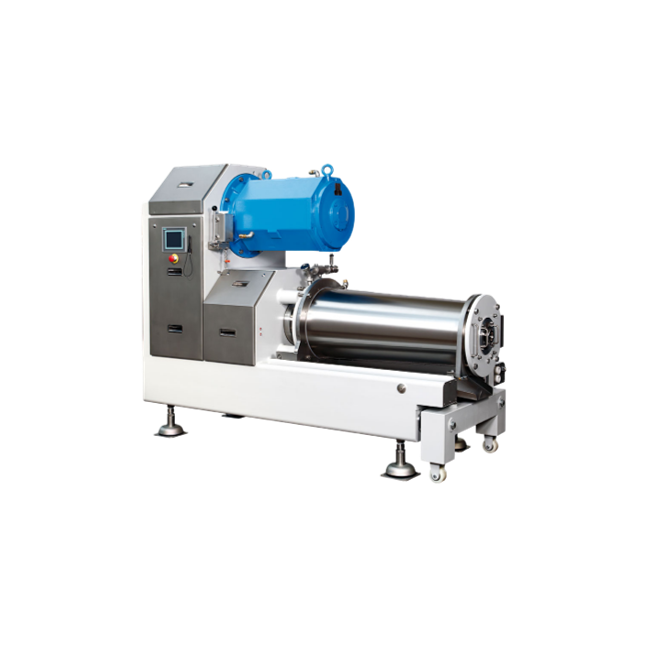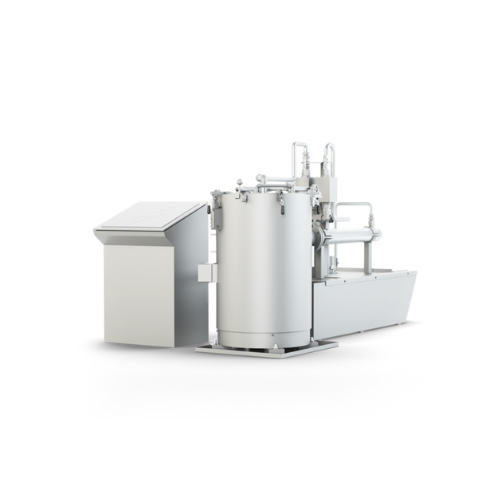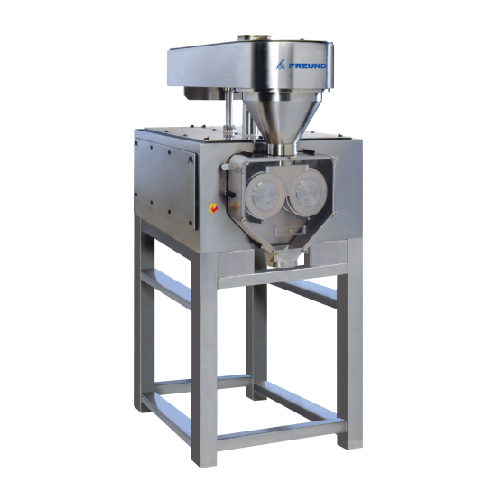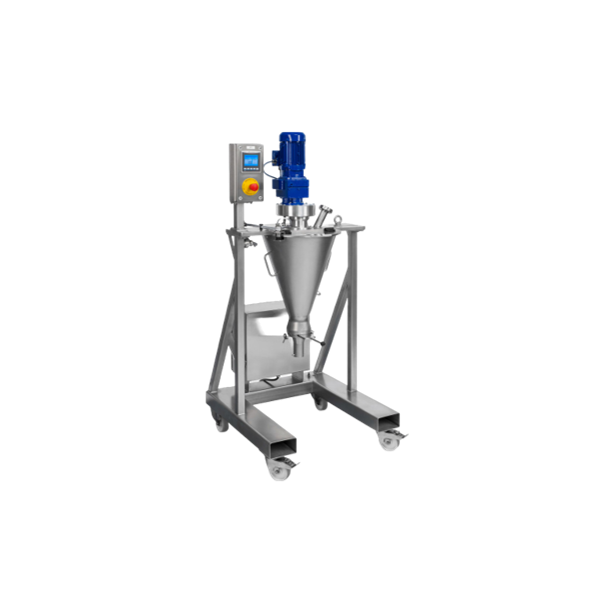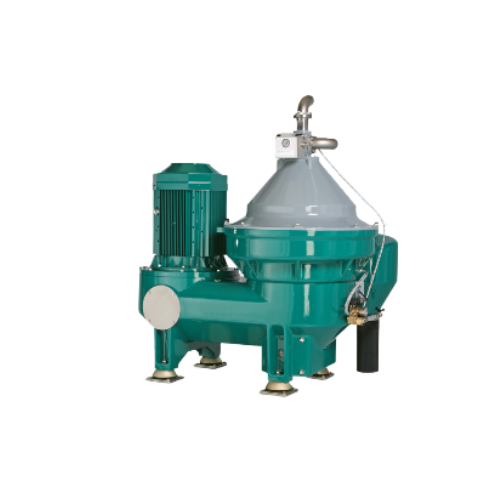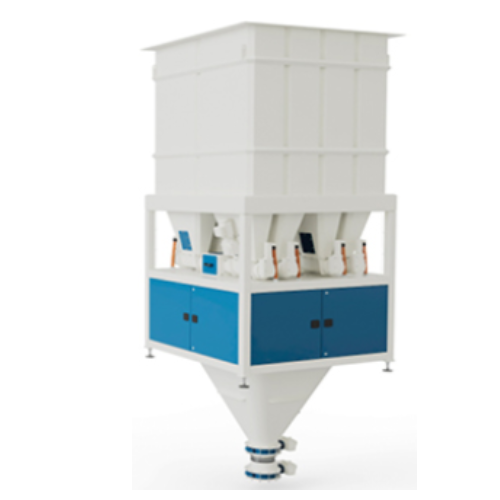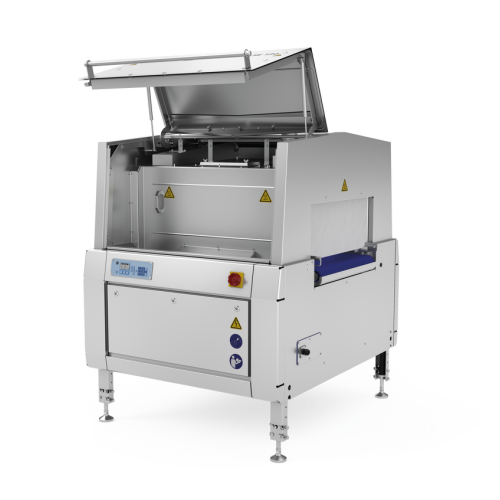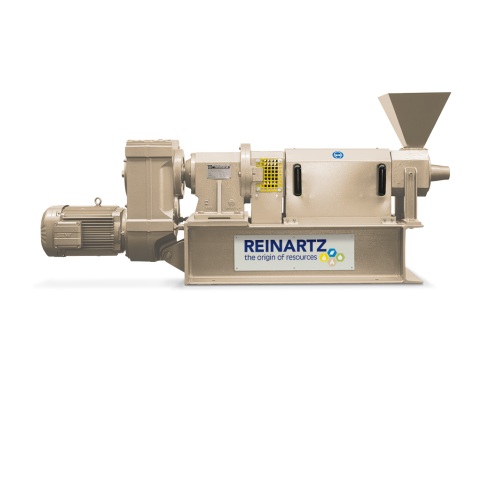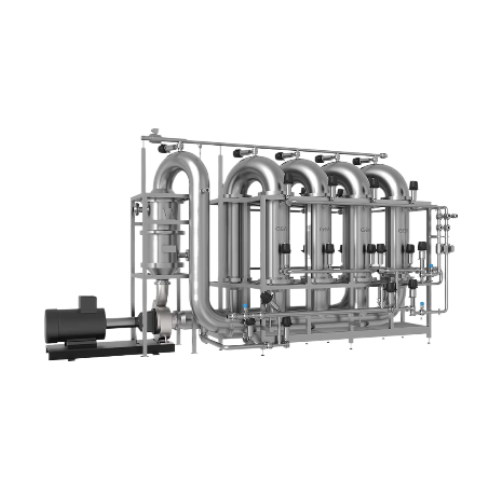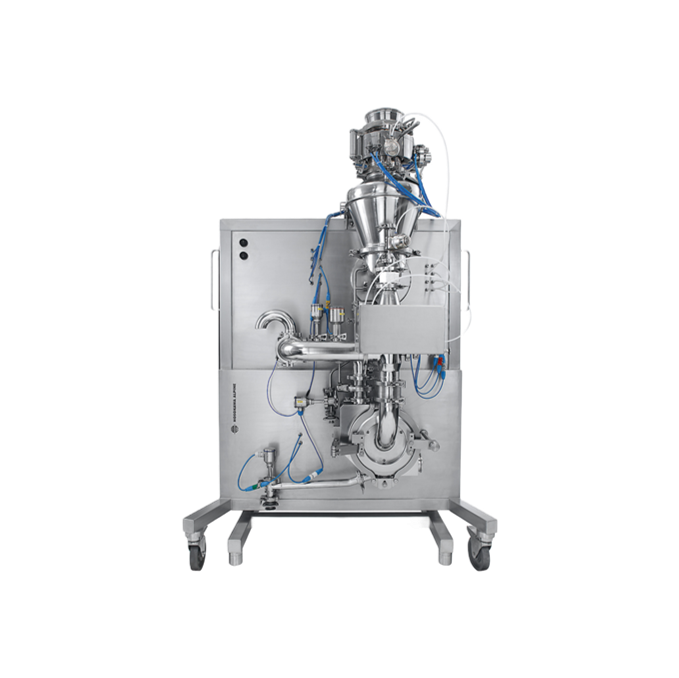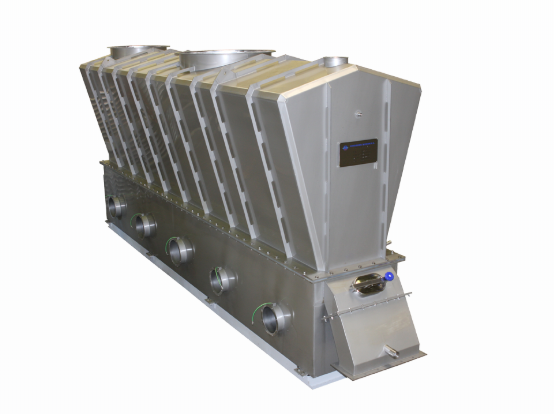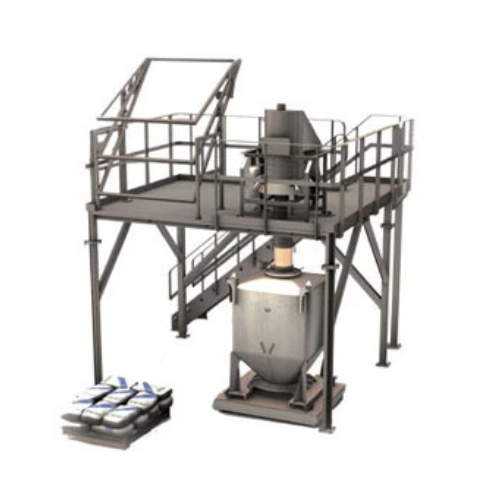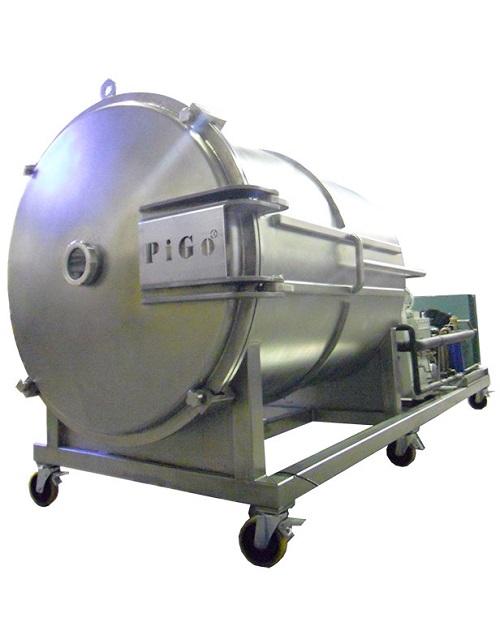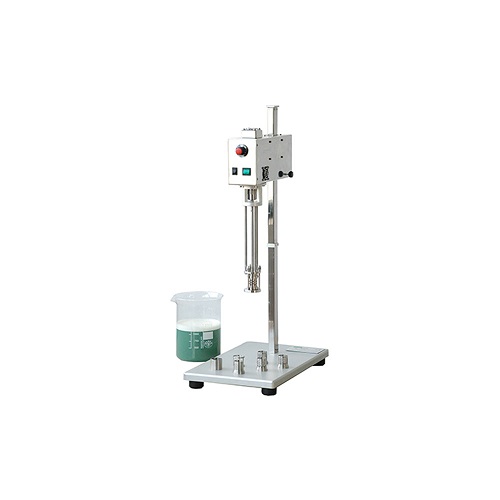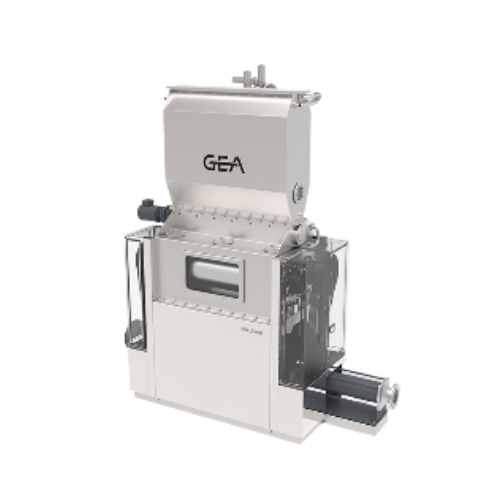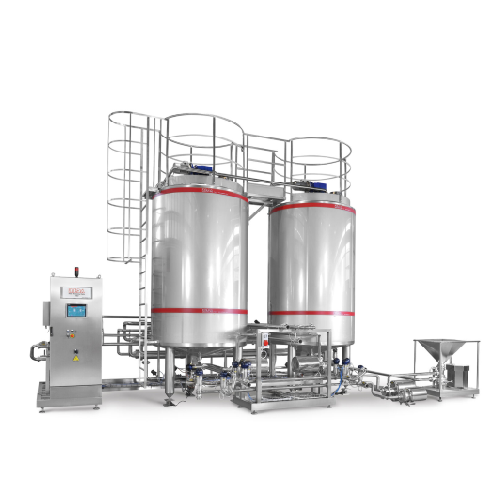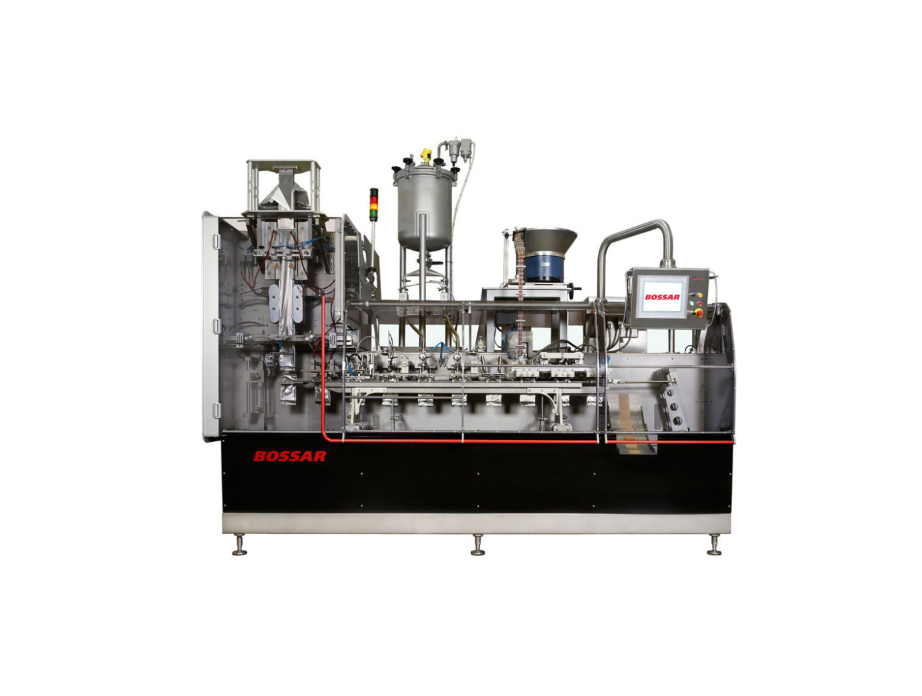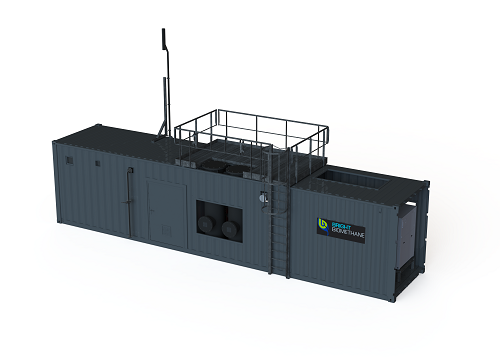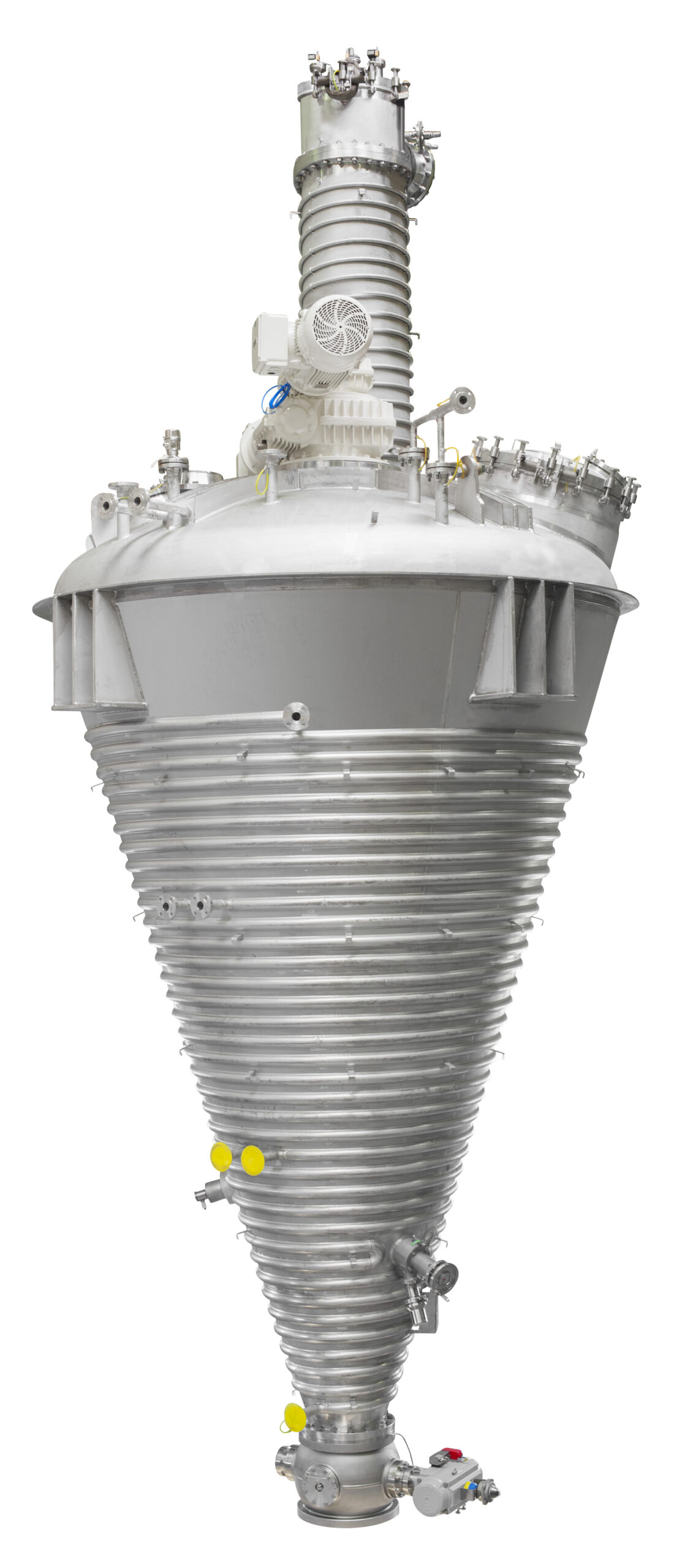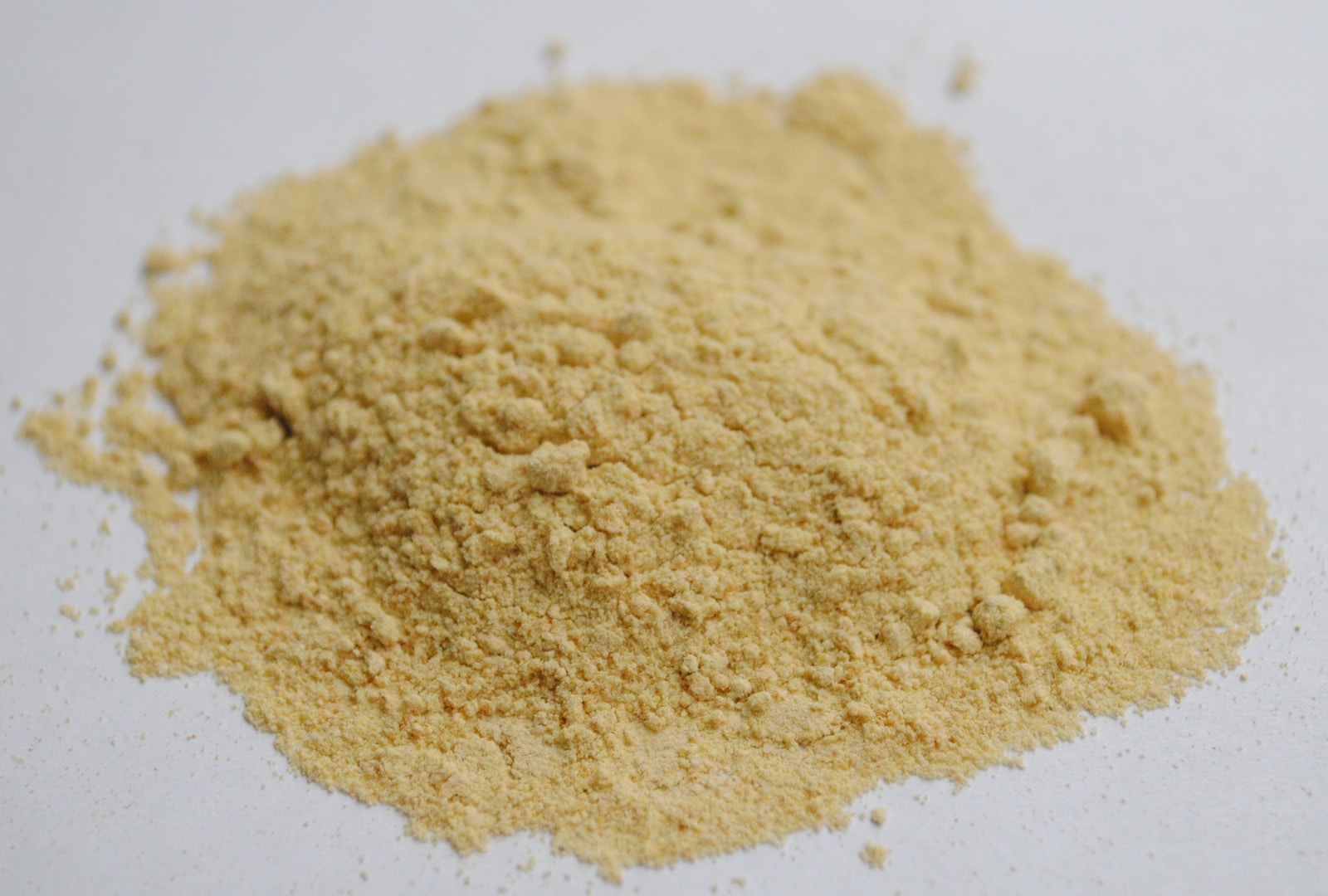
Making Protein Powder
Find innovative production technology for making protein powder and connect directly with world-leading specialists
It took the scientific community almost 70 years to agree on the name ‘protein’ and discard the popular alternative, proteid. But protein powder processing still needed another five decades to be commercialized in the 1950s. Once extraction and purification could be industrialized, protein powder soon became a basic staple supplement.
Select your protein powder process
Tell us about your production challenge
Obtain higher protein purification with chromatography
A critical step in protein powder processing is purification from other biological elements found in the cell. Most purifying techniques apply fractionation methods such as centrifugation followed by decantation.
Column chromatography takes advantage of the physical properties of the protein mixture to offer a powerful purification method. You may either target the protein itself or the other elements in the liquid solution as it percolates through a solid phase.
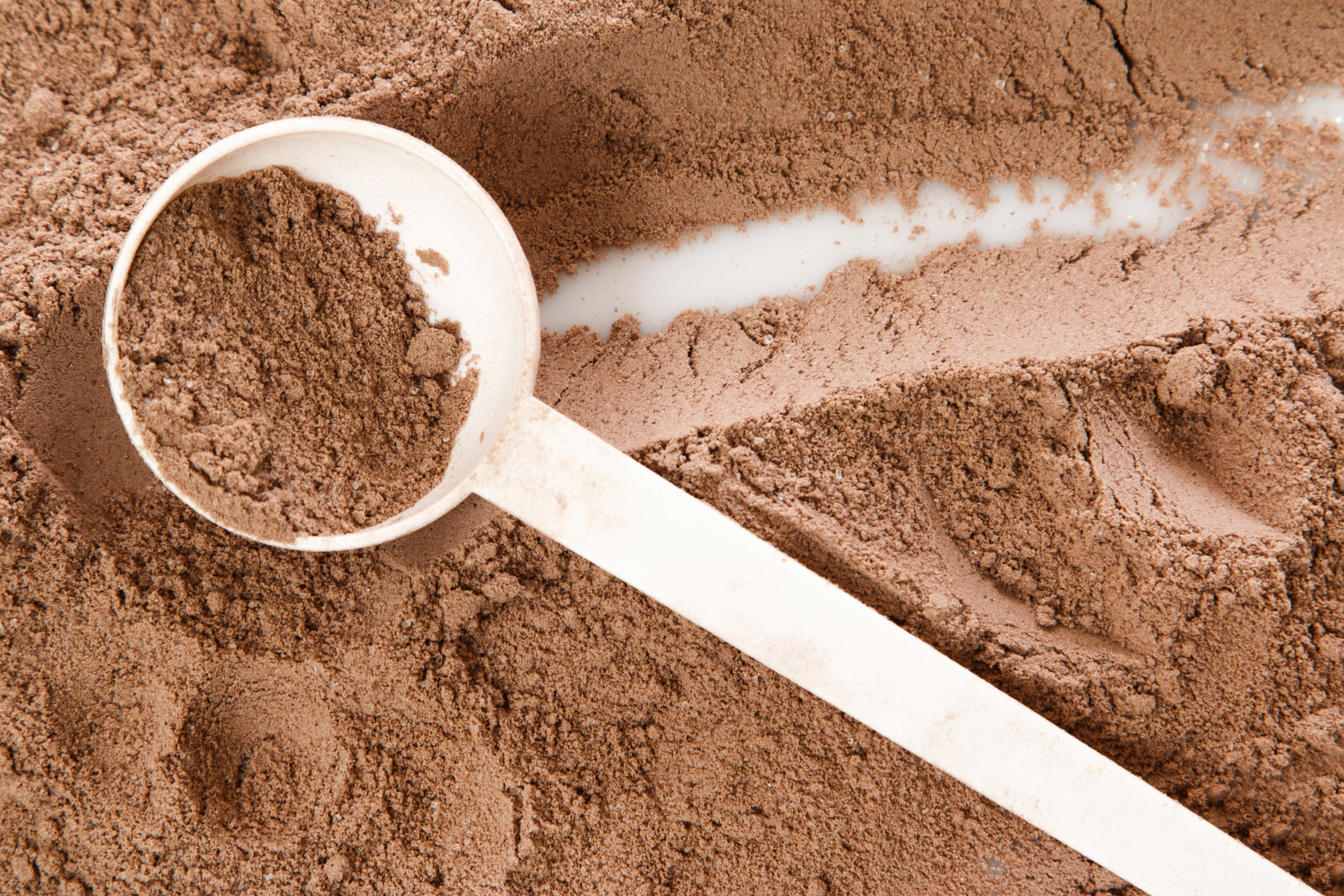
Perform protein power processing at low temperatures
Animal-derived protein finds optimum stability at a temperature of around 37 °C. However, its behavior changes once it is brought out of the cells, even if the temperature is maintained
Protein extraction yields better results at about 4 °C. Low temperatures allow greater control of the elements in the solution, while enzymes employed to break up protein perform better in a cooler environment.
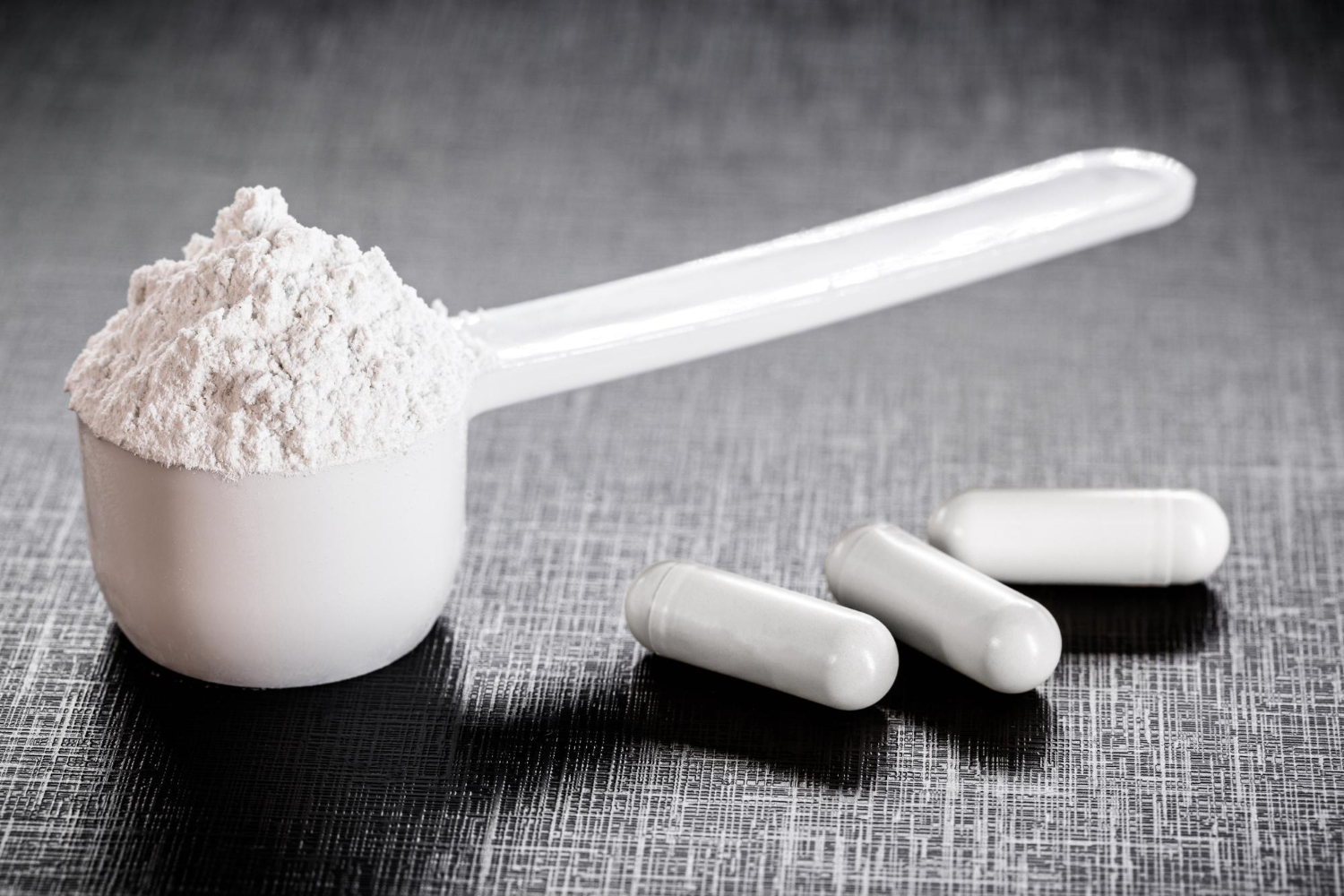
Add a buffering component in the solution medium to stop denaturation
Proteins are prone to denaturation once extracted from their natural pH conditions. Protect your extract by adding a buffering component to your solution. Biological buffers with an acid dissociation constant of around 7, such as phosphate, offer good protection.
In addition, reducing agents shield your protein powder processing from oxidation. Dithiothreitol (DTT) or 2-mercaptoethanol are typical reducing agents, but the former shows higher effectiveness.
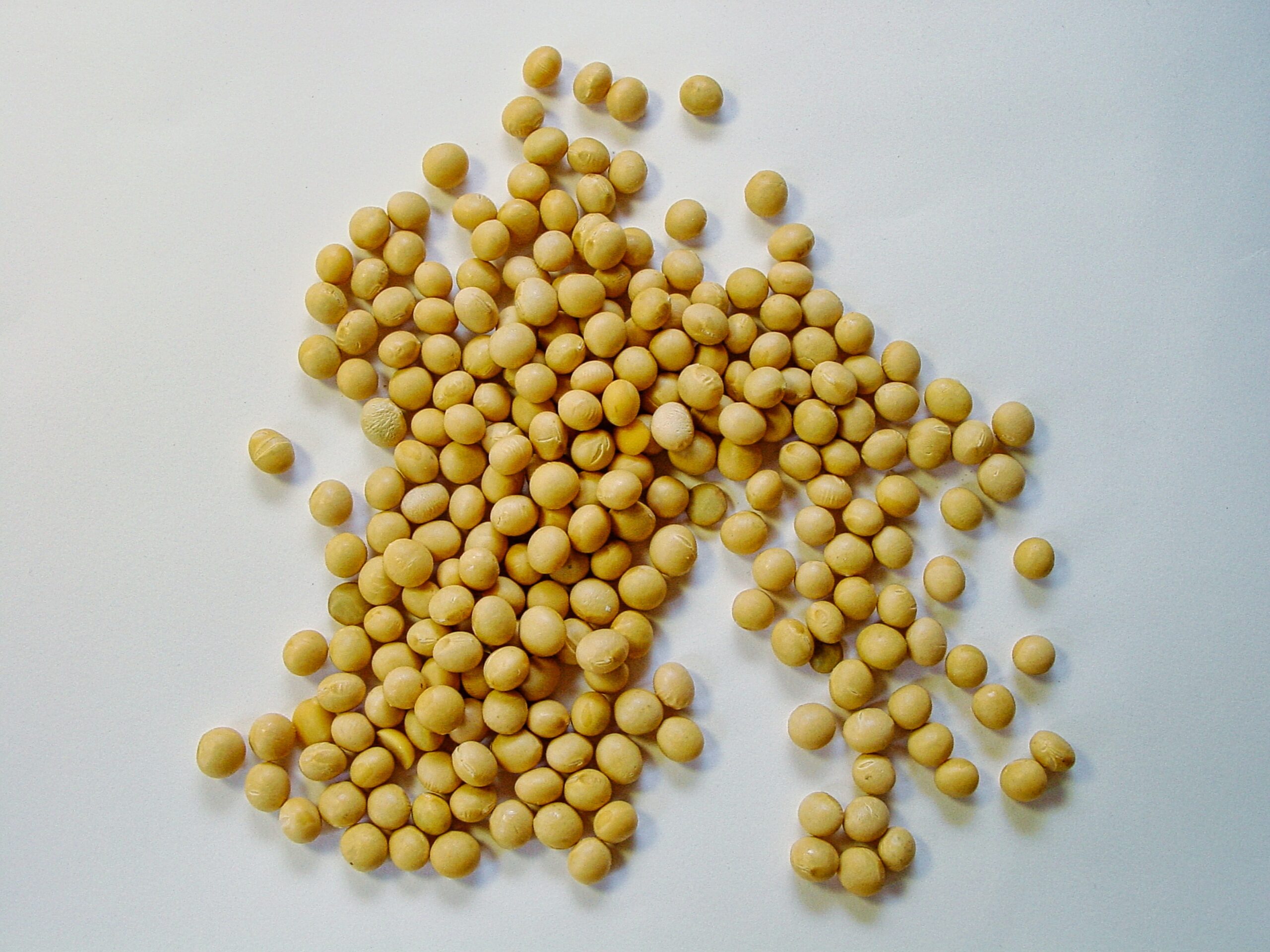
Soy protein extract delivers complete digestibility
Vegetables are also a good source of protein. Peas, hemp, and rice offer popular alternatives to animal-based protein, but they lack amino acids that the human body cannot synthesize.
On the other hand, Soy protein is the only plant-based alternative that meets all the essential requirements. Soy protein registers the highest score for quality on the Protein Digestibility Corrected Amino Acid Score (PDCAAS).
Insect processing is emerging as an alternative protein source
Agricultural entomology has come to the fore as an efficient protein source. Cricket protein, in particular, has attracted attention for its adaptability to human consumption requirements.
The ecological impact of insect farming is significantly lower than either crop or animal farming. Not only does it require less space, water, and energy, but insects can be reared on clean agricultural by-products such as surplus grains.
Processing steps involved in protein powder making
Which protein powder technology do you need?
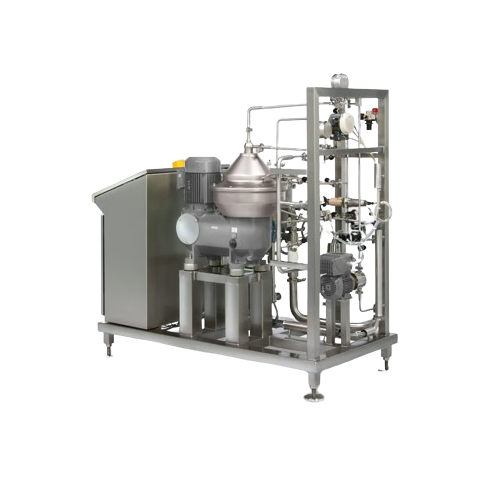
Clarifiers for pilot and lab scale applications
Ensure efficient separation and clarification at the pilot or lab scale wi...
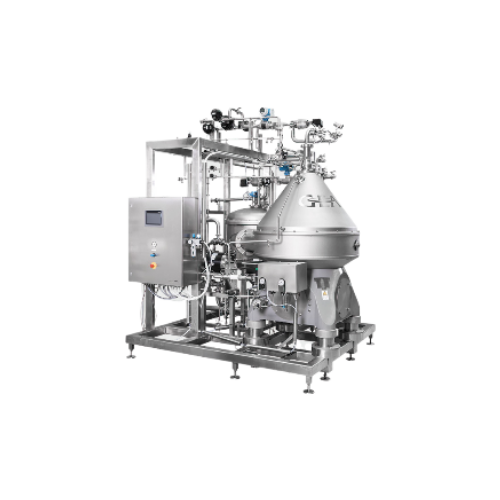
Pharma separator for biopharma processing
Streamline your production with this advanced separator, designed to efficiently...
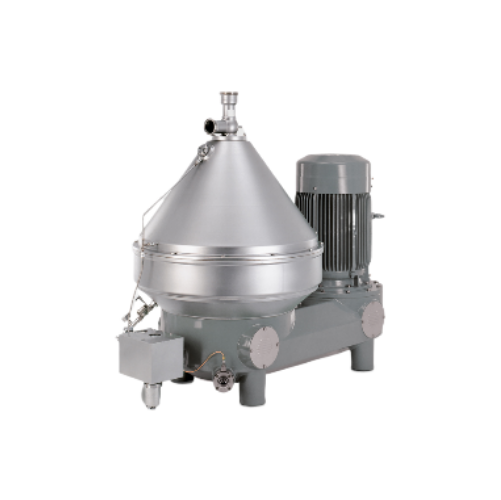
Separators for biochemicals
Achieve precise separation and purification of complex biochemical mixtures with self-cleaning c...
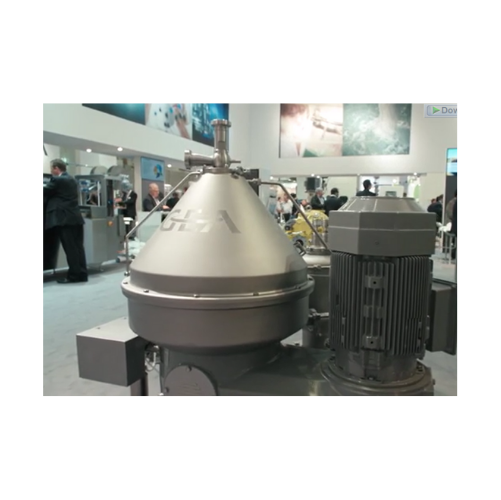
Clarifiers for plant protein recovery
Maximize protein yield and minimize waste with advanced clarification technology desi...
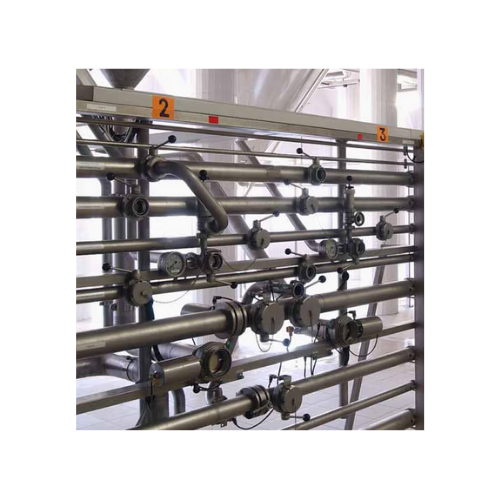
Piping solutions for breweries cold block area
Efficiently distribute and regulate media within your brewing process, ensu...
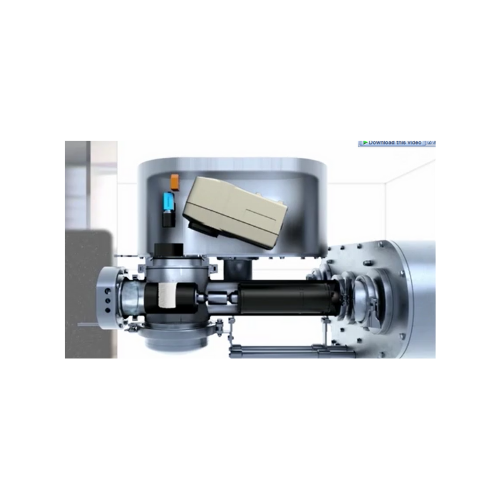
Inline powder analysis system
Ensure optimal powder quality with real-time measurement of moisture, density, and contaminant...

Spray dryer performance optimization system
Achieve unparalleled spray drying efficiency with real-time monitoring and con...
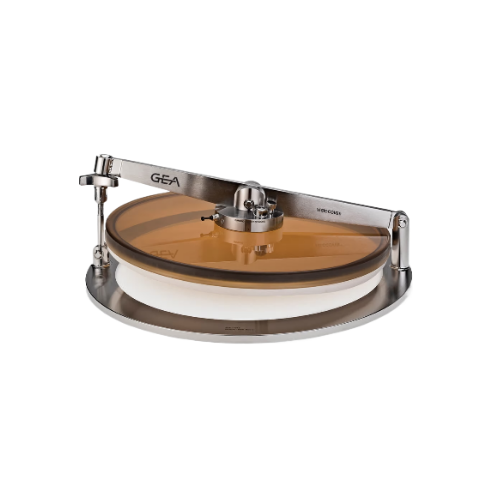
Sanitary cover for visual inspection
Ensure optimal hygiene and easy access in your production line with a transparent cove...
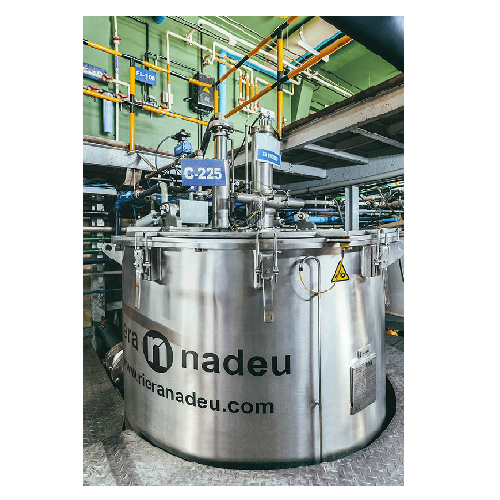
Vertical batch centrifuge for solid-liquid separation
Optimize your solid-liquid separation process with high-speed centr...
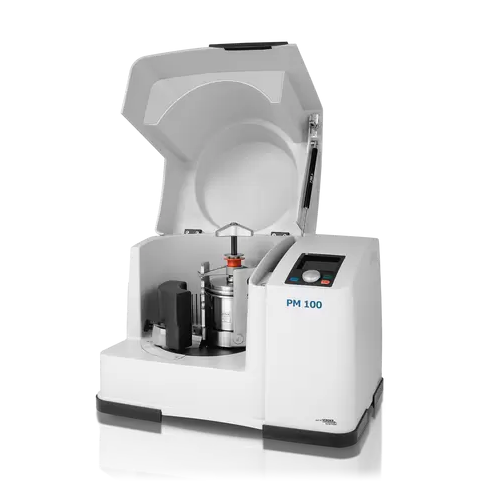
Planetary ball mills for fine grinding of materials
Optimize particle size and surface area in your samples with high-ene...
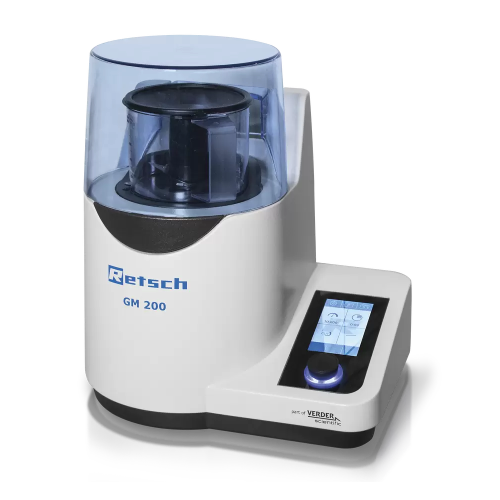
Knife mill for food and feed sample grinding and homogenization
Achieve consistent texture and precise size reduction of...
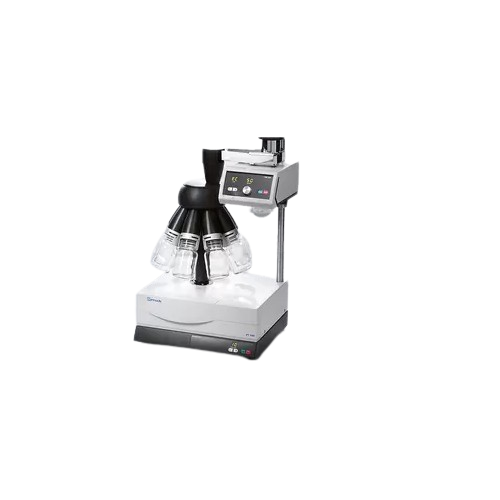
Sample dividing solutions for laboratory applications
Streamline your lab’s precision in sample preparation with so...
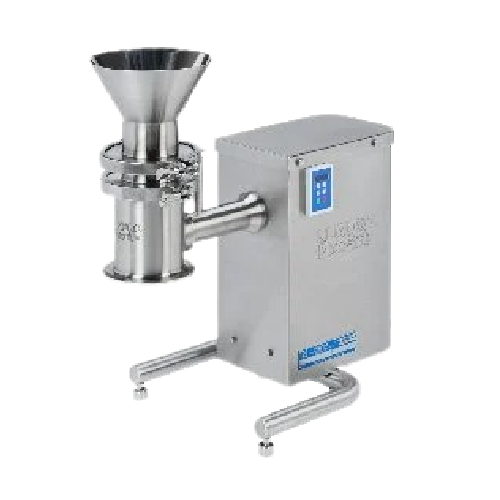
Industrial powder security screening and de-agglomeration
Ensure product purity by efficiently screening and de-agglomer...
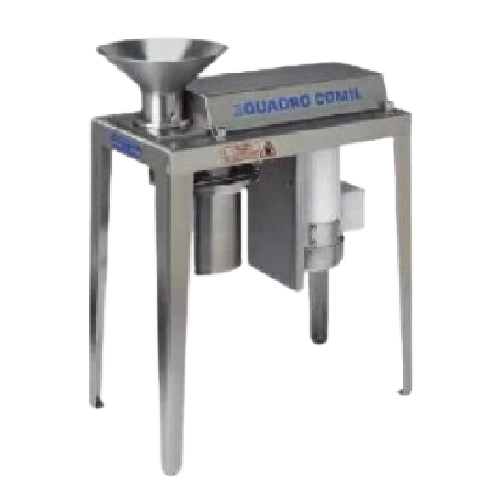
Conical milling for high-efficiency particle sizing
Maximize efficiency in your production line with conical milling tech...
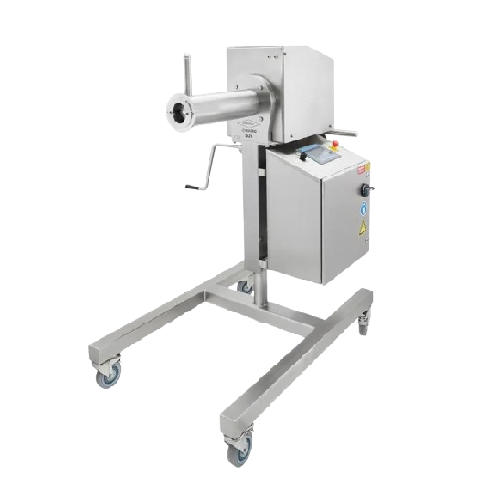
Production-scale milling and screening system
Achieve precise particle size distribution and high throughput rates with a ...
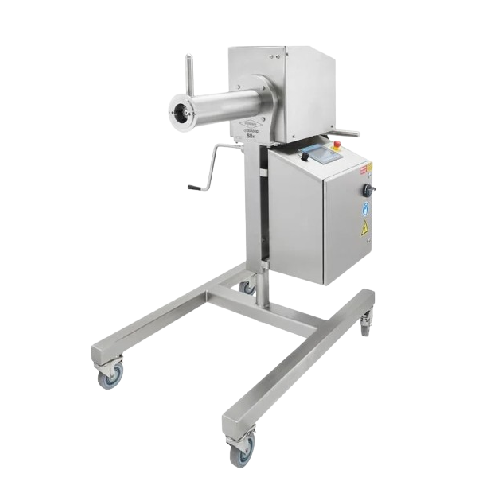
Mid-size milling platform for pilot-scale production
Achieve precise particle size control with this integrated milling s...
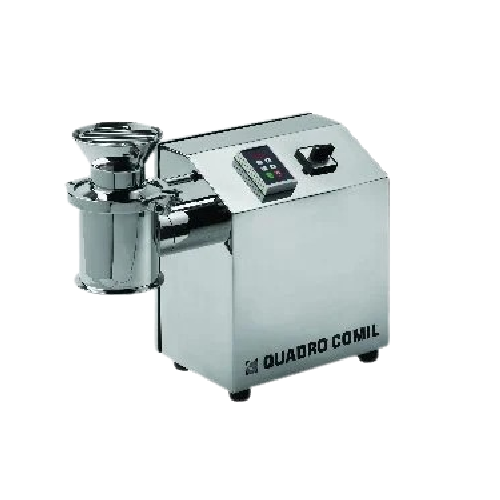
Conical mill for high-capacity powder milling
Optimize your powder milling process with efficient conical milling systems ...
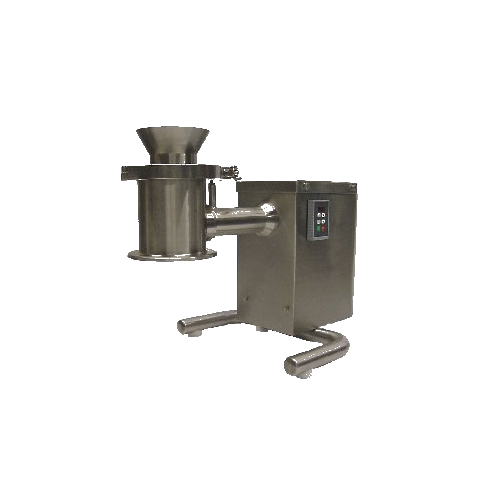
Atex compliant milling equipment for explosive atmospheres
Ensure operator safety and process integrity with milling equ...
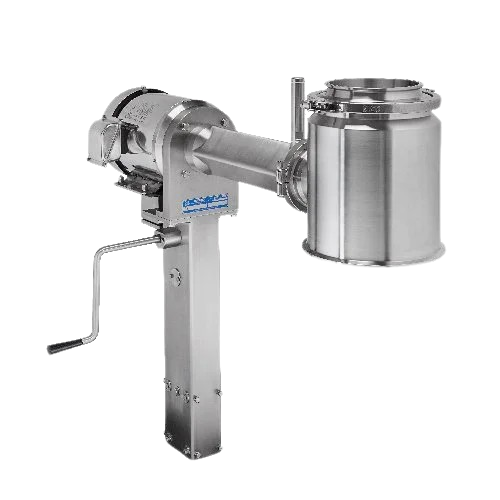
Cone mill for size reduction
Achieve precise particle size reduction and deagglomeration with minimal heat generation, ensur...
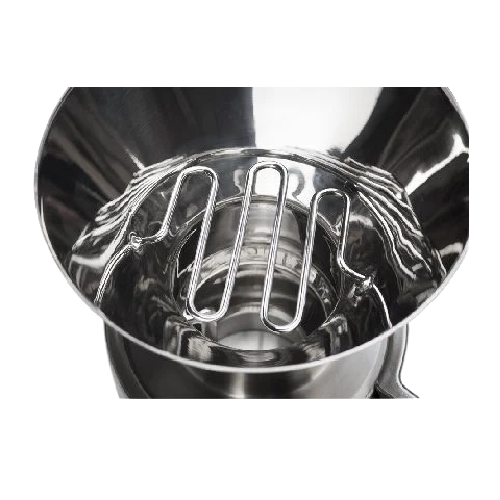
Deagglomeration and delumping system
Ensure product integrity and streamline operations by effectively breaking down agglom...
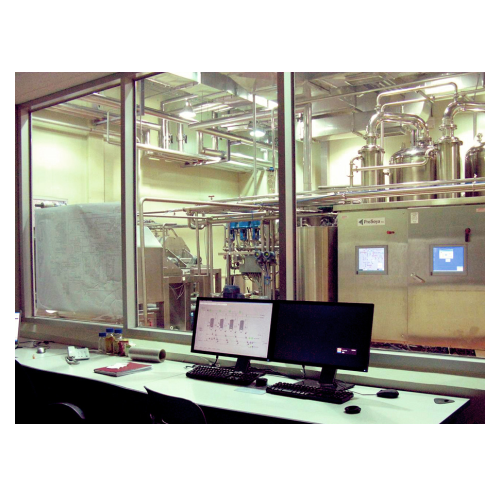
Soya protein isolate production line
Ensure the highest protein purity with this comprehensive production line designed to ...
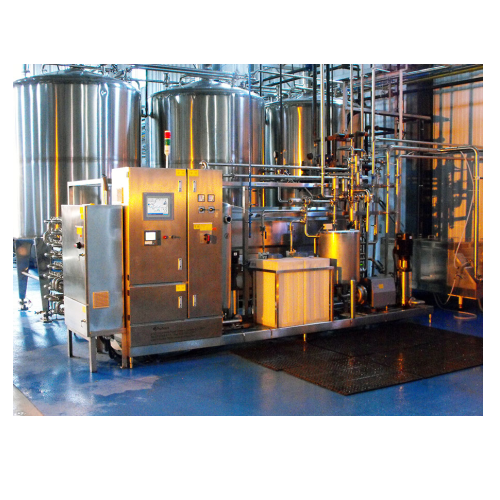
Dairy alternative production technology
Transform your production line with efficient dairy-alternative technology, enablin...
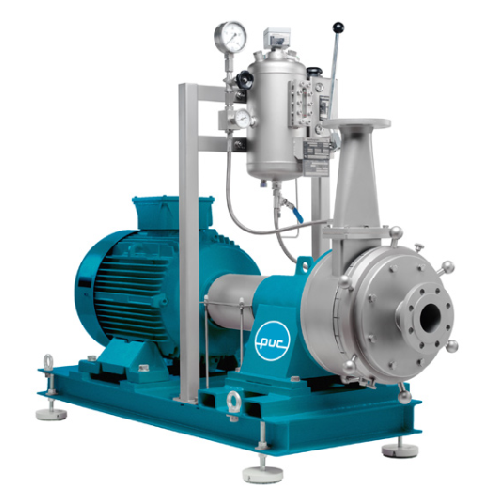
Horizontal colloid mill for precise grinding
Achieve precise particle size reduction and reproducible results with our adv...
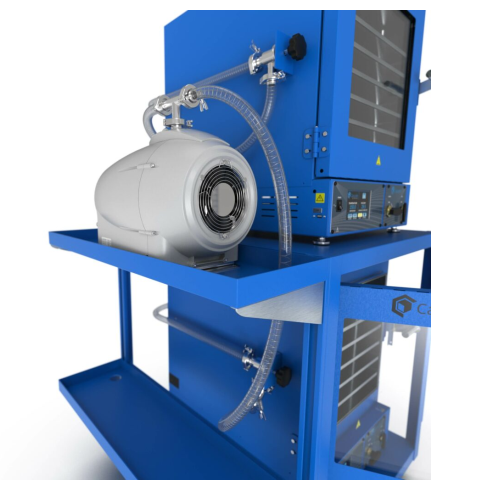
Dry scroll vacuum pumps for laboratories and manufacturing
Ensure a clean, oil-free environment with advanced dry scroll...
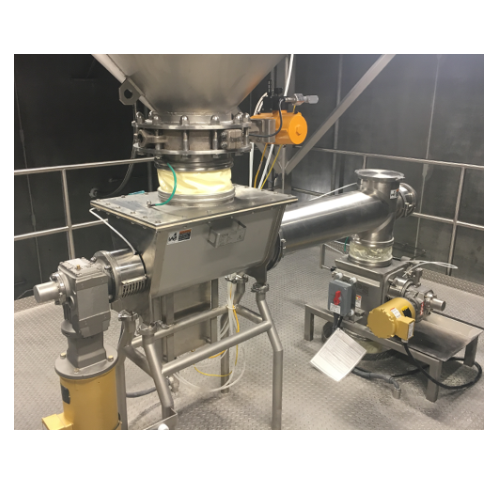
Mechanical conveyors for powder transport
Optimize your powder and granule handling with precise, customizable conveying s...
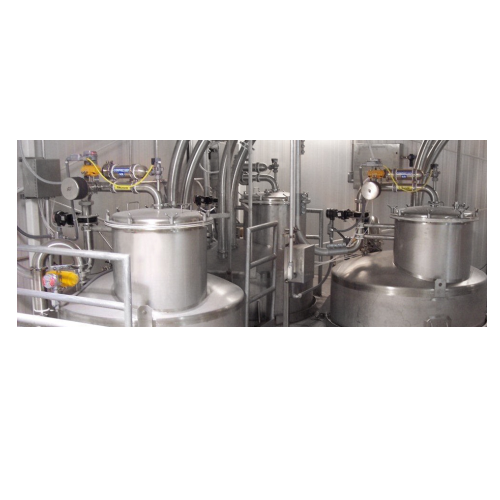
Air filtration system for dairy and food powder processing
Optimize powder processing with advanced air filtration, ensu...
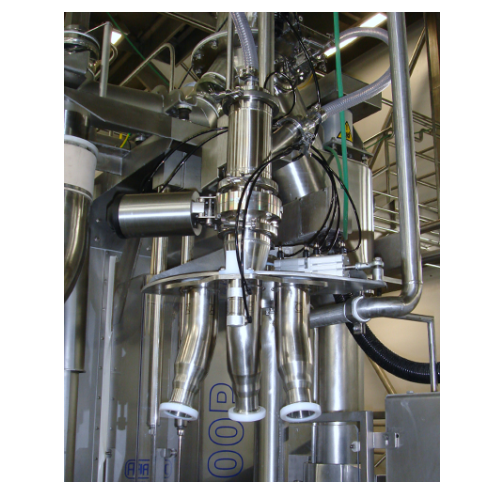
Powder sampler systems for food and dairy plants
Ensure precise quality control by implementing advanced sampling techniqu...
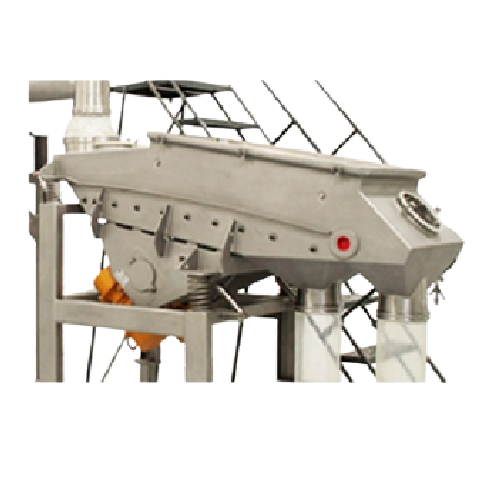
Powder sifters for industrial applications
Optimize powder consistency and enhance production flow with advanced sifting t...
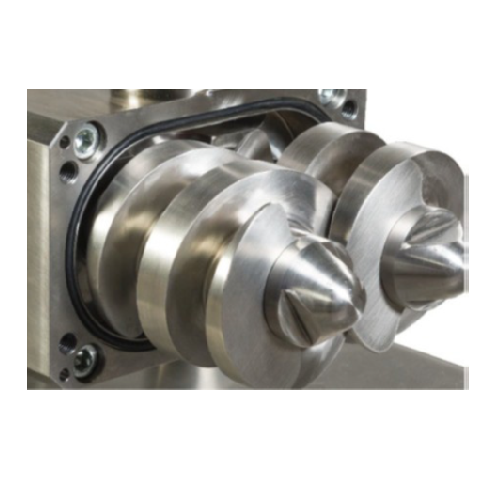
Aseptic sampling devices for biopharmaceutical applications
Secure aseptic sampling ensures your high-value biopharmaceu...
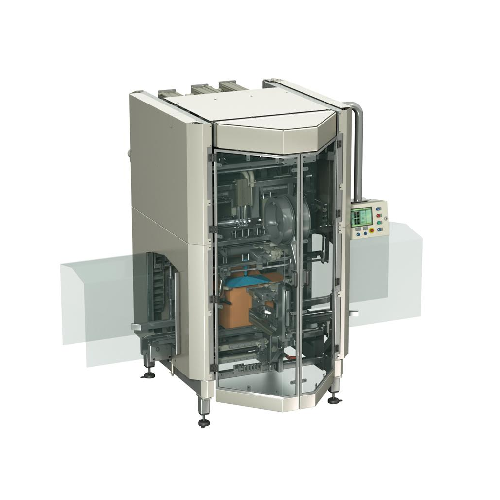
Industrial bag tie-wrapping solution
Ensure your bulk packaging is reliably sealed with a tamper-evident tie-wrap, allowing...
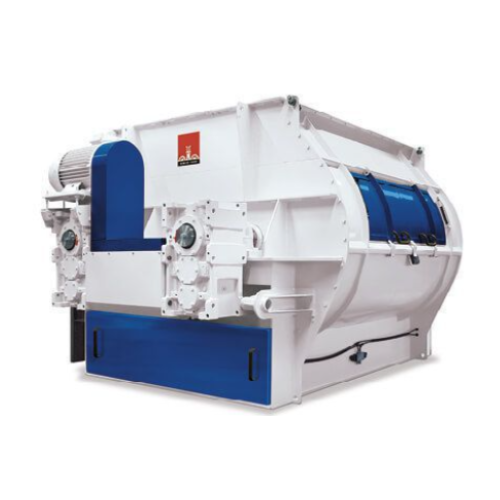
Double shaft paddle mixers for industrial powders and granulates
Achieve precise mixing and homogenization of dry powder...
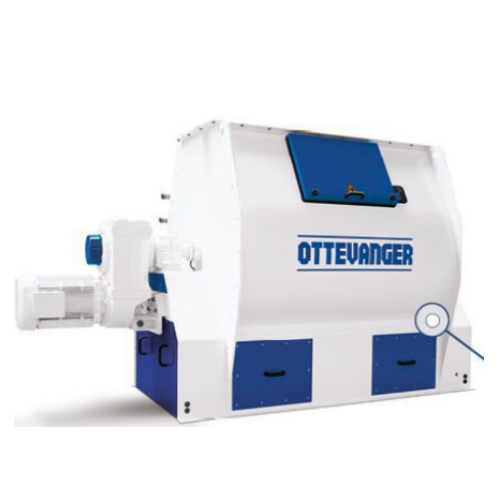
Single shaft paddle mixers for dry powders and granulates
Achieve uniform and precise mixing for your batch processing n...
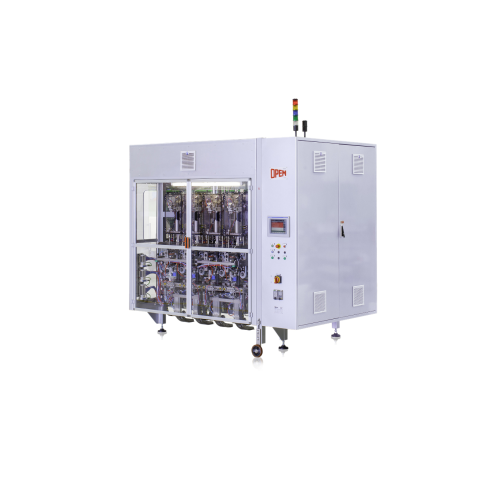
Capsule packaging system for individual gusseted bags
Streamline your coffee capsule production with high-speed, precisio...
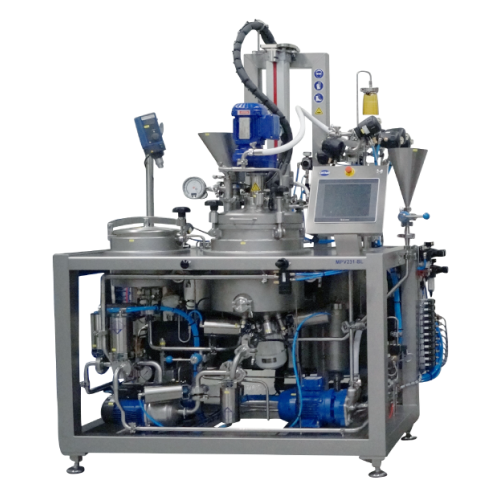
In-line production of fine emulsions
Achieve homogenous emulsions with precise control, reducing the risk of lump formation...
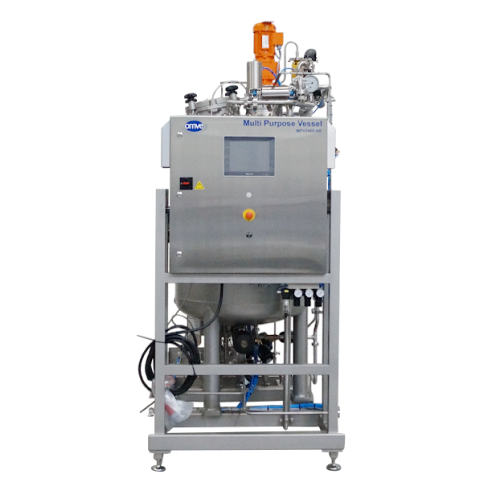
Aseptic buffer tanks for pilot scale process lines
Ensure seamless production flow and quality control in sterile environ...
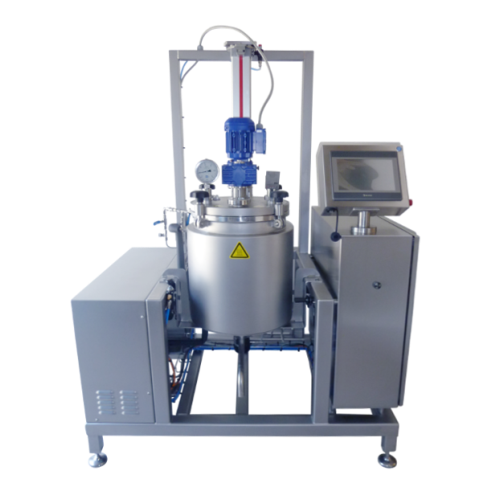
Batch food processing cookers
Achieve precise temperature and pressure control for small-scale food production with modular ...
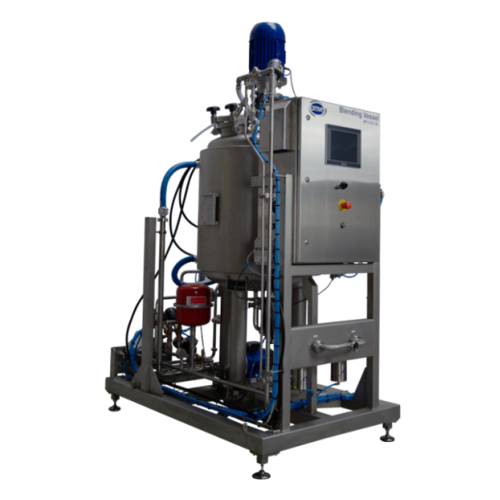
Advanced closed blending vessels for liquid food products
Enhance your production line with advanced closed blending ves...
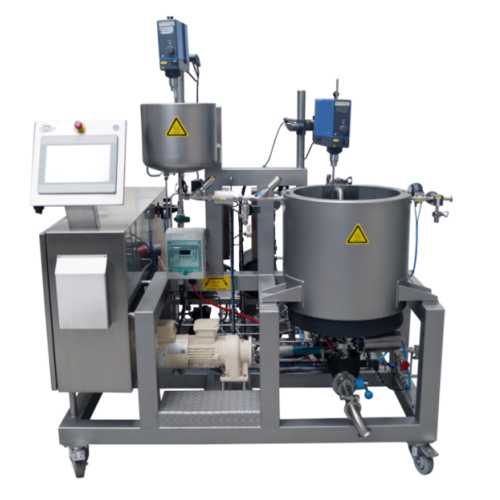
Atmospheric blending vessel for r&d activities
Optimize your liquid blending processes with this versatile vessel, designe...
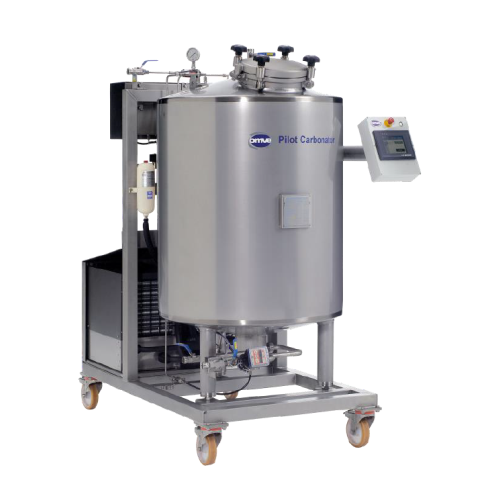
Hygienic buffer tanks for process optimization
Enhance your production flow with hygienic buffer tanks that ensure consist...
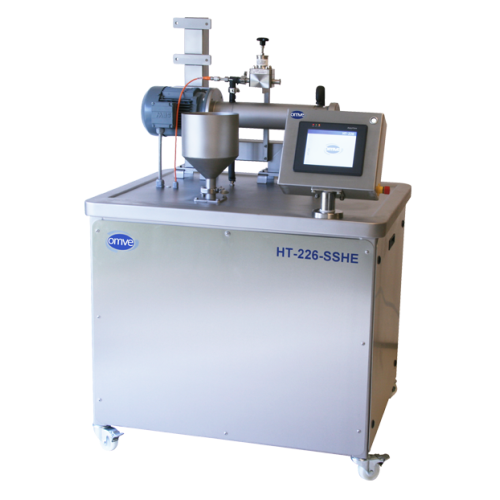
Small-scale scraped surface heat exchanger for high-viscosity products
For R&D teams tackling complex formulations...
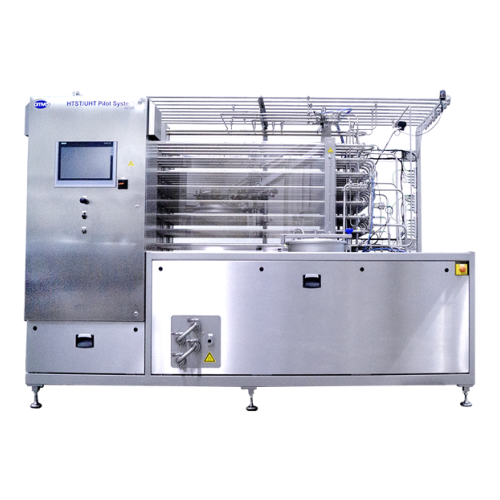
Uht/htst aseptic processor for pilot plants
Achieve precise heat treatment and aseptic processing with flexible pilot syst...
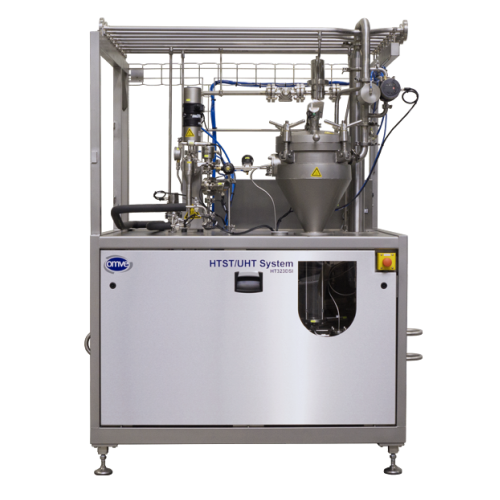
Direct steam injection Uht pilot system
Elevate your production capabilities with a sanitary UHT pilot system designed for ...
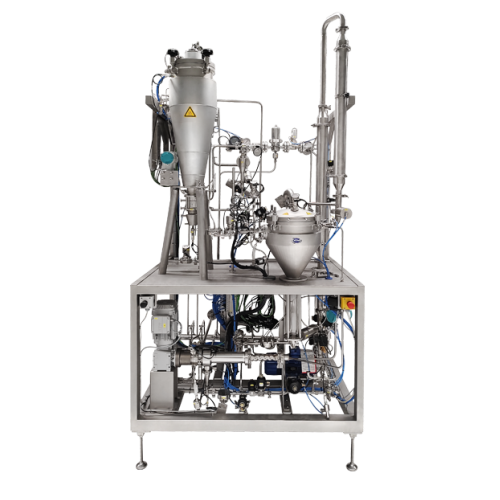
Direct steam infusion for high spore kill rate in sensitive food products
Achieve rapid, efficient sterilization and m...
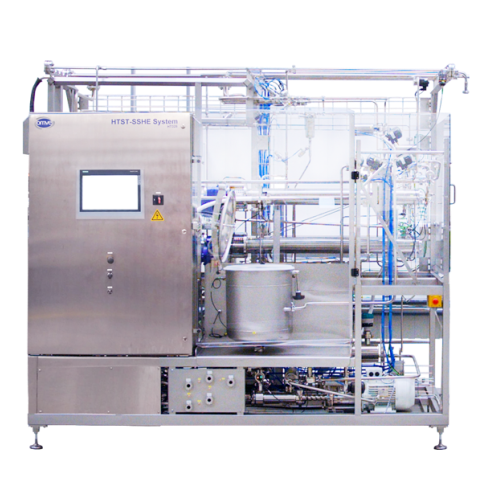
Pilot system for high-viscosity product processing
Efficiently handle high-viscosity or large particle products with this...
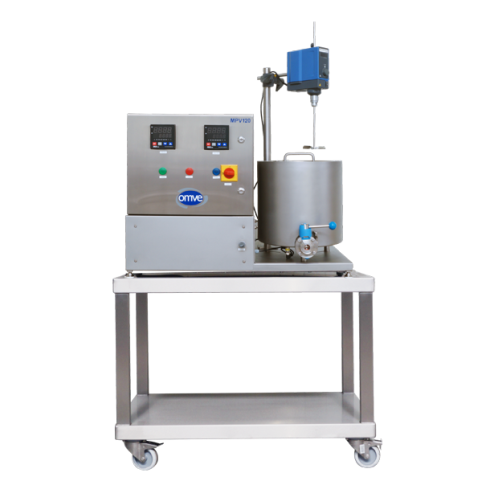
Bench-top blending vessel for small batch preparation
For small-batch liquid products, achieve precise mixing, heating, a...
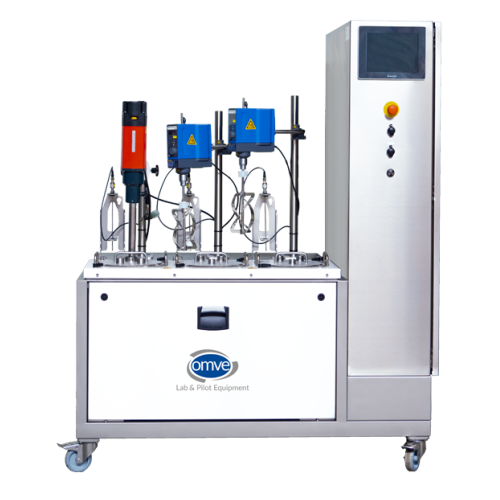
Lab-scale water bath blending vessel for product preparation
Ensure consistent flavor and quality across diverse small-s...
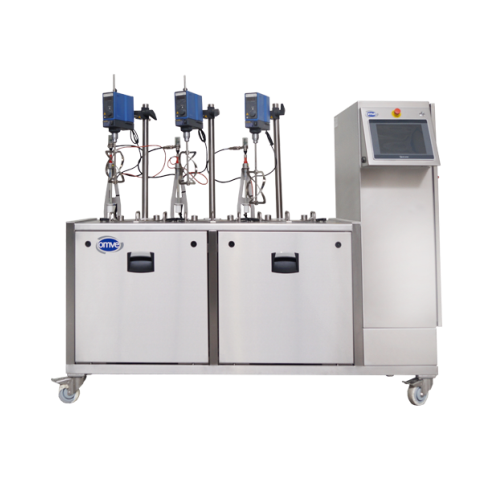
Lab-scale fermenter for simultaneous batch processing
Optimize your lab-scale fermentation process with a versatile solut...
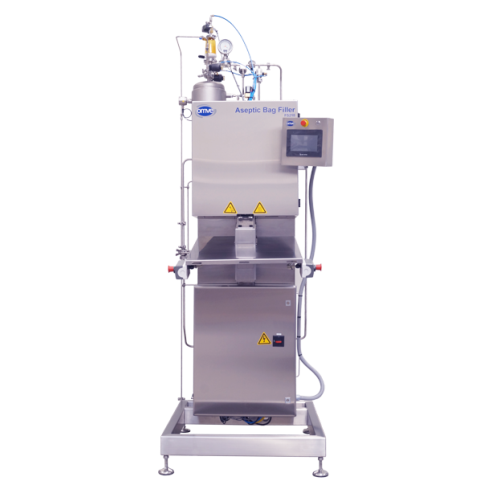
Aseptic bag-in-box filler for laboratory use
Achieve aseptic filling precision on a lab-scale with a compact solution that...
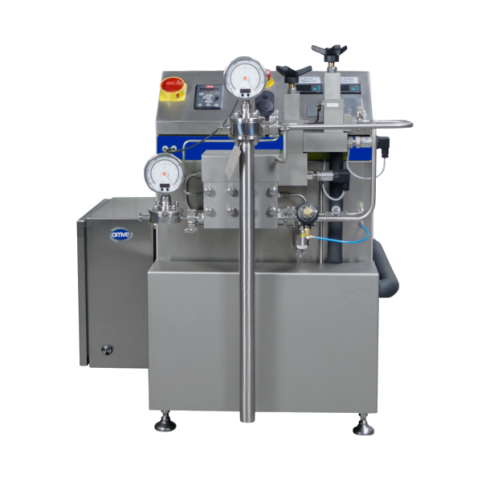
Pilot homogenizer for high-pressure inline homogenization
Achieve precise homogenization and emulsification across vario...
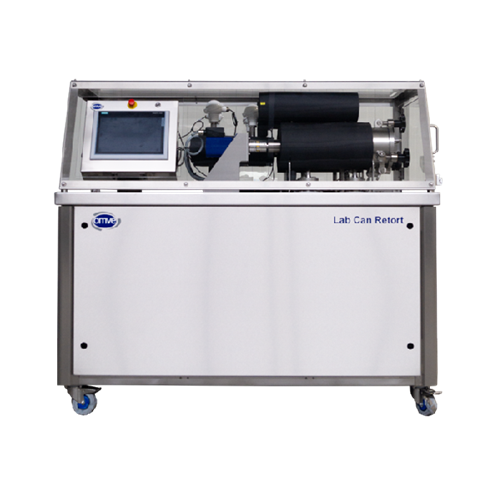
Lab can retort for precise temperature and pressure control
Achieve precision in recipe validation and packaging testing...
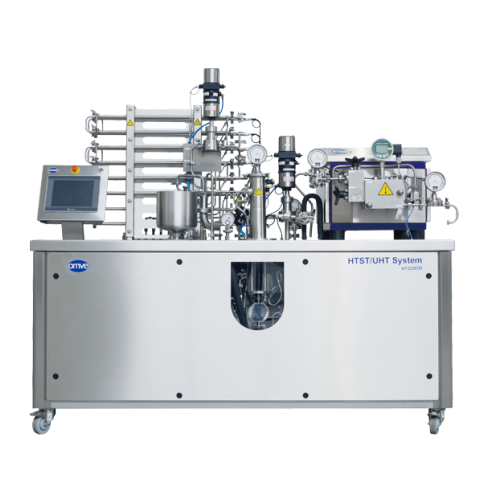
Direct steam injection system for heat treatment
Achieve precise thermal processing and enhance product quality for comple...
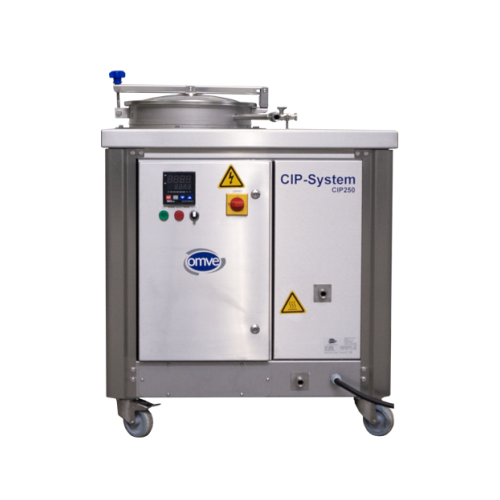
Manual Cip unit for lab and pilot plant cleaning
Need thorough cleaning without disassembling your pilot plant? This compa...
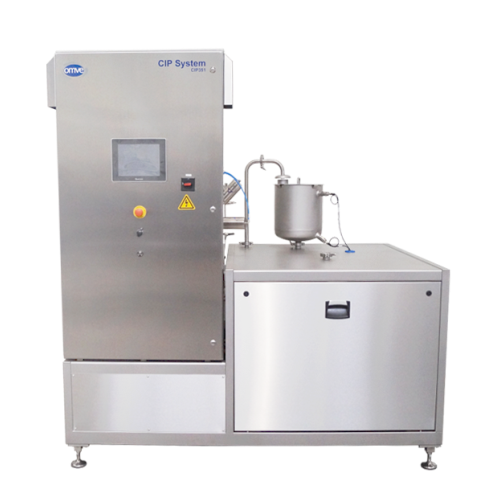
Fully automated cleaning in place unit for food processing plants
Enhance food safety and streamline operations with a ...
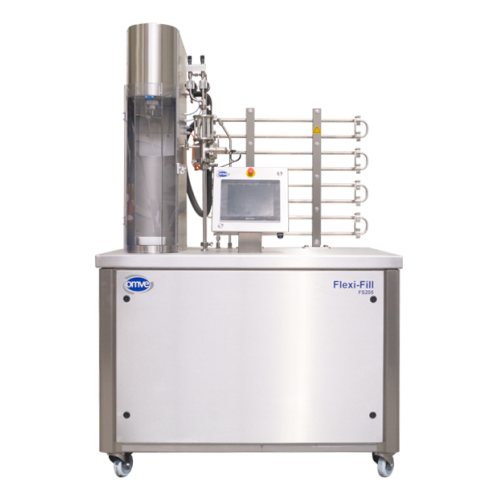
Counter-pressure filler for carbonated drinks
Enhance your carbonated beverage production with advanced counter-pressure f...
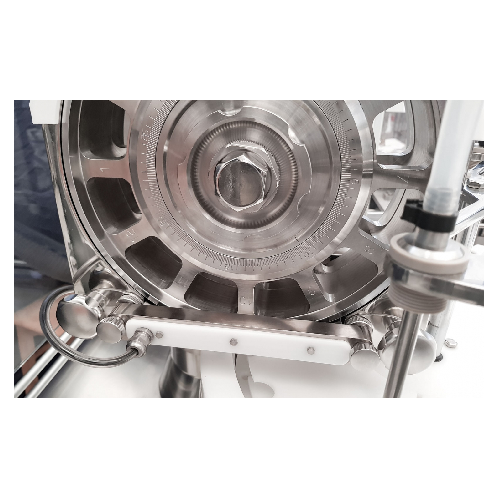
Micro-dosing system for pharmaceutical powders in vials
Ensure accurate aseptic dosing of sensitive pharmaceutical powder...
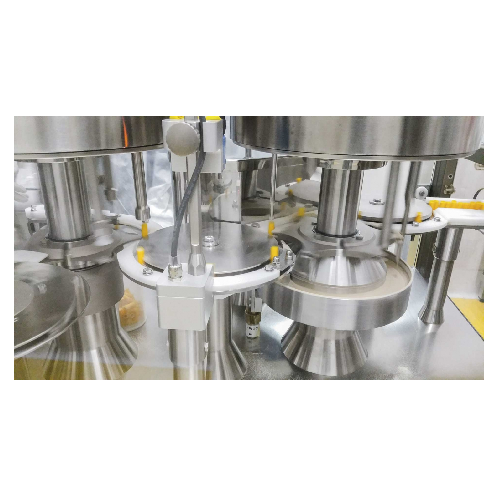
Continuous motion micro dosing system for nutraceutical powders
Streamline your powder processing with a high-speed, con...
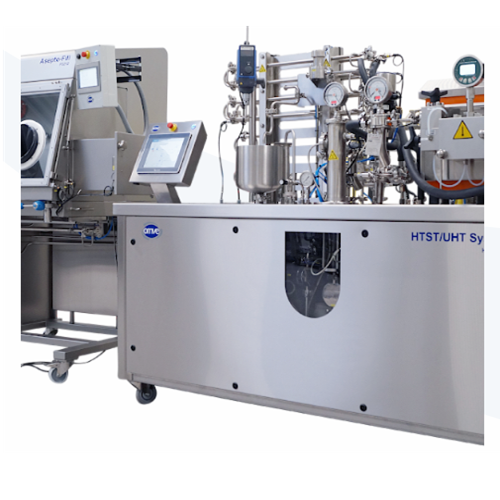
Customized process plants for plant-based beverages
Efficiently scale your production of plant-based beverages with modul...
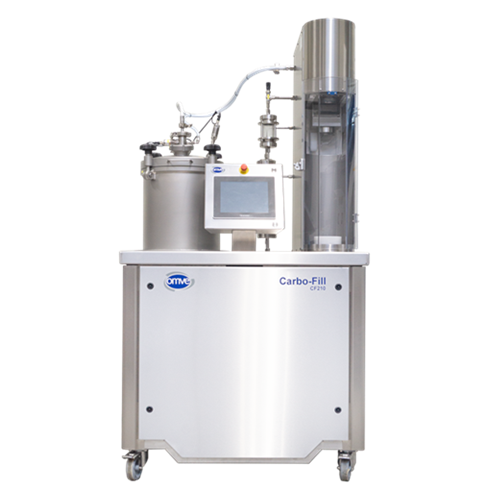
Lab-scale carbonation system for beverage filling
Streamline your beverage development with precision carbonation and ver...
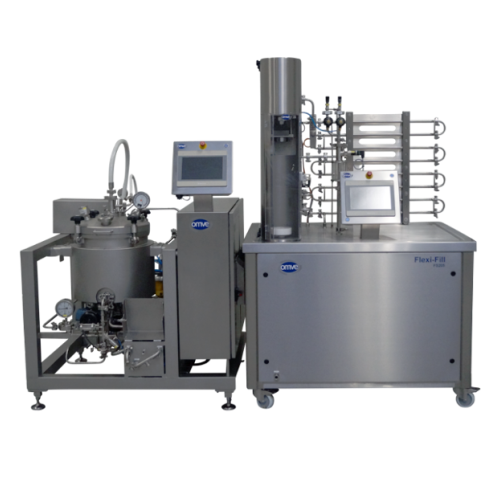
Sterile carbonation system for beverages
Achieve precise carbonation for both common and specialty beverages with this vers...
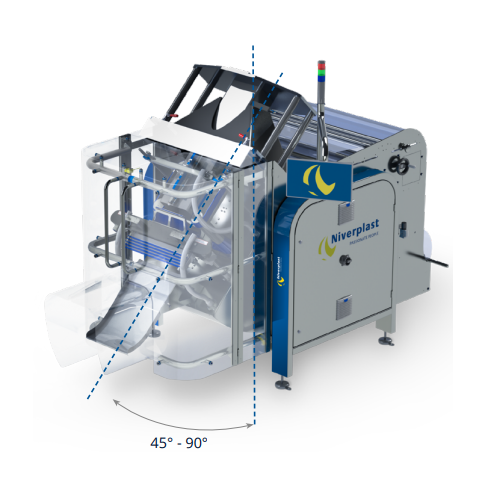
Vertical form fill seal packaging system
Enhance your packaging line with precision sealing and efficient throughput, ideal...
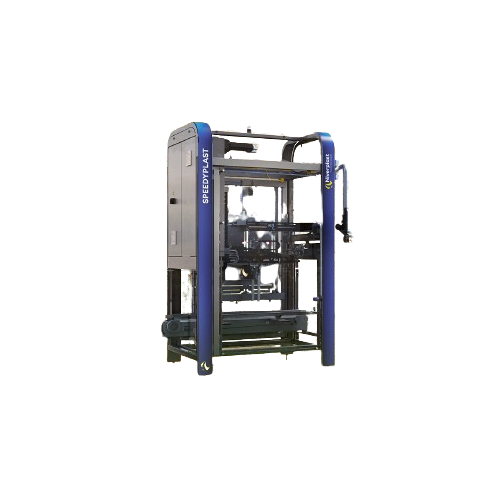
Automated system for placing bags in boxes and crates
Streamline your packaging process with high-speed bag placement tha...
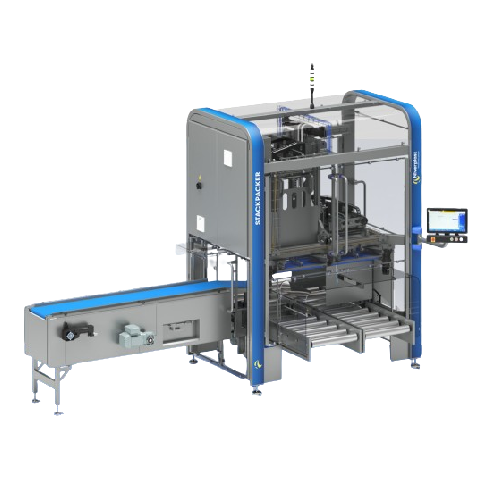
Touch-free layer packaging for bakery products
Optimize your packaging line with a touch-free solution that ensures hygien...
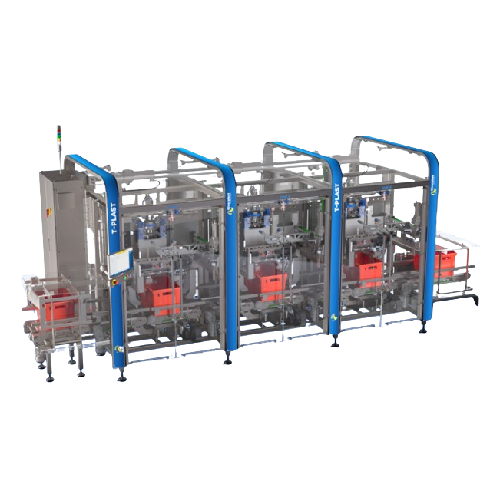
High-speed bag placing system for e-commerce fulfillment centers
Optimize your packaging line with a high-speed system t...
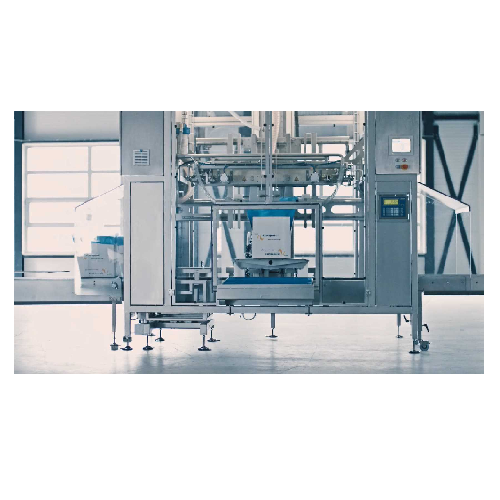
Automated bag folding for packaging
Streamline your packaging operations with a high-speed solution that seamlessly integra...
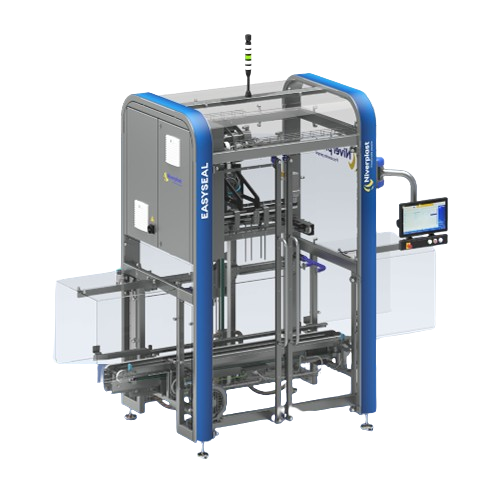
Automatic bag sealing system for packaging operations
Optimize your packaging efficiency with this high-speed sealing sys...
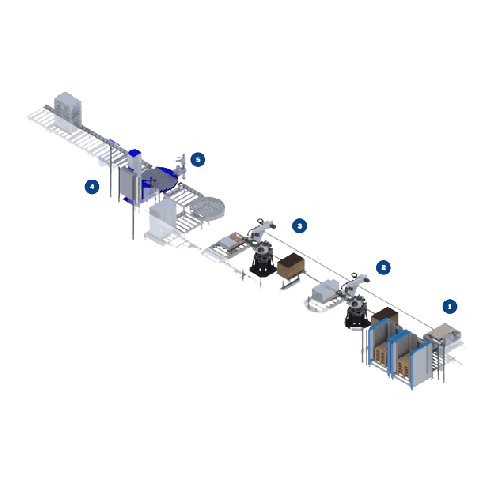
Compact palletizing solution for limited space
Optimize your space with versatile palletizing that adapts to diverse produ...
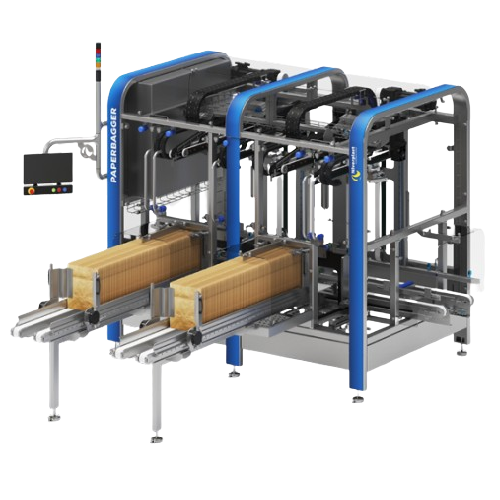
Automated paper bag placing system
Efficiently automate the placement of paper bags into totes or boxes with precision and ...
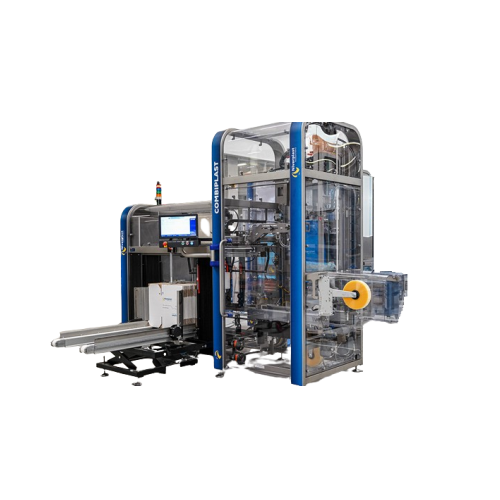
Case erecting and bag placing system
Streamline your packaging process with a compact system that integrates case erecting ...
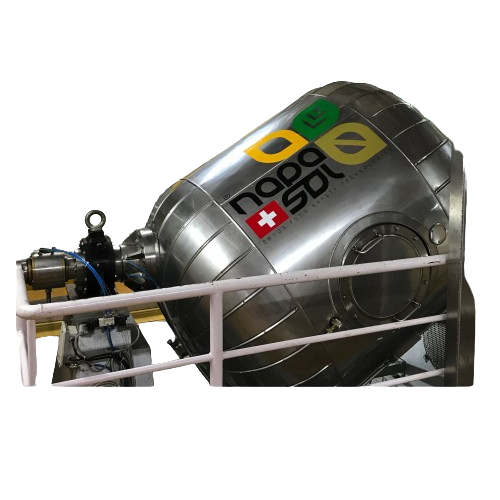
Roasting and pasteurization solution for nuts and seeds
Optimize your product line with seamless blending and pasteurizat...
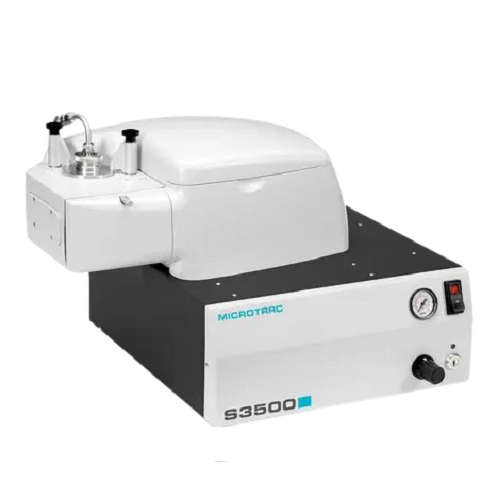
Laser diffraction particle size analyzer
Achieve precise particle size analysis with laser diffraction technology, ensuring...
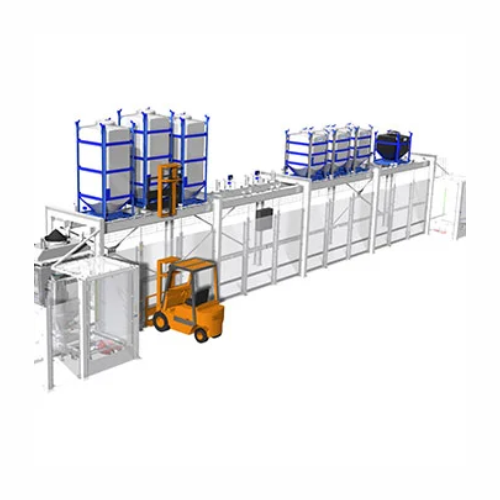
Flexible powder recipe formulation system
Streamline your batch production with efficient, dust-tight formulation and blen...
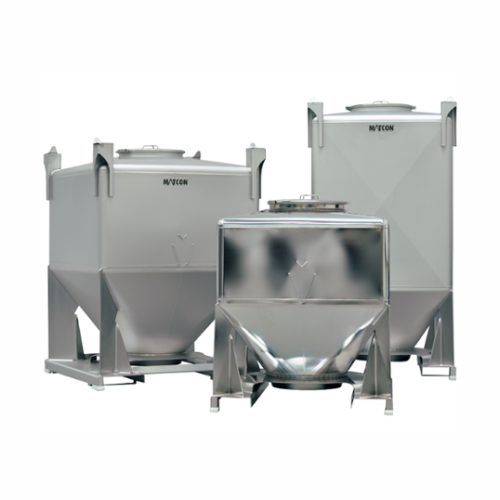
Intermediate bulk containers for powder and materials handling
Optimize your material handling processes with containers...
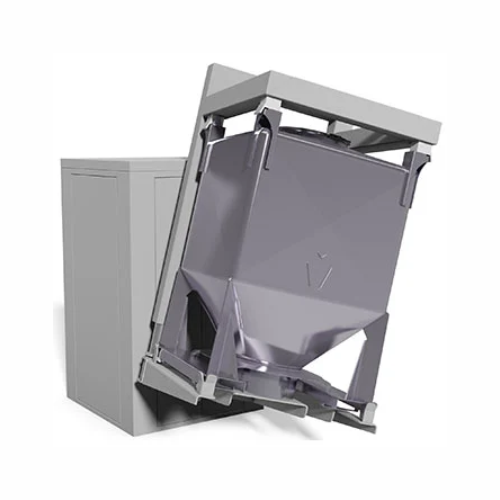
Ibc blender for industrial powder mixing
Streamline your powder mixing with rapid batch changeovers and reduced cleaning do...
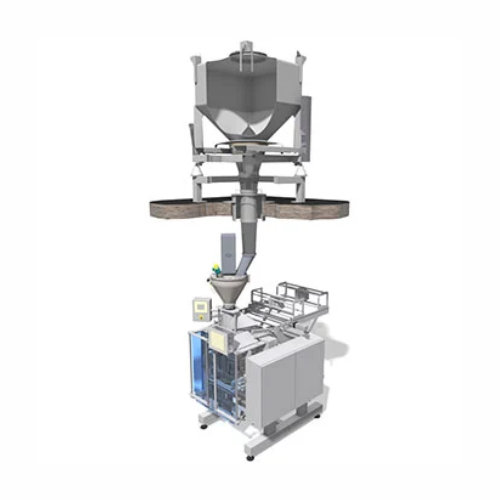
Powder packing module for consistent flow
Enhance your production efficiency with streamlined powder packing that ensures ...
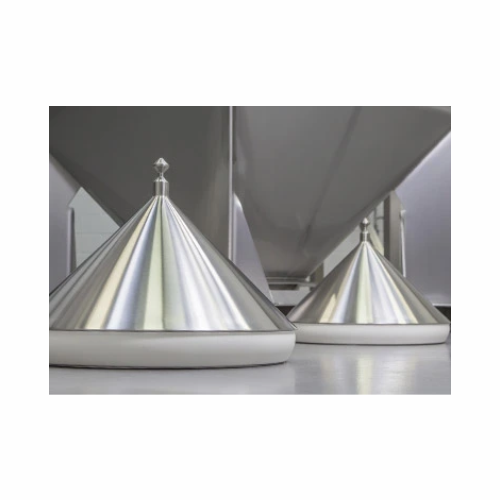
Valves for bulk powder flow control
Ensure efficient and controlled discharge of diverse powder forms while minimizing flow...
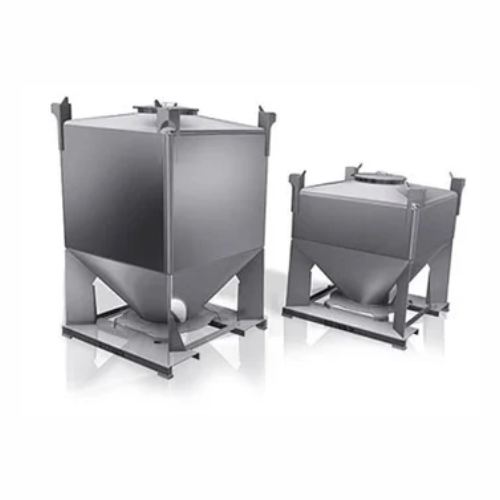
Powder handling system for industrial applications
Overcome powder flow issues and enhance production efficiency with adv...
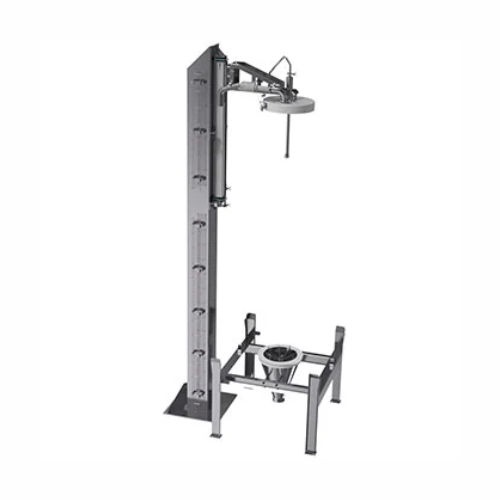
Ibc cleaning equipment for hygienic powder handling
Optimize cleaning efficiency and maintain hygiene standards with a ve...
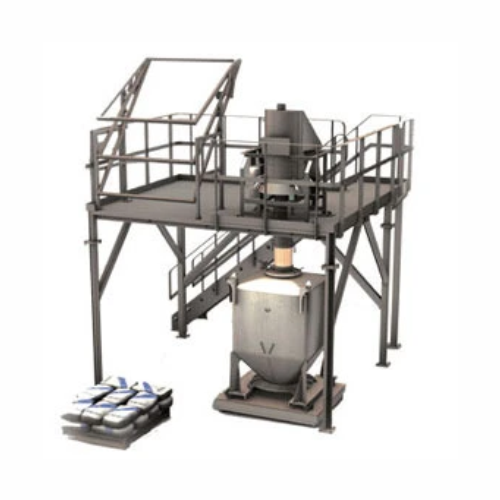
Small powder recipe formulation system
Streamline the formulation of diverse powder recipes with seamless integration into ...
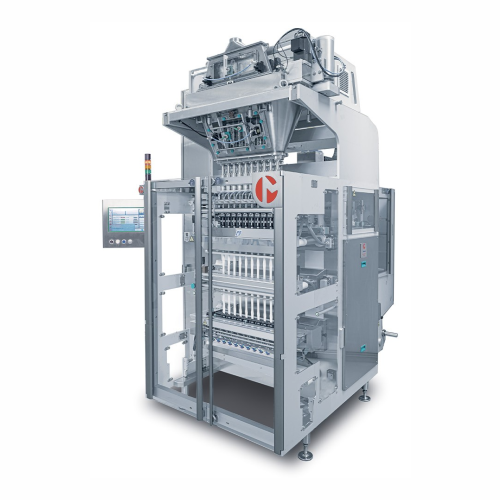
Stickpack filling and closing system
Optimize your stickpack production with precise dosing, uniform sealing, and seamless ...
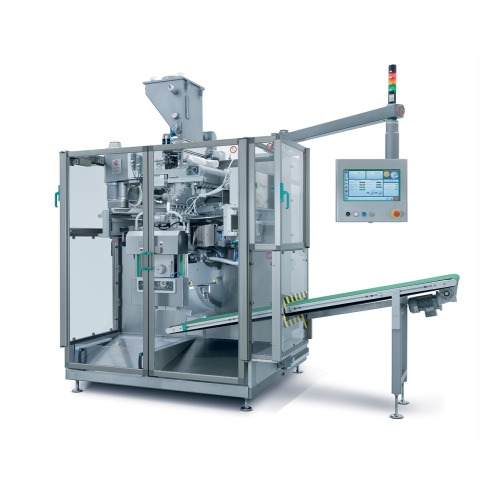
Sachet filling and closing system
Optimize your production line with a versatile solution designed to fill, seal, and count...
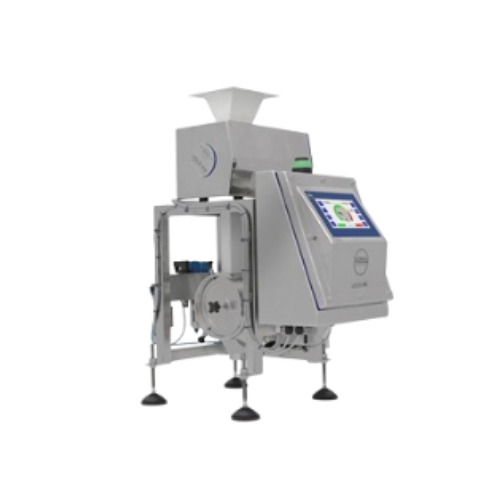
Pharmaceutical metal detector for powder and granule inspection
Ensure product integrity by efficiently detecting metal ...
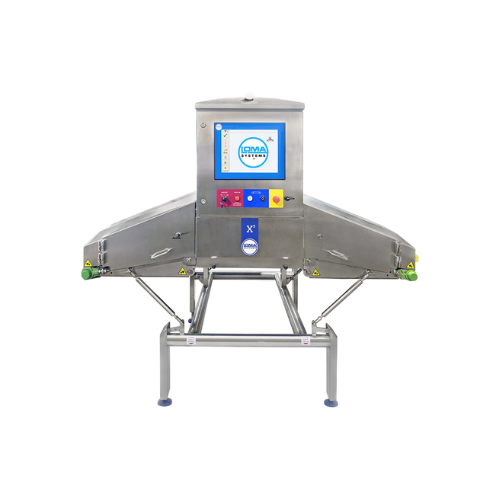
Curtainless x-ray inspection for small lightweight packaged food products
Eliminate product damage and false rejects w...
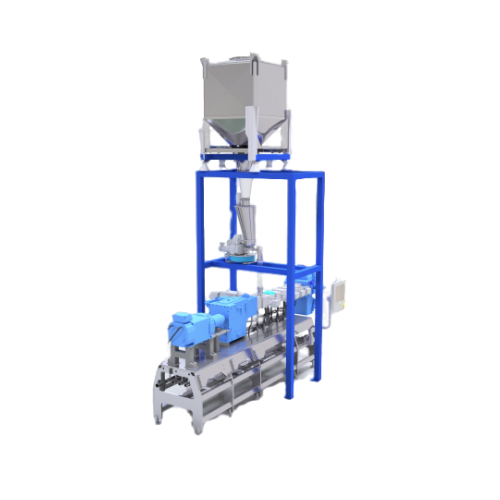
Powder handling systems for battery production
Optimize your battery production with a versatile powder handling system th...
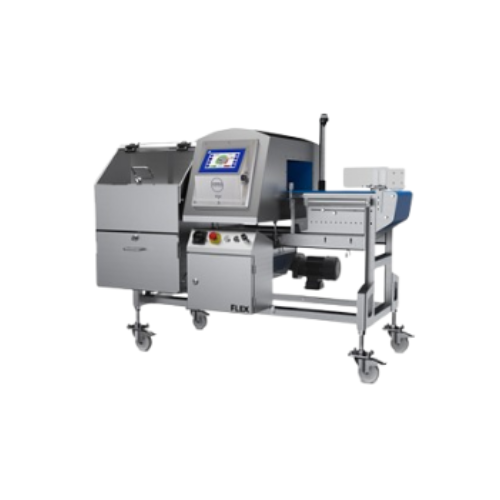
Metal detector conveyor system for food safety
Ensure product integrity across high-speed production lines with robust met...
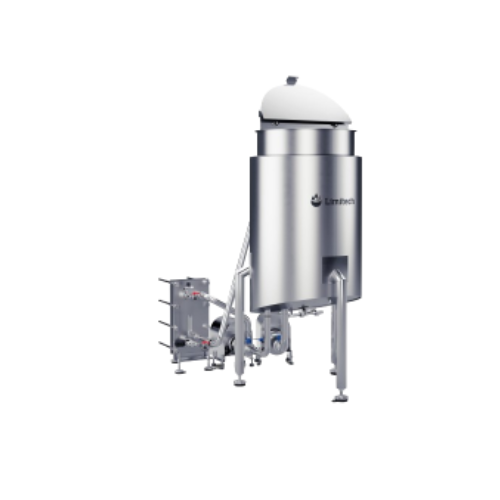
Oil cooling tank for fast product cooling
Accelerate your cooling process efficiently with an advanced oil cooling tank fe...
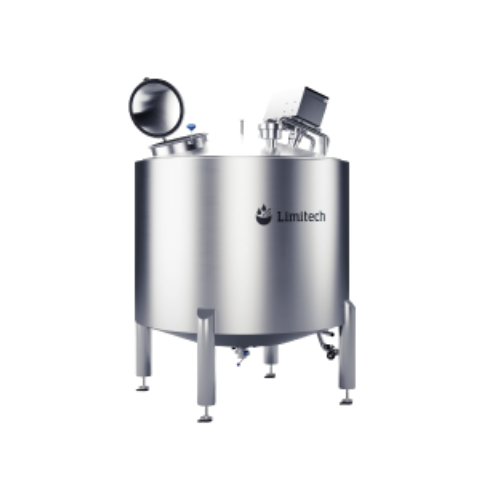
Customized oil storage tank for industrial use
Enhance production efficiency and ensure seamless integration with customiz...
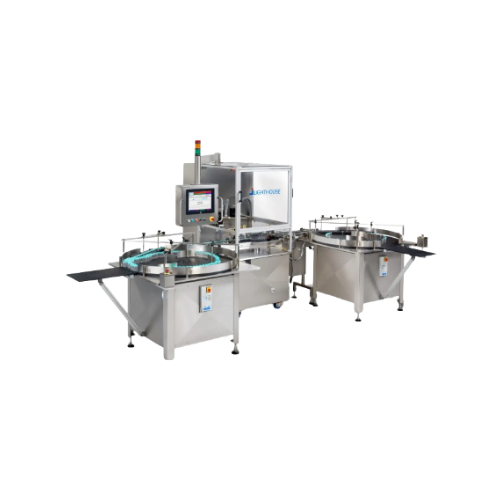
Automated headspace inspection for parenteral containers
Ensure the integrity and quality of pharmaceuticals by inspectin...
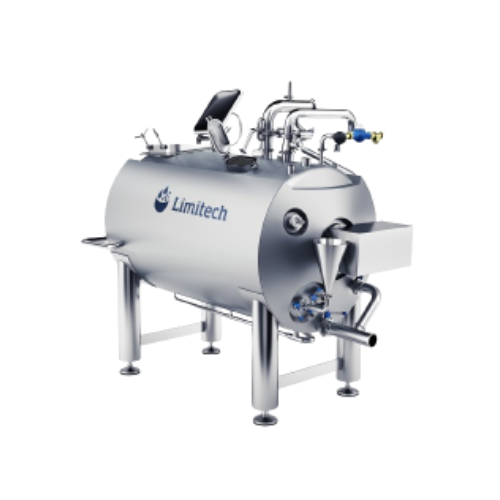
Emulsifying and blending system for liquid and semi-liquid food products
Efficiently emulsify and blend liquid and semi...
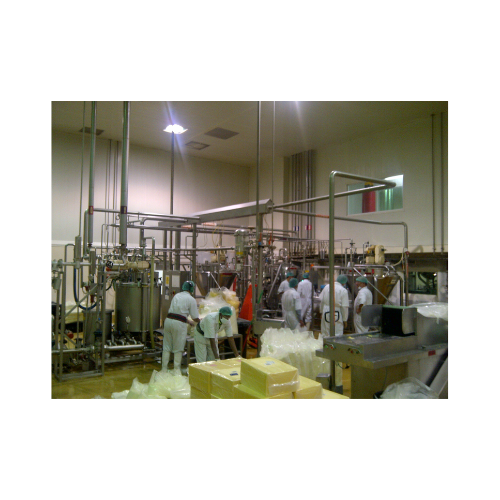
Ultra high temperature treatment system
Achieve extended shelf life and product stability with ultra high temperature treat...
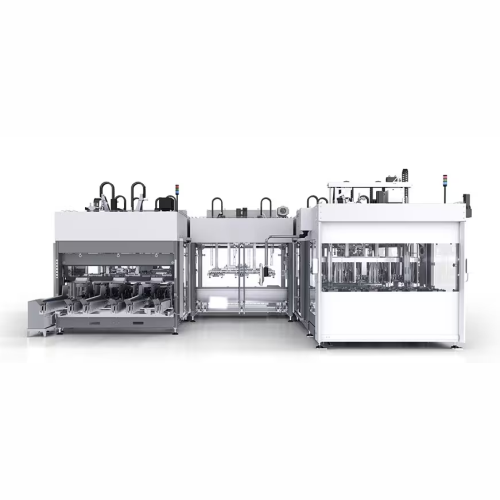
Flexible packaging line for beverage production
Streamline your beverage production with a flexible system capable of hand...
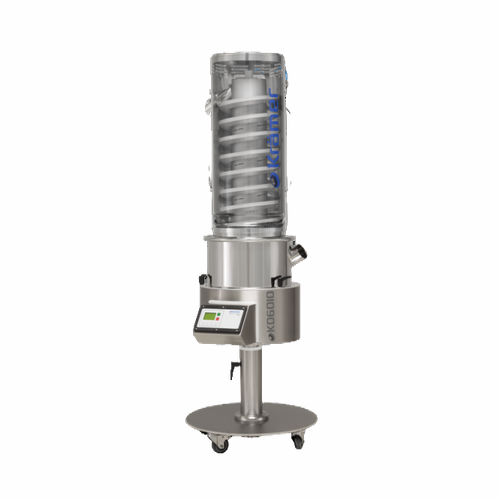
Tablet deduster with upward conveying
Ensure consistent dedusting and deburring of tablets and capsules while maintaining h...
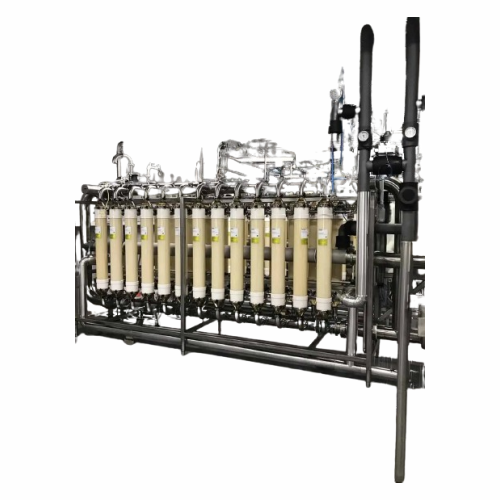
Hollow fiber membranes for clarification in food and beverage industry
Optimize filtration and separation processes wit...
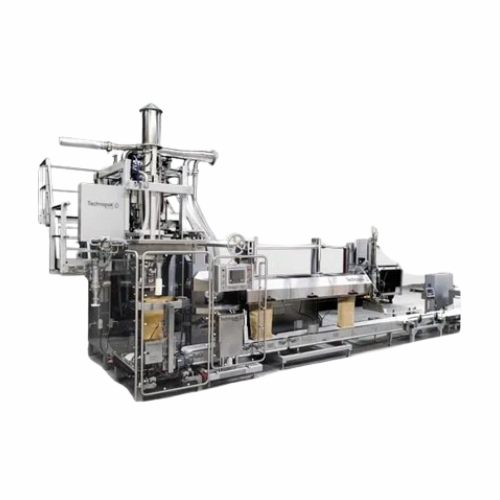
25kg automatic dry powder packaging system
Optimize your packaging line efficiency with precise, high-speed handling for 2...
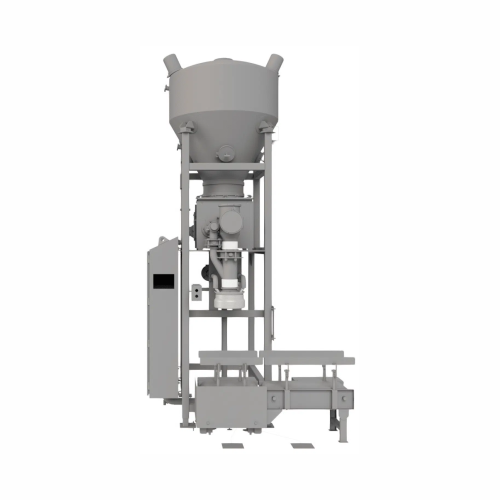
25kg powder packaging system for sanitary applications
Achieve high accuracy and hygiene in powder packaging with a syste...
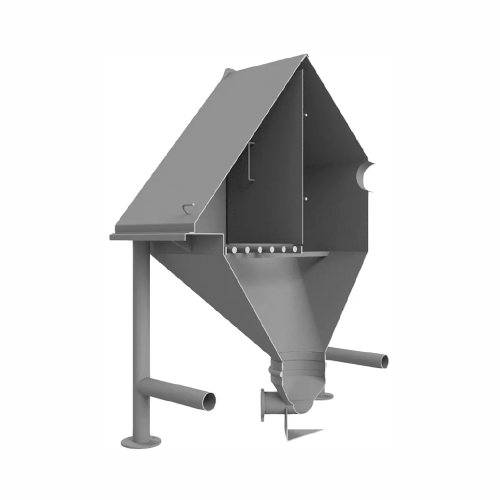
Bag break station for pneumatic conveying systems
Efficiently manage powder feeding and dust control in your production l...
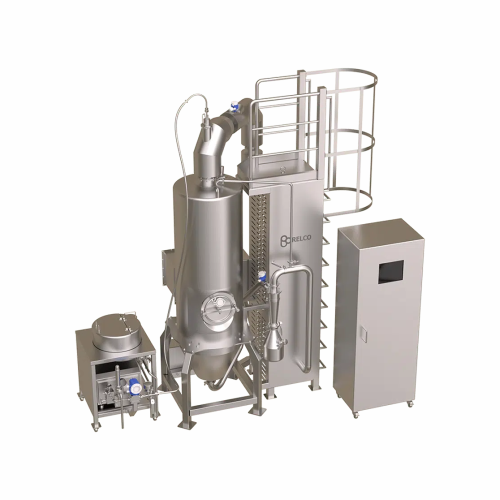
Pilot spray dryer for high-value proteins and nutraceuticals
Optimize powder development with precise pilot-scale spray ...
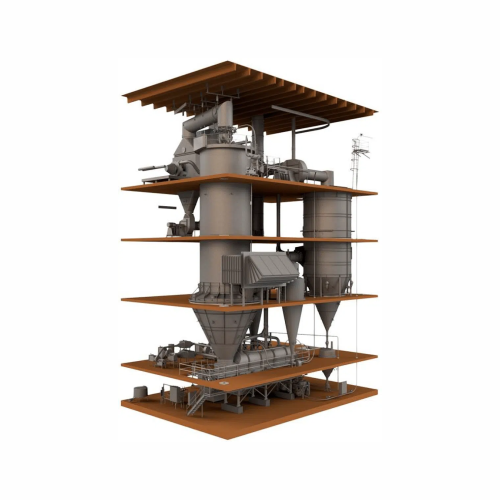
Protein drying system for dairy products
Optimize your dairy production with a customizable drying system designed for effi...
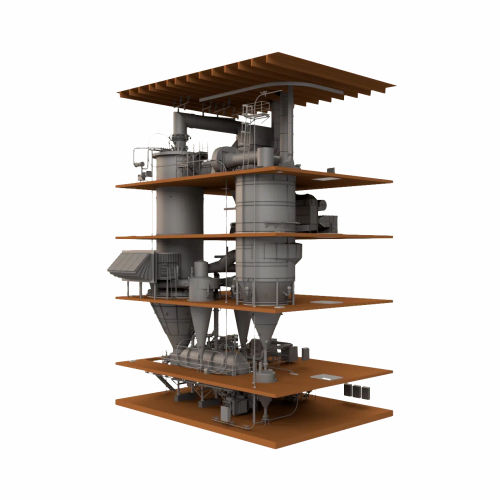
Tall form bustle dryer for dairy and food products
Experience efficient drying and precise moisture control with this inn...
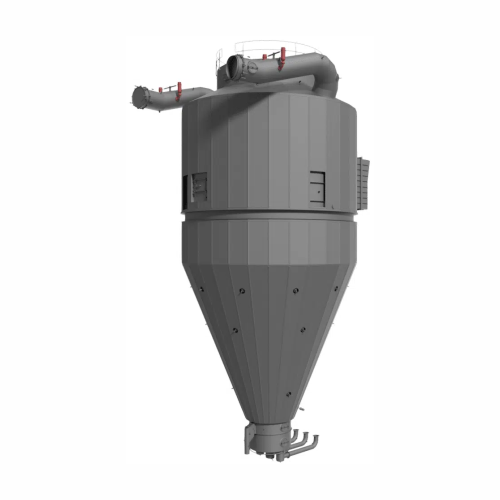
Wide body dryer for dairy and food products
Achieve precise moisture control and optimal powder agglomeration for dairy an...
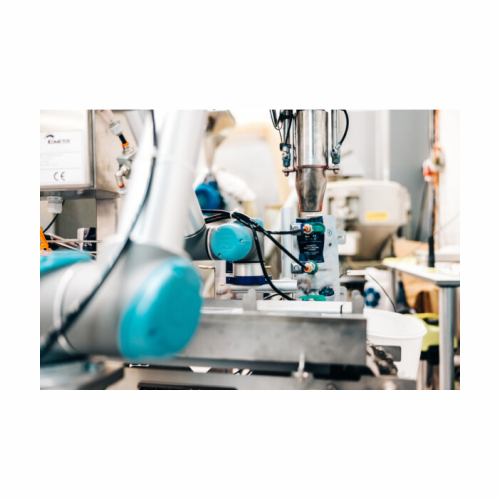
Dosing and tray handling lines for ready meals
Ensure precise dosing and seamless tray handling for a variety of ready mea...
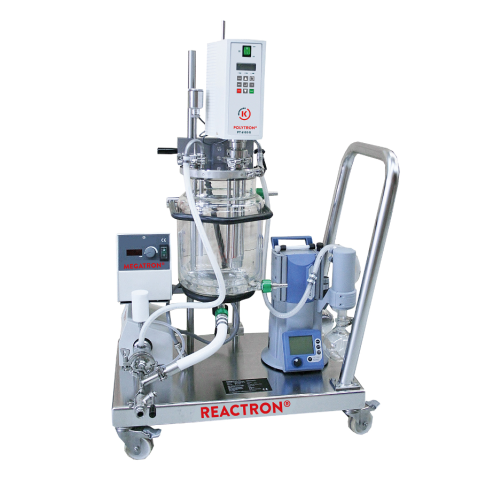
Highly scalable reactors for chemical synthesis
Optimize your production line with versatile reactors designed for seamles...
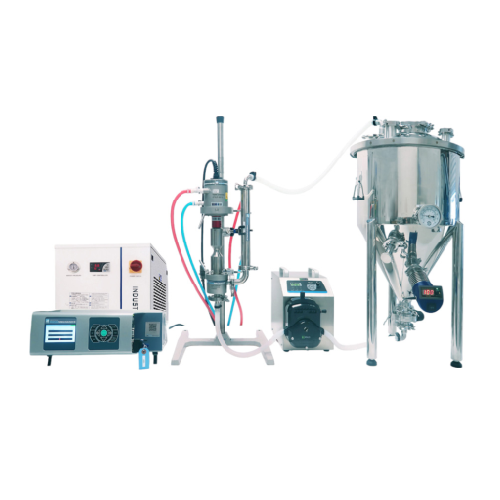
Industrial ultrasonic liquid processor for high volume applications
For large-scale liquid formulations, achieving cons...
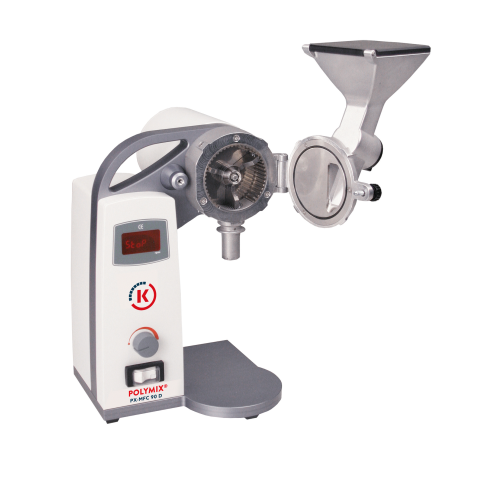
Laboratory mill for dry sample preparation
Achieve precise particle size reduction for pharmaceuticals and fine chemicals ...

Super high shear inline disperser for nanoparticle production
Achieve unmatched particle size reduction with cutting-edg...
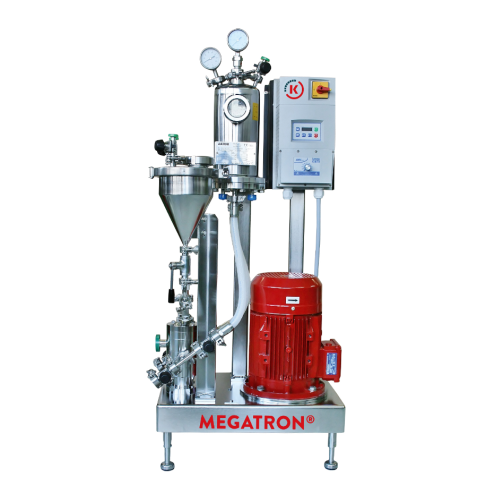
Powder induction system for high solid concentrations
Optimize your production line with this advanced system designed to...

Ultrasonic liquid processor for medium-scale production
Streamline your production with a robust ultrasonic solution capa...

Aseptic linear filler for sensitive beverages
Experience unparalleled versatility and efficient aseptic filling with advan...
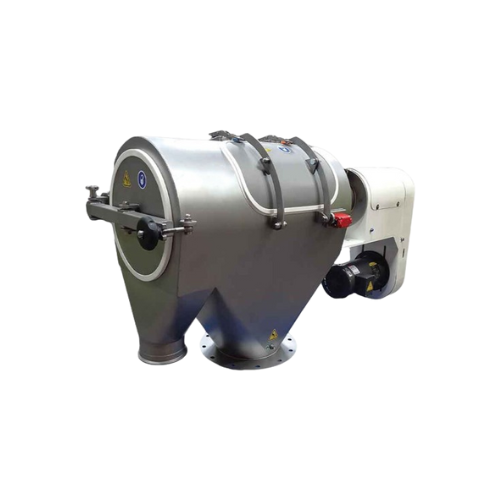
High-speed centrifugal sifter for food and pharma applications
Optimize your powder processing with a high-speed centrif...
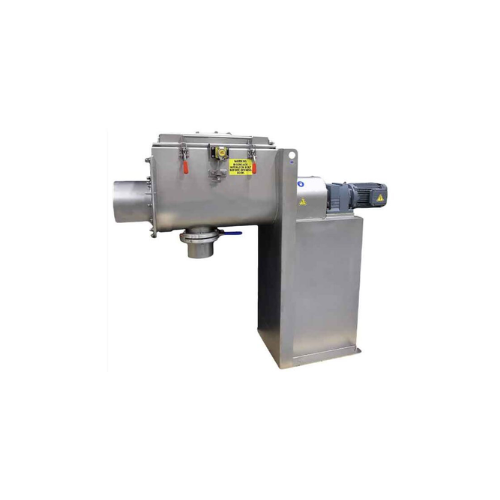
Homogenous blending solution for powders and granules
Achieve precise, homogenous blending of challenging materials like ...
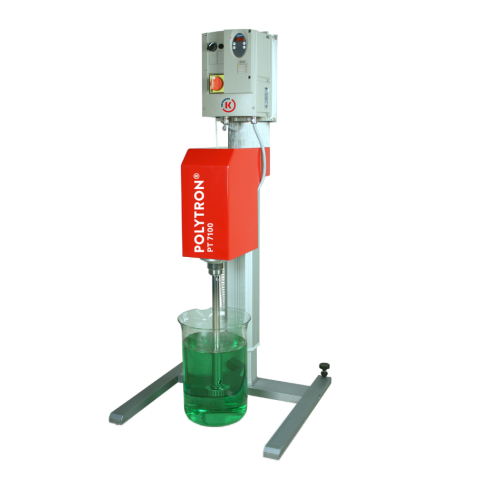
Stand dispersing unit for pilot plant applications
Achieve precise particle size reduction and efficient mixing with this...
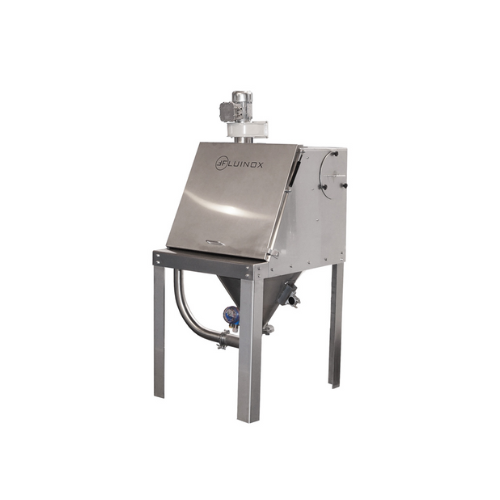
Bag dump station for handling solid foodstuffs
Efficiently manage manual dosing of solid foodstuffs and powders with this ...
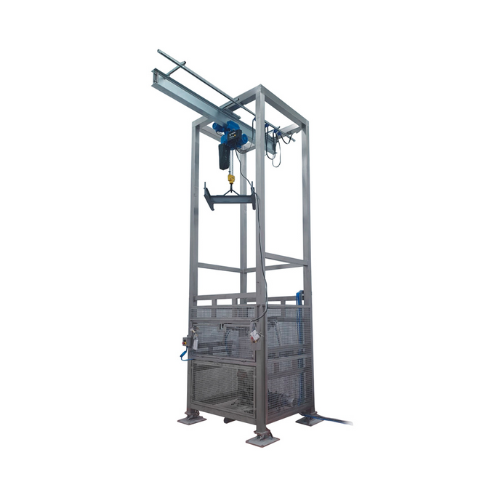
Big bag unloading station for solid materials
Streamline your production line by efficiently handling and dosing bulk soli...
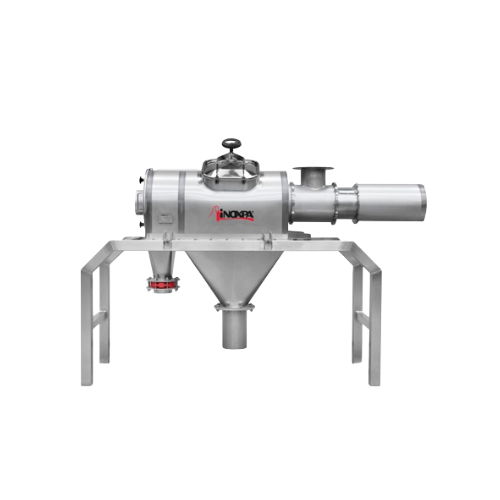
Industrial sieving solution for solid materials
Effortlessly separate impurities and adjust particle size for optimal prod...
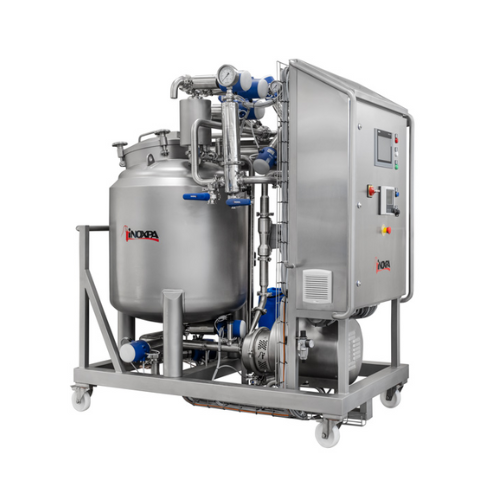
Automated Cip system for small facilities
Ensure impeccable hygiene with a mobile cleaning system designed to efficiently ...
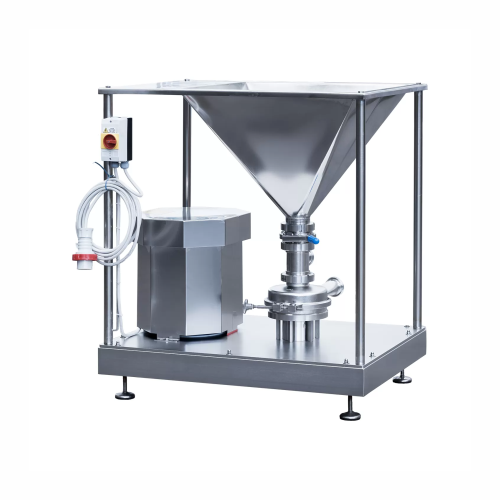
Powder liquid mixer for pectins and starches
Struggling with clumpy, undissolved granules in your mixtures? This innovativ...
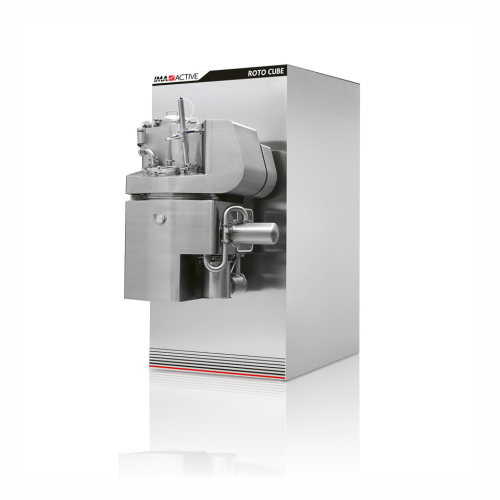
Single-pot granulation processor for pharmaceutical applications
For manufacturers needing precise granulation and dryin...

Sterile bag filling and closing system
Ensure precision and sterility in multi-chamber bag filling for liquid and powder ph...
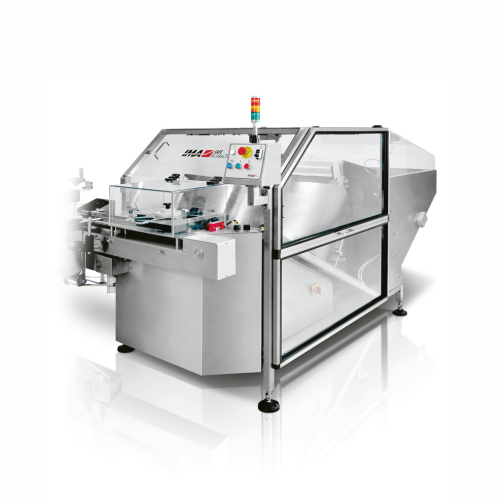
Rotary unscrambler for plastic bottles
Streamline your bottling process with a solution that efficiently sorts, orients, an...
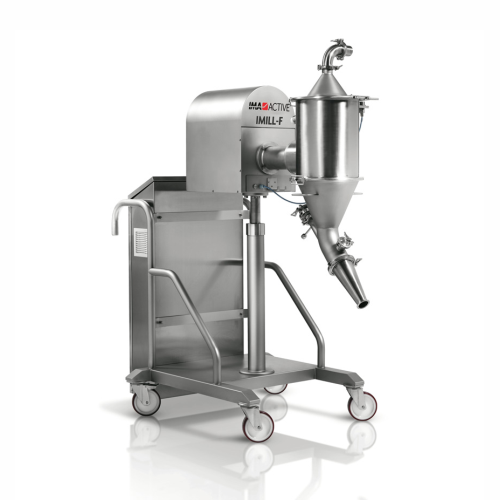
Cone mill for particle size reduction in pharmaceuticals
Achieve precise particle size control with this cone mill, desig...
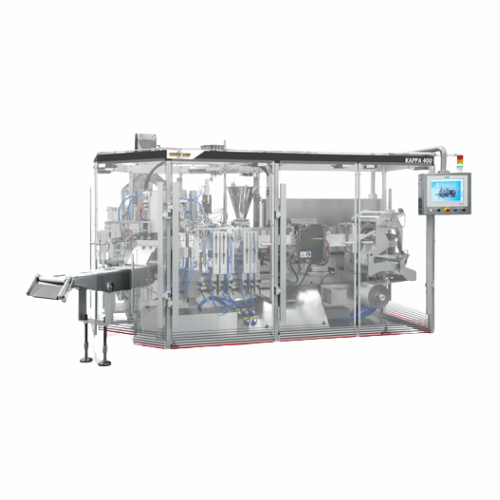
Horizontal intermittent motion sachet packaging solution
Optimize your packaging operations with a versatile sachet solut...
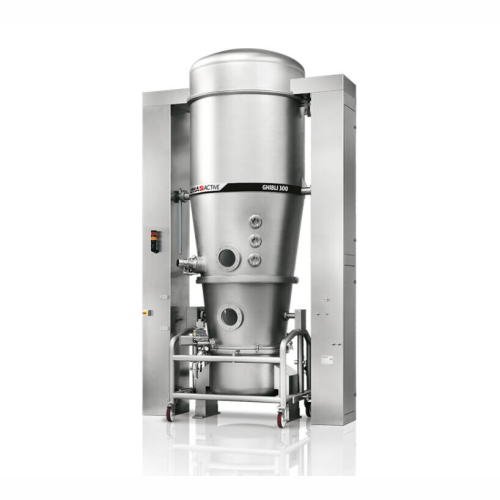
Fluid bed processor for pharmaceutical granulation and drying
Achieve precise drying, granulation, and coating of pharma...
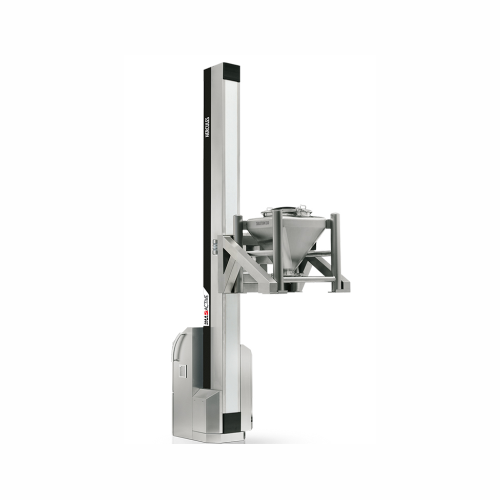
Lifting column for drums and containers
Streamline your production with lifting columns designed for precise handling, blen...
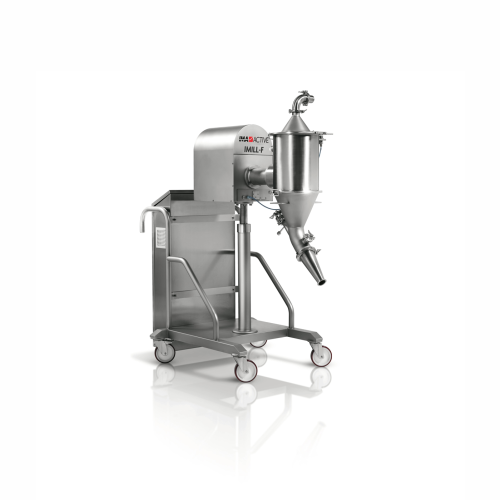
Cone mill for particle size reduction
For precise particle size reduction, the cone mill offers flexible screening options ...
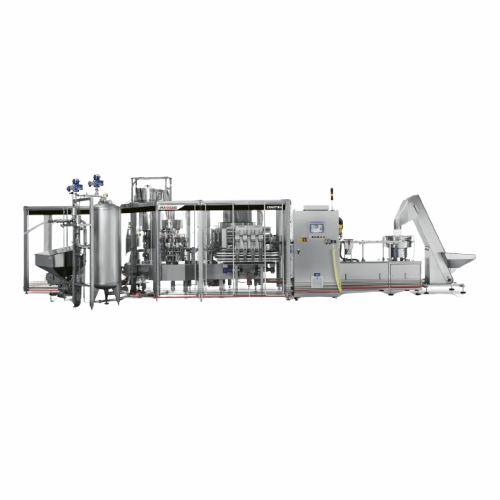
High-speed pouch filling and sealing system for food and dairy
Achieve precise spouted pouch filling with minimal waste ...
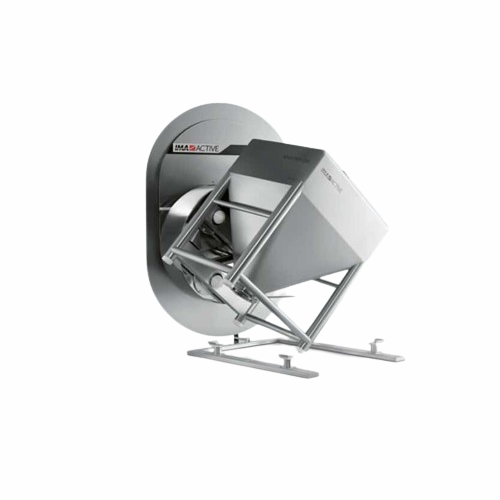
Bin tumbler for efficient mixing
Achieve precise blending and homogenizing of powders and granules with dual-inclination des...
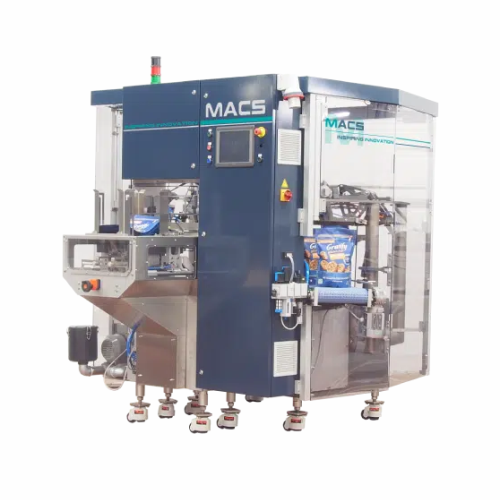
Rotary doypack for granules, liquids, and powders
Enhance your packaging line with a rotary doypack system designed to ef...
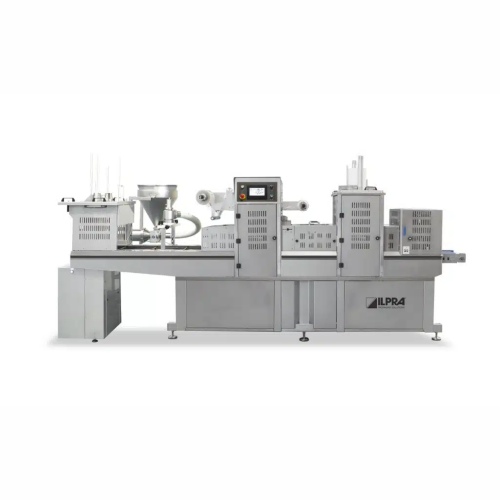
Tray sealing machine for buckets
Ensure efficient sealing and preservation with high-speed tray sealing for various food pro...
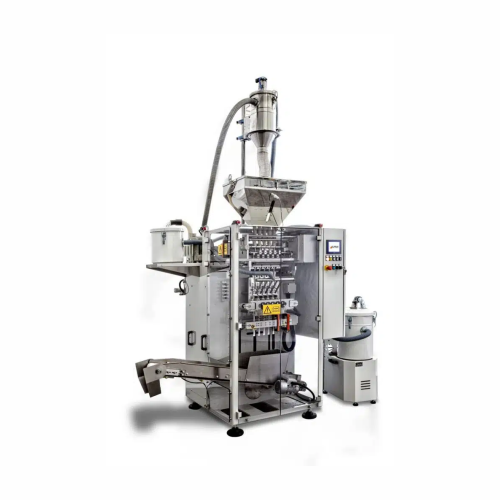
Vertical stick pack sachet packaging solution
Ideal for mid-scale operations, this vertical stick pack machine streamlines...
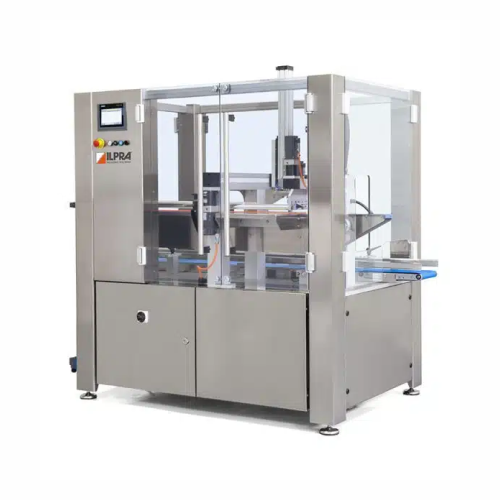
Automatic vertical casepacker for efficient packaging integration
Streamline your packaging process with a vertical cas...
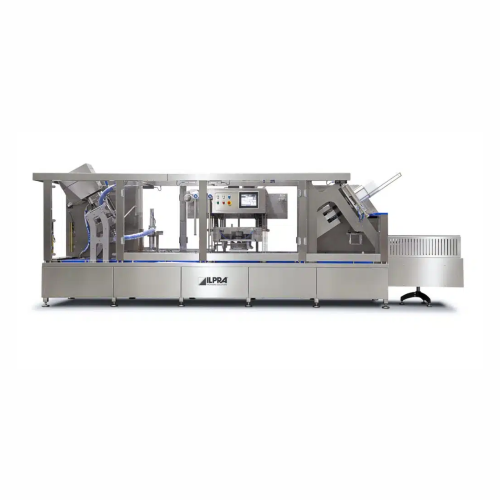
Tray sealer for food packaging buckets
Enhance your packaging efficiency with a highly adaptable tray sealer, designed for ...
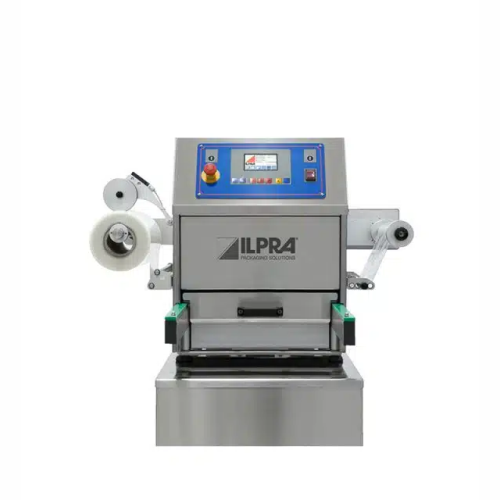
Tray sealer for packaged food products
Optimize your food packaging with precise sealing and advanced Modified Atmosphere P...
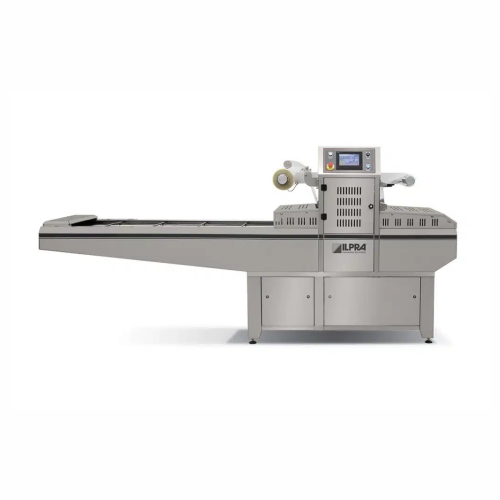
Traysealer for medium production
Streamline your packaging process with high-speed traysealing, ensuring freshness and exten...

Thermoforming packaging solution for food and medical applications
Enhance your packaging line with a solution designed...
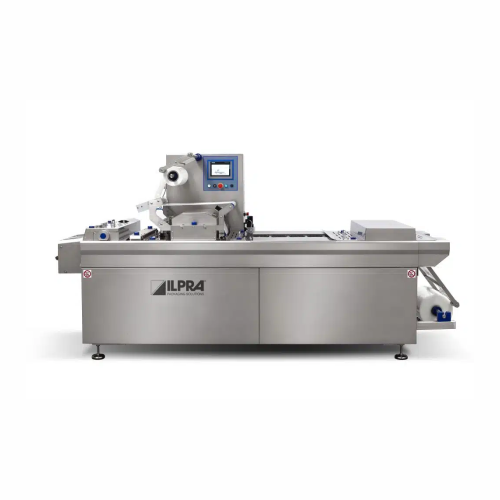
Compact thermoforming packaging system for food industry
Revolutionize your packaging line with a space-saving solution t...
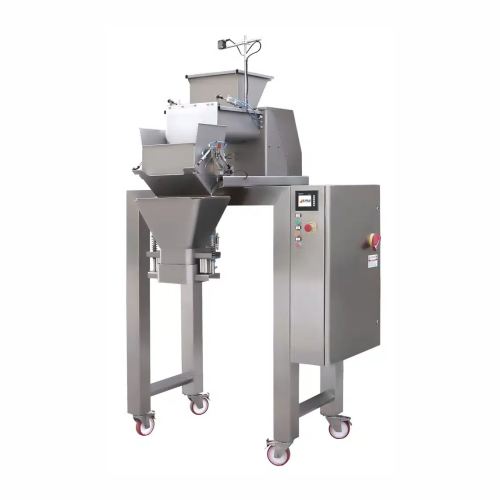
Linear and auger weighing systems for non-free-flowing products
Optimize your production line with precise weighing and ...
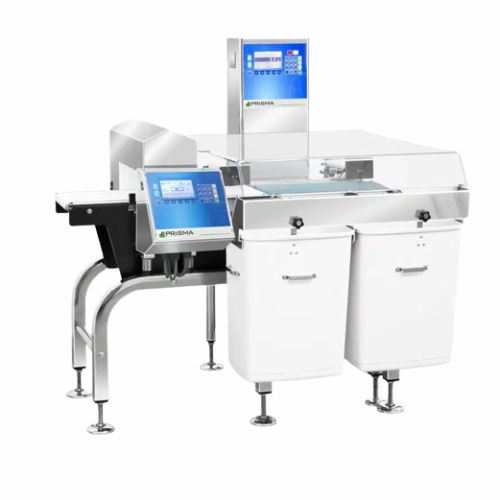
Metal detector for small to medium-sized products
Ensure product integrity and compliance by seamlessly integrating metal...
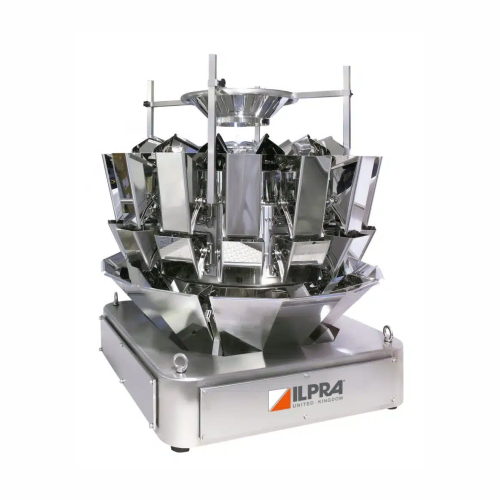
Multi head weigher for precise portioning
Ensure consistent product portions with our multi head weigher, ideal for high-s...
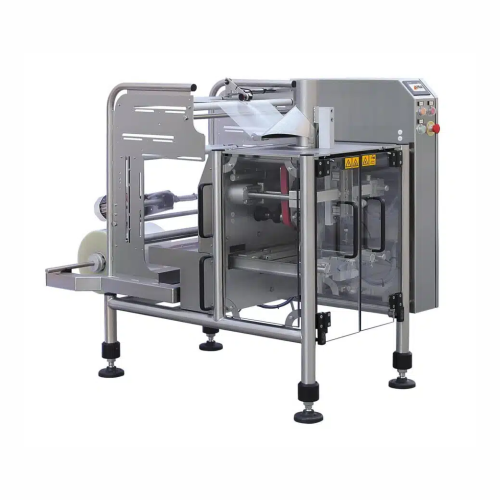
Vertical form fill seal for small to medium production runs
Ideal for scaling production, this compact packaging solutio...
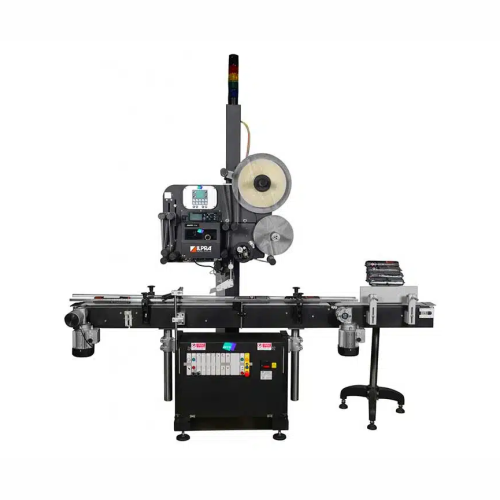
Automatic c-wrap labelling for packaged products
Enhance your production line with precise C-wrap labelling, seamlessly in...
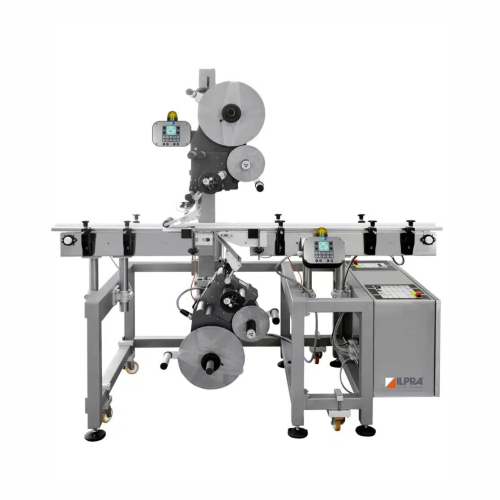
Automatic top & bottom labelling system
Enhance your packaging line efficiency by applying precise top and bottom labels to...
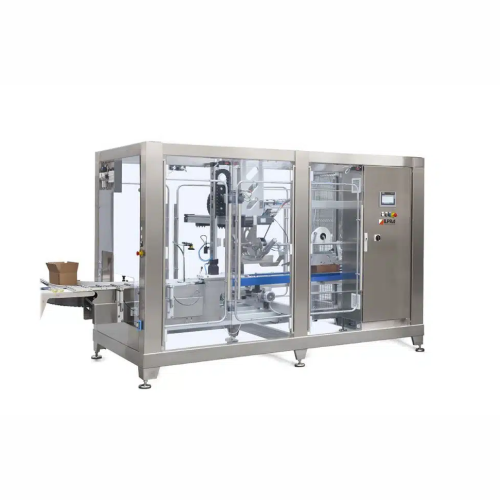
Top loading case packer for automated box sealing
Streamline your packaging line with a top-loading case packer that effi...
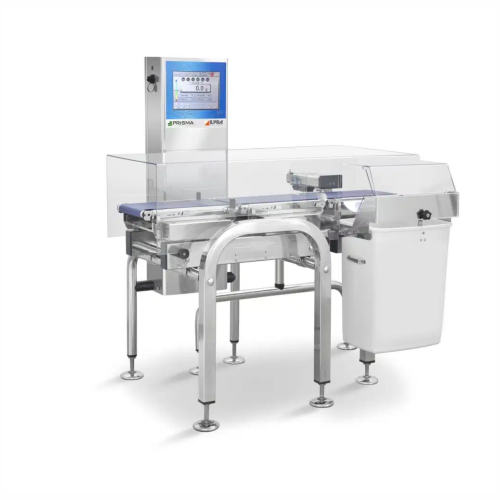
Industrial check-weigher for accurate product weight verification
Ensure precise weight compliance and reduce waste wit...
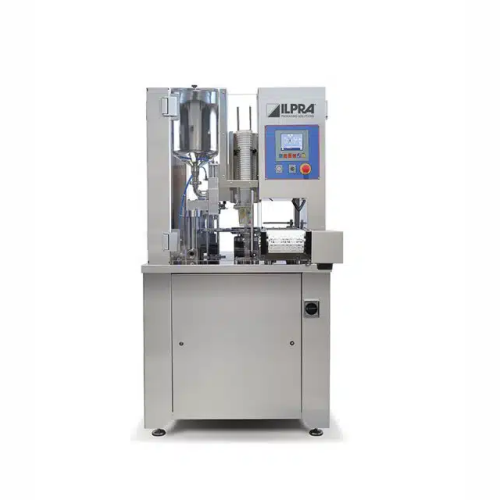
Rotary filler and sealer for dairy products
Optimize your filling and sealing needs with a compact solution designed for c...
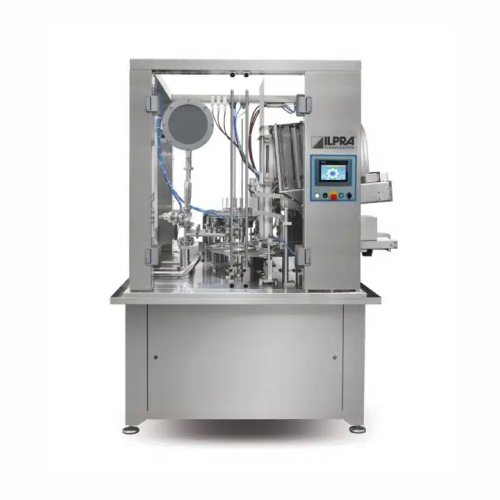
Automatic filling and sealing solution for medium to large production
Streamline your high-capacity filling and sealing...
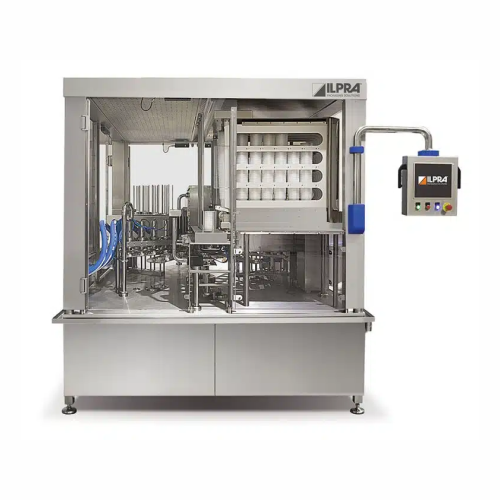
Rotary filler for optimized production processes
Streamline your fill and seal process with precise timing control and enh...
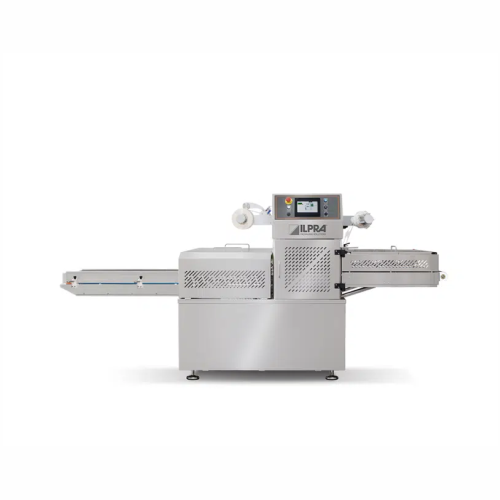
Entry-level in-line traysealer for ready-to-eat meals
Streamline your ready meal packaging with a compact traysealer that...
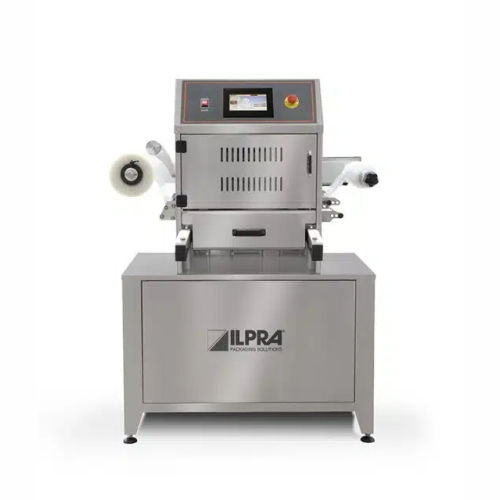
Semi-automatic tray sealer for skin packaging
Optimize your small-scale food packaging with a compact tray sealer designed...
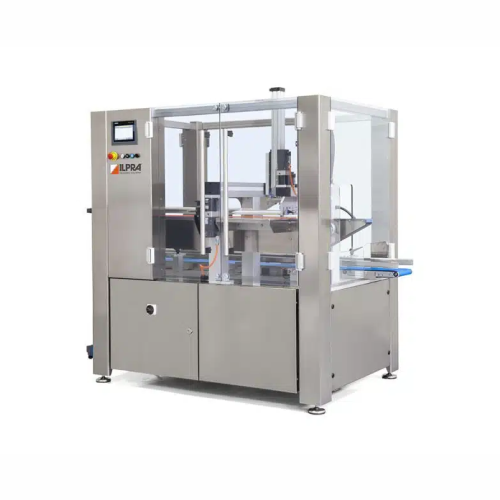
Industrial pick and place system for packaging
Streamline your packaging line with precise robotic pick and place operatio...
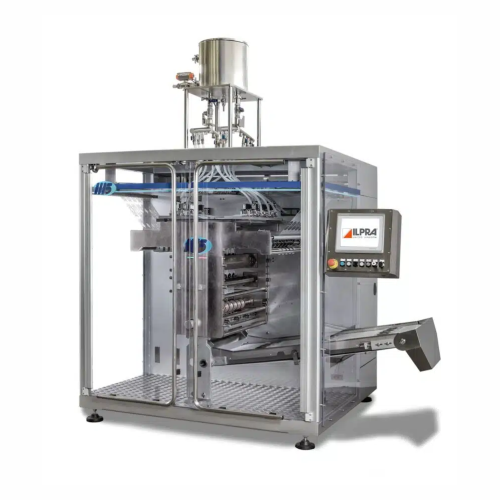
High-speed continuous rotating packaging solution
Transform your packaging efficiency with versatile operations, accommod...
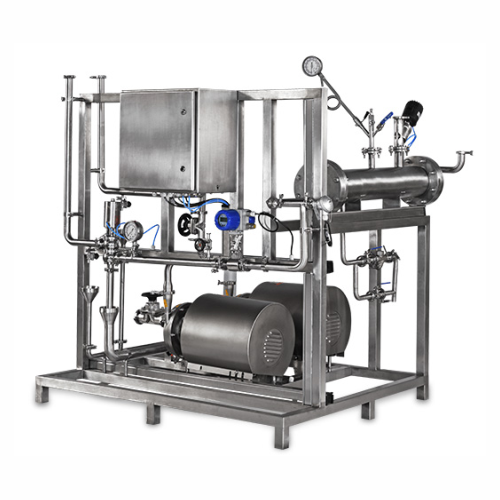
Purified water storage and distribution for pharmaceuticals
Ensure seamless water quality for critical pharmaceutical pr...
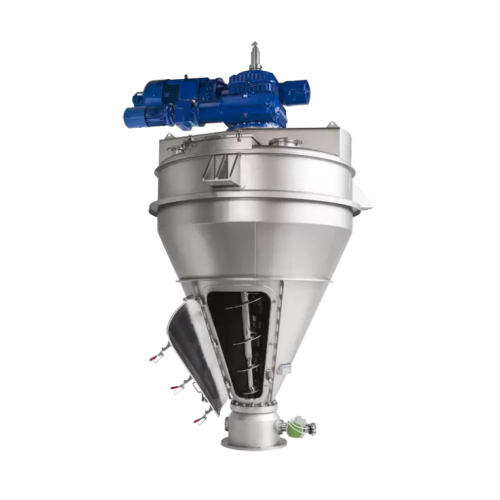
Mid-shear mixer for powders and bulk solids
Achieve ultra-short mixing cycles and superior homogeneity without the need fo...
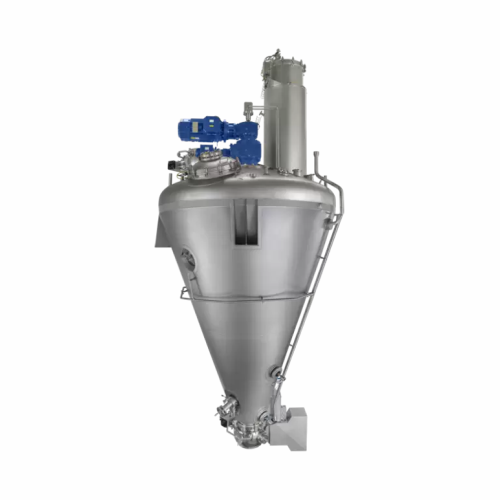
Vacuum dryer for powders and granules
Achieve precise moisture control for sensitive materials with a versatile vacuum dryi...
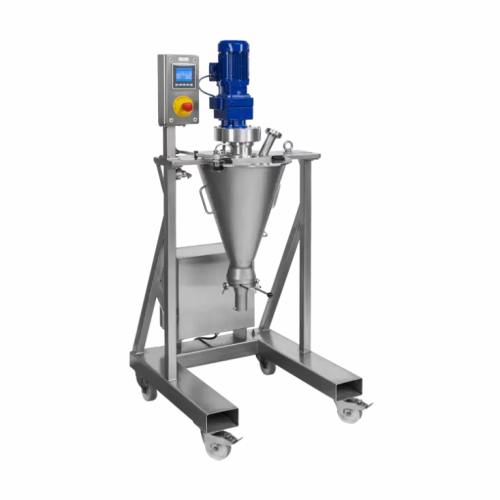
Lab mixer for high-accuracy powder and paste mixing
Achieve precise mixing of powders and pastes with a gentle convective...
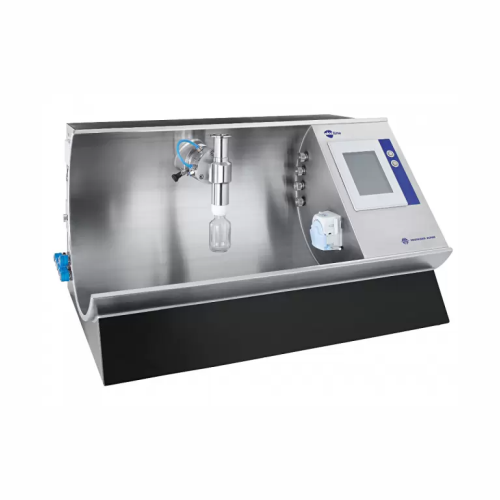
Lab-scale powder processing system
Achieve precise control in ultra-small batch processing with a versatile modular system,...
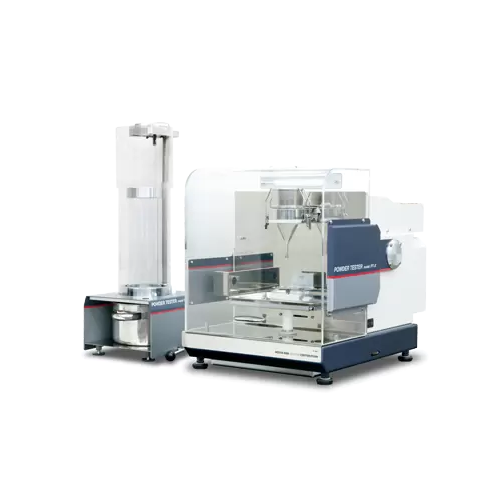
Powder characteristic evaluation
Ensure precise powder analysis and testing in your laboratory to optimize production qualit...
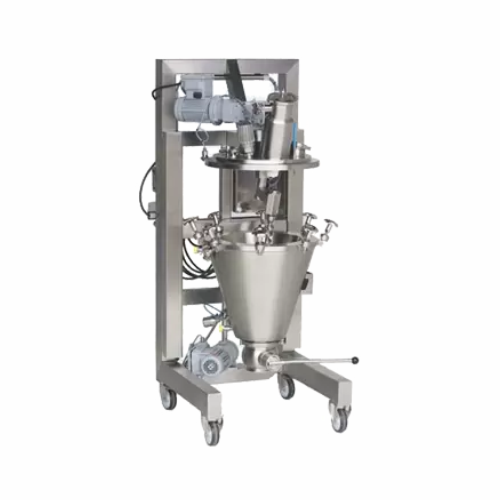
Laboratory vacuum dryer for heat-sensitive materials
Optimize moisture control in heat-sensitive materials with precise a...
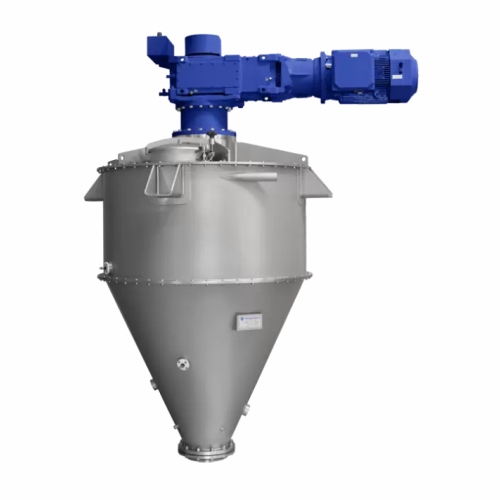
Conical paddle mixer for accurate powder blending
Achieve precise blending of fragile powders and liquids with a versatil...
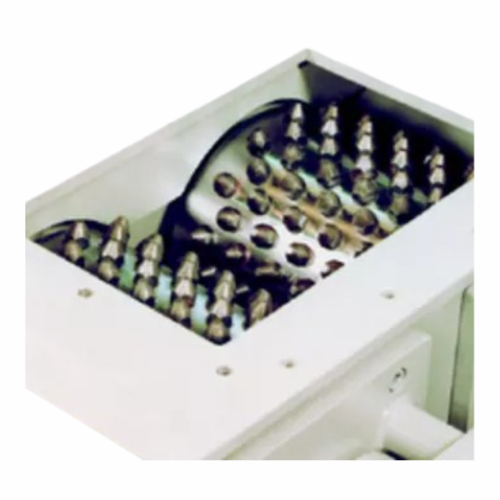
Industrial pre-crusher for coarse crushing
Optimize your production line by efficiently transforming clumped materials int...
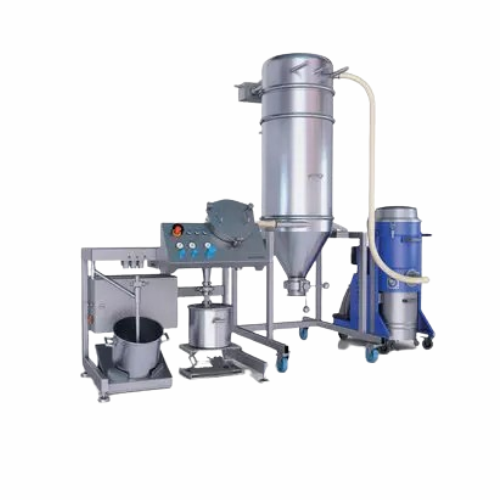
Spiral jet mill for ultrafine micronisation
Optimize your powder processing with precision-driven micronisation that ensur...
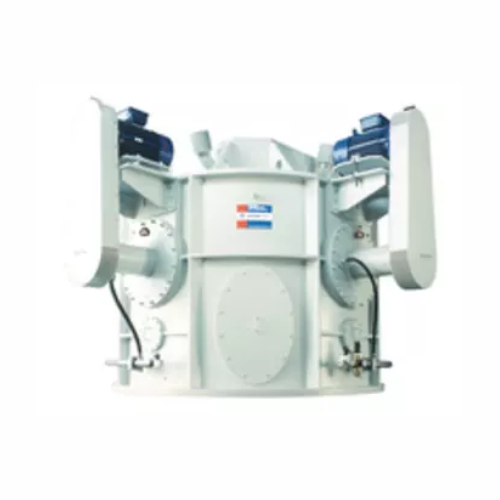
Ultrafine air classifier for powder separation
Achieve precise particle separation with technology designed to enhance you...
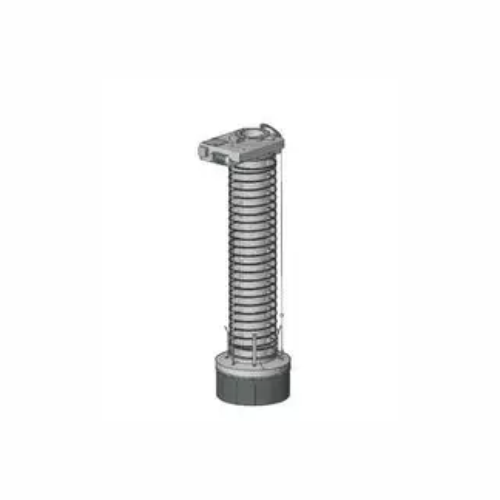
Automatic bulk material filling system
Ensure precise, contamination-free filling of various bulk materials with an advance...
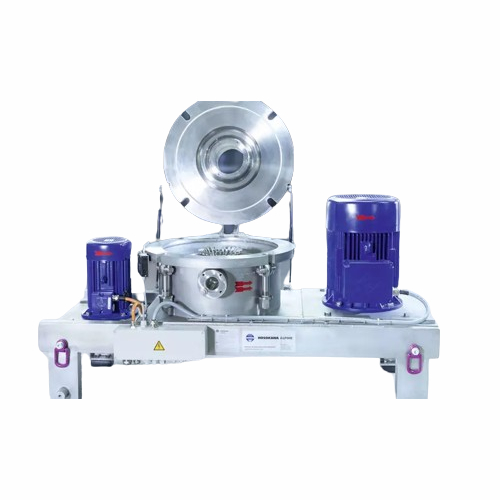
Classifier mill for ultrafine grinding
Achieve precise particle size distribution and contamination-free processing with th...
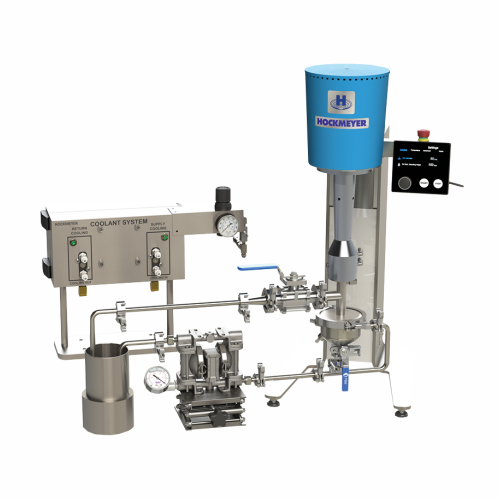
Laboratory vacuum milling for fine particle size reduction
Streamline your lab and pilot processes with high-speed vacuu...
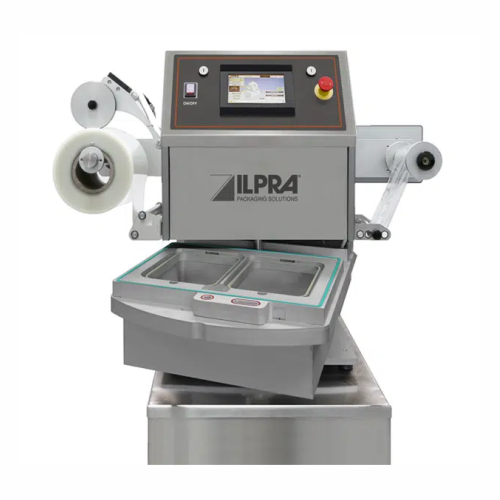
Traysealer for food packaging with rotating table
Enhance your packaging line efficiency with a traysealer that simultane...
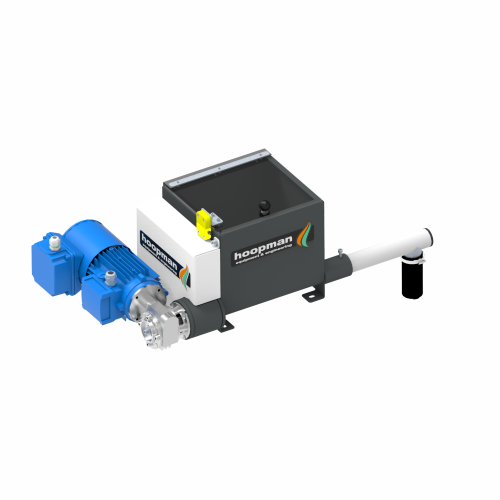
Powder feeder for consistent mixing in pan coating processes
Ensure precise dosing and mixing of pharmaceutical powders ...
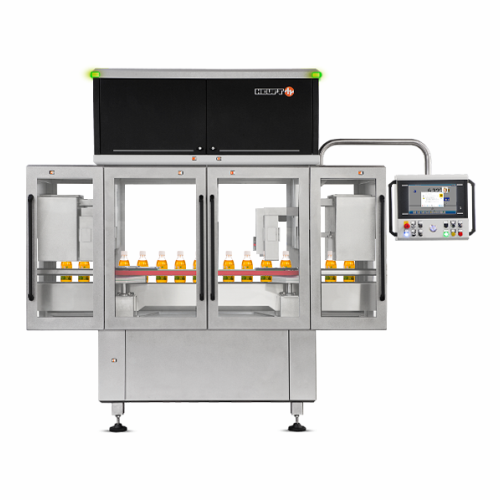
Leak detection for pharmaceutical containers
Ensure the integrity of your liquid products in high-speed production by dete...
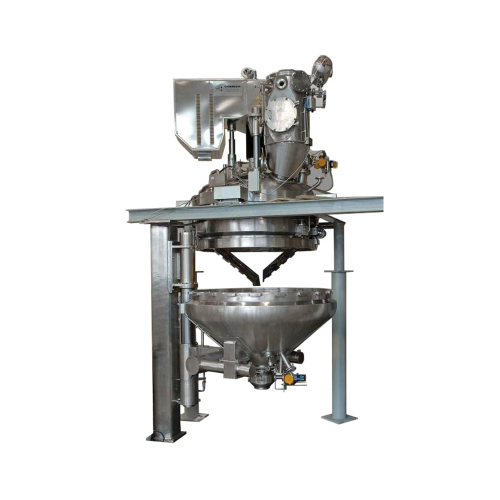
Vertical vacuum dryer for heat sensitive products
Achieve optimal drying and mixing for your heat-sensitive and shear-sen...
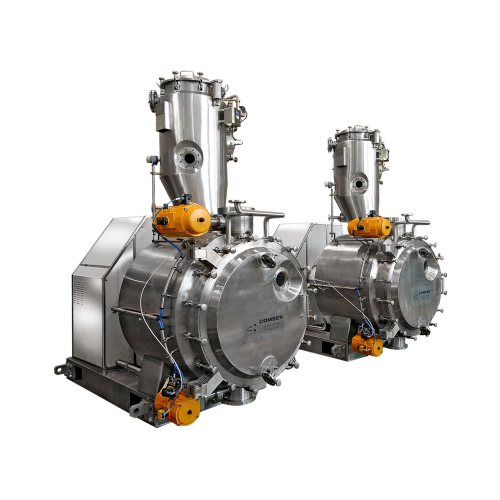
Horizontal vacuum paddle dryer for sensitive pharmaceutical ingredients
Achieve precise drying and mixing of sensitive ...
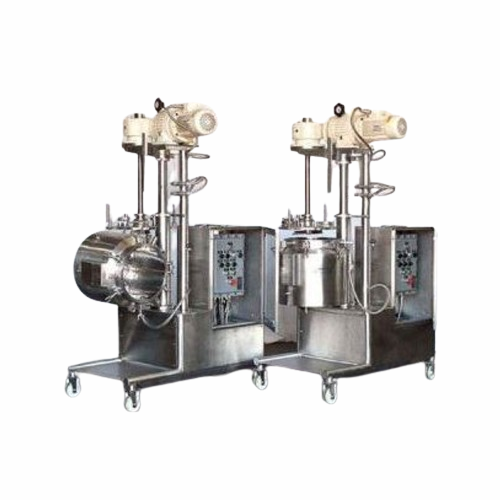
Pilot plant filter dryer for small scale production
Optimize filtration and drying processes in your pilot plant with a v...
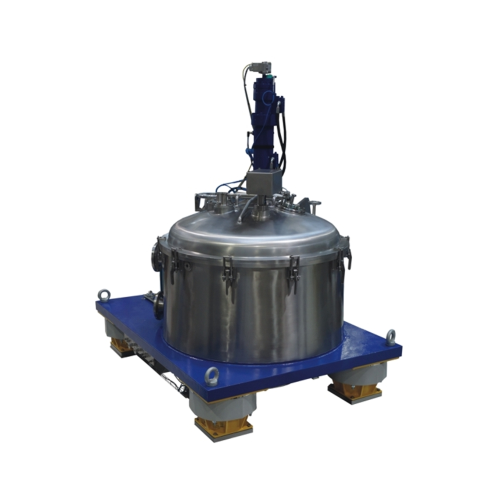
Vertical peeler centrifuge for pharmaceutical industry
Ensure thorough separation and purification of products with this ...

Conical screw vacuum dryer for hazardous and temperature-sensitive products
When you need precise moisture control for...
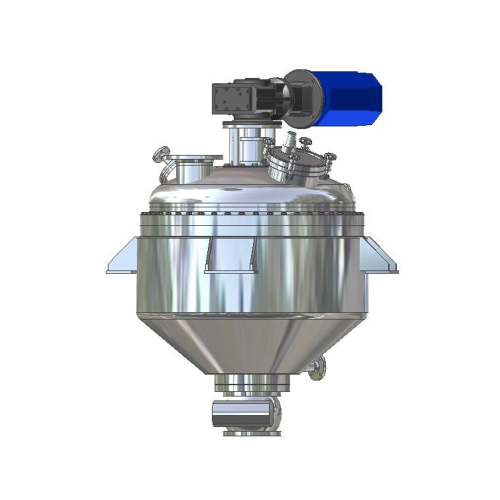
Vacuum drying solution for filter cake or viscous materials
When faced with the challenge of drying filter cake or trans...
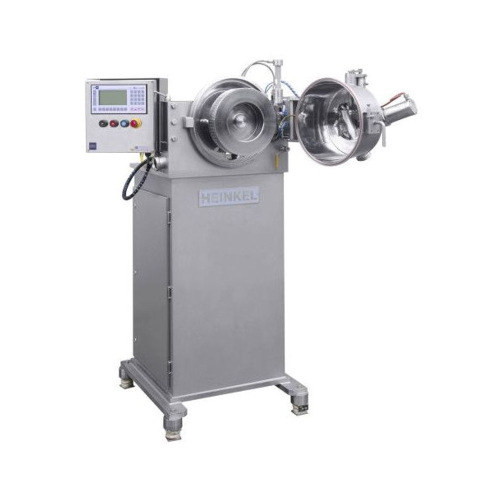
Horizontal pilot plant centrifuge for chemical processing
Enhance your R&D and pilot-scale processes with a centrif...
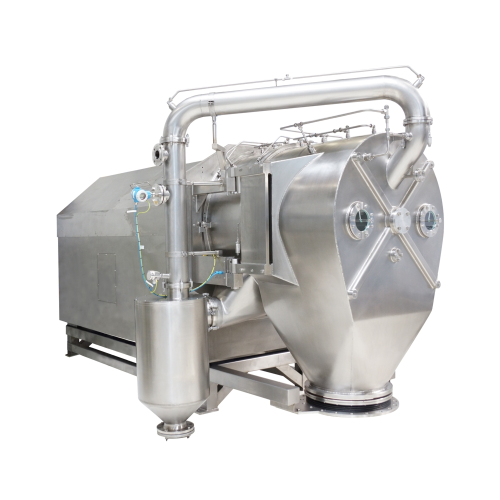
Inverting filter centrifuge for high-potent Api products
Achieve optimal separation and reduce residual moisture with pre...
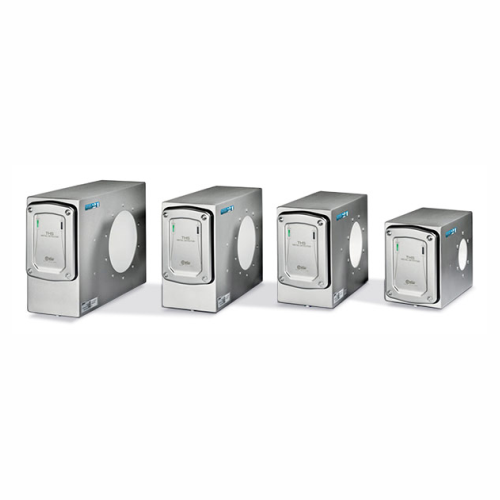
Industrial metal detector for gravity feed applications
Ensure the purity of your products by detecting and removing both...
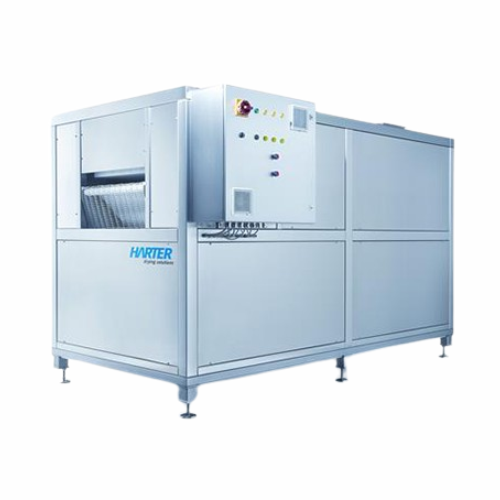
Continuous dryer for large production volumes
Achieve high-speed moisture removal with precision and minimal thermal impac...
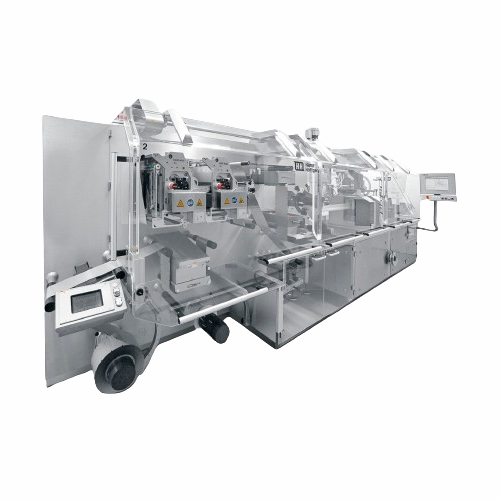
Pharmaceutical powder bag filling system
Ensure precision in pharmaceutical formulations with a system that fills high-spee...
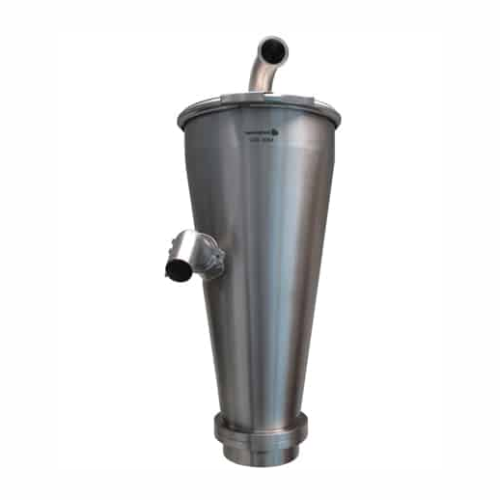
Ultra-hygienic vacuum conveyor for pharmaceutical industry
Optimize powder transfer with ultra-hygienic vacuum conveying...
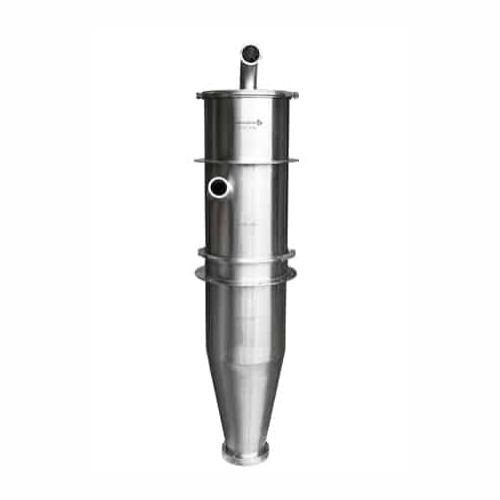
Ultra-hygienic vacuum conveyor for pharmaceutical and food industries
Streamline material handling with this ultra-hygi...
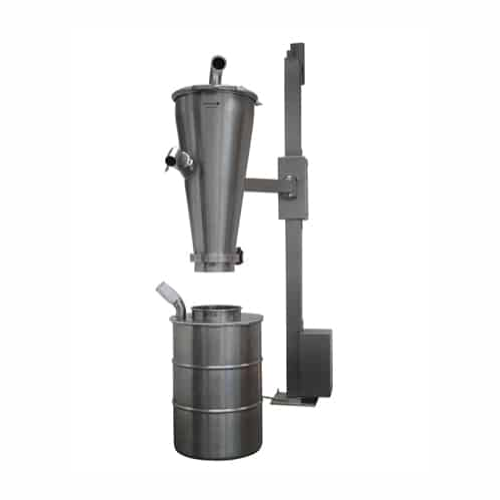
Vacuum conveyor for hygienic material transfer
For operations demanding swift, dust-free material handling, this solution ...
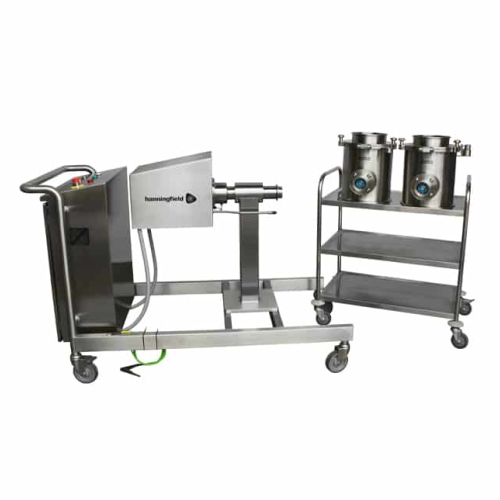
Particle sizing solution for milling and sifting
Streamline your milling and sifting processes with a flexible system desi...
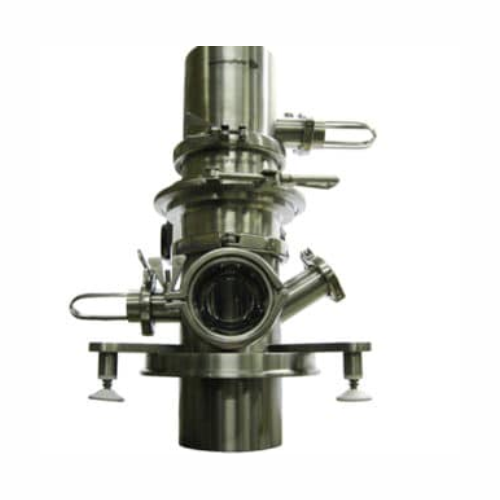
Powder flow control system for gravity transfer
Ensure precise dosing and prevent spillage during powder transfers in your...
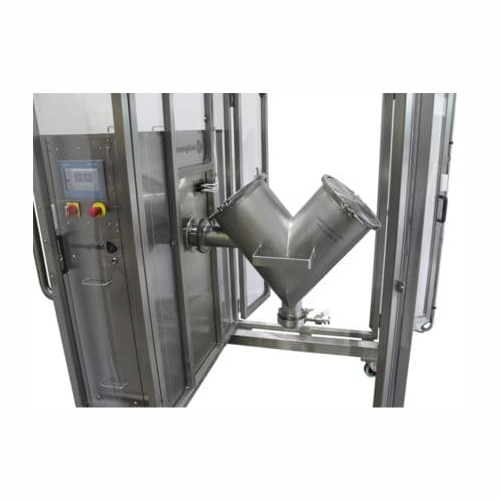
Laboratory and pilot scale blending module
Efficiently integrate multiple blending functions on a single drive for streaml...
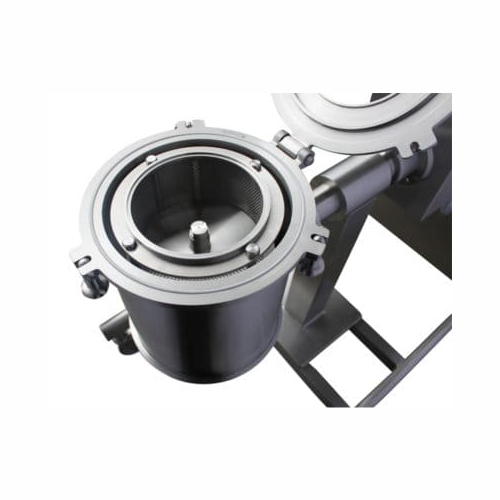
Centrifugal powder sifter for particle separation
Achieve consistent material quality with efficient powder sifting and d...
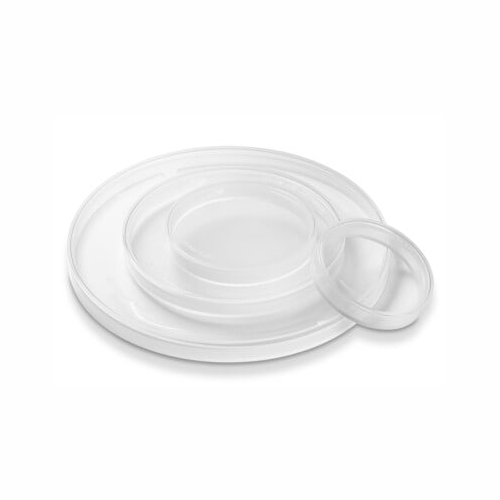
Silicone dust caps for dust-tight powder transfer
Achieve dust-tight containment and efficient powder transfer with flexi...
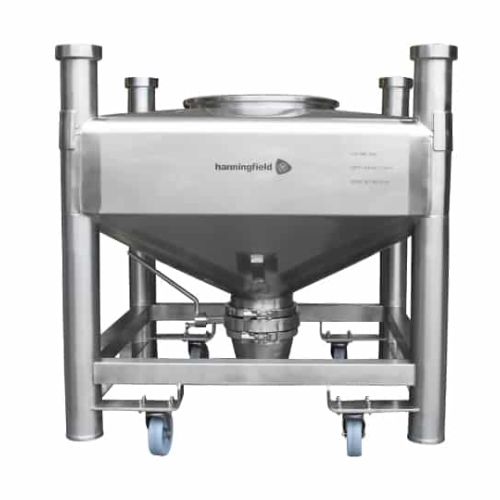
Tablet storage and transport containers
Ensure the safe and gentle handling of tablets during storage and transport, minimi...
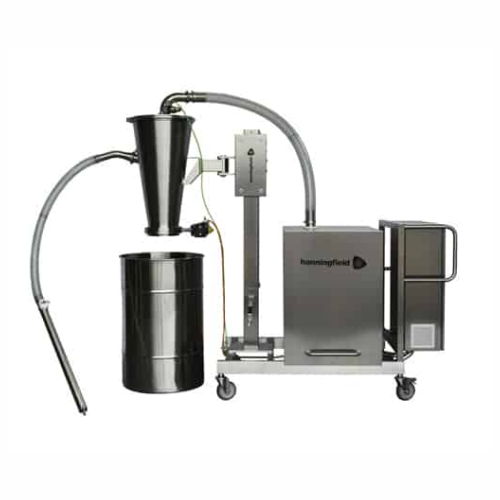
Hygienic vacuum conveyor for pharmaceutical and food industries
Optimize your material handling process with a vacuum co...
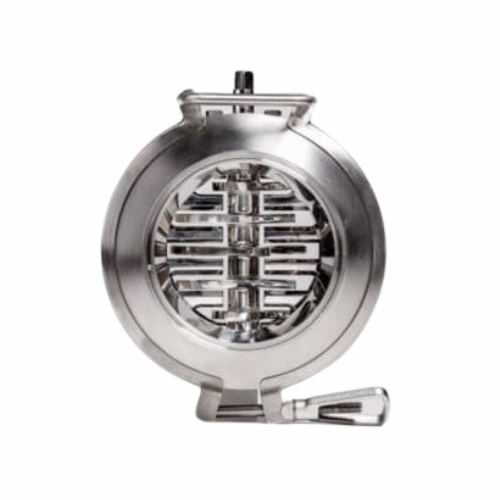
Rotary crushing valve for lump breaking
When handling bulk solids, effective pre-breaking and sizing are crucial to ensure ...
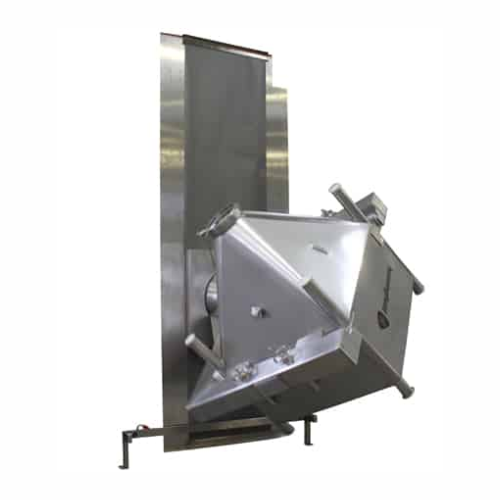
Industrial bin blenders for uniform batch production
Optimize your blending process by achieving uniform mixtures with in...
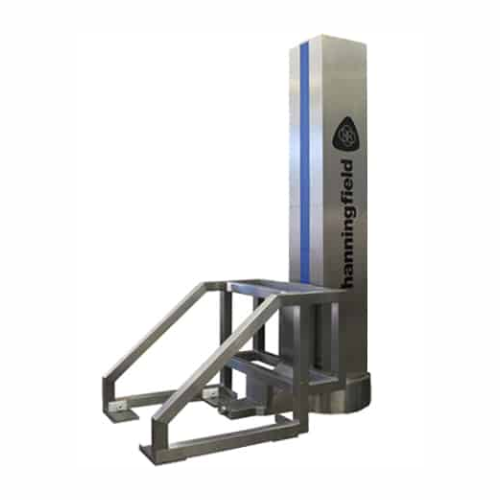
Industrial container and drum handling solution
Effortlessly maneuver and position heavy containers such as IBCs and drums...
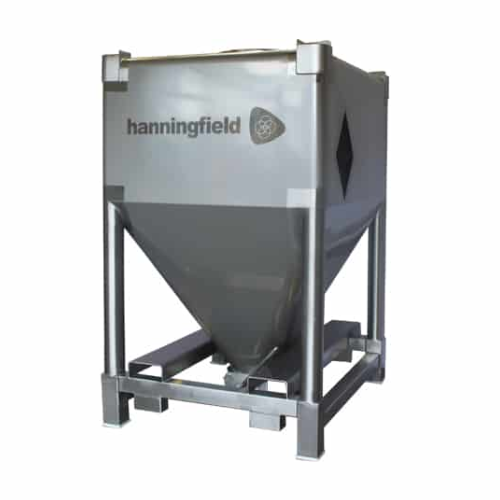
Stainless steel intermediate bulk containers for pharmaceutical use
Ensure safe, efficient transport and handling of po...
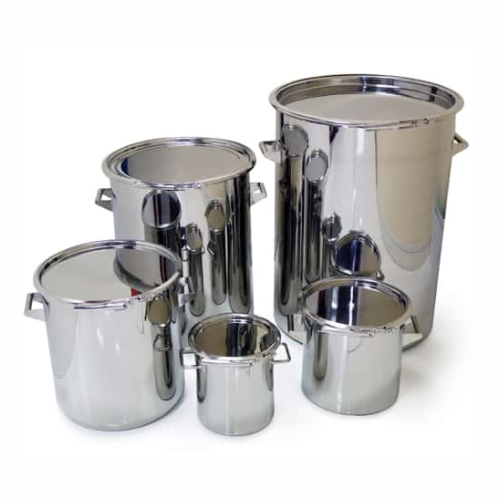
Stainless steel drums for powder storage
For high-value powder storage, these stainless steel drums offer reliable containm...
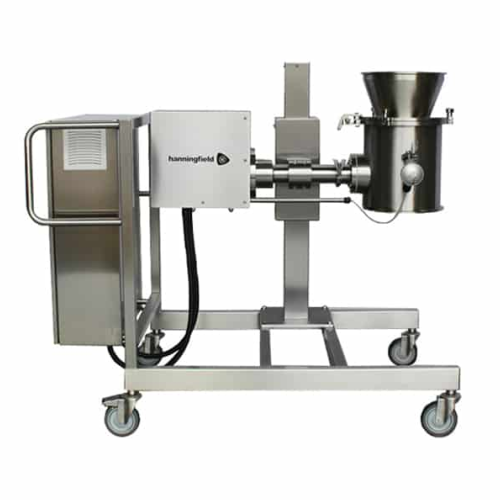
Conical mills for size reduction in pharmaceutical production
Achieve precise particle size control with an innovative m...
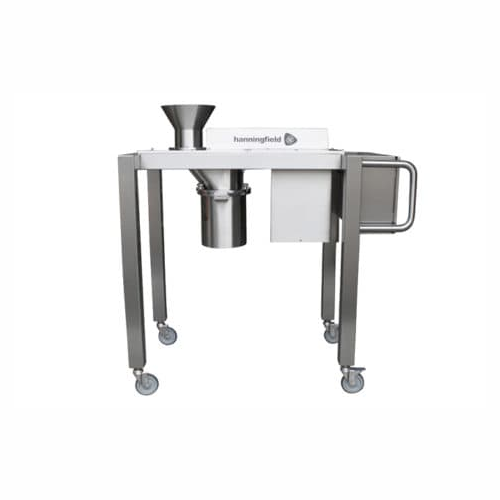
High capacity conical mill for powder processing
Optimize your milling process with a versatile solution that ensures prec...
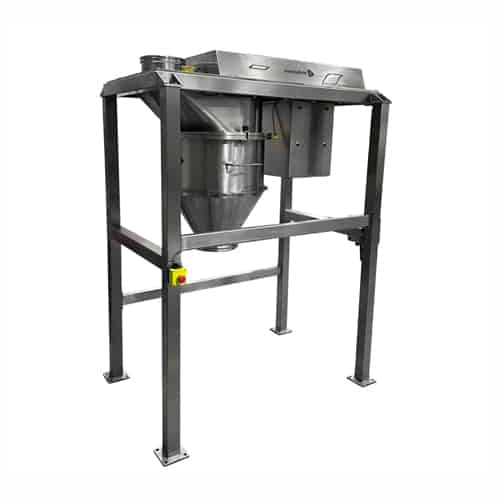
High capacity production milling for bulk materials
Optimize your production with our high-capacity milling solution, des...
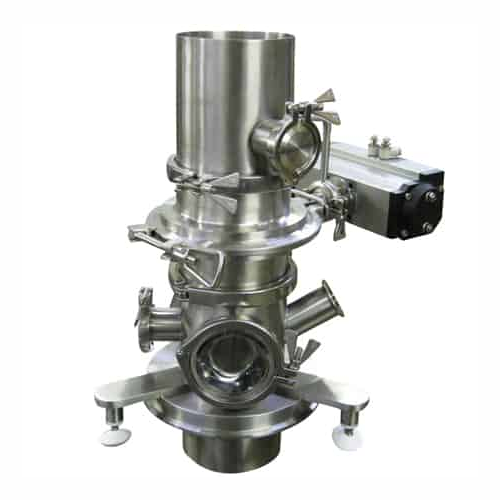
Powder flow control systems for precise gravity transfer
Achieve seamless powder flow control in your production line wit...
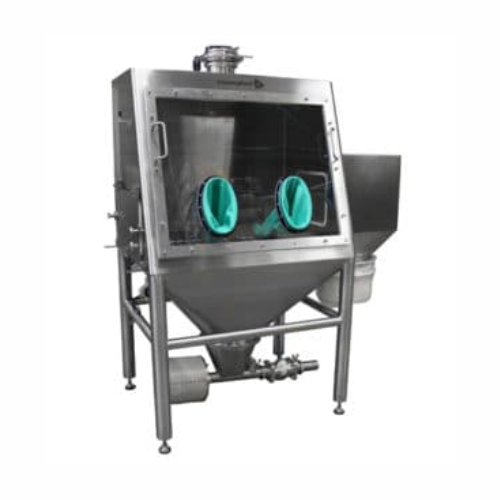
Dust-control sack tip station for industrial loading
Ensure seamless and safe unloading of powders with an integrated dus...
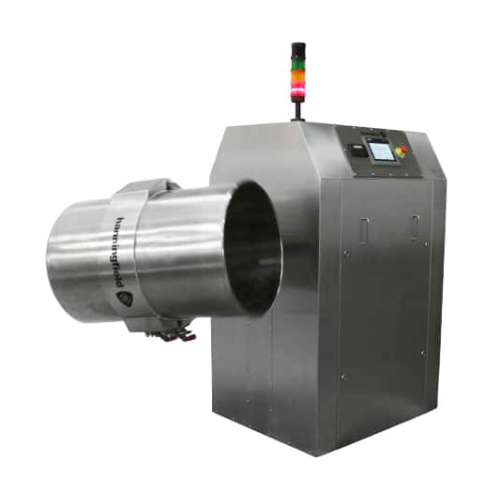
Industrial drum tumblers for uniform batch processing
Achieve precise mix uniformity in your batches with drum tumblers, ...
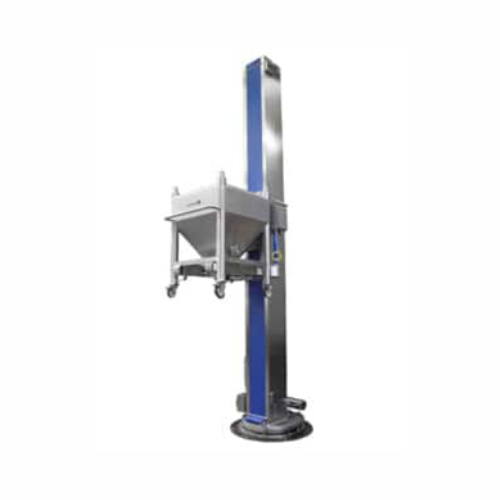
Industrial container lifting system
Optimize your production line with a versatile lifting solution designed to safely hand...
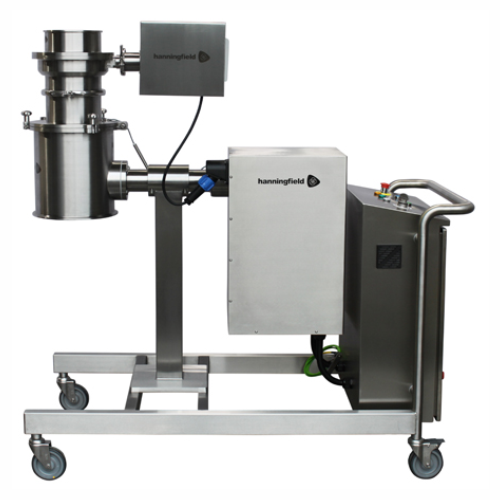
Pharmaceutical size reduction shredder
Achieve fast, efficient material size reduction with this shredder, enabling seamles...
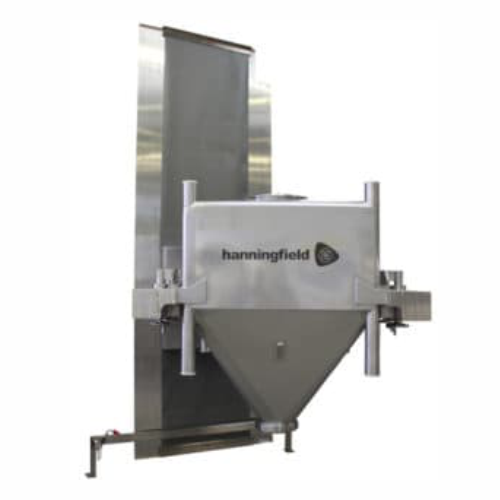
Ibc tumbler for uniform batch mixing
Achieve consistent and homogenous mixing of powders, granules, and solid products with...
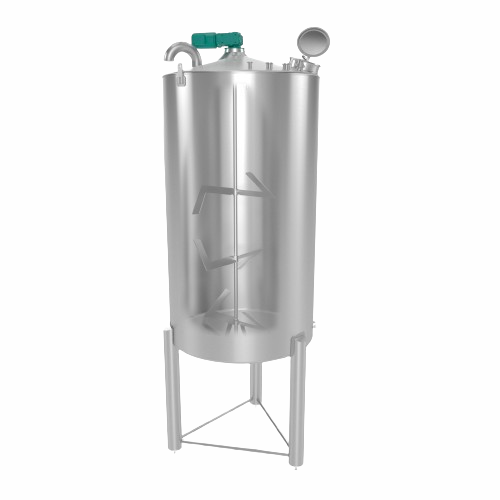
Juice storage tank with hygienic and cooling options
Ensure optimal freshness and stability of juices and beverages with ...
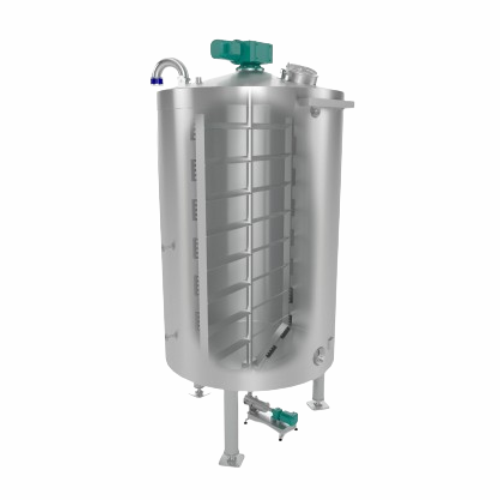
Stainless steel chocolate tank for storage and processing
Efficiently control temperature and consistency for chocolate ...
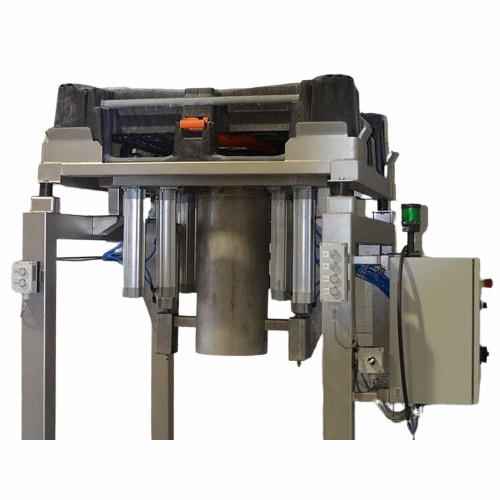
Big bag pallet unloader for bulk products
Efficient and reliable solution for unloading and transporting powders and bulk ...
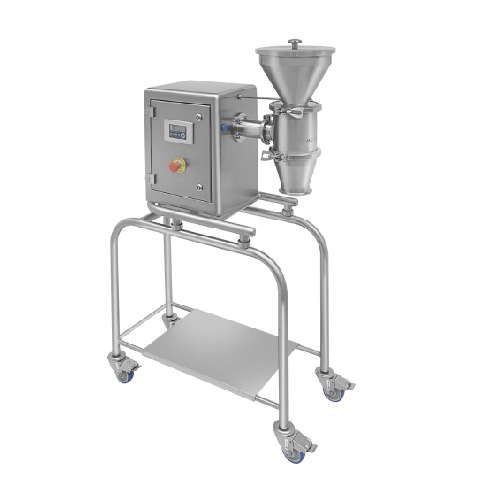
Laboratory conical screen mill for powder calibration
Achieve precise particle size control with this compact laboratory ...
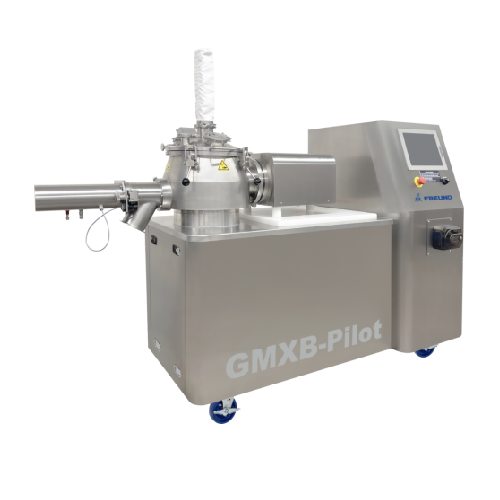
Pilot High shear granulator for wet granulation
Achieve consistent particle sizing and superior homogeneity in your powder...
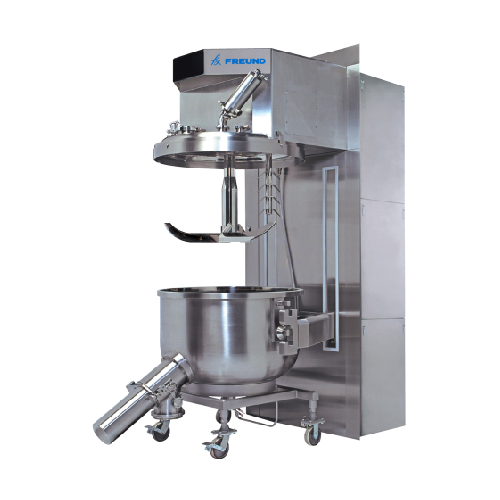
High shear wet granulation line
Achieve consistent and uniform granules with energy-efficient wet granulation designed to op...
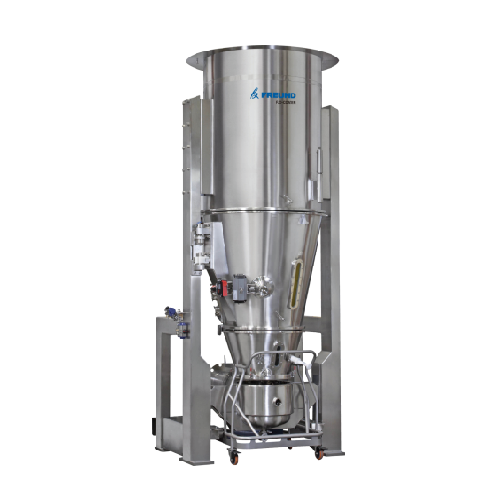
Fluid bed granulator for industrial granulation
Optimize your production efficiency with versatile fluid bed granulation, ...
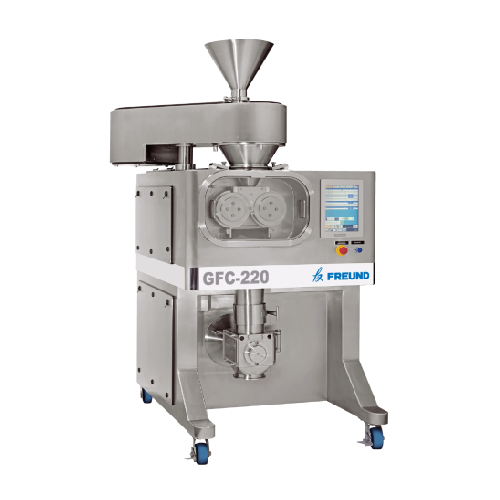
Roll compactor system for dry granulation
Achieve consistent tablet hardness and increased powder density with a versatile...
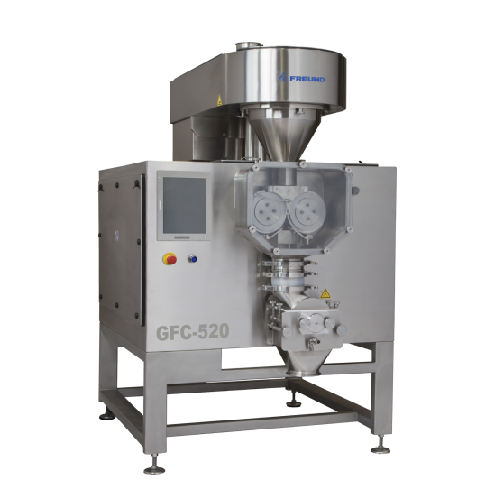
Roller compaction system for dry granulation
Achieve precise densification and consistent powder granulation with a system...
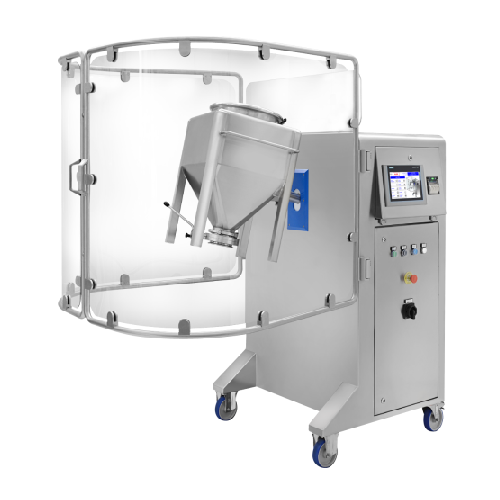
Pilot blender for small batch powder blending
Optimize your R&D processes with this versatile mobile blender, ideal f...
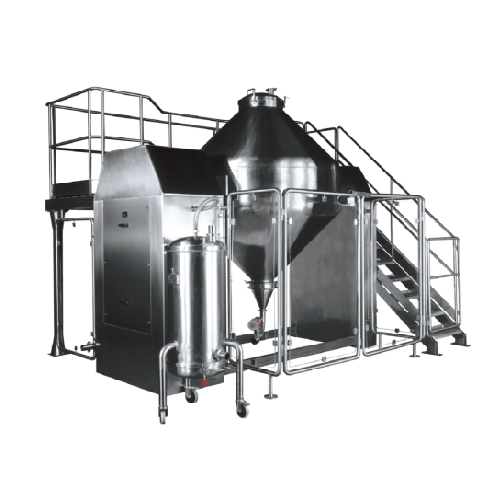
Pharmaceutical powders and granules dry blending
Achieve uniform blending of diverse powder and granule formulations with ...
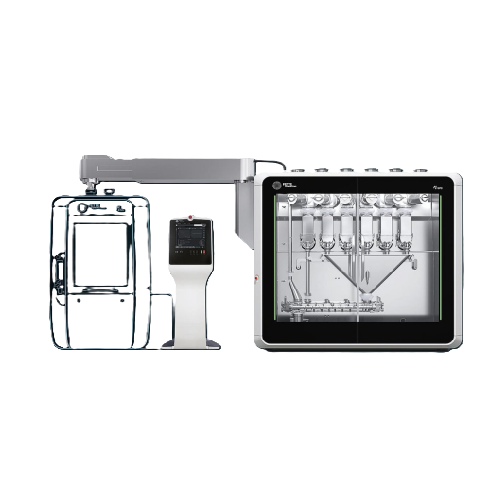
Continuous direct compression system for tablet production
Achieve seamless continuous direct compression by integrating...
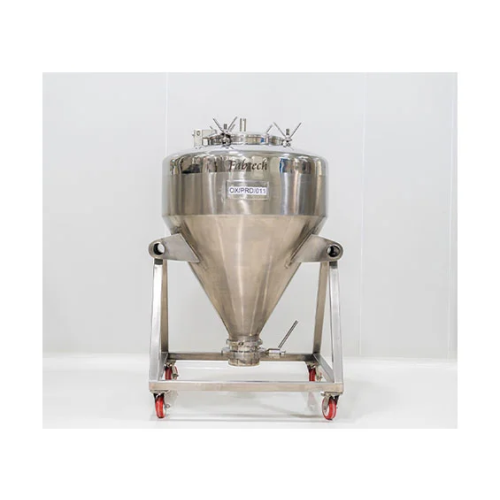
Vacuum transfer system for powders and granules
Effortlessly transfer and manage powders and granules with seamless integr...
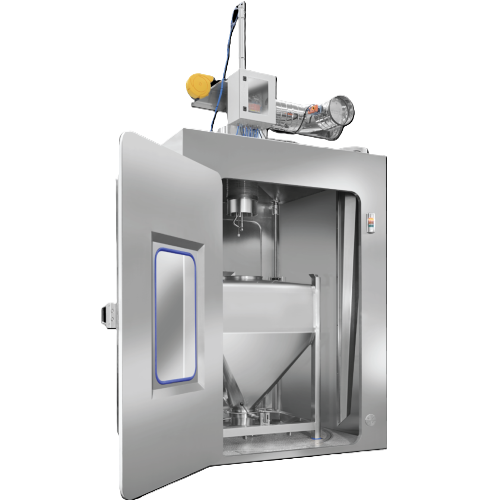
Internal and external bin washing cabinet
Streamline your sanitation process with automated bin cleaning that ensures thor...
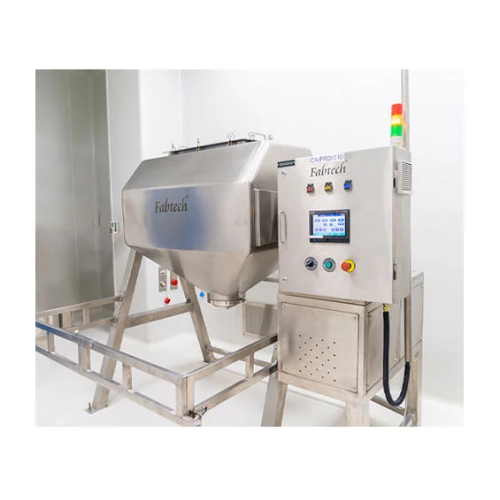
Pharmaceutical powder blender
Ensure uniform mixing of pharmaceutical powders and granules with advanced blenders designed f...
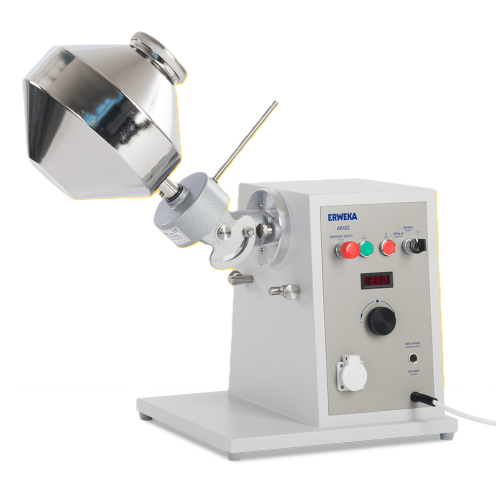
Double cone mixer for free flowing powders and granules
Achieve uniform blending of powders and granules with precision, ...
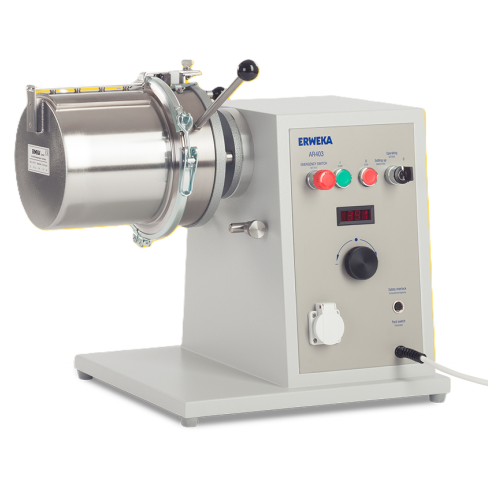
Laboratory high speed mixer for powders and granules
Achieve homogenous blending of powders and granules efficiently with...
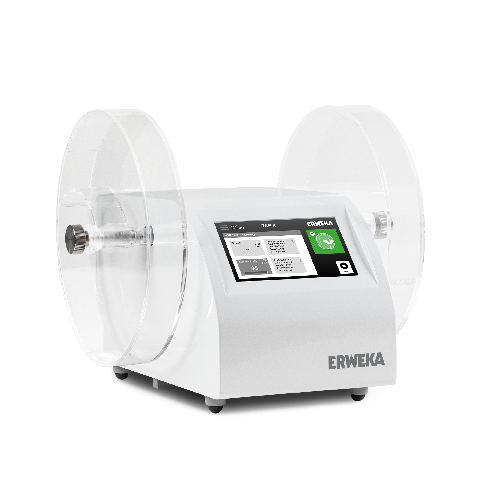
Advanced friability and abrasion testing solution
Ensure precise compliance in pharmaceutical tablet testing with this in...
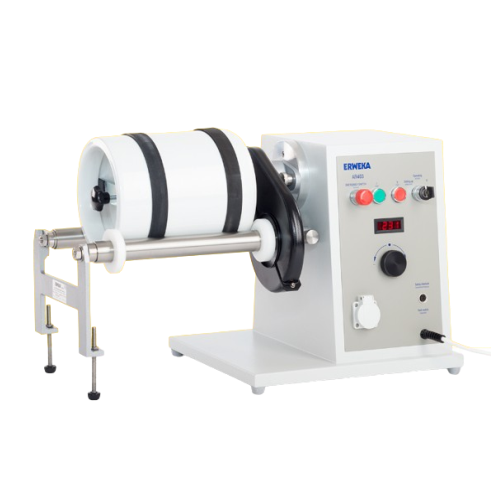
Lab-scale ball mill for crystalline material grinding
Effortlessly grind and mix crystalline materials into fine powders ...
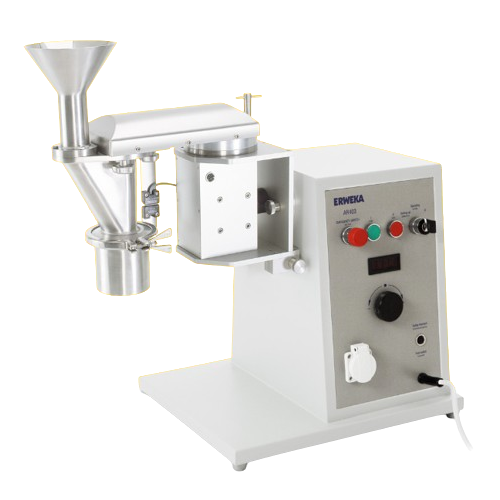
Conical mill for particle size reduction and homogenization
Achieve precise particle size reduction and homogenization w...
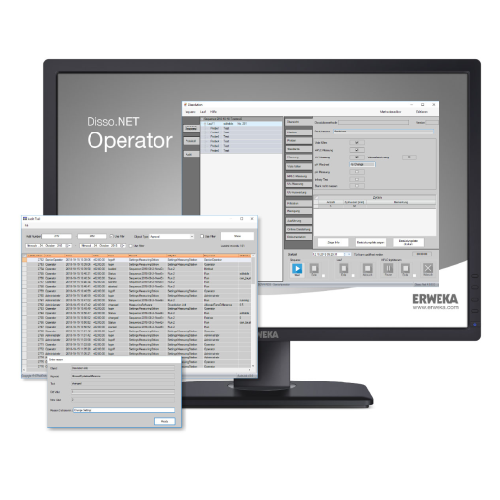
Dissolution testing software for compliance and efficiency
Ensure data integrity and streamline compliance with a robust...
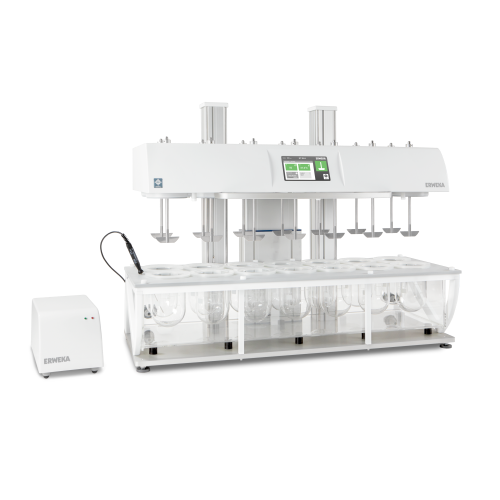
Digital dissolution tester for high volume testing
Optimize high-volume tablet and supplement testing with precise contro...
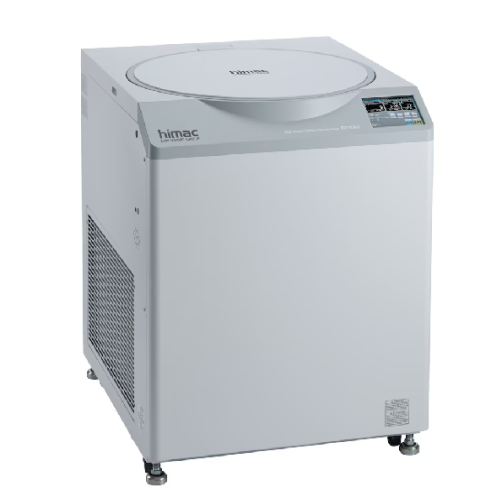
High-speed centrifuge for biomass and particle harvesting
Achieve high-speed particle separation and biomass harvesting ...
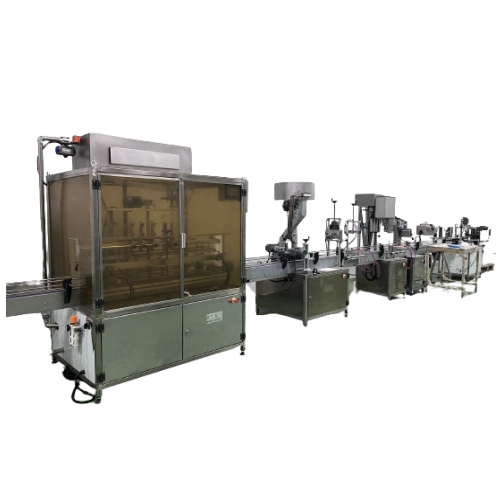
Liquid food filling solutions
Maximize efficiency in your packaging line with versatile filling machines designed for precis...
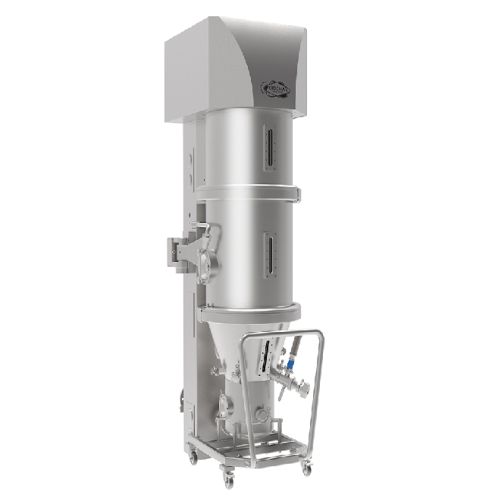
Fluid bed processor for granulating, drying, and coating in pilot scale
When scaling from laboratory to production, rel...
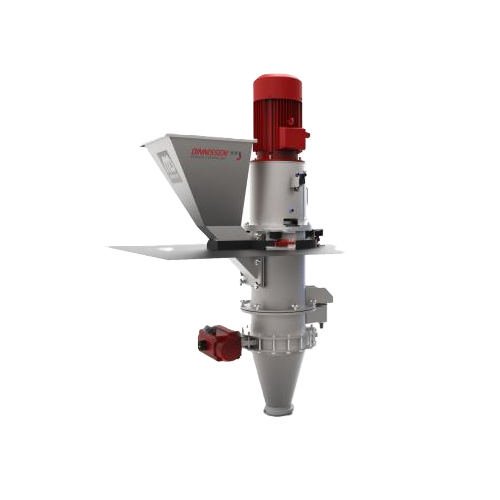
Industrial shredder for diverse material reduction
Achieve precise and efficient material resizing for diverse applicatio...
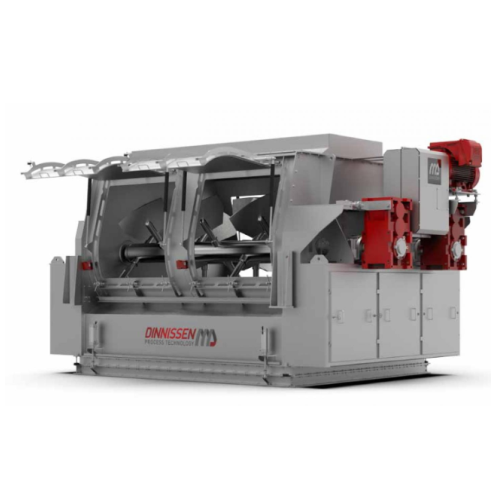
Batch mixer for powder and grain processing
Achieve ultra-fast, homogenous mixing in just 20 to 50 seconds with this versa...
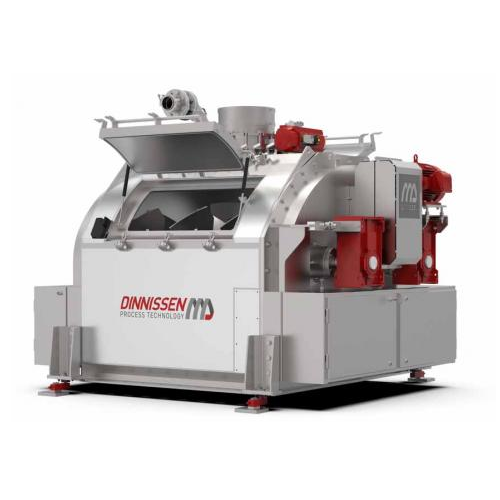
Advanced vacuum coating system for pet food and feed
Achieve uniform saturation in pellets and granules with precise liqu...
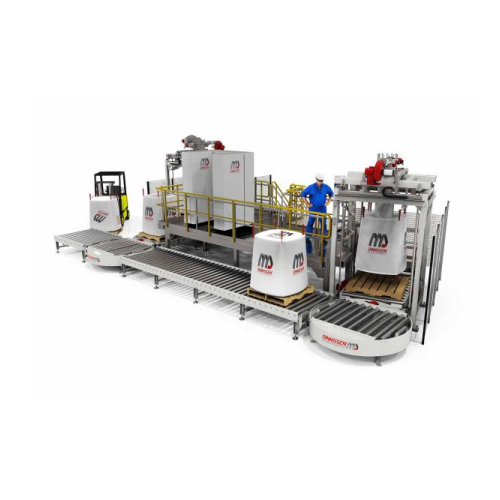
Product handling system for big bags and containers
Optimize your production line with a comprehensive system for transpo...
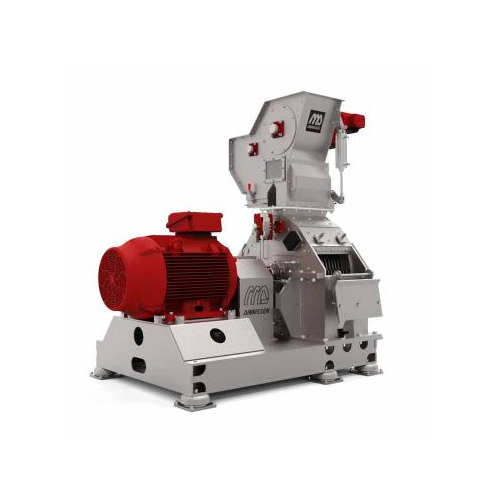
Industrial hammer mill for grinding and sifting
Ensure precise particle size reduction and consistent product quality with...
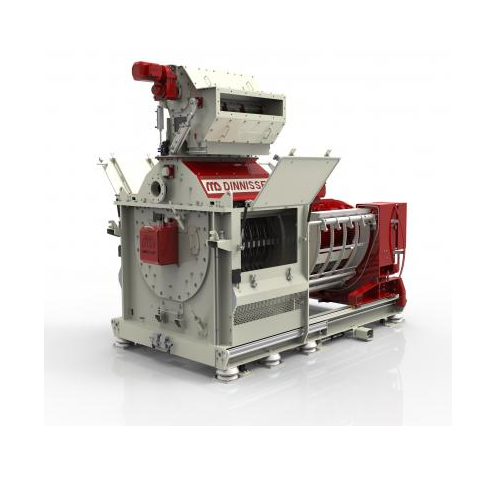
Fast screen exchange grinding solution for medium-hard products
Maximize your milling efficiency with a solution that al...
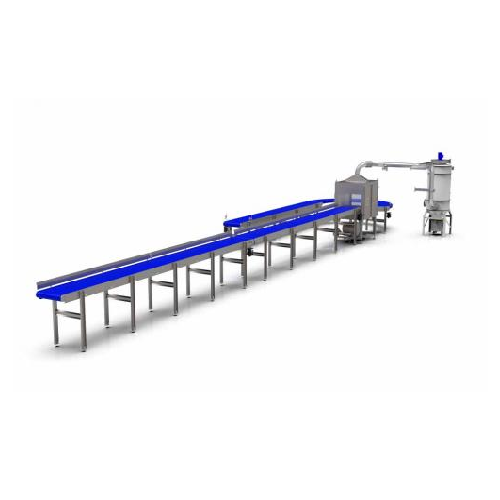
Mechanical horizontal conveyor for powders and granulates
Efficiently handle and transport your delicate powders and gra...
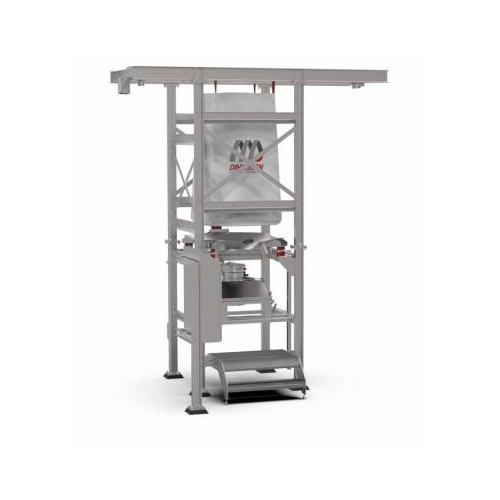
Modular big bag unloading station for various materials
For hassle-free handling of bulk materials, this modular solution...
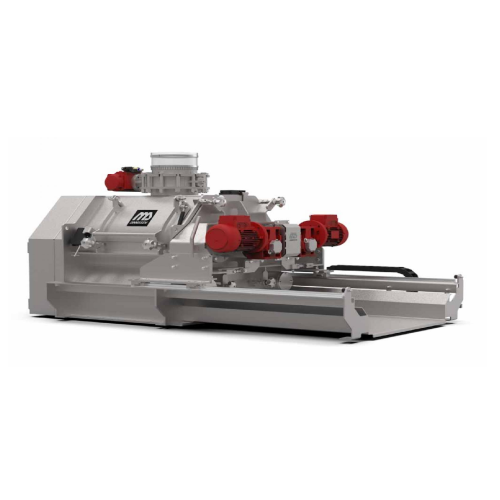
5-in-1 industrial mixer for food and chemical industries
Streamline your production with a multifunctional system that ef...
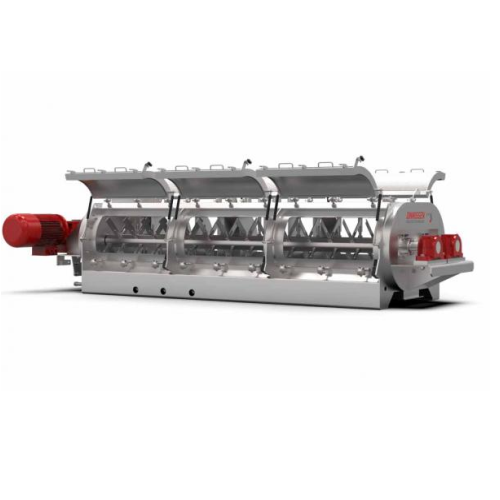
Industrial mixer for moisture conditioning
Ensure precise moisture levels and homogeneous mixtures for complex extrusion p...
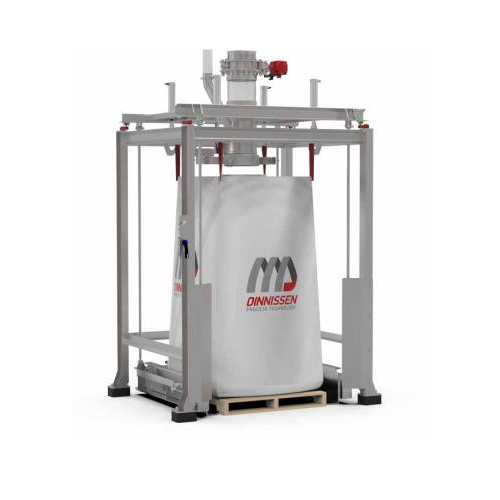
Calibratable big bag filling station for dust-free operations
Ensure precise, dust-free filling of bulk bags with ergono...
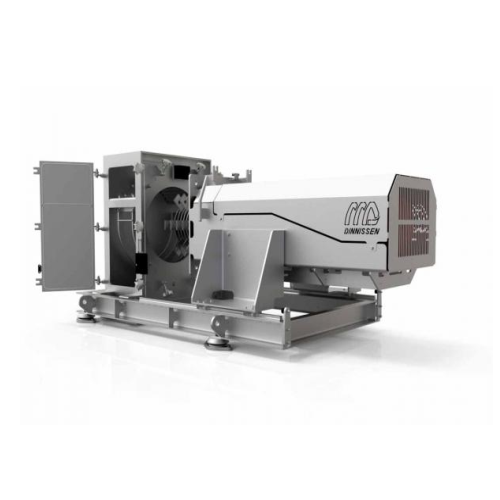
Hygienic industrial grinder for food and pharma applications
Achieve optimal hygiene and efficiency in your grinding pro...
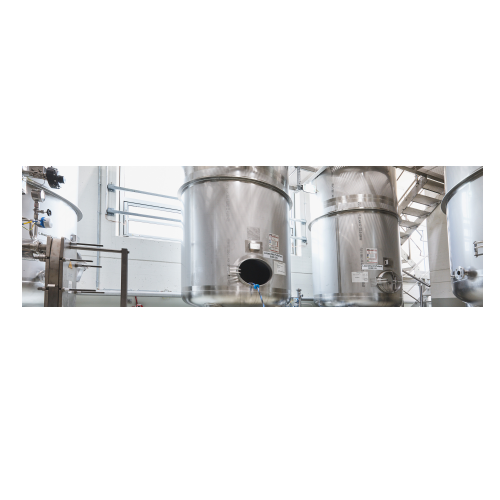
Thermal process plants for liquid treatment
Achieve precision thermal processing with systems designed to optimize the hea...
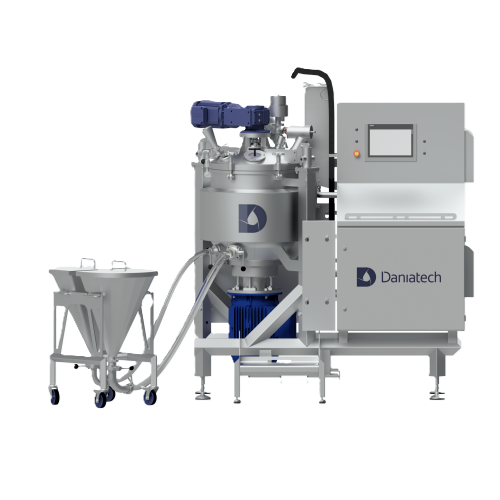
Lab-scale high-shear mixer for recipe development
Optimize your recipe development process with precise mixing, homogeniz...
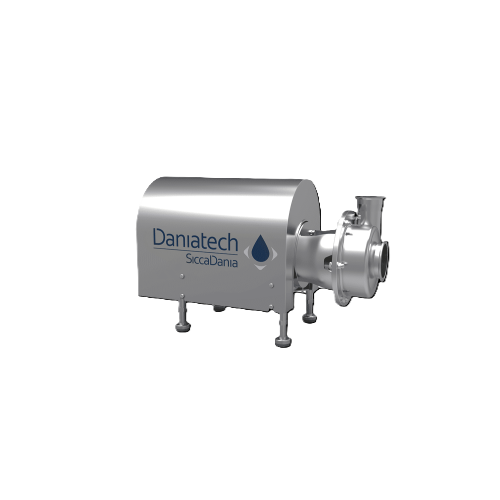
Inline high shear mixing unit for low to medium viscosity products
Achieve precise emulsification and size-reduction wi...
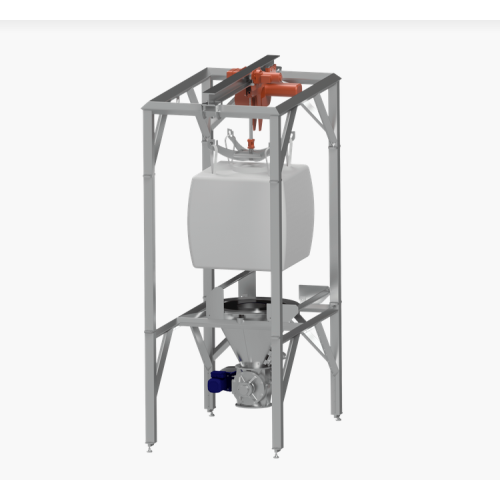
Bigbag discharge system for food, chemical, and pharmaceutical industries
Ensure precise and dust-free handling of bul...
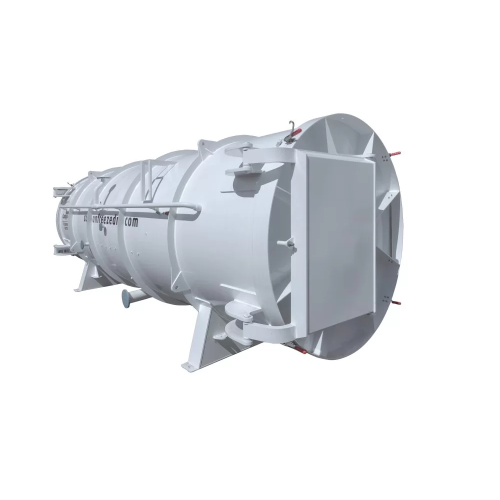
Large-scale industrial freeze dryer
Achieve precise moisture control and preserve product integrity with a large-scale free...
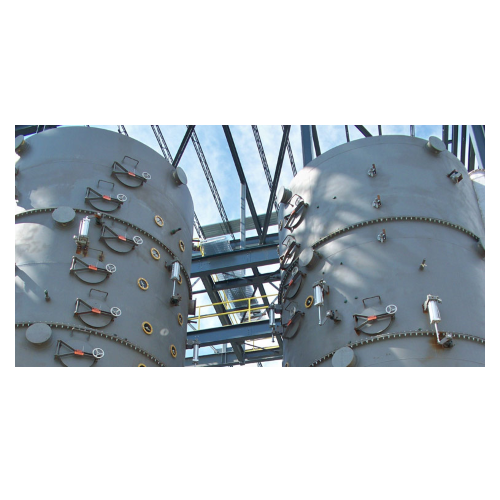
Oilseed cooker/conditioner for optimal seed preparation
Achieve consistent oil extraction and enhanced product quality wi...
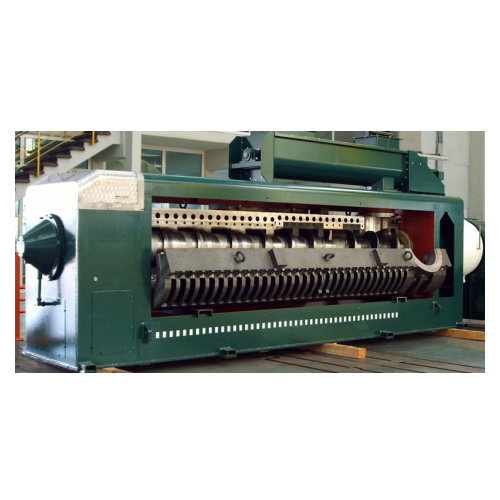
Oil presses for oilseed extraction
Ensure efficient oil and protein extraction with specialized presses, enabling optimal s...
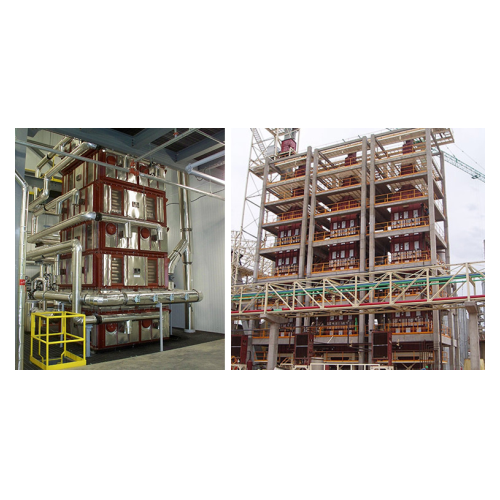
Vertical seed conditioning system for oil extraction
Ensure optimal oil yield and quality from oilseeds by employing a ve...
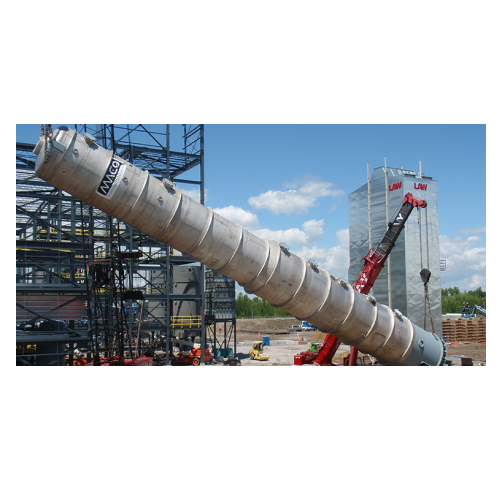
Continuous deodorizing for oils and fats
Achieve optimal purity and flavor in oils and fats with advanced continuous deodor...
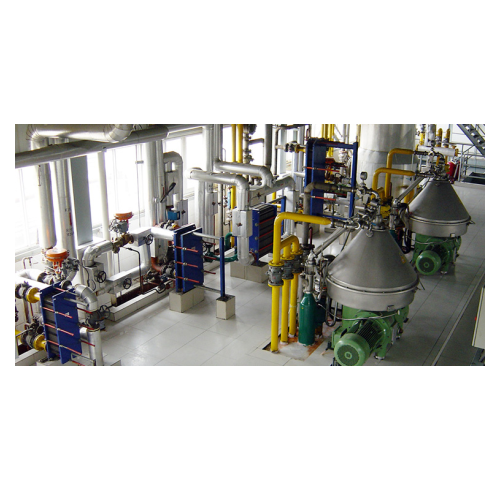
Industrial oil degumming process
Achieve optimal oil purity and maximize yield with this advanced system designed to streaml...
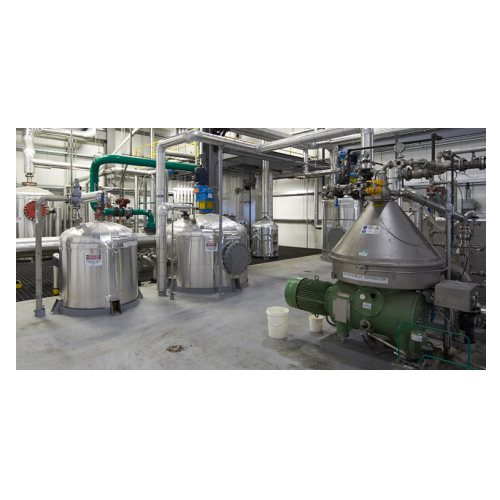
Oil neutralizing technology for chemical refining
Achieve optimal purity and yield in oil processing with precise control...
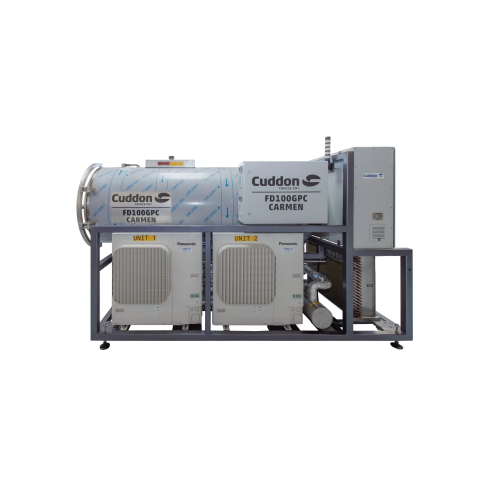
General purpose freeze dryer for small commercial batches
Maximize your production line’s flexibility with this ve...
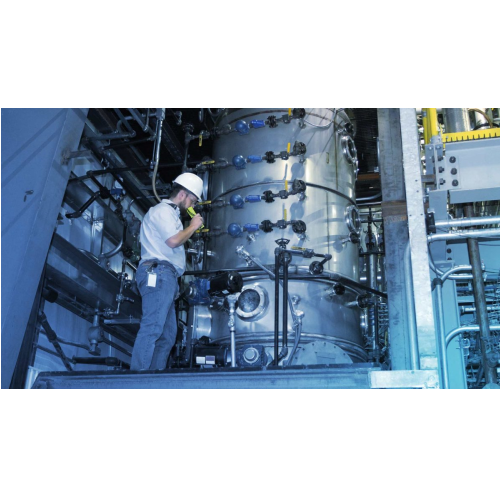
Continuous vacuum dryer for protein products
Achieve precise moisture control and maintain product functionality with low-...

Hemp Cbd oil extraction system
Achieve maximum CBD oil recovery while maintaining product purity with scalable extraction ca...
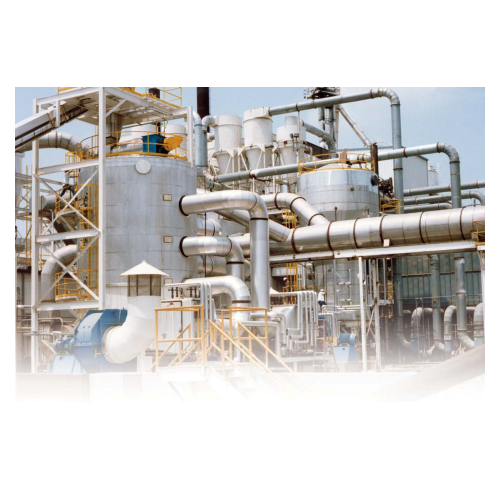
Efficient dryer-cooler for solvent-extracted meals
Optimize moisture control and energy efficiency in your production lin...
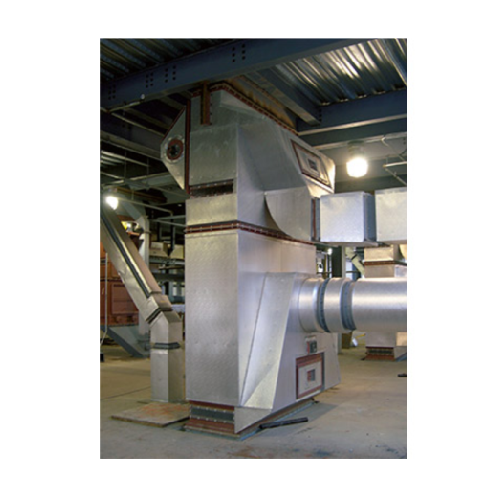
Seed hull removal and condition system
Optimize your seed processing efficiency by effectively removing hulls and foreign m...
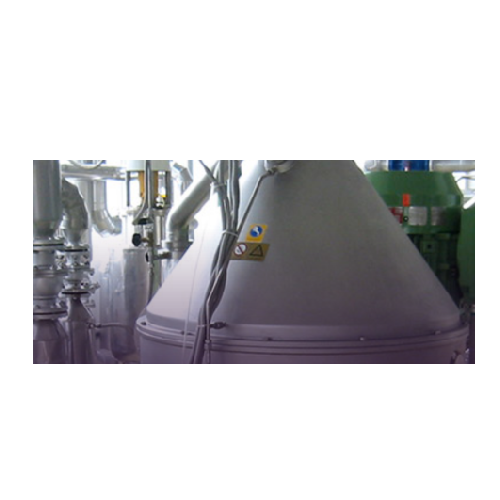
Biodiesel pretreatment system
Optimize your biofuel production by efficiently reducing impurities and unwanted components, e...
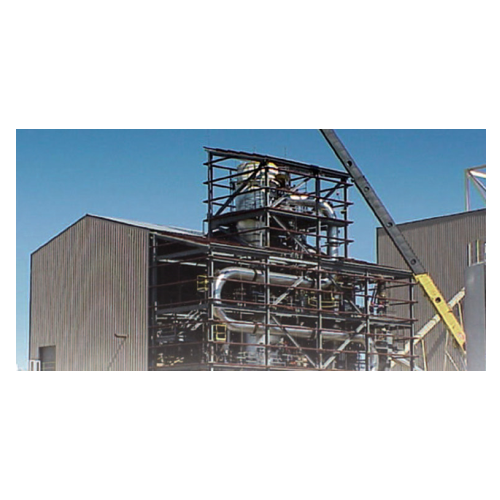
Flash desolventization system for oilseed processing
Achieve rapid desolventization with minimal heat exposure, preservin...
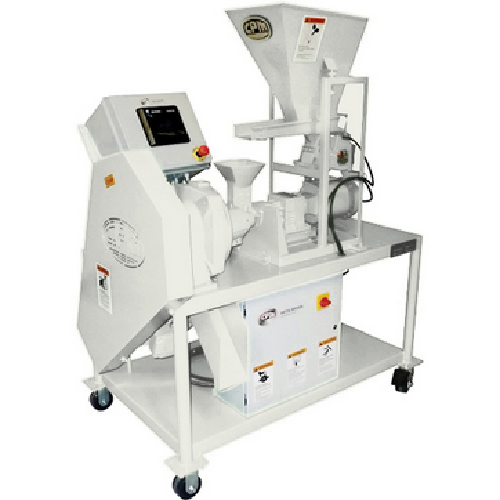
Laboratory pellet press for testing and formulation
Achieve precise pellet formulation and performance testing with versa...
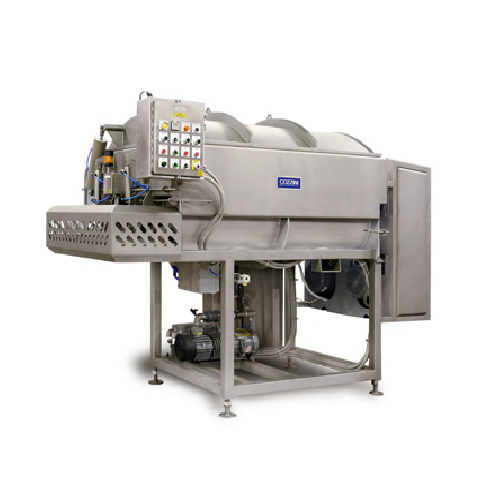
Vacuum mixer/blender for food processing
Achieve precise mixing and blending with air removal for consistent quality across...
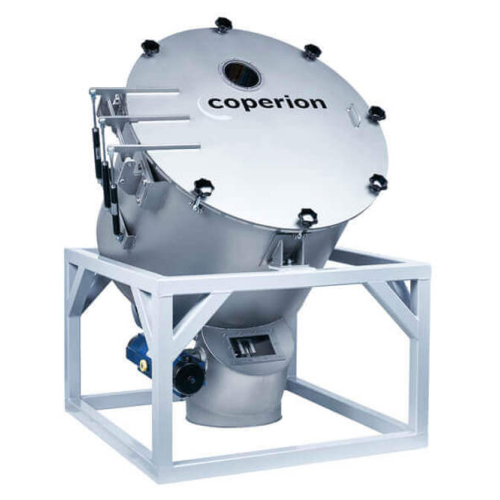
Bulk material mixer for high-speed homogenization
Achieve fast and gentle homogenization of bulk materials with a high-sp...
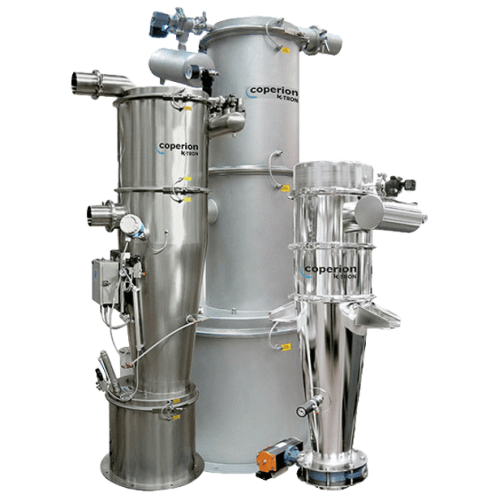
Sanitary bulk solids receiver for food and pharma
Ensure precise control over bulk solid transfer with a system designed ...
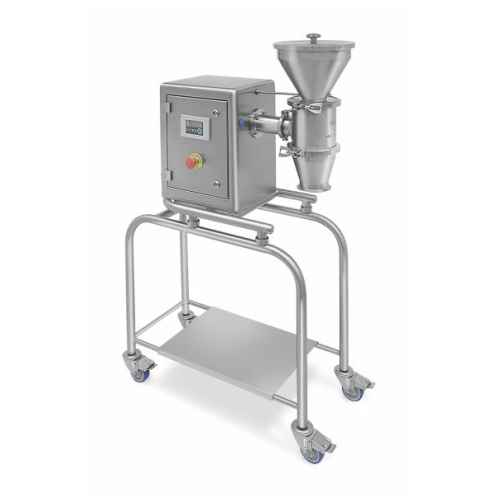
Laboratory cone mill for even grinding
Achieve consistent particle size for laboratory powders with precision calibration a...
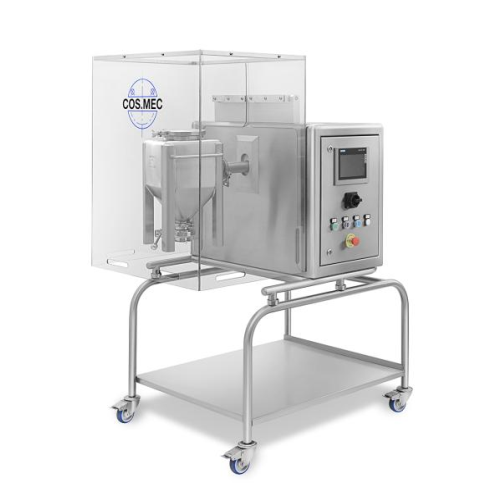
Mini laboratory mixer for tabletops
Optimize your lab’s mixing precision with this compact tabletop bin mixer, design...
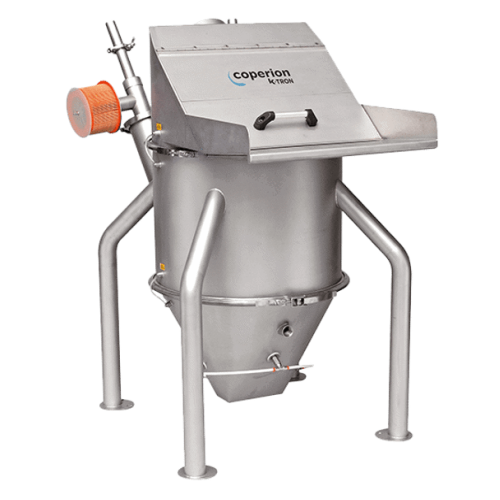
Feed bins for pre-conditioning materials
Optimize your material flow by pre-conditioning bulk solids for efficient vacuum c...
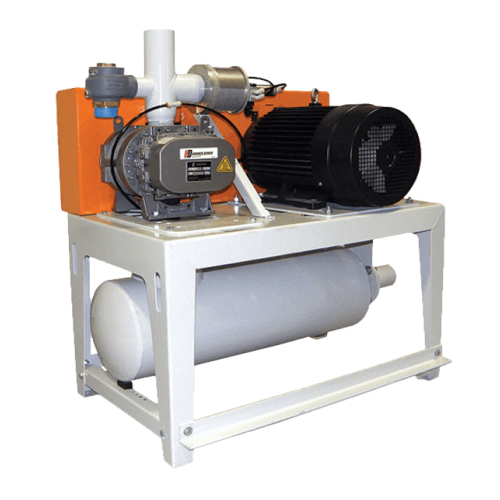
Industrial vacuum blower for continuous pressure conveying
Optimize your production line with reliable vacuum conveying,...
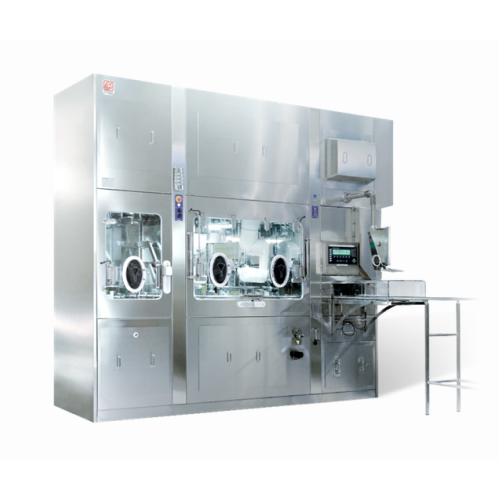
Dry powder filling isolator for cgmp production
Achieve precise powder dosage and secure containment for hazardous materia...
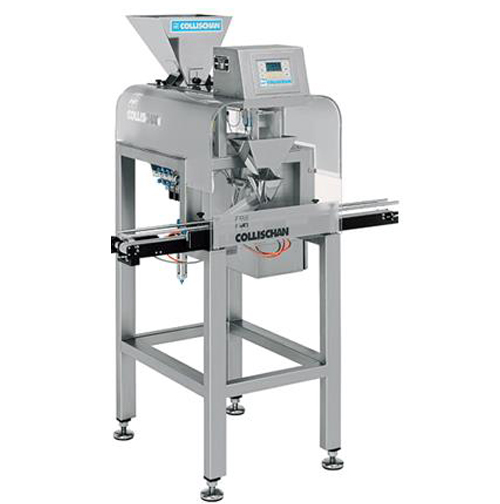
Weight filler for small batches in explosive areas
Efficiently handle and weigh small batch products with precision, even...
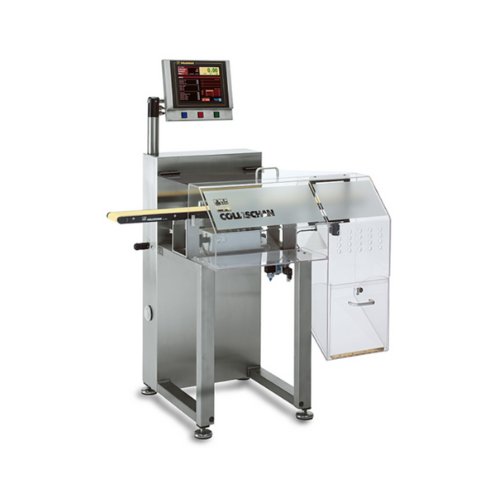
High-performance checkweigher for pharmaceutical tablet cartons
Achieve precision weighing at speeds up to 500 units per...
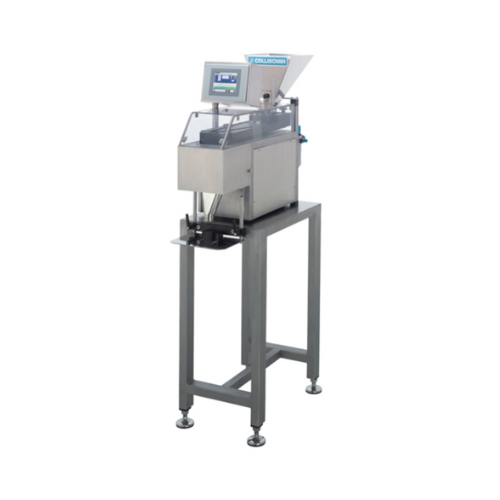
Counting system for tablets and capsules
Effortlessly count a variety of tablets, capsules, and dragées with precision, ens...
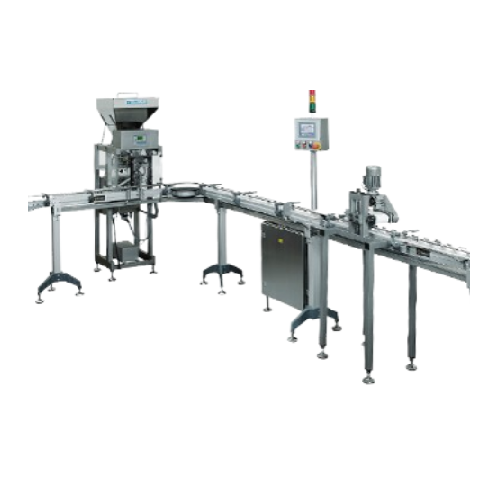
Precision weigh filler for food and pharma industries
Optimize precision in multi-component dosing with seamless integrat...
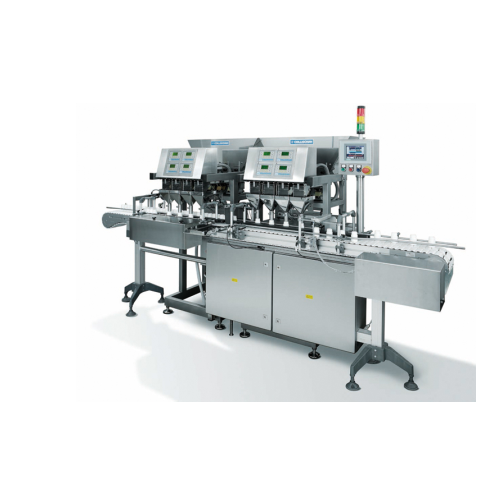
Complete packaging lines for various containers
Streamline your packaging process with versatile equipment capable of hand...
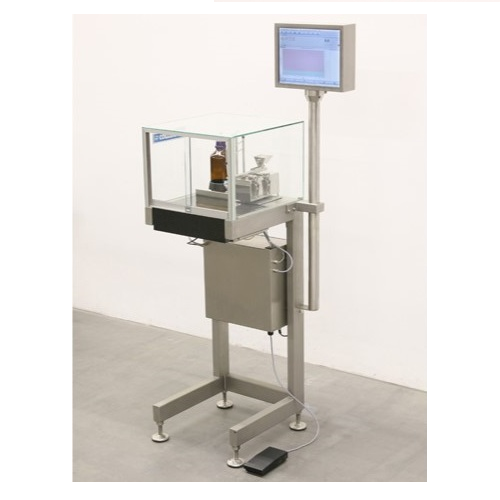
Microdosing system for granules and powder
Achieve precise dosing with minimal variance across all fills, ensuring consist...
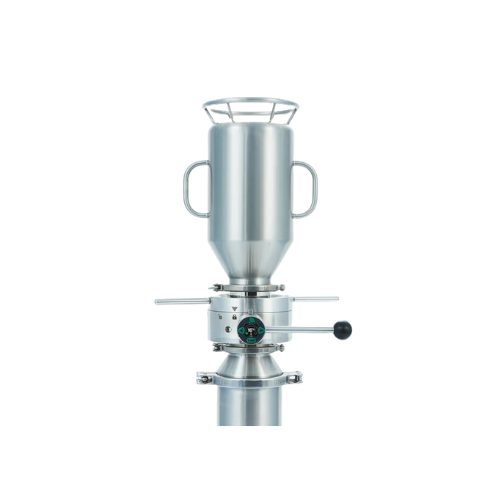
High containment powder transfer valve
Ensure high containment for potent powders in your production line, reducing contami...
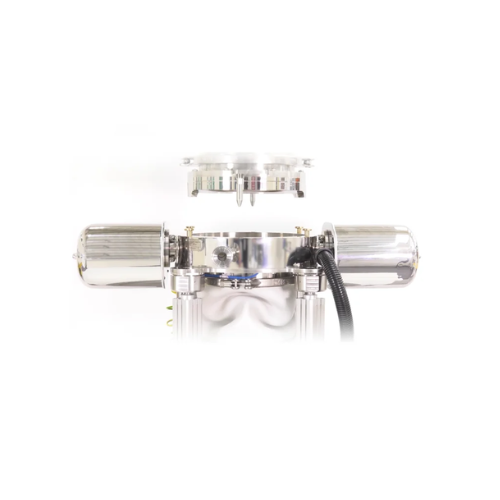
High containment powder transfer valve for bulk material
Ensure operator safety and prevent cross-contamination with robu...
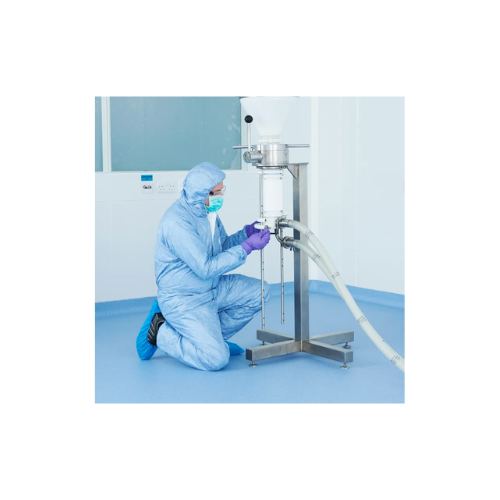
Bottle cleaning station for controlled environments
Ensure high-level decontamination of passive units and containers wit...
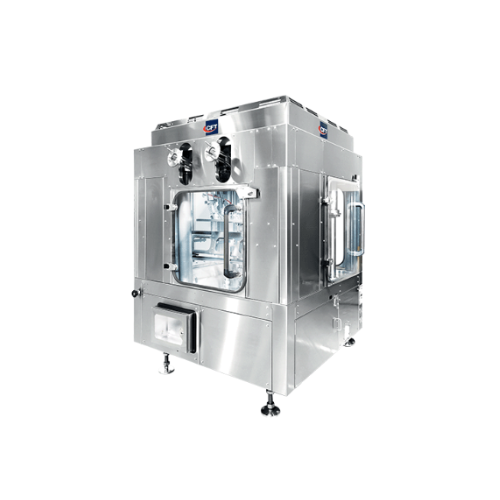
Industrial can seamers for food and beverage packaging
Streamline your canning process with precision seaming solutions d...
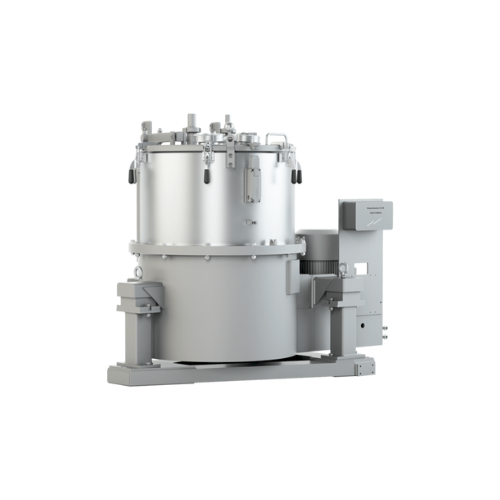
Industrial filter centrifuges for high solids content processing
Optimize processing of high-solid slurries with efficie...
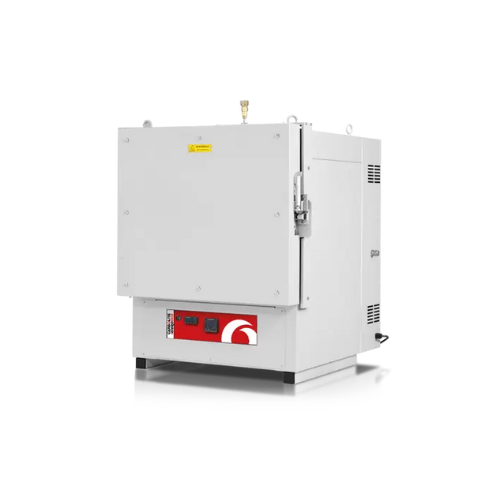
High temperature clean room ovens
Achieve precise environmental control for heating, drying, and sterilizing sensitive mate...
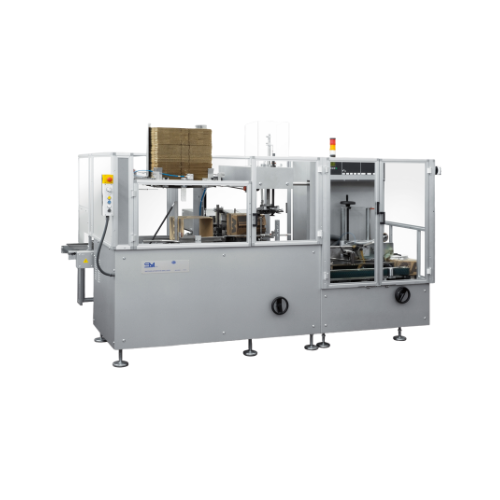
High-speed horizontal case packer for shipping cases
For high-demand production lines, this modular case packer streamlin...
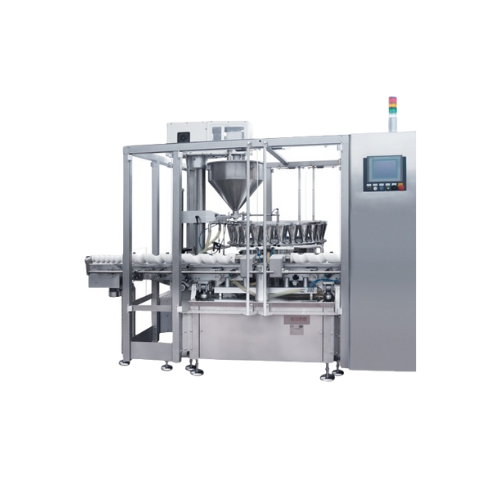
Continuous motion powder dosing system
Ensure precise dosing of pharmaceutical and nutritional powders with this continuous...
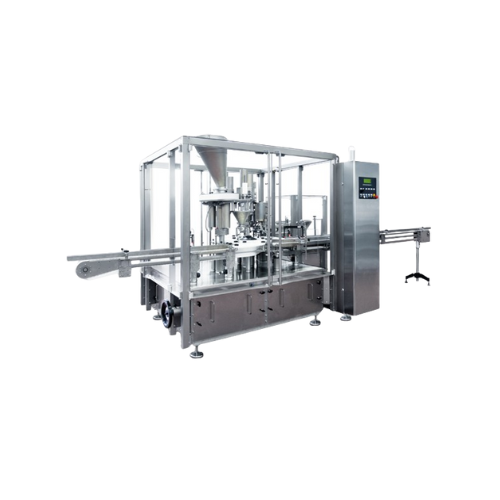
Intermittent motion powder dosing and capping system
Ensure precise powder dosing and secure capping in one seamless step...
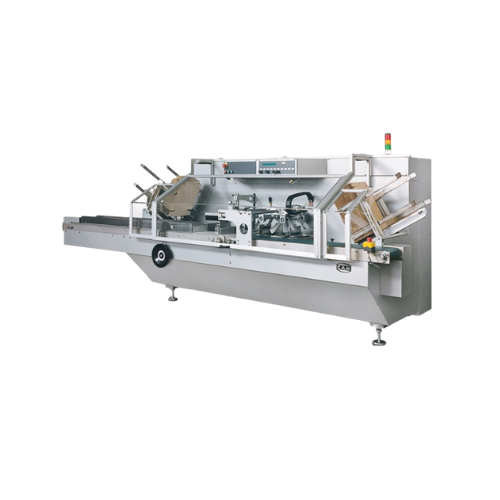
Tray and lid forming solution for food packaging
For manufacturers needing precision packaging, this machine seamlessly fo...
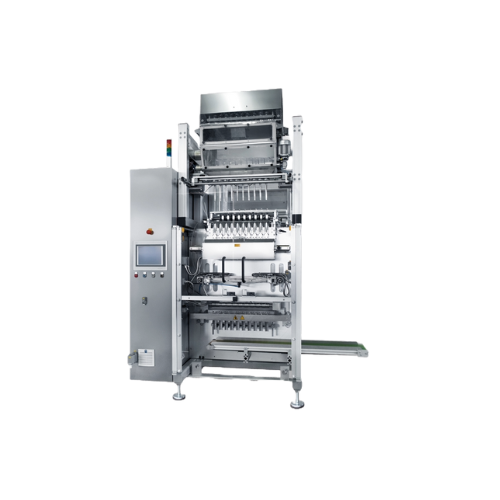
High speed stick packaging solution
Optimize your packaging line with this high-speed vertical solution, designed to effici...
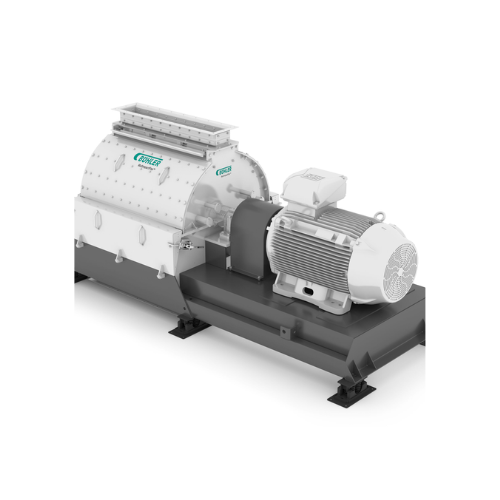
Hammer mill for fine grinding in food and feed industries
Achieve exceptionally fine particle-size distribution with a h...
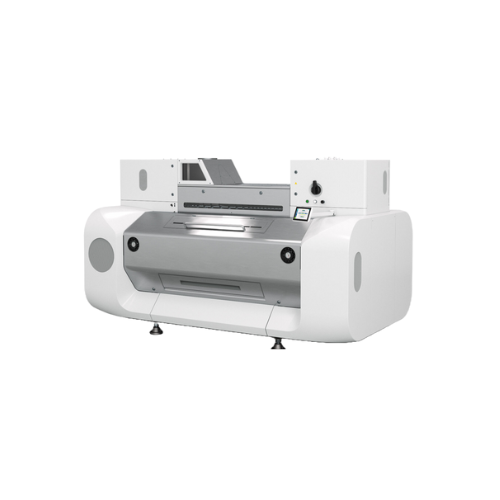
Integrated grinding system for wheat and grain
Optimize your grinding process with a system that delivers consistent parti...
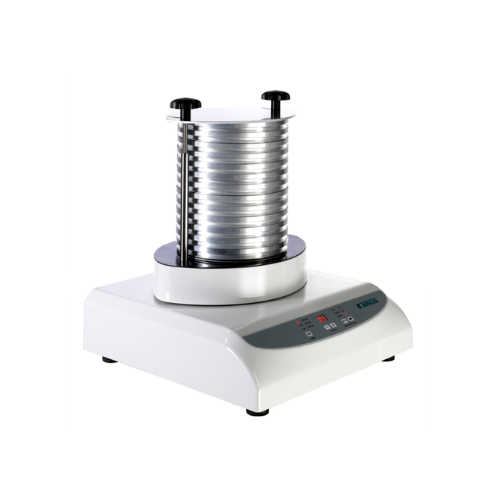
Laboratory plansifter for grain milling and brewing
Achieve precise particle-size distribution and quality control across...
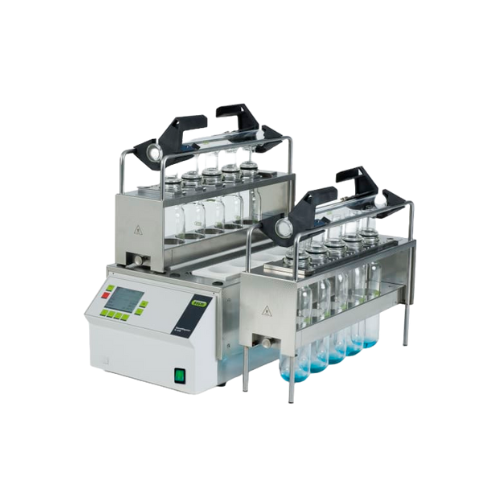
Infrared speeddigester for nitrogen determination and chemical oxygen demand
Effortlessly enhance your laboratory thro...
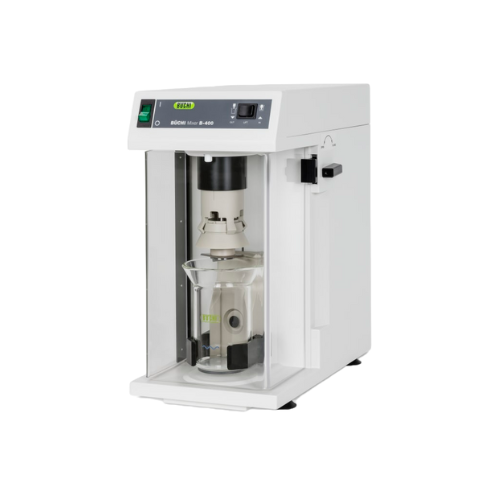
Homogenizer for food and feed analysis
Achieve precise homogenization and particle size distribution with this high-speed b...
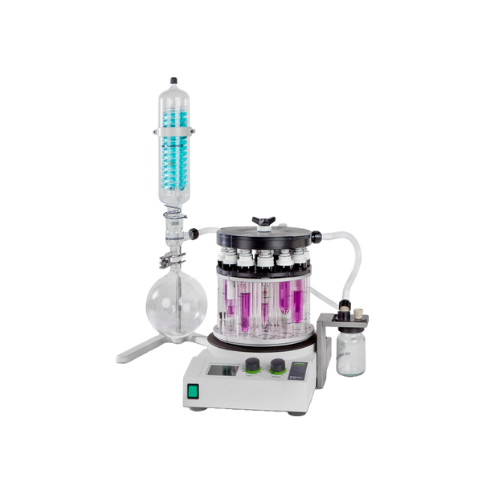
Parallel sample evaporator
Process multiple samples efficiently with precise control, ensuring quick evaporation and consist...
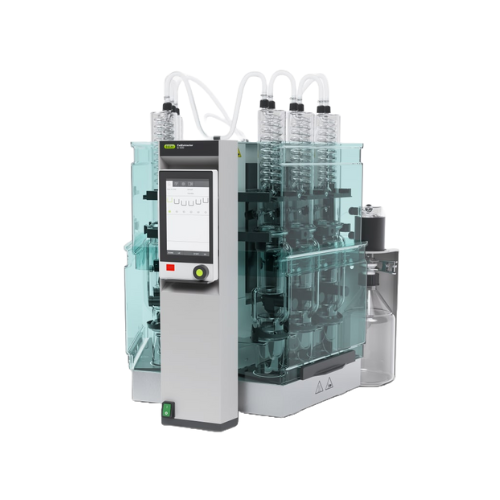
Industrial fat extraction system for food and feed analysis
Optimize your laboratory workflow with a versatile fat extra...
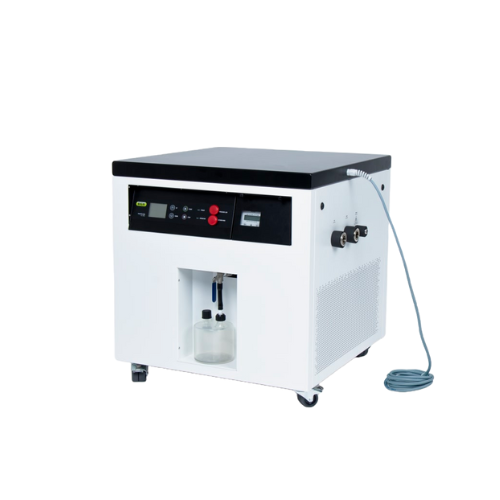
Inert loop for safe organic solvent spray drying
Ensure safe handling and efficient recovery of organic solvents in spray ...
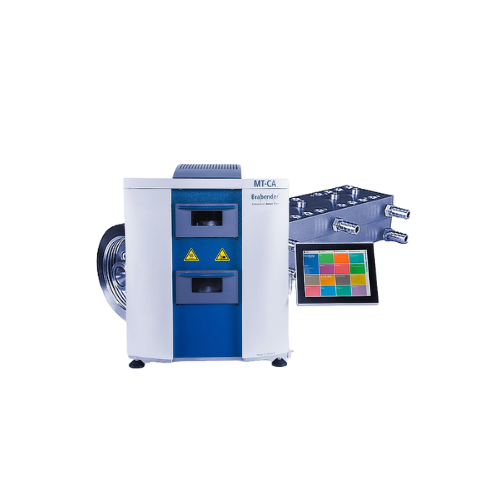
Moisture analyzer for flour and tobacco
Optimize your moisture measurement process with precision and speed, ensuring quali...
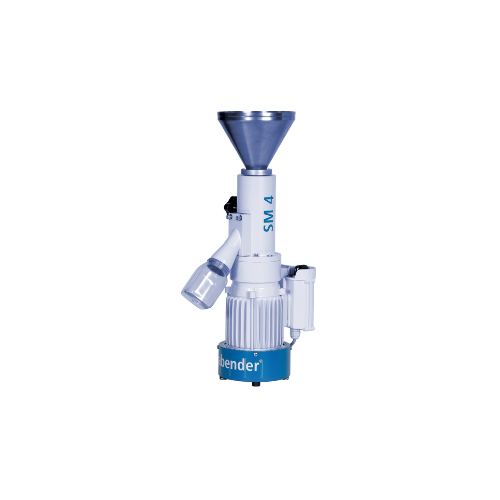
Industrial sample preparation mill
Ensure precise moisture, protein, and fat content analysis with this reliable milling so...
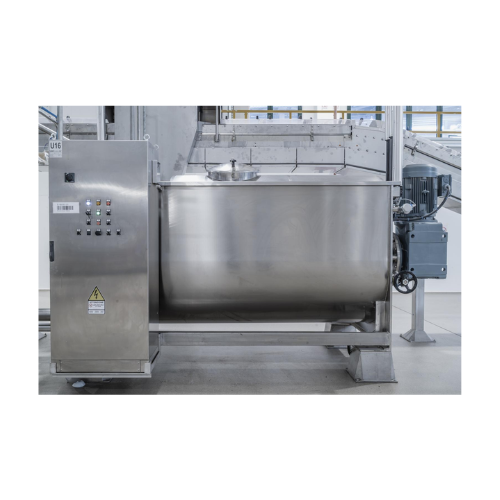
Horizontal mixer for creams
Achieve optimal and uniform mixing of creams, pasty products, and powders with advanced horizont...
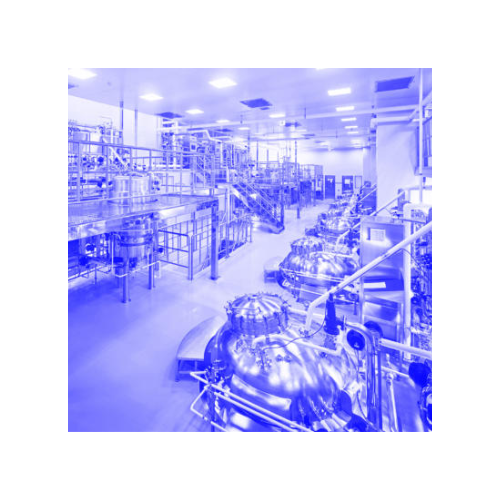
Bioreactors for cell culture processes
Efficiently cultivate sensitive cell lines with customizable bioreactors designed to...
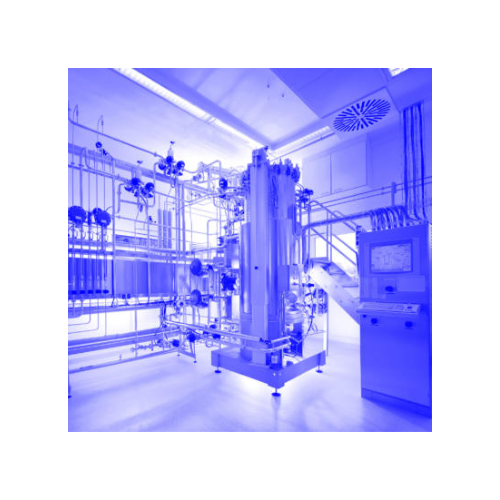
Lab-scale fermentors for microbial cultivation
Optimize microbial cultivation with lab-scale fermentors designed for preci...
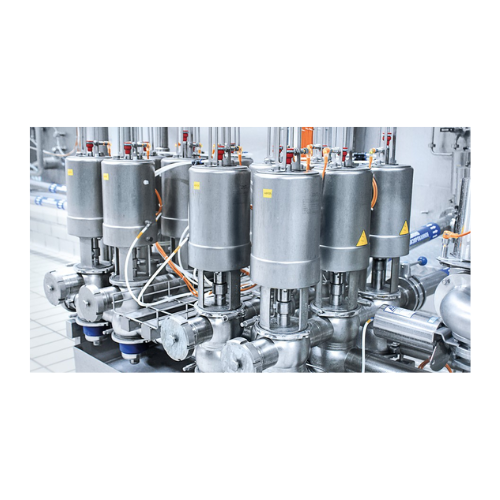
Cheese vat for diverse cheese production
Optimize your cheese production with a versatile cheese vat designed for precision...
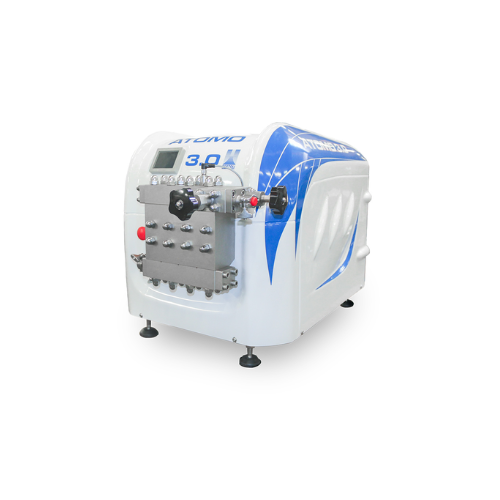
Laboratory homogenizer for dairy and biotech applications
Ensure precise particle size reduction and consistent texture ...
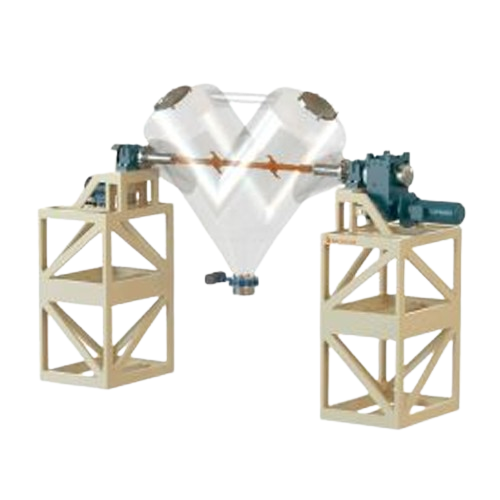
V shape mixer for solids and powders
Ideal for preserving the delicate structures of fragile materials, this mixer ensures ...
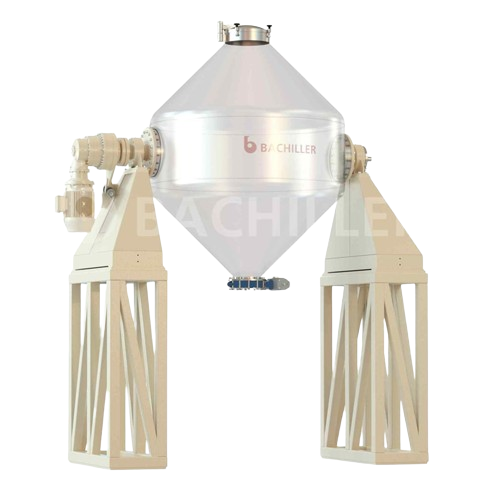
Double cone mixer for powders and solids
Ensure gentle mixing of fragile powders and solids with a low-speed, non-forced bl...
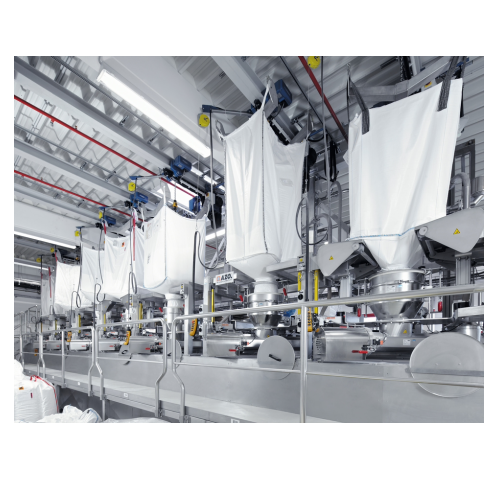
Big bag discharge station for bulk material handling
Ensure low-dust and efficient discharge of bulk materials with a sys...
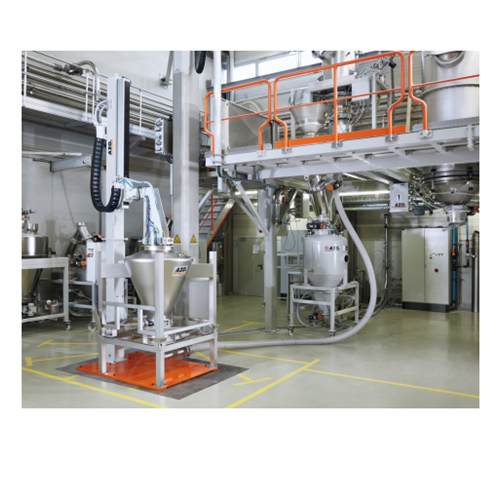
Dry cleaning container & hopper station
Effectively manage cleaning of rotation-symmetrical containers with minimal downtim...
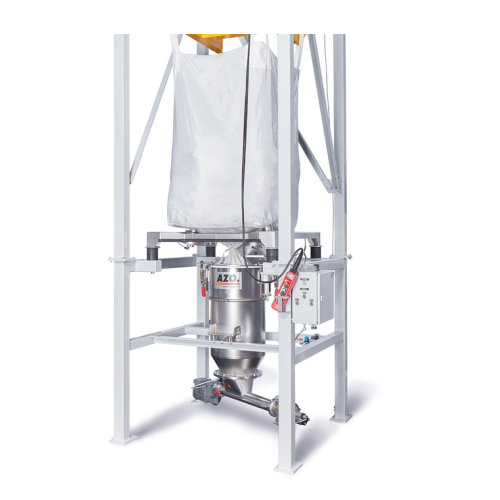
Modular big bag discharge station for bulk material handling
Streamline your bulk material handling with a customizable ...
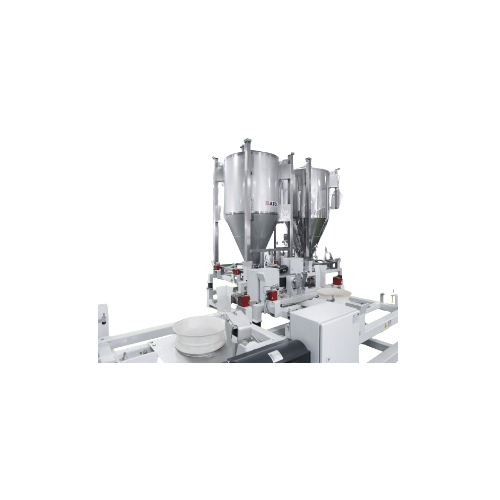
Dust-free docking collar for containers and bins
Achieve seamless, dust-free connections between containers and processing...
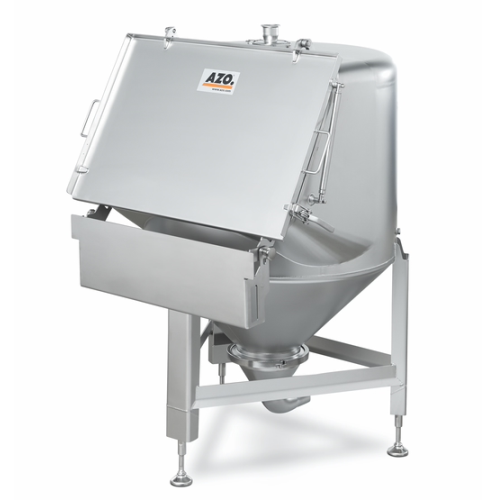
Precise weighing solutions for small batch production
Streamline handling of diverse ingredient blends with precise dosin...
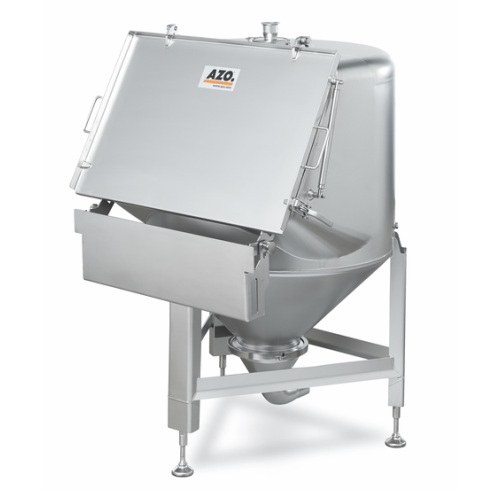
Hygienic feeding hopper for bulk solids
Ensure optimal hygiene in your powder and granular processing with a feeder that fa...

Dust-tight docking for dosing units to bulk solids containers
Ensure seamless, dust-free transfer and dosing of bulk sol...
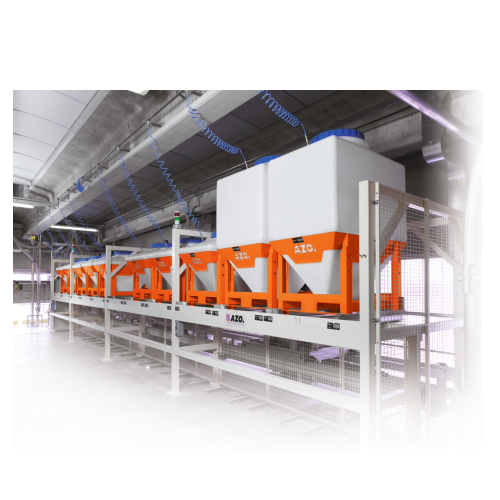
Cost-effective dosing container for minor ingredients automation
Optimize your production by streamlining ingredient han...
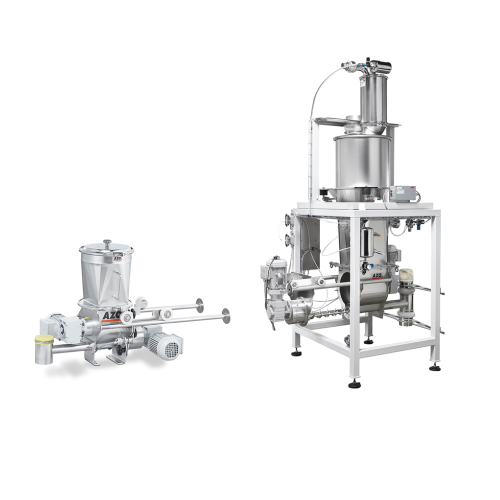
Accurate dosing for powder products
Ensure precise dosing and consistent flow of bulk powders in your production line to en...
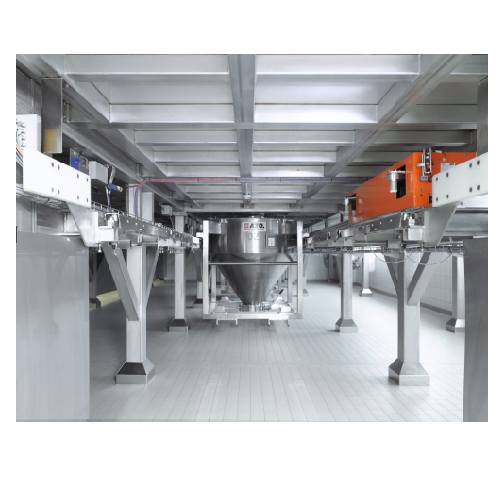
Batch automation system for fast and precise weighing
Achieve unmatched precision and speed in batch processing with this...
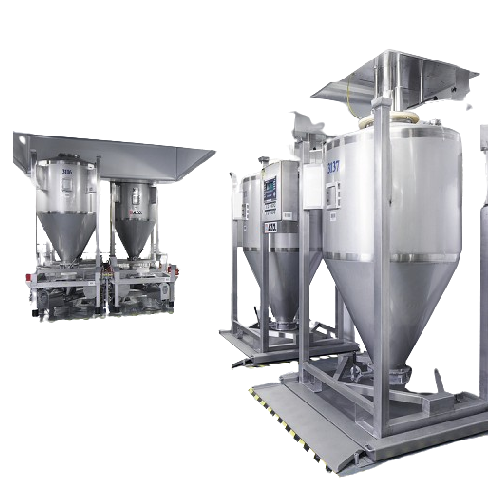
Automated bulk material handling system
Ensure precise batch tracking and efficient handling of challenging bulk materials ...
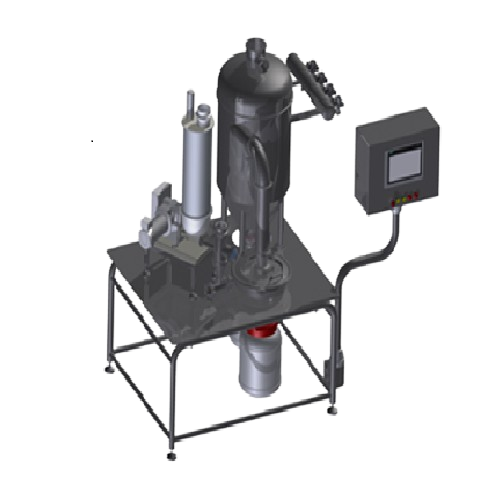
Jet mill for micronizing pharmaceutical powders
Achieve precise particle size reduction with a jet mill that leverages hig...
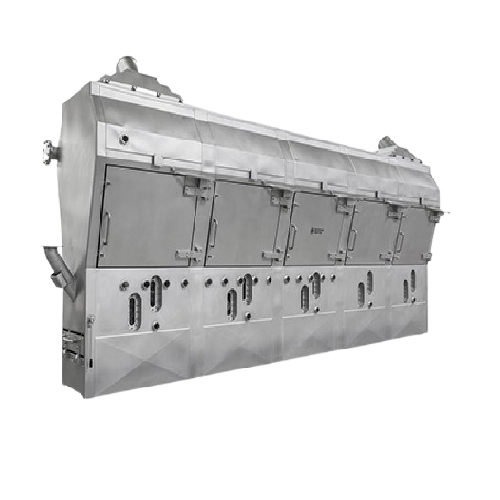
Continuous wet granulation equipment
Optimize your production line with continuous wet granulation, seamlessly transforming...

Hybrid bioprocess system for cell culture and purification
Streamline your bioprocessing operations with a versatile sol...
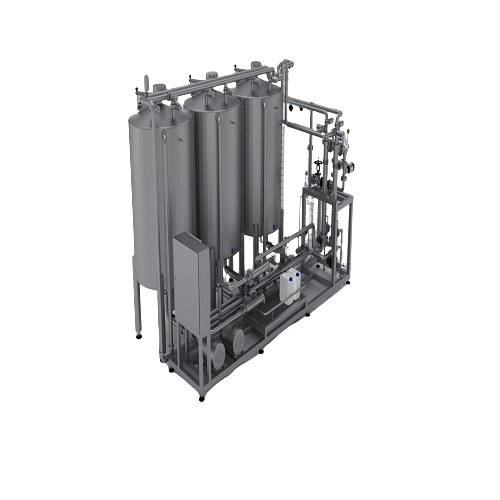
Cip cleaning system for industrial processing lines
Ensure thorough removal of residue and contaminants from your product...
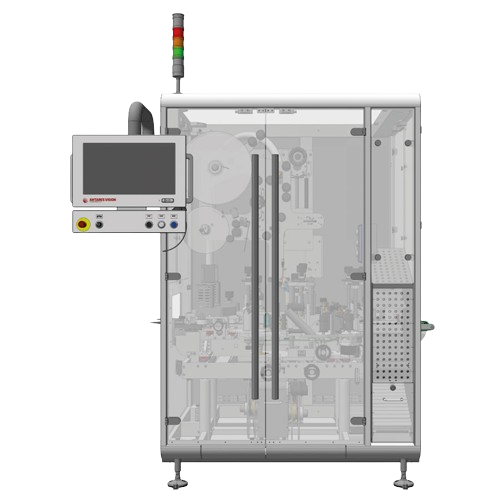
Standalone print & check system for cartons
Ensure data integrity and compliance in packaging operations with a versatile ...
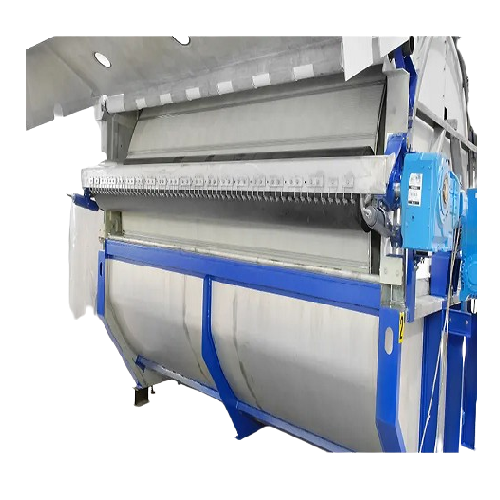
Vacuum drum filter for solid/liquid separation
Optimize your solid/liquid separation process with a versatile vacuum drum ...
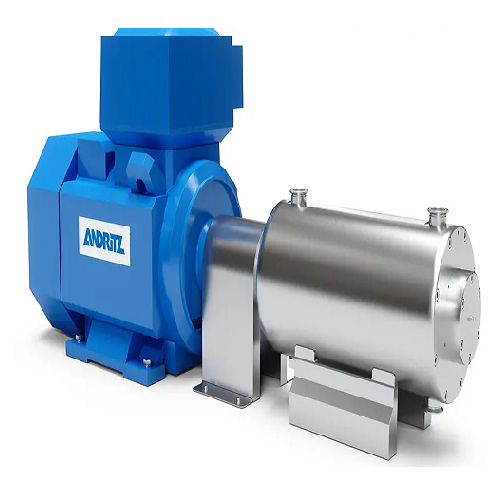
Solid/liquid extractor for high-yield functional nutrient extraction
Maximize extraction efficiency and elevate product...
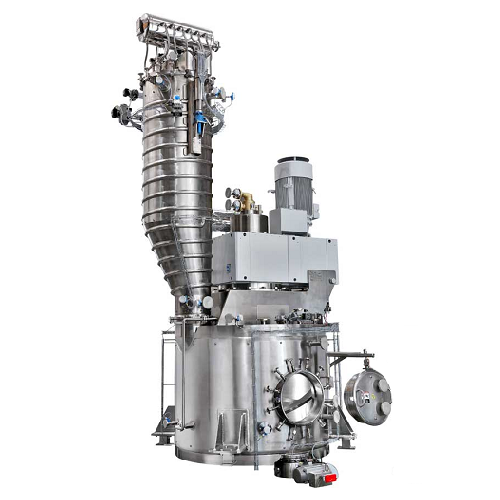
Vertical vacuum dryer and mixing reactor
Achieve precise control over drying and mixing processes with a versatile unit des...
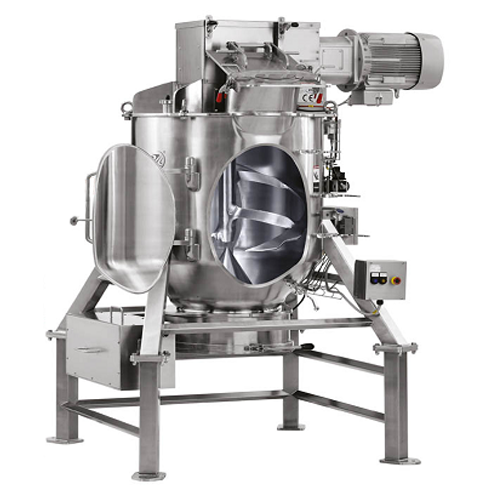
Precision powder mixer for baby formula
Achieve consistent texture and rapid homogenization for sensitive powder blends lik...
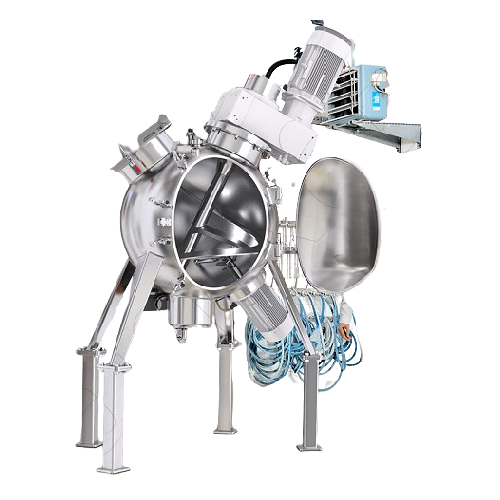
Spherical mixer for industrial mixing applications
Experience precise and efficient mixing with this hollow spherical mix...
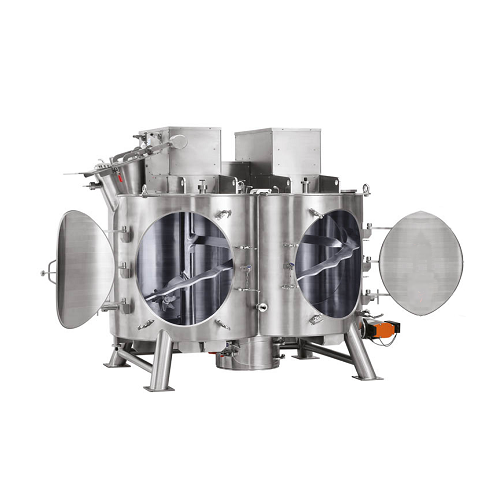
Vertical twin-shaft mixer for dry, moist, and viscous materials
Achieve consistent mixing and blending of diverse materi...
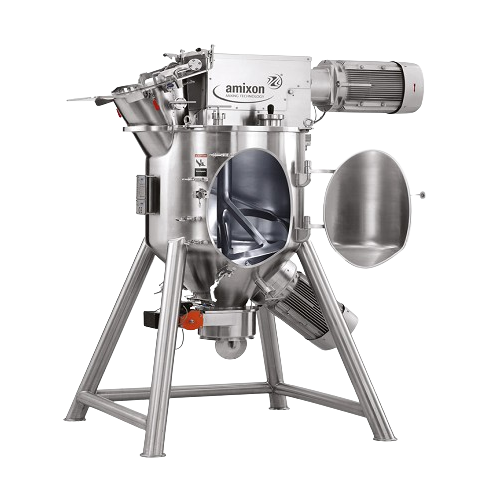
Conical mixer for dry, moist, and viscous materials
Achieve optimal mixing consistency and precision for diverse material...
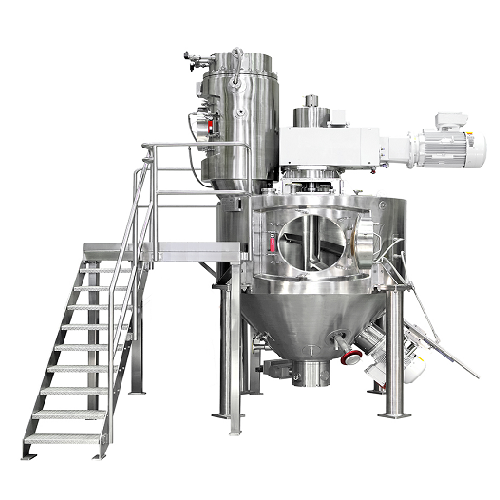
Conical vacuum dryer for viscous materials
Achieve precise drying and mixing of moist and viscous materials, ensuring cons...
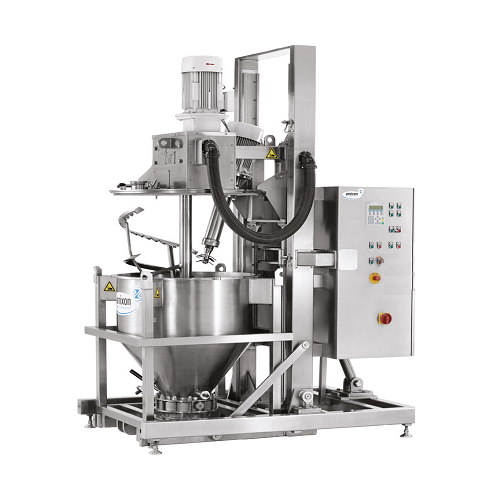
Container mixer for dry and moist materials
Achieve exceptional mixing quality with variable filling levels, ensuring cons...
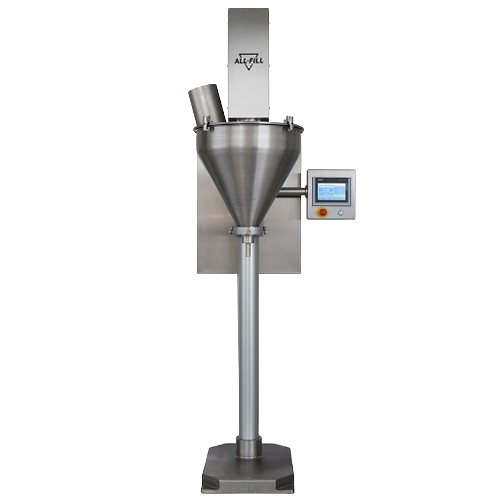
Volumetric filler for bags and rigid containers
Optimize precision filling of powders and granules with a versatile soluti...
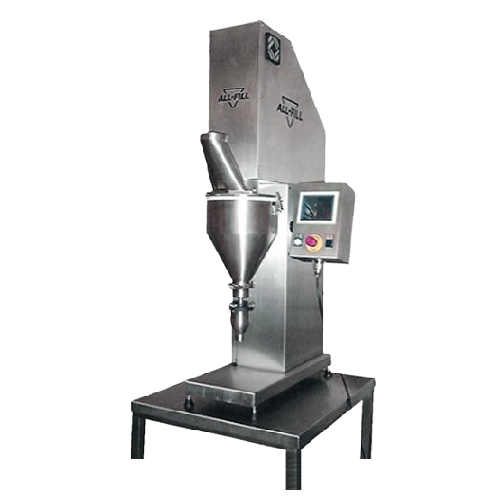
Miniature auger filler for precise powder filling
Achieve precision filling with a compact, bench-top auger solution desi...
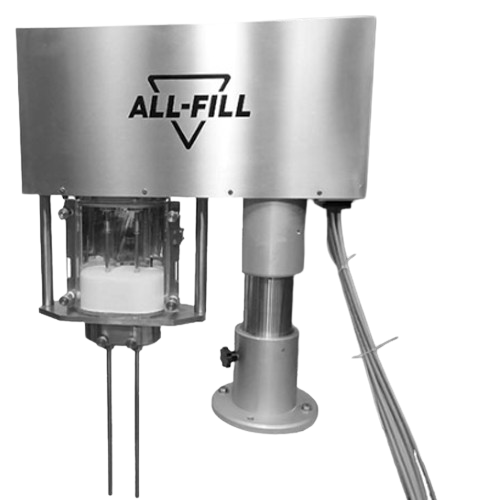
Multi-fill powder filling system
Achieve precise and consistent filling for your powdered and granulated products with a mod...
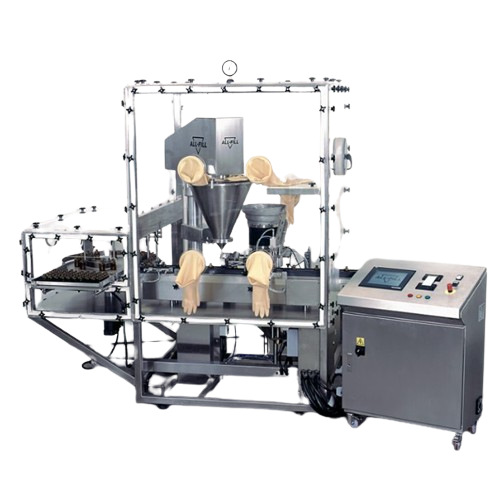
Special purpose auger filling systems for diverse industries
For manufacturers handling precise dosing, our advanced aug...
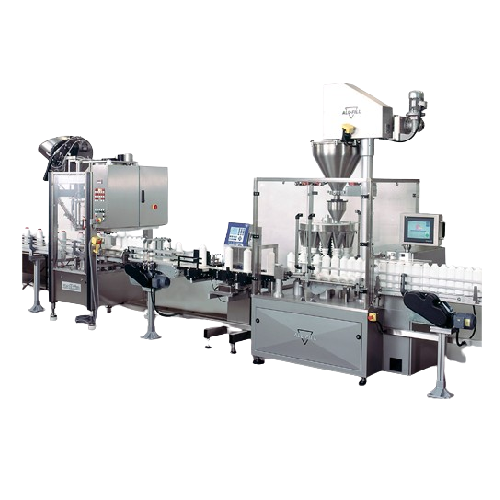
Turnkey filling lines for packaging solutions
Optimize your production line with our turnkey filling solutions, designed t...
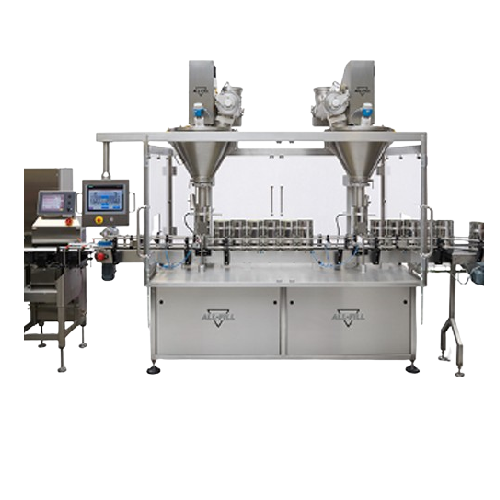
In-line filling system for various container sizes
Streamline your production with versatile in-line filling solutions th...
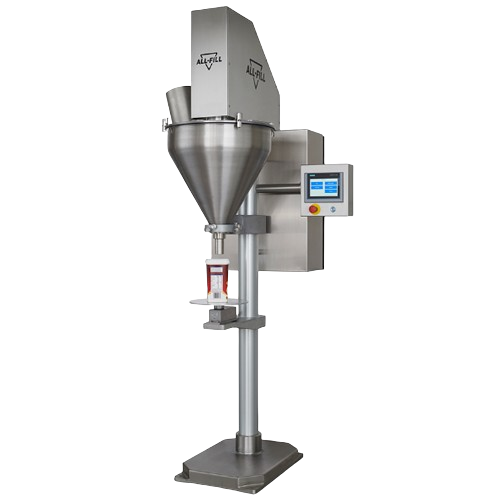
Gravimetric filling solution for inconsistent density products
Achieve precise weight accuracy in your filling processes...
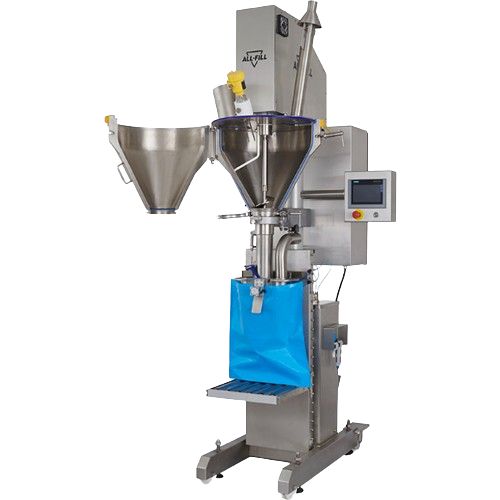
Industrial auger sack filler for large bags
Designed to efficiently fill large bags and sacks, this advanced filling machi...
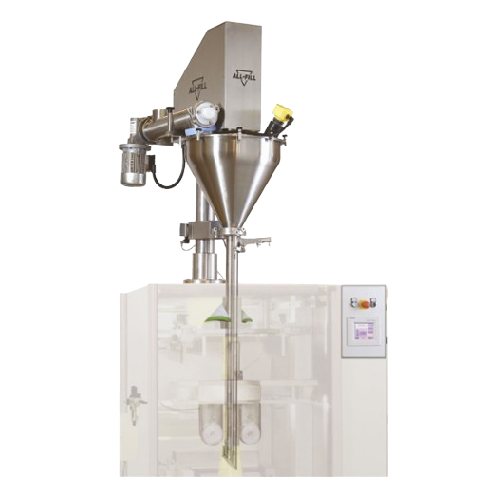
Vertical form fill seal filling system for auger applications
Effortlessly integrate precise powder and granule filling ...
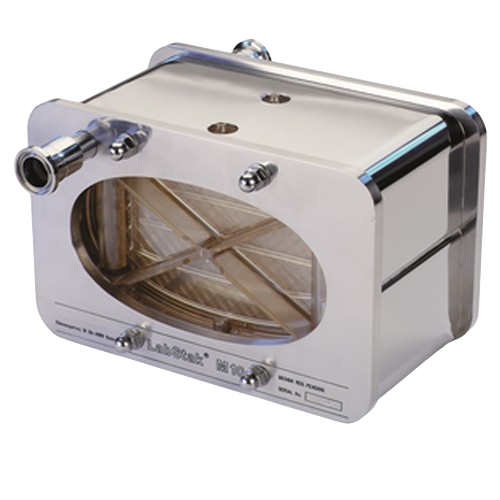
Cross-flow membrane filtration for lab use
Optimize laboratory filtration processes with compact, dual-membrane testing to...
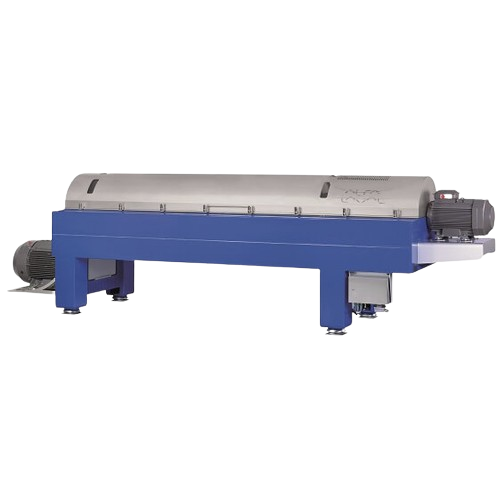
Decanter centrifuge for protein extraction
Efficiently enhance your recovery of valuable proteins and fats with customizab...
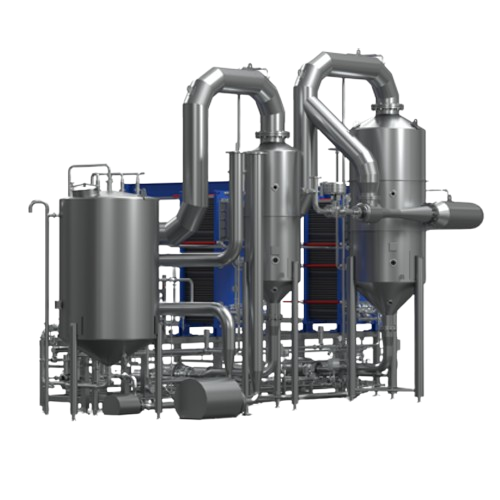
Rising film evaporator for concentration of viscous liquids
Effortlessly concentrate low-to-medium fouling and highly vi...
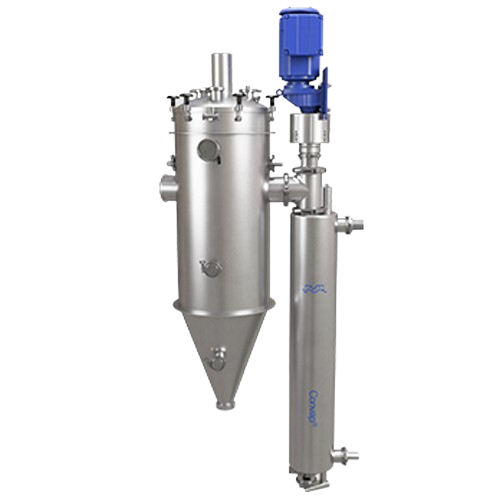
Scraped surface evaporator for high-viscosity materials
Efficiently concentrate high-viscosity and hard-to-handle materia...
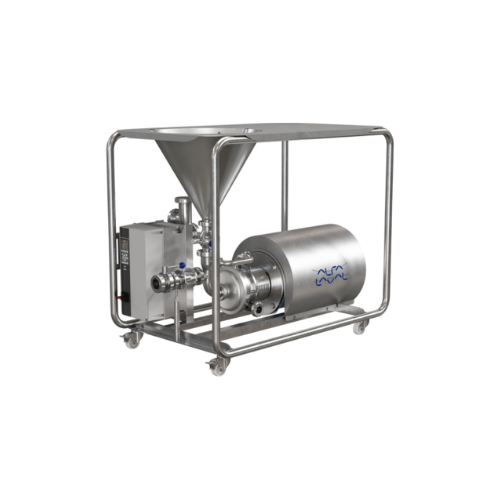
Hybrid powder mixer for powder-liquid blending
Achieve consistent powder-liquid blends with reduced processing times and e...
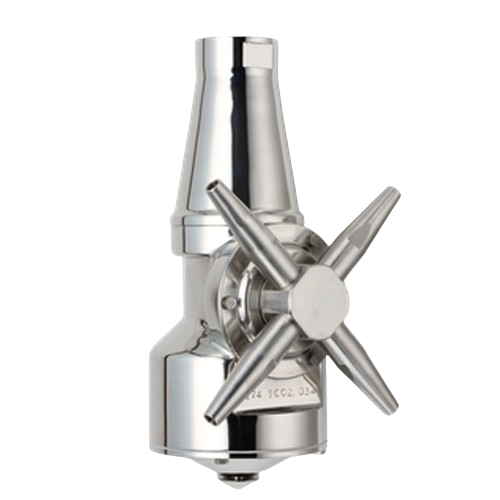
Rotary jet mixer for efficient liquid, gas, and powder mixing
Achieve seamless integration and efficiency in liquid, gas...
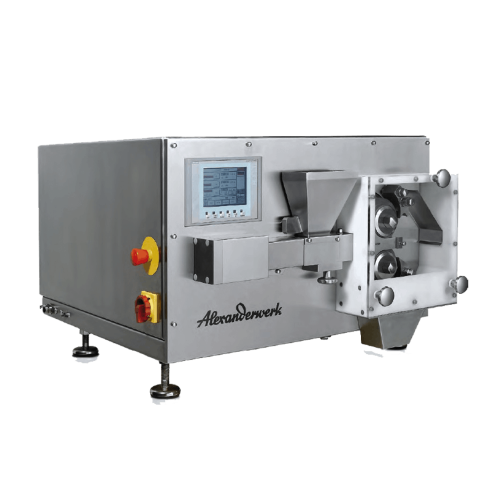
Pharmaceutical roller compactor for dry granulation
When precision and uniformity in tablet production are crucial, optim...
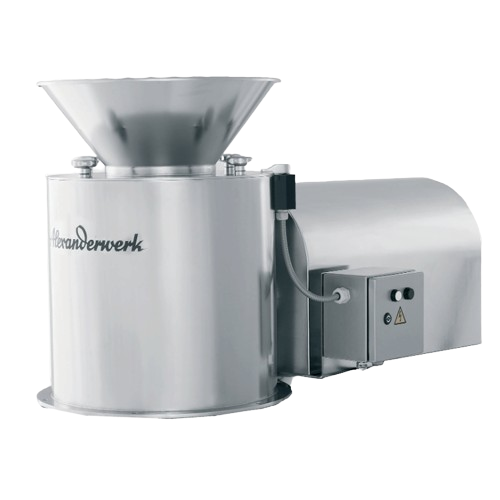
Industrial grater and shredder for pharmaceutical and chemical applications
Optimize your production line with a versa...
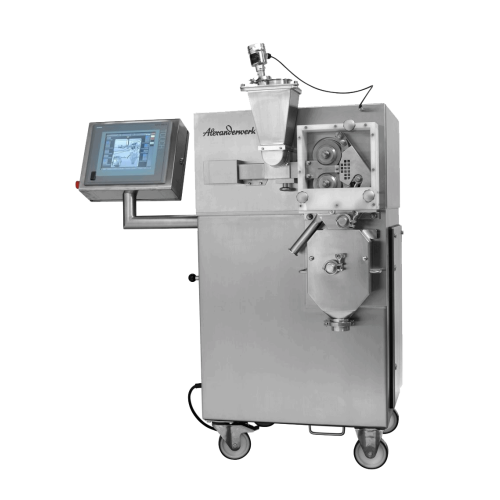
Pharmaceutical roller compactor
Achieve consistent granulate quality with optimized compacting processes, ideal for transfor...
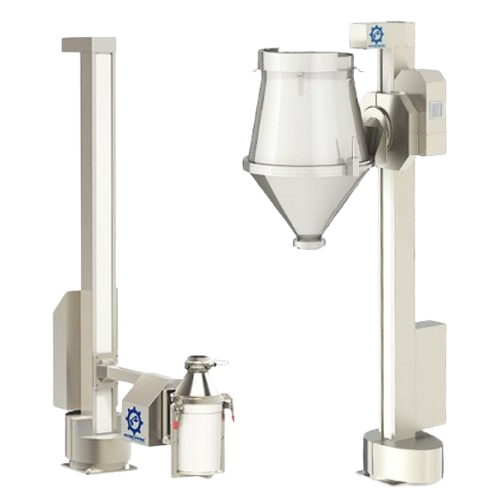
Lifting column for drums and bins
Optimize your powder handling operations with a versatile lifting solution designed for p...
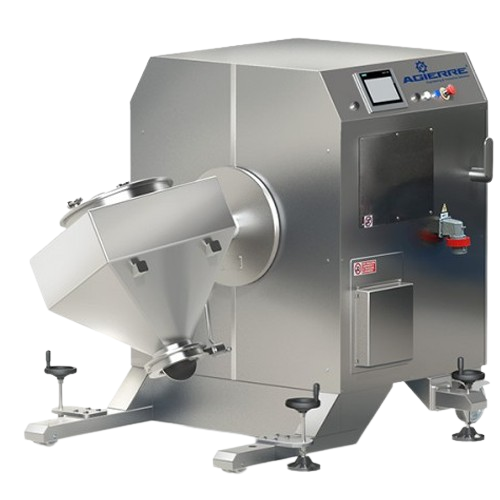
Mobile bin blender for mixing and homogenizing dry powders
Ensure thorough powder uniformity and eliminate cross-contami...
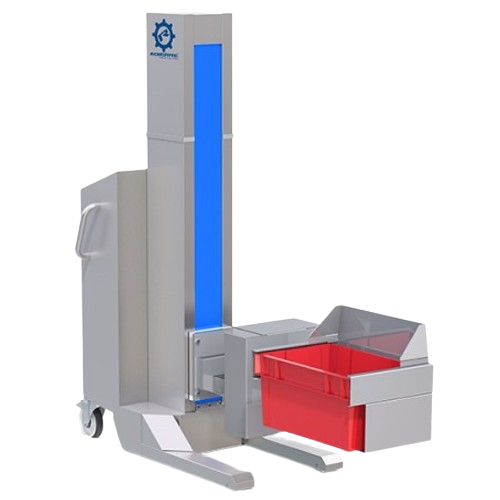
Lifting column for plastic boxes in pharmaceutical processing
Optimize your tablet and powder processing by seamlessly l...
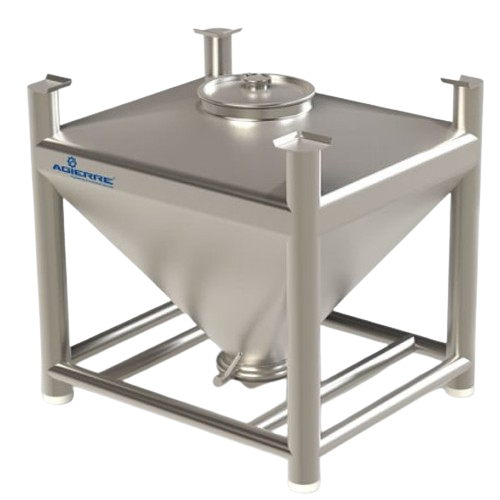
Stainless steel pharma bin for powder containment
Ensure precise powder handling and containment with this stainless stee...
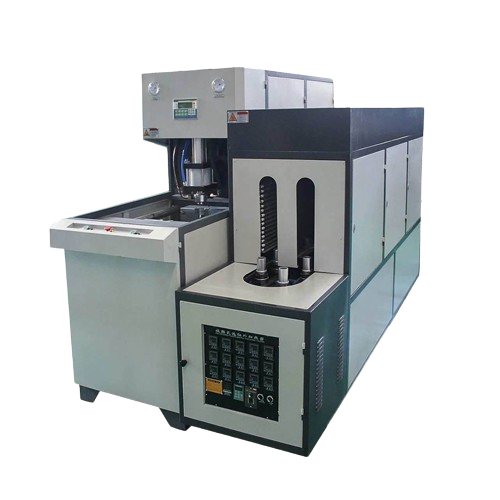
Powder dosing and weighing system
Optimize precision in pharmaceutical processing with a system designed to ensure accurate...
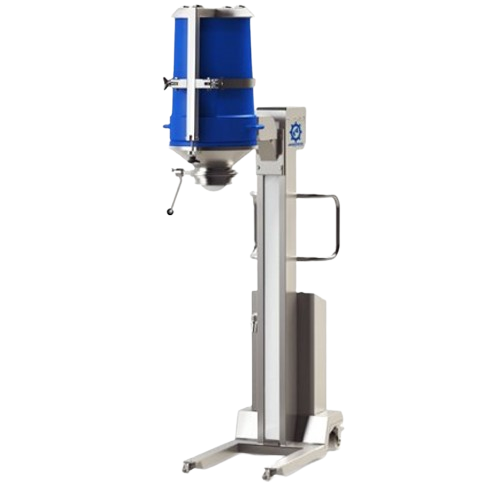
Mobile lifting column for drum handling
Streamline your powder and drum handling operations with this versatile mobile lift...
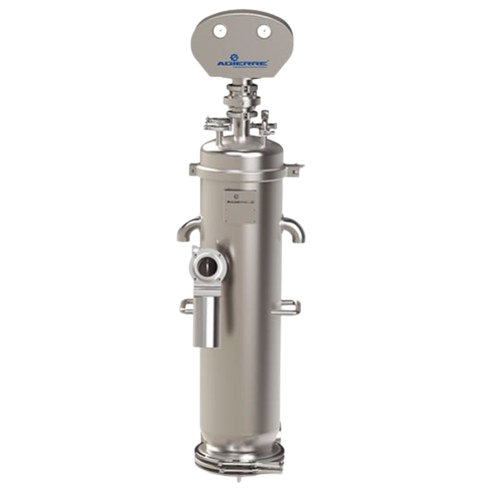
Vacuum conveyor for powder and granule transfer
Ensure efficient and contamination-free transfer of powders and granules w...
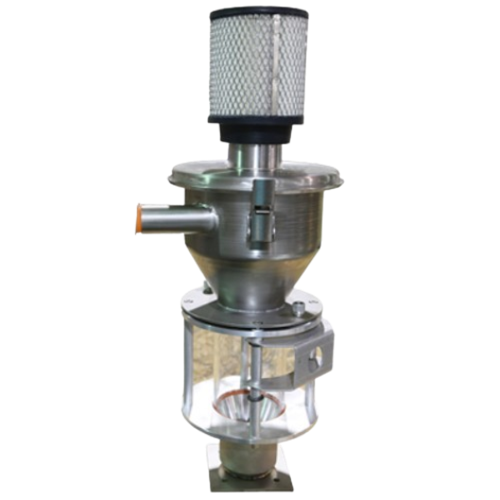
Compressed air loaders for material conveying
Efficiently convey diverse materials with minimal operator intervention, usi...
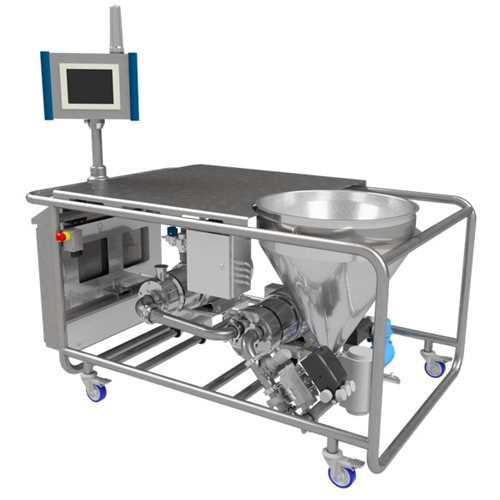
Automated powder induction and dispersion system for industrial mixing
Achieve rapid and efficient incorporation of pow...
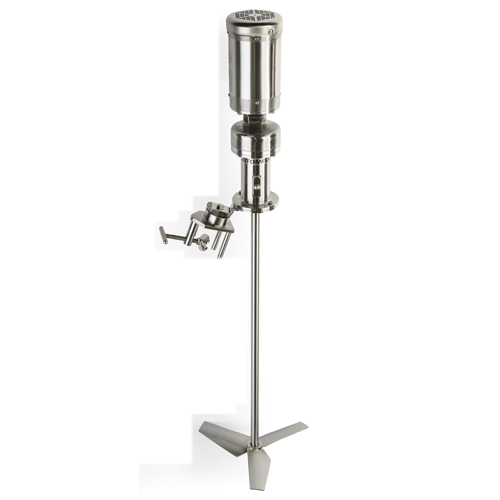
Low-shear portable mixer
For processes demanding strict hygiene, this mixer eliminates rust and chipped coatings by offering ...
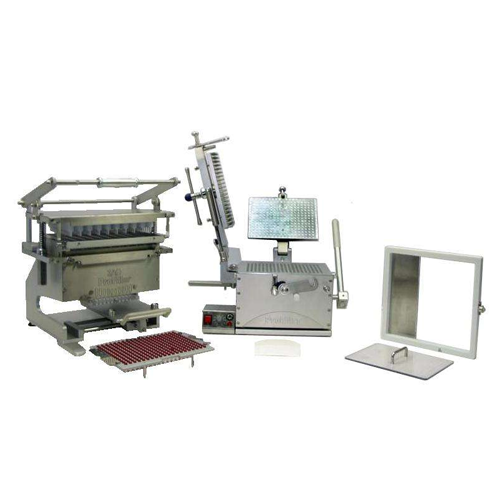
Capsule filling system for pharmaceutical production
Efficiently fill and lock capsules of various sizes with exceptional...
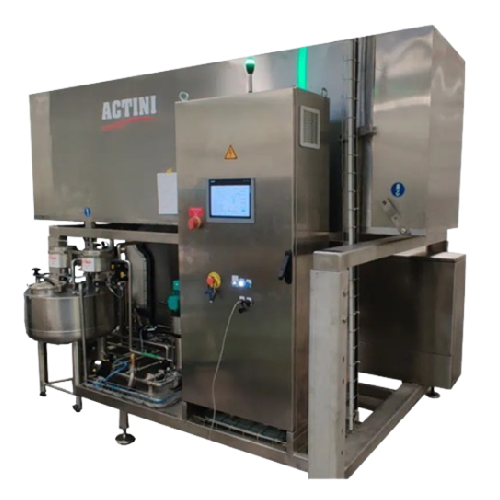
Sterilizer for finished liquid products
Ensure precise thermal control and asepsis in your liquid product sterilization pro...
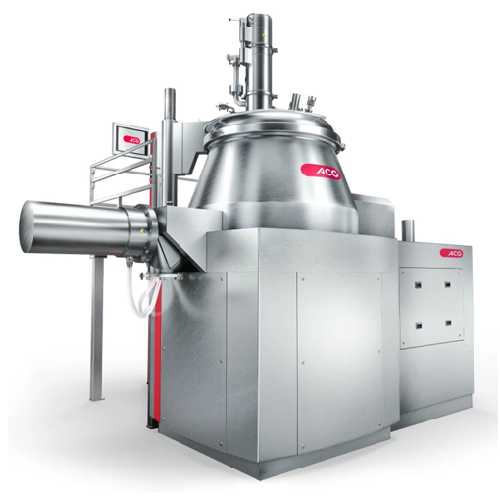
High-shear mixer granulator for small batches
Achieving consistent particle size and mix uniformity in pharmaceutical and ...
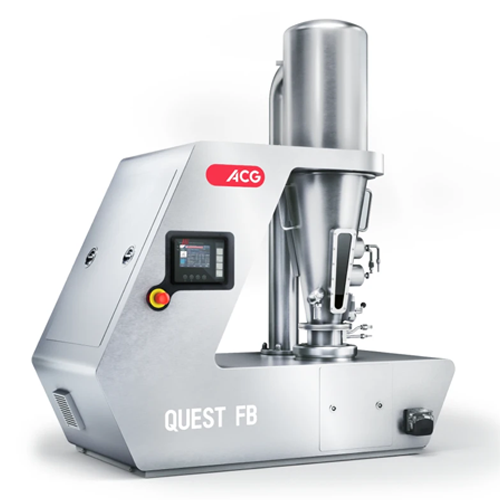
Versatile fluid bed combo for granulation and coating
Optimize lab-scale R&D with an adaptable fluid bed system, sea...
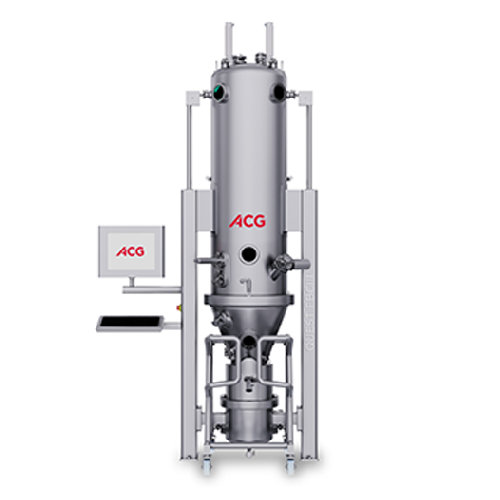
Intermediate-scale fluid bed system for drying and granulation
Achieve precise drying and granulation with this versatil...
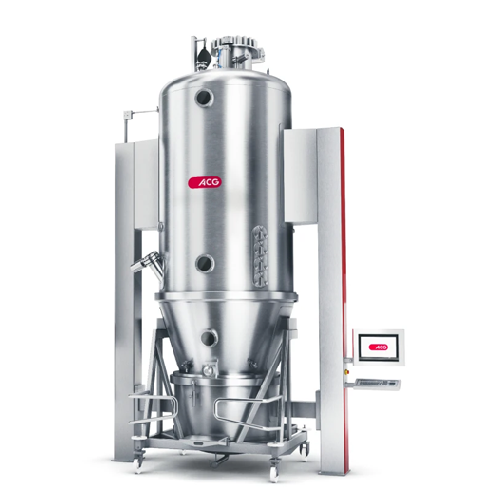
Fluid-bed granulator for top-spray applications
Need precise granulation and drying for sensitive materials? This fluid-be...
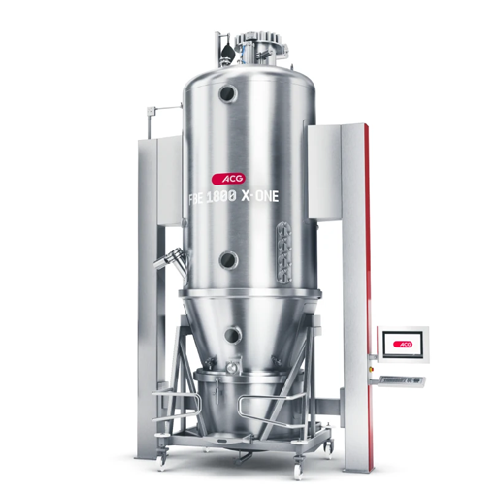
Fluid bed granulator for pharmaceutical applications
Optimize your granulation and drying processes with advanced fluid-b...
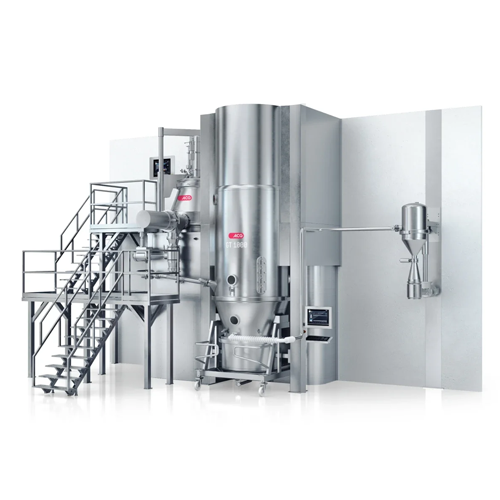
Integrated granulation train for pharmaceutical processes
Achieve precise granulation, uniform mixing, and efficient dry...
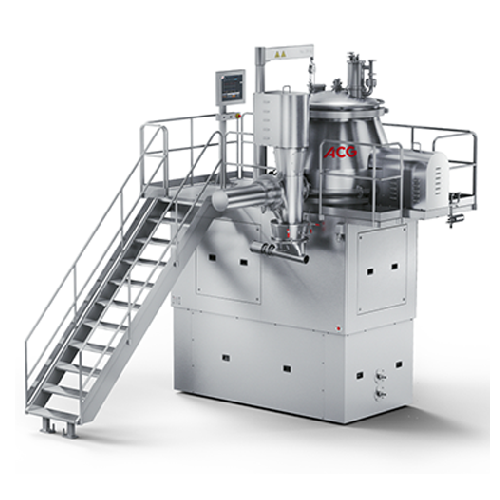
High-shear mixer for large-scale pharmaceutical production
Optimize your granulation process with an advanced high-shear...
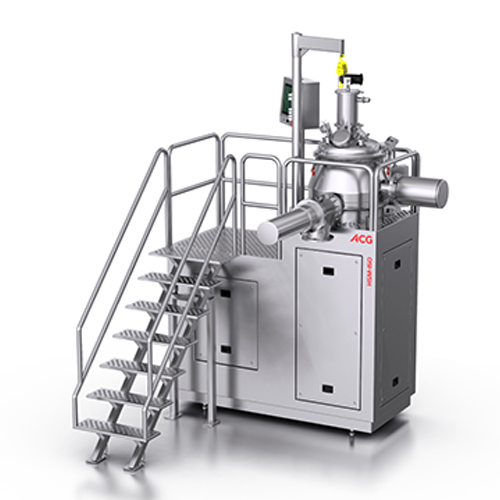
High-shear mixer for small batch granulation
Enhance your production efficiency with a high-shear mixer designed for preci...
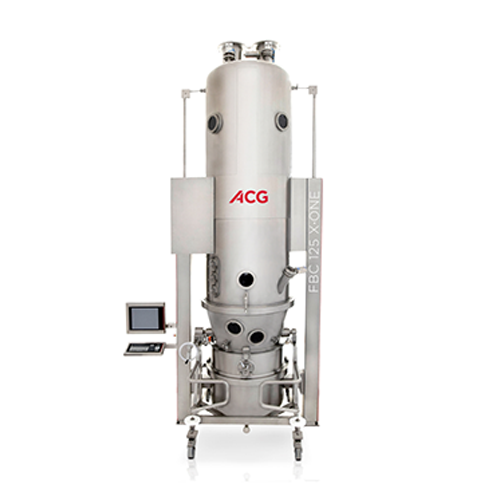
Fluid bed dryer with granulation and coating
Enhance your processing efficiency with a versatile system capable of combini...
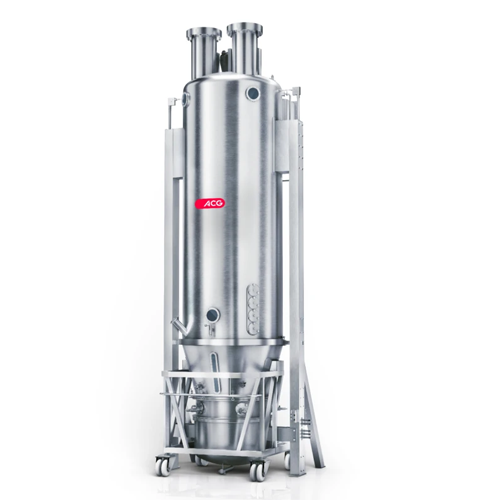
Fluid bed combo for top-spray granulation and wurster coating
Optimize your batch processing with a versatile system cap...

Fluid bed combo for granulation and coating
Streamline your manufacturing with a versatile fluid bed combo, integrating gr...
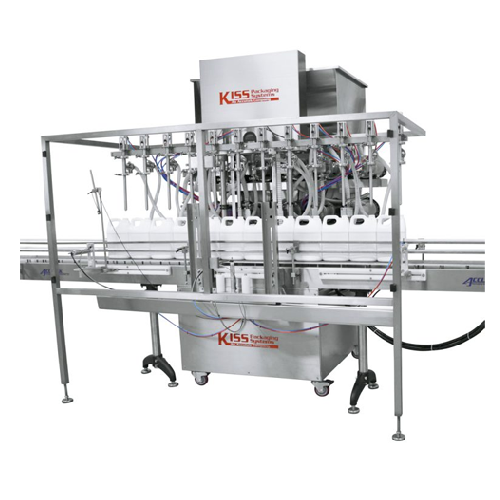
Automatic positive displacement filler for various liquids
Achieve precision and versatility in liquid filling operation...
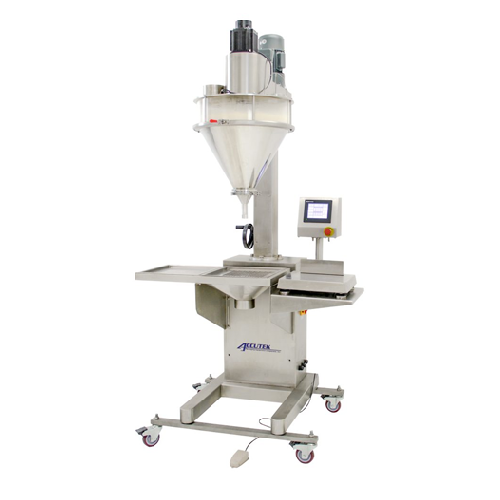
Powder filling machine for dry products
Achieve precision and consistency in filling dry powders and granules with a versat...
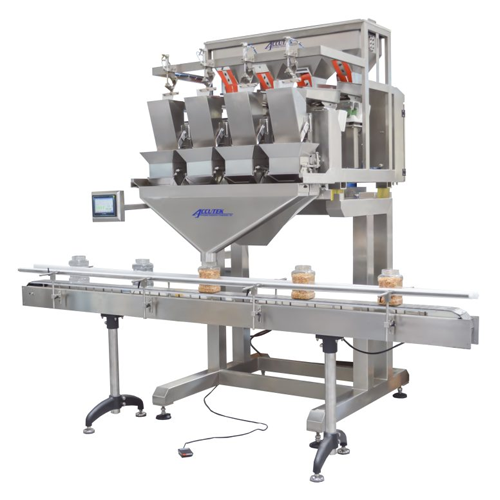
Automatic granular product weighing system
Effortlessly achieve precise fills for dry granular products and powders while ...
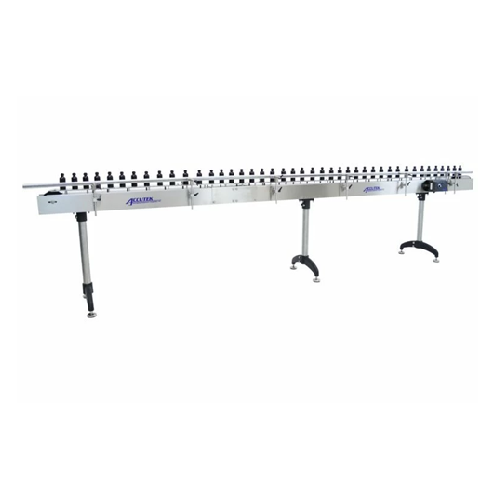
Customizable sanitary conveyor systems
Efficiently transport and handle diverse products with a sanitary conveyor system de...
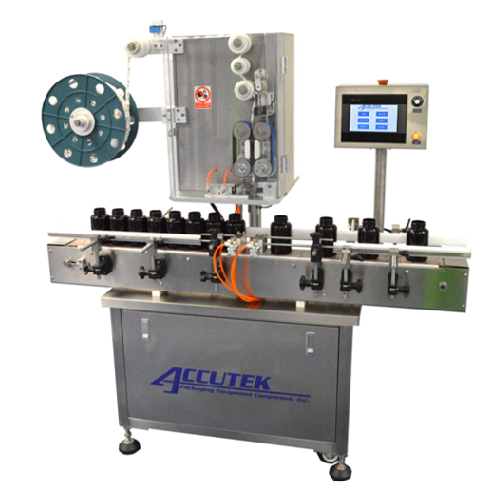
Desiccant inserter for pharmaceutical containers
Prevent product degradation by efficiently inserting desiccants into cont...
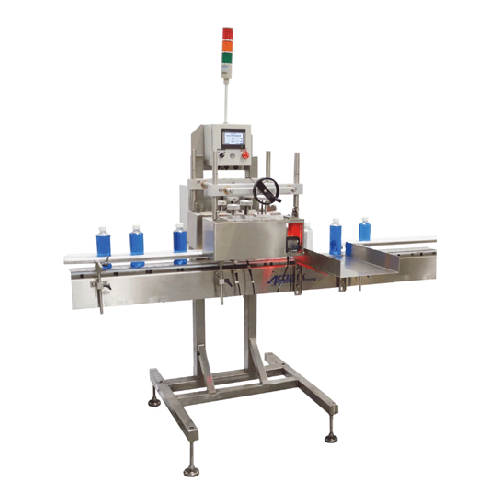
Inspection-rejection station for bottled products
Ensure your bottled and packaged products ship defect-free by automatic...
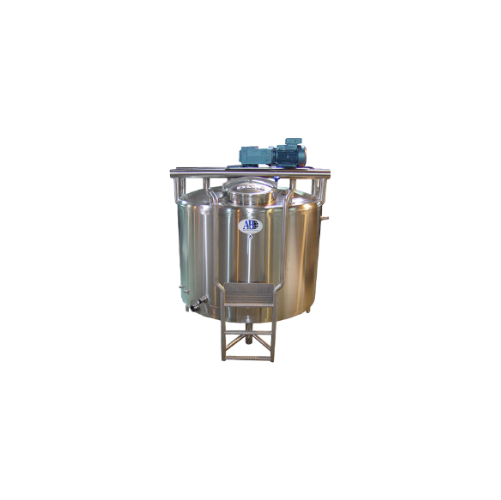
Industrial mixing tanks for liquid, slurry, and gas dosing
Optimize your production with versatile mix tanks, designed t...
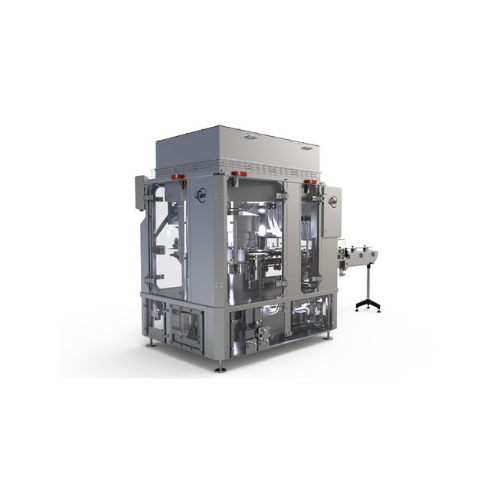
Powder can seamer for nutraceutical and beverage powders
Achieve precision and hygiene with this can seamer designed for ...
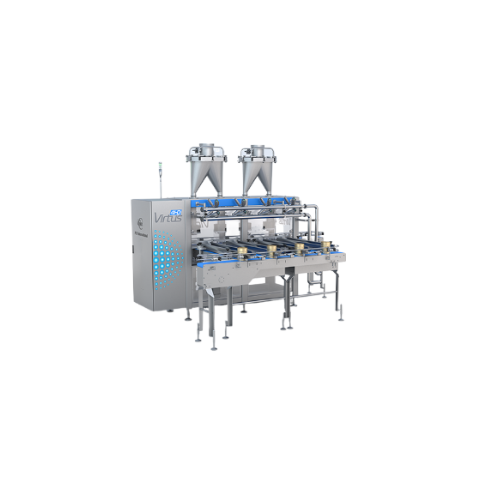
In-line vacuum powder filler
Optimize your production line with precise, contamination-free filling for nutritional powders,...
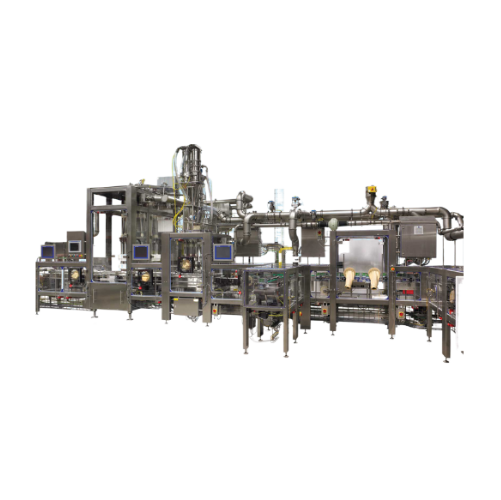
In-line gassing system for powder processing
Optimize shelf life and quality of your powdered products by effectively redu...
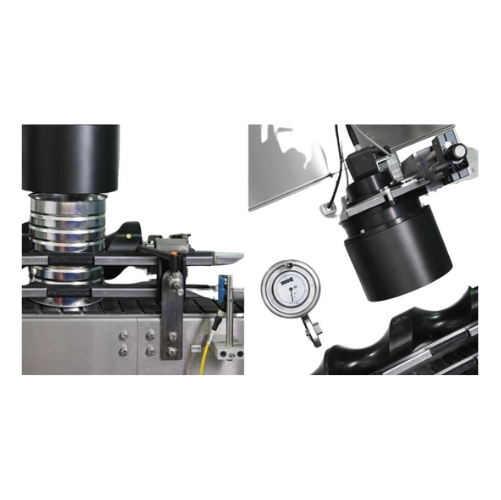
Container inspection and particulate detection system
Ensure product integrity and efficiency by accurately detecting and...
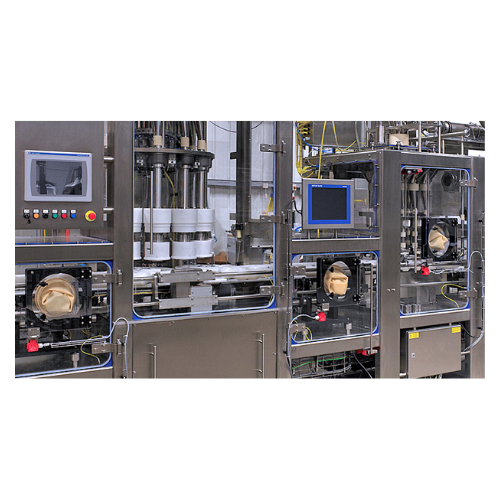
Vacuum powder filler for dairy and pharmaceutical products
Achieve precision and maintain product integrity with a versa...
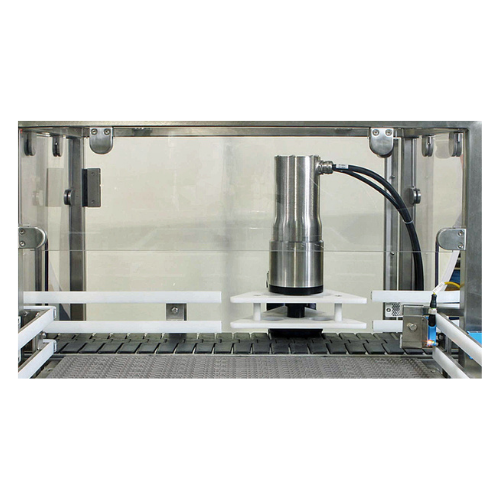
High-speed container reject system
Ensure product integrity by swiftly rejecting non-compliant containers at speeds up to 3...
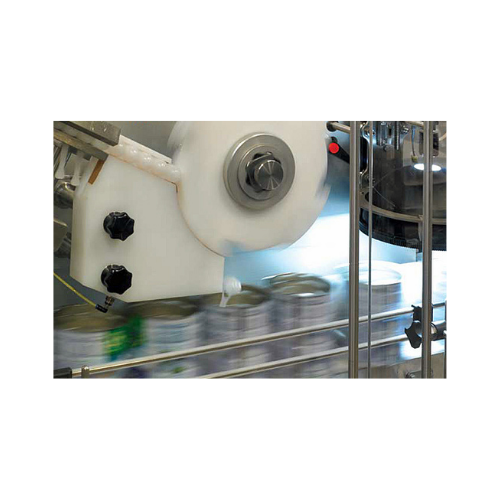
Automated scoop insertion system for powder containers
Streamline your container filling operations by ensuring precise s...
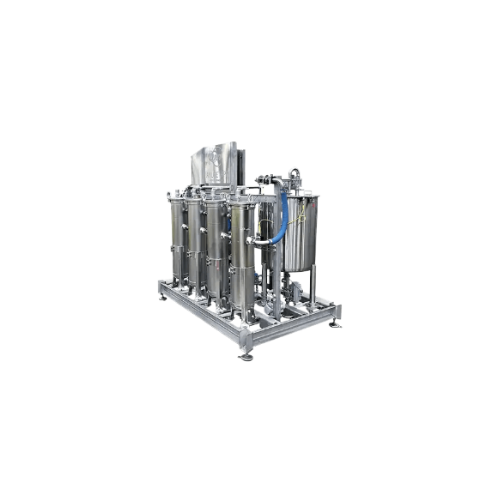
High pressure processing water filtration system
Ensure super clear water after high pressure processing to protect your s...

Aseptic filler for juices and beverages
Ensure sterile packaging with precision. This aseptic filler offers high-speed, con...
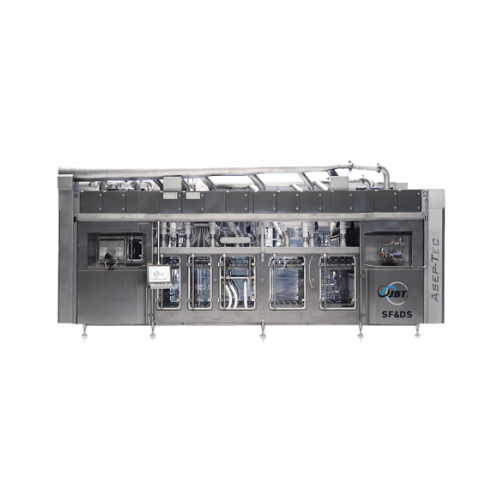
Aseptic filler for packaged dairy and beverages
Ensure product sterility and extend shelf life efficiently with high-speed...
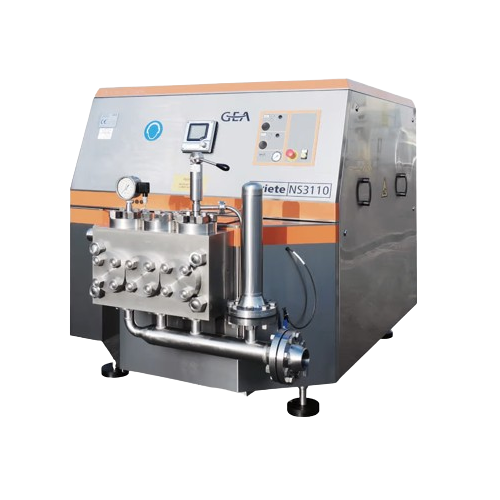
High pressure pumps for viscous fluid transfer
Optimize fluid transfer with high pressure pumps designed to handle viscous...
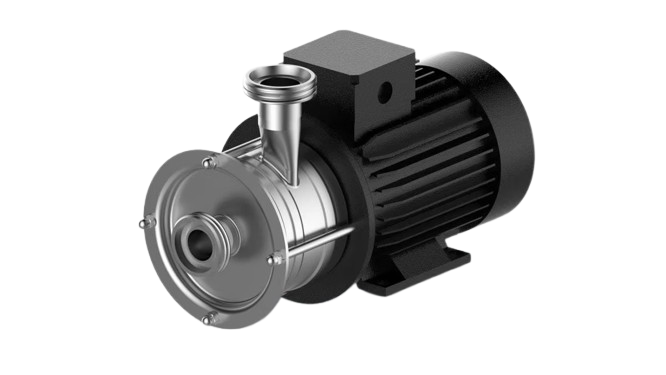
Multi-stage centrifugal pump for hygienic applications
Ensure optimal hygiene and performance in your liquid processing w...
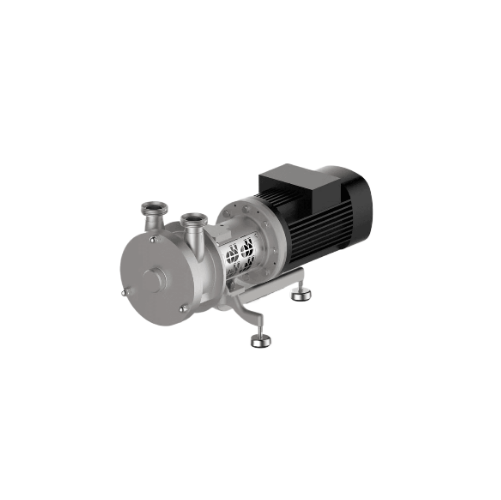
Self-priming side channel pump for high gas content media
When handling media with high gas content, achieving efficient...
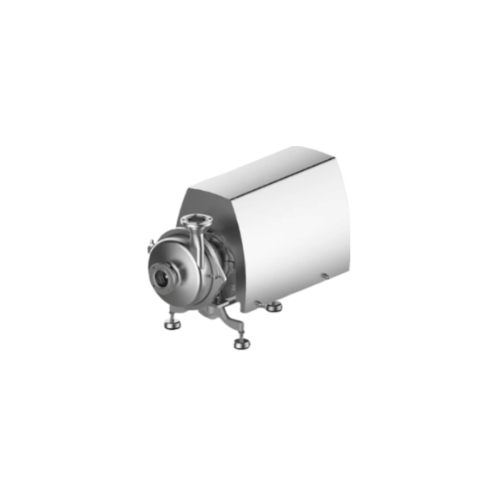
Centrifugal pumps for hygienic applications
Ensure precise liquid handling for high-stakes applications with this hygienic...
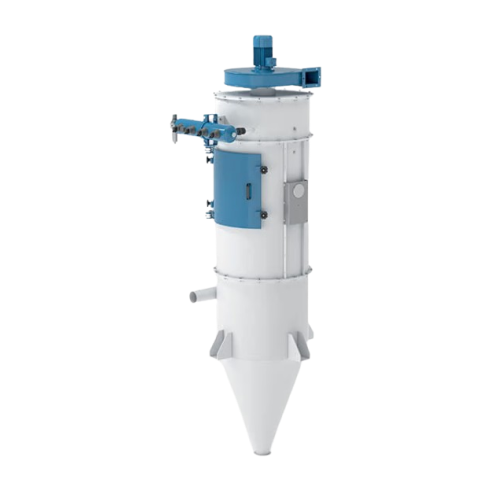
Cyclone filter for pneumatic conveying systems
Efficiently separate and filter airborne dust in pneumatic conveying lines,...
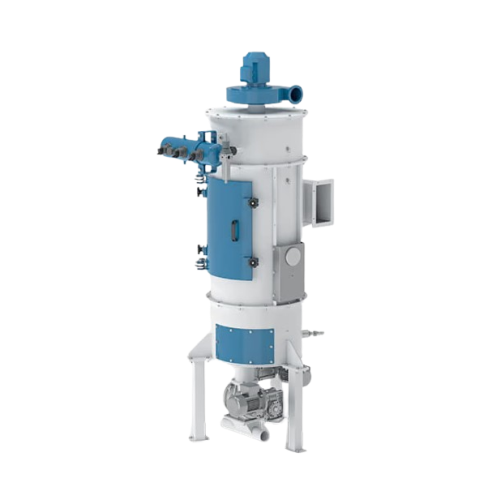
Self-cleaning silo filter
Ensure purity and compliance by trapping dust effectively during silo loading, while maintaining c...
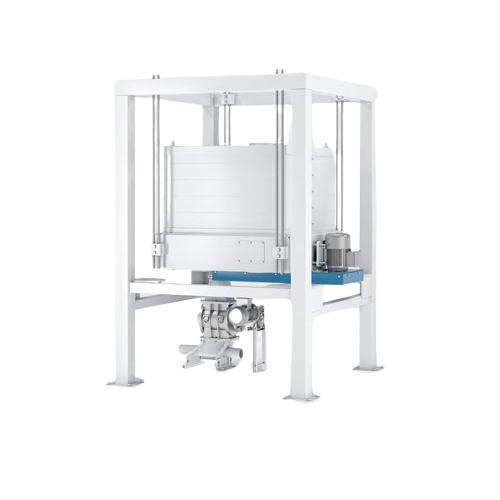
Square sieve for removing foreign bodies and grain sizes
Achieve precise material separation and enhance product purity w...
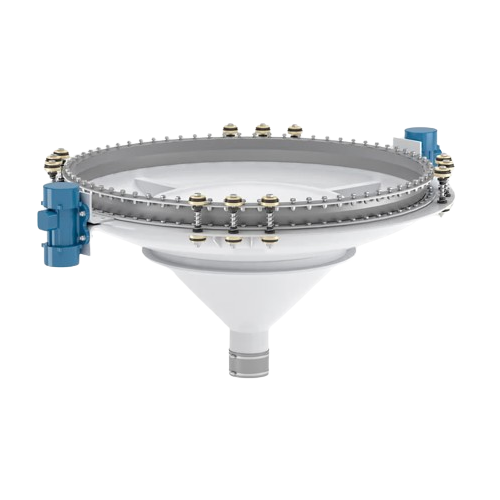
Industrial vibrating extractor for homogeneous product conveyance
Ensure consistent flow of dry bulk materials with a v...
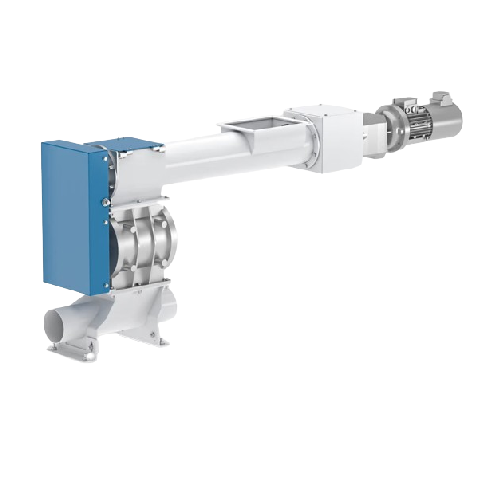
Continuous raw material distribution screw doser
Optimize your material flow with a screw doser designed for precise and c...
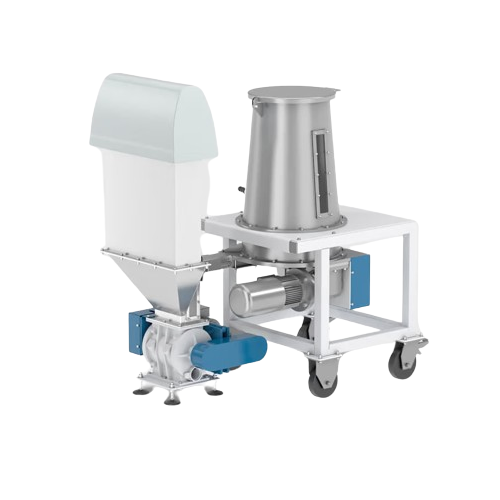
Micro-ingredients doser for precise powder additives
Maintain precision and hygiene in your production line with a specia...
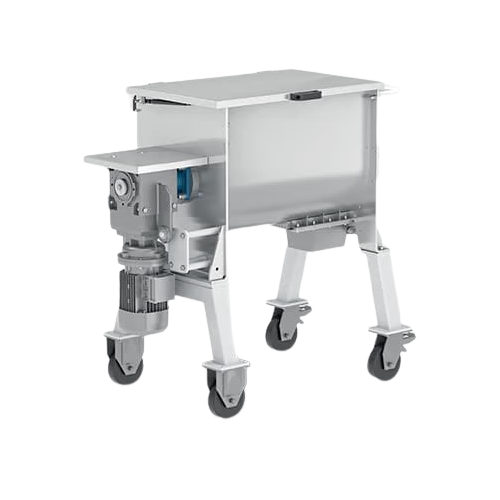
Powder and granulate premixer
Achieve consistent, homogenous blends of powders and granulates with our advanced premixing te...
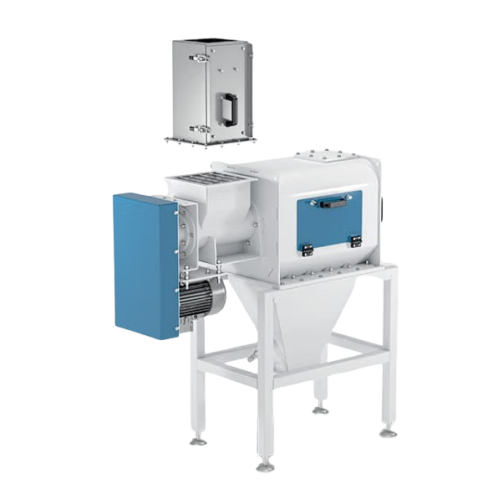
Rotary cleaner for raw material sieving
Ensure precise raw material quality with a rotary cleaner that efficiently sieves a...
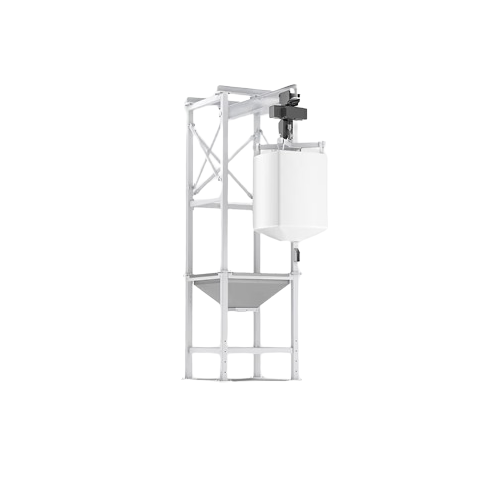
Big bag emptying station for bulk product handling
Streamline your bulk material handling with a station designed to effi...

Industrial bucket elevator for efficient product conveyance
Enhance production efficiency by elevating and transferring ...
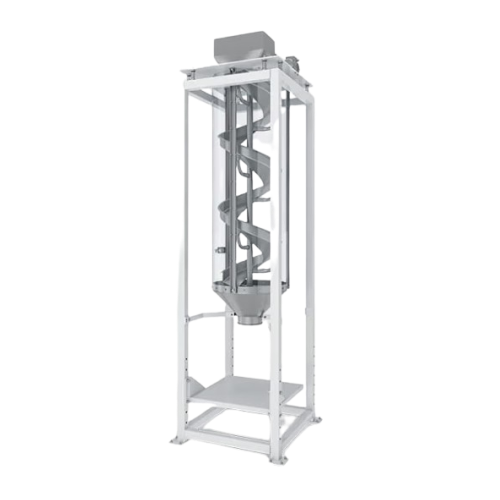
Direct discharge descender for product handling
Efficiently transport granulated materials without compromising their inte...
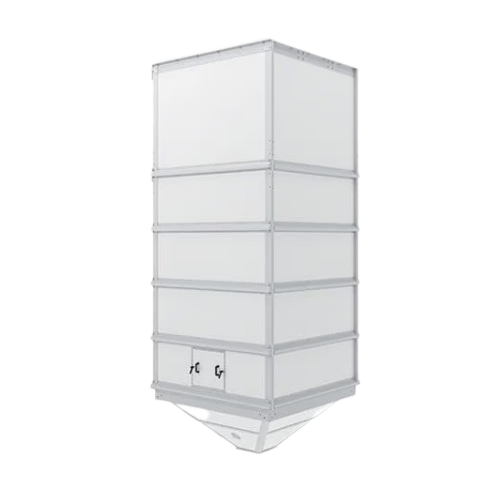
Finished product storage silos for industrial applications
Optimize your storage capabilities with silos that ensure saf...
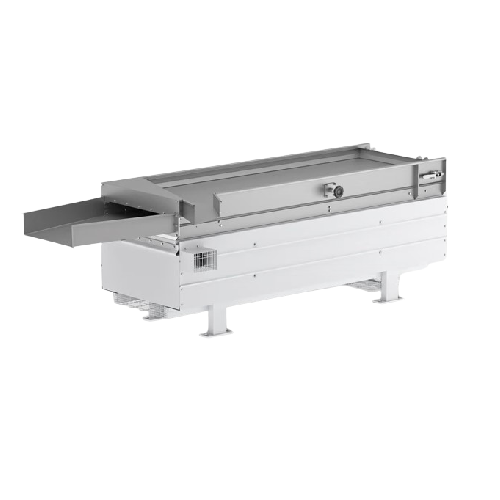
Industrial vibrating sieve for powder and lump separation
Ensure precise separation of powders and lumps with this oscil...
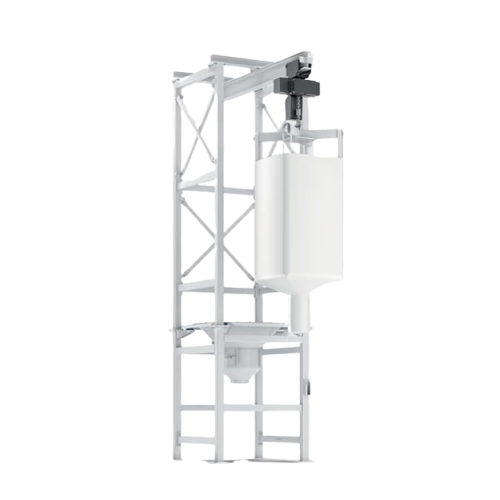
Big bag emptying station for raw materials
Streamline your material handling process by efficiently lifting, emptying, and...

Big bag loading station for bulk product handling
Efficiently manage big bag handling with a system that combines hoistin...
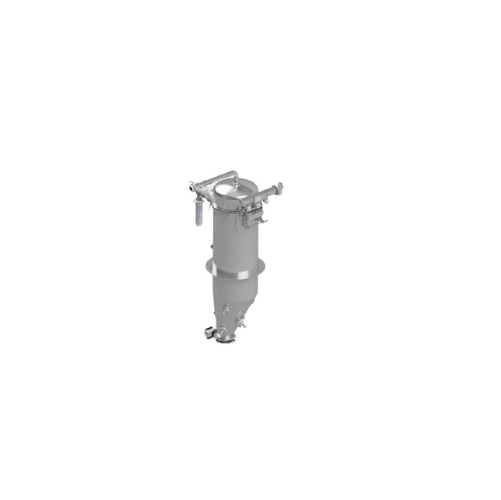
Dense phase vacuum conveying system for powder handling
Effortlessly transport delicate powders and fragile granules with...
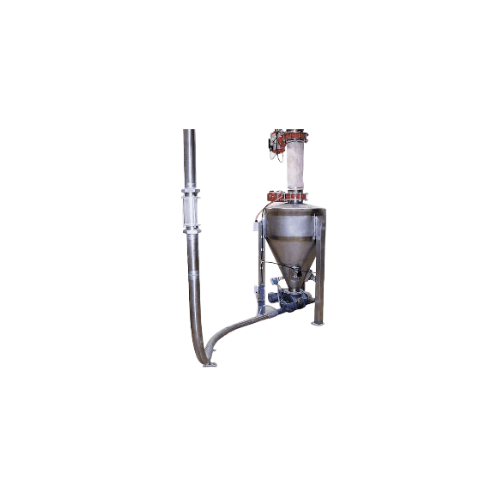
Lean phase vacuum conveying system for powder handling
Efficiently transport and separate powders and granules with preci...
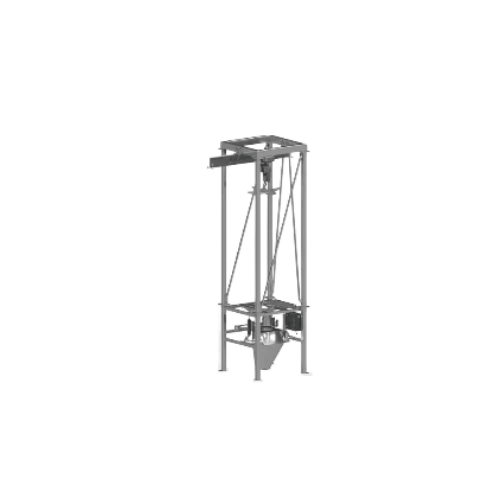
Fibc emptying stations for powder processing
Streamline your bulk powder handling with single-operator FIBC emptying stati...
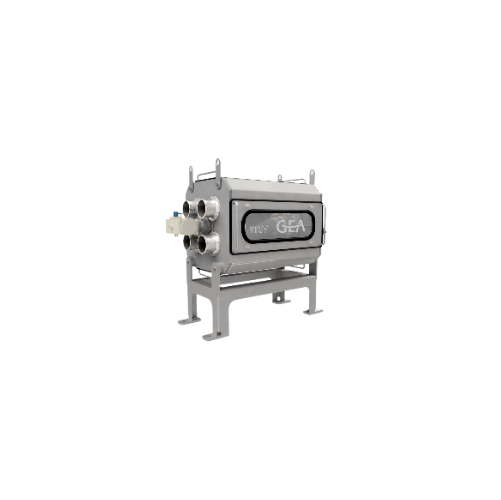
Rotary tube selector valve for powder conveying
Streamline your pneumatic transport system with a robust solution that div...
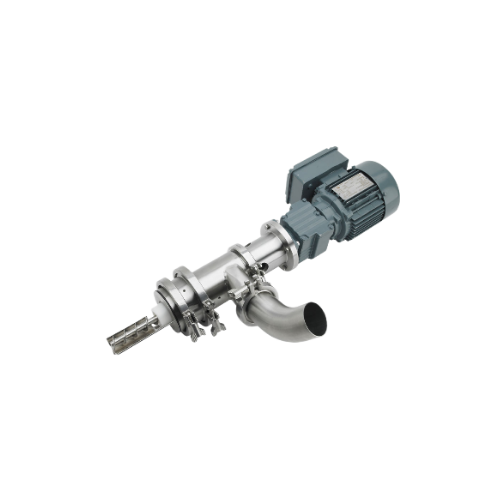
Auger powder sampler for industrial quality control
Ensure precise quality control by integrating an auger powder sampler...
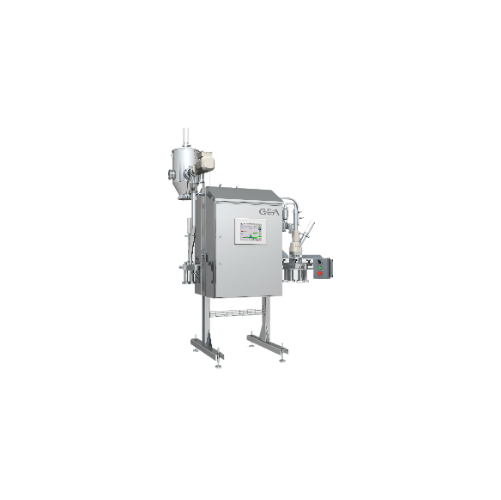
Vacuum powder sampler for particle size distribution control
Ensure precise quality control with a vacuum powder sampler...
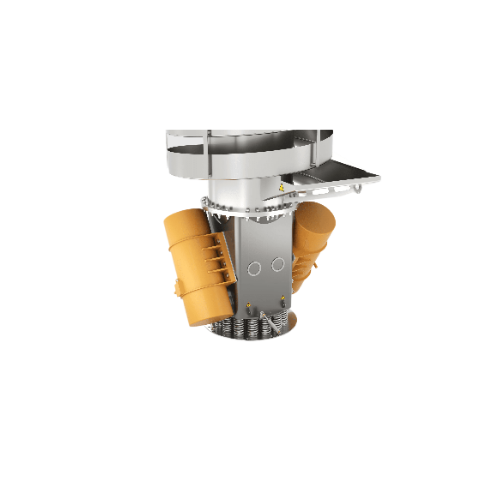
Vibratory spiral elevator for vertical transport
Achieve efficient vertical transport with precise temperature control, su...
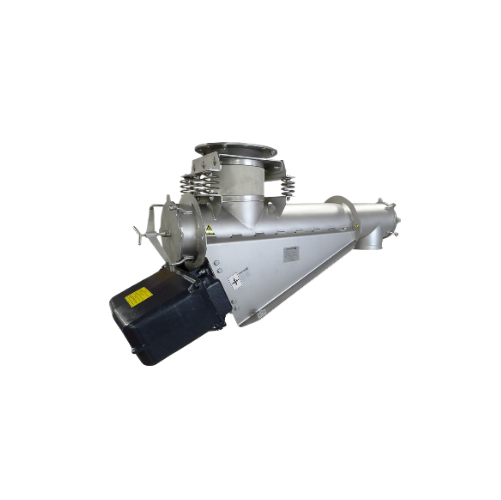
Vibrating feeder for food and pharmaceutical industries
Optimize your production line with precision dosing and gentle ma...
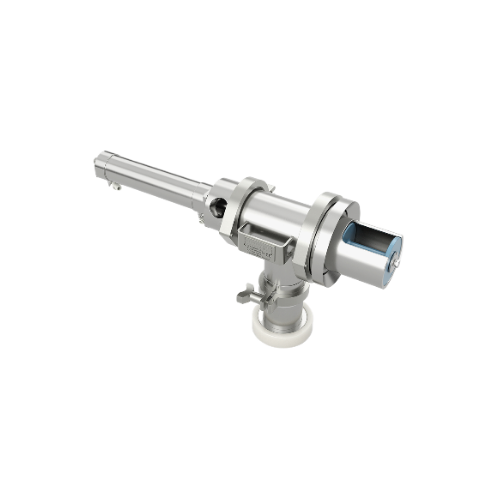
Powder sampling solution for dairy and food processors
Ensure precise quality control with a versatile sampling system de...
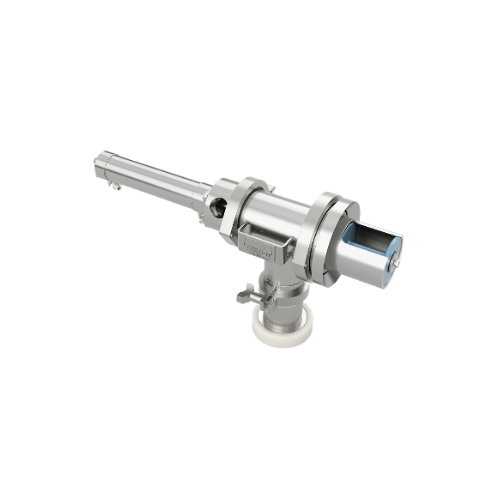
Powder spool sampler for dairy and food processors
Efficiently manage powder quality with a robust spool sampler designed...
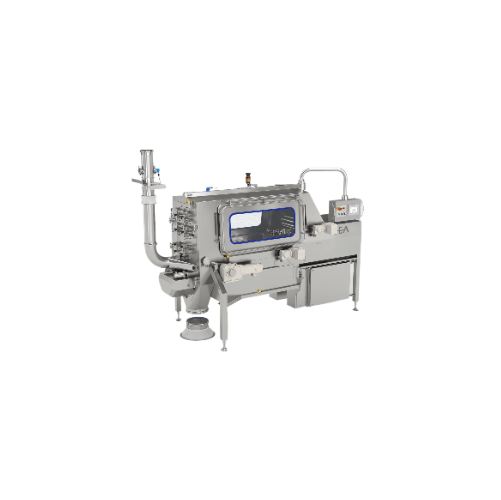
Automatic bag slitting and emptying for powders
Streamline your powder-processing operations by seamlessly integrating bag...
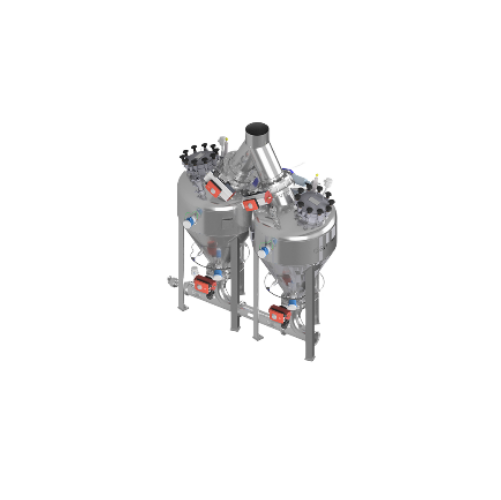
Dense phase pressure conveying system
Efficiently transport high-capacity powders across long distances with precision and ...
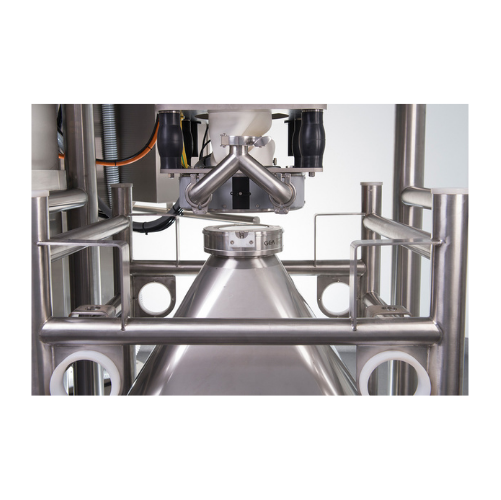
Pharmaceutical intermediate bulk containers (ibc)
Streamline pharmaceutical production with precise containment and trans...
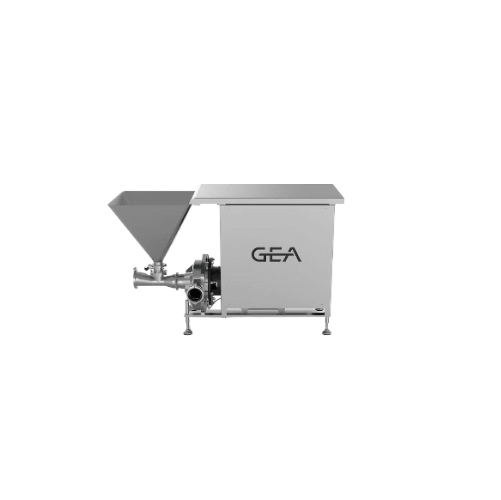
High shear powder dissolver for homogeneous products
Achieve consistent powder-liquid blends effortlessly with a compact ...
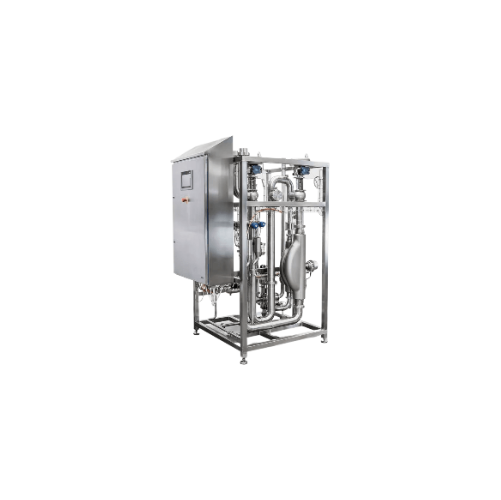
Standardization unit for cream fat or milk fat
Optimize your milk standardization process to achieve precise cream and fat...

Uht plant for aseptic product treatment
Ensure optimal product quality and production safety with versatile UHT solutions f...
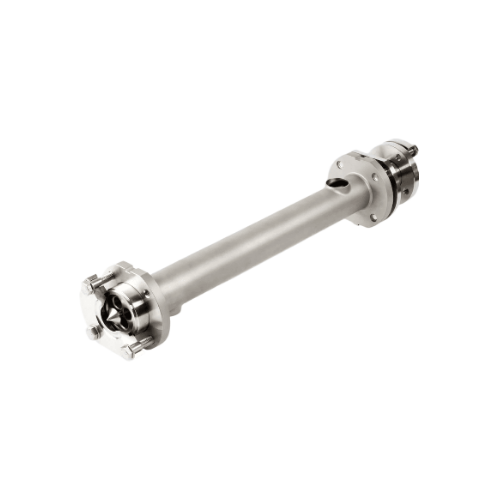
Tubular heat exchanger for thermal treatment of viscous products
Optimize efficiency in heating, cooling, and pasteuriza...
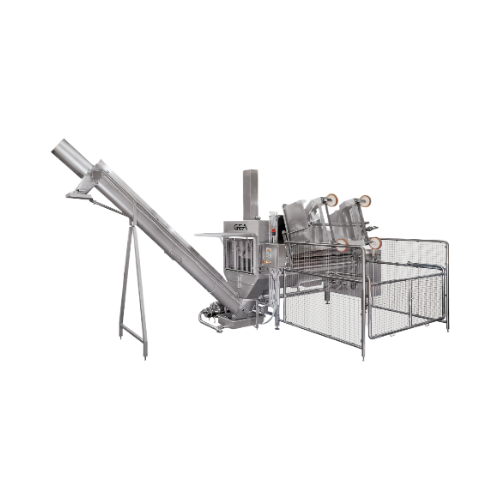
Curd handling and cutting for cheese production
Optimize curd processing with precise cutting and feeding, ensuring consis...
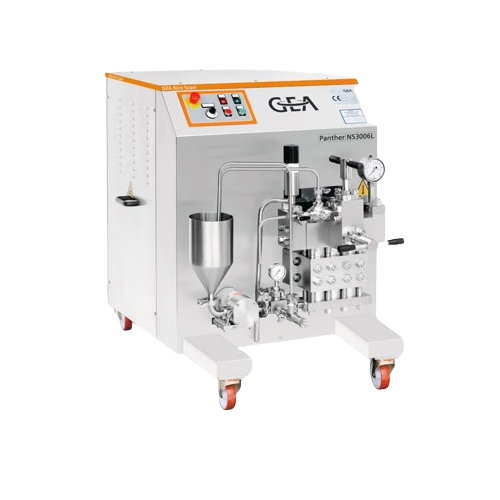
Pilot plant homogenizer for continuous operation
Achieve consistent fluid textures and prolonged shelf life with high-pres...
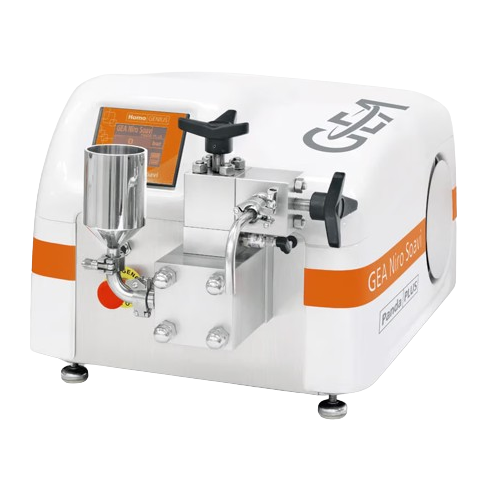
Laboratory homogenizers for nanoparticles and emulsions
Tackle the challenge of achieving consistent nano-scale dispersio...
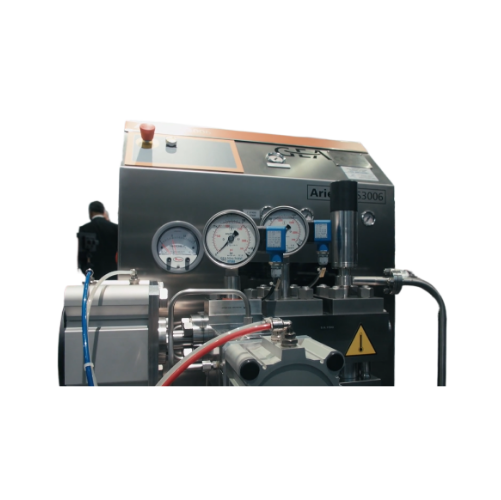
Pharmaceutical homogenization skid system
Achieve precise particle size reduction and efficient cell rupture with an auton...
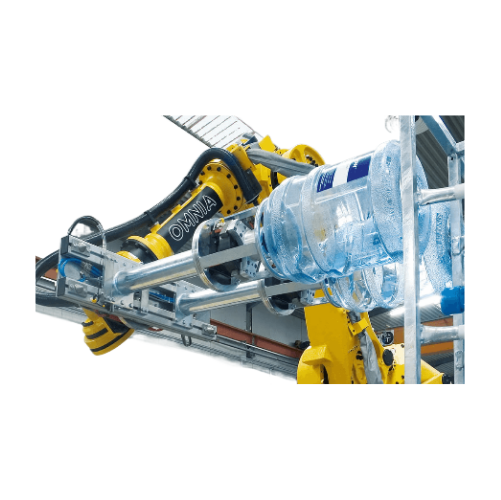
Robotic palletizer for food and beverage industries
Enhance your production line’s efficiency with a flexible robot...
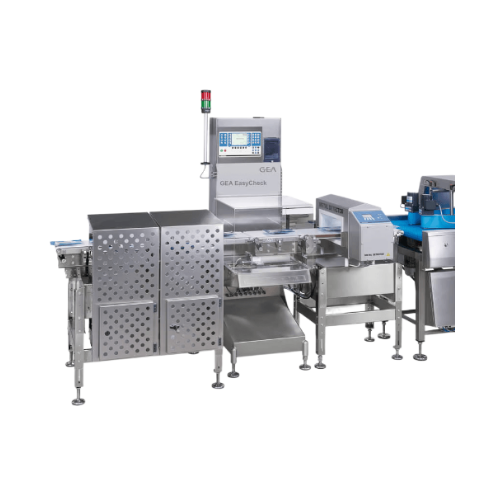
3-in-1 food package inspection system
Ensure your packaged food products meet safety and regulatory standards with a system...
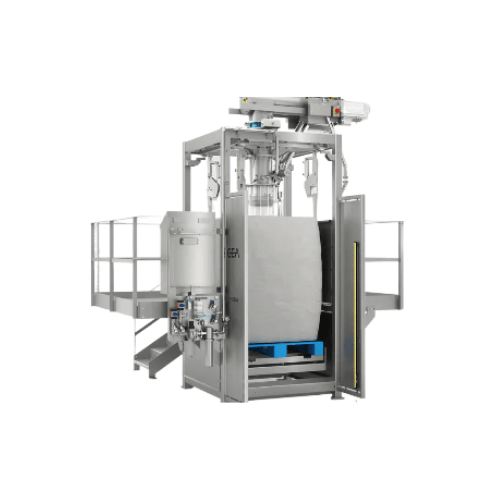
Low care bulk powder fillers
Optimize your production efficiency by accurately filling flexible bulk containers with dry pow...
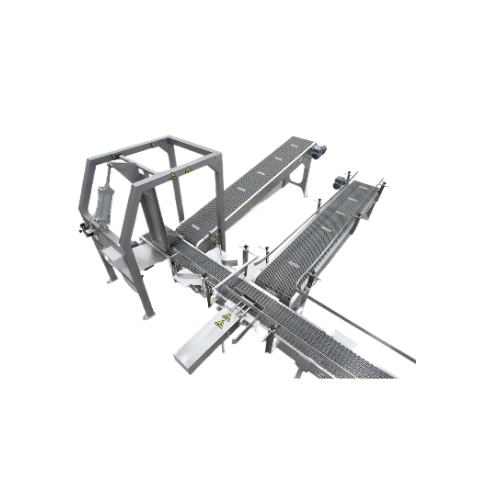
Bag, box, and drum container handling solutions for powder products
Optimize the flow and integrity of your powder pack...
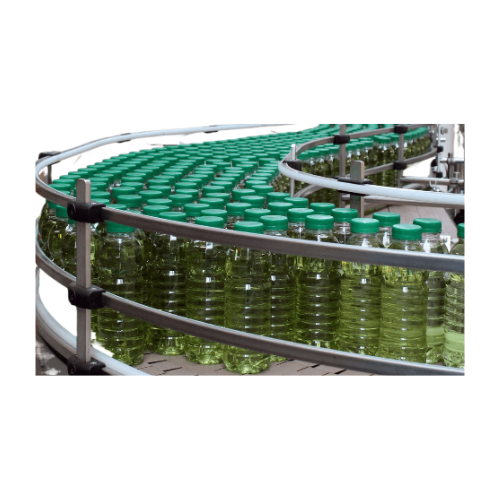
Loose package conveyor systems for packaging lines
Optimize your packaging line operations with advanced conveyor systems...
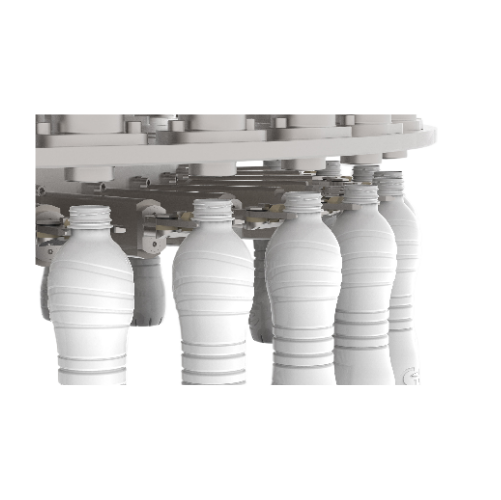
Hygienic filling system for short shelf life milk
Optimize your cold-chain distribution with a filling system engineered ...
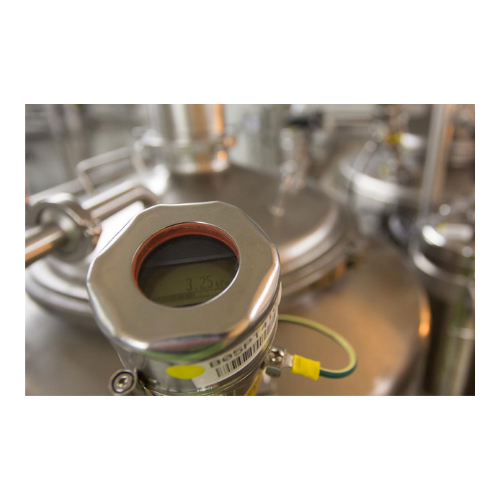
Powdered product shelf-life enhancement through inert gas packing
Extend the shelf life of sensitive powder products by...
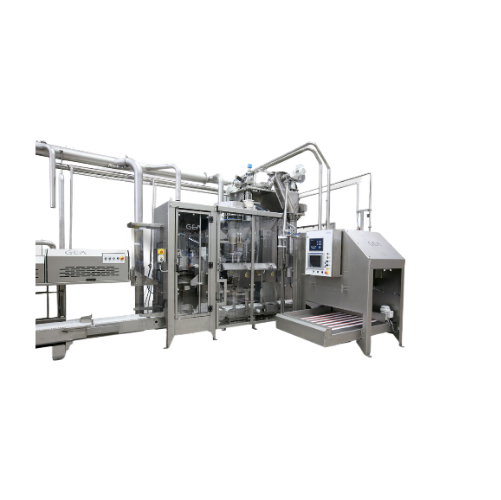
Inline automatic powder fillers for food and nutraceuticals
Ensure precise and efficient filling of sensitive powders in...
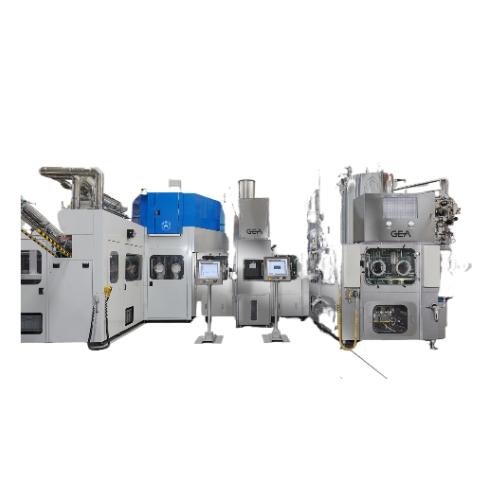
Aseptic blow fill system for beverage bottling
Designed for high-speed aseptic bottling, this system ensures sterility thr...
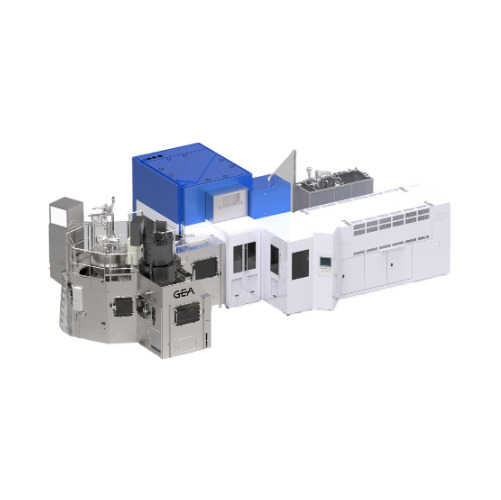
Decontamination blow fill system for beverages
Optimize your beverage production with a technology that integrates preform...
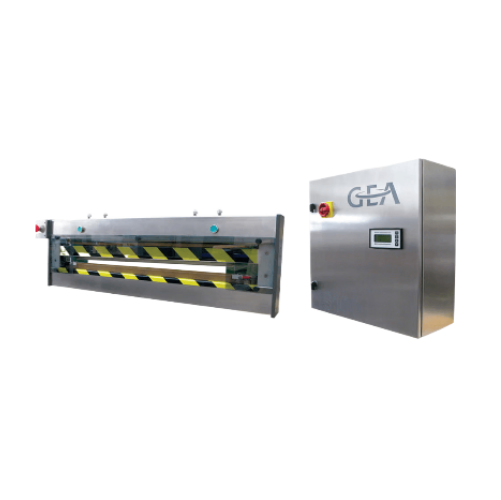
Plastic bag sealer for polyethylene bags
Achieve consistent hermetic sealing of polyethylene bags while preserving the inte...
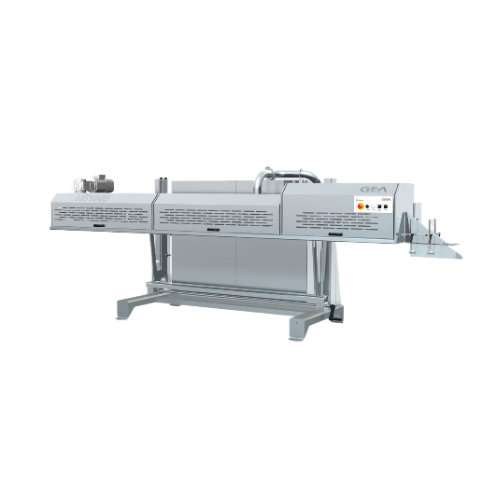
Continuous leveler and sealer for powder packing
Enhance efficiency in powder packaging with a system that ensures precise...
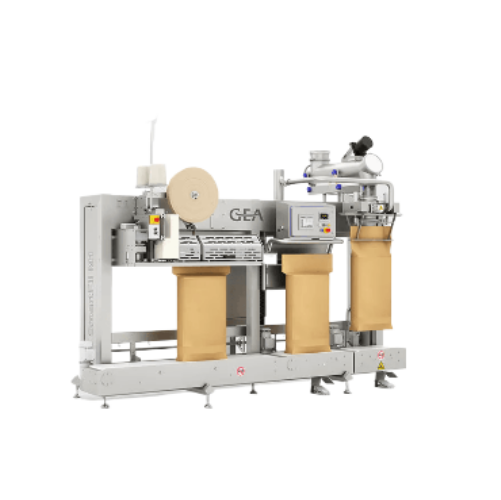
Semi-automatic powder filling system for food products
Achieve precise and flexible filling for food powders and granules...
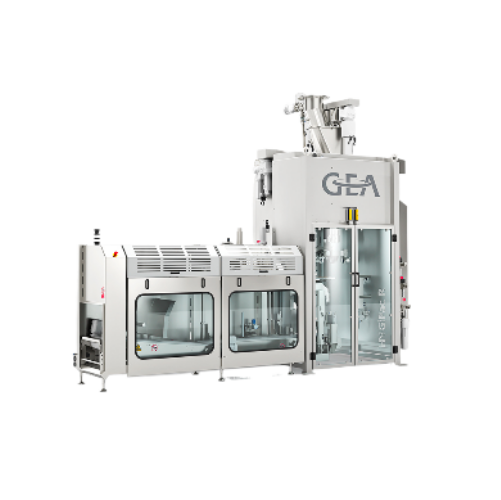
Hygienic powder filling system for low throughput
Ideal for compact production facilities, this filling system efficientl...
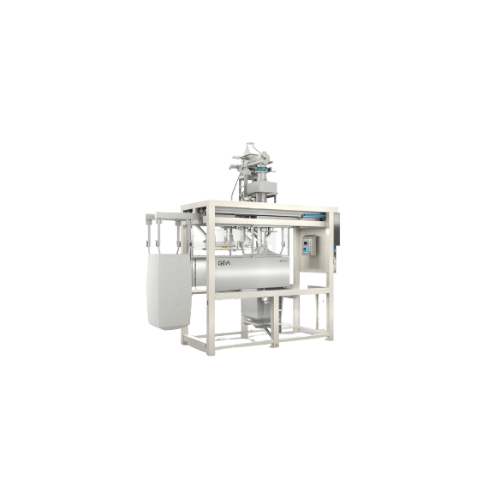
High care bulk powder fillers
Ensure hygienic packaging for your bulk powders with a system designed to enhance filling accu...
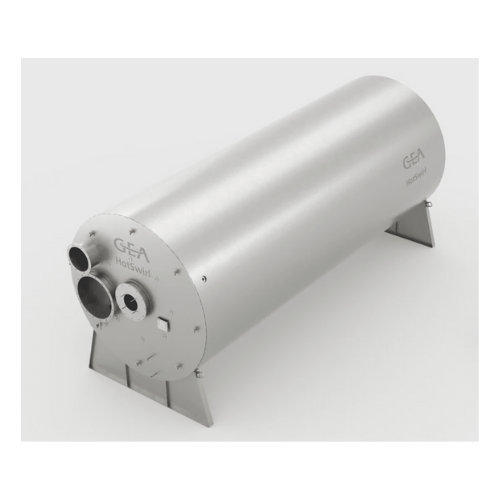
Industrial hot air system for spray dryers
Ensure consistent hot air delivery for critical drying processes, enhancing ene...
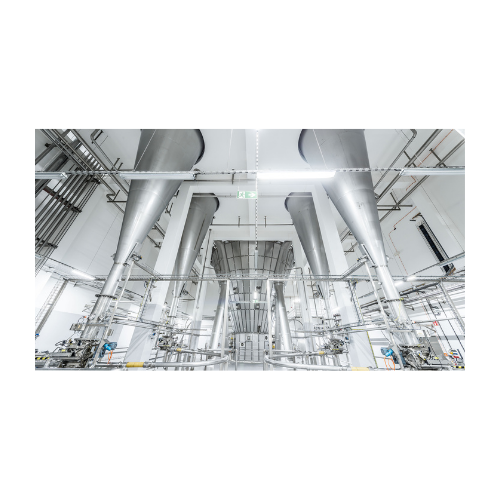
Spray dryer for nutritional and dairy powders
Achieve precise particle size and optimal drying of nutritional and dairy po...
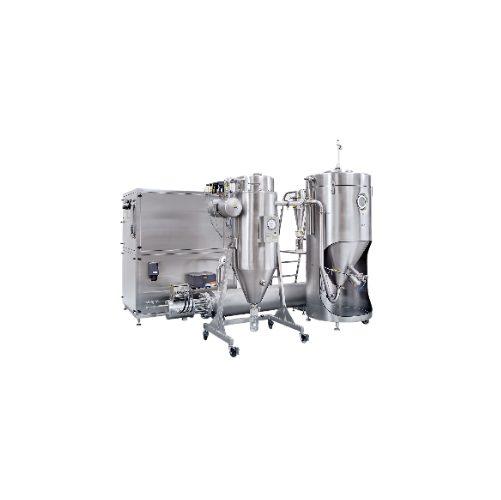
Lab-scale spray dryer for small volume powder samples
When developing new formulations, achieving consistent powder quali...
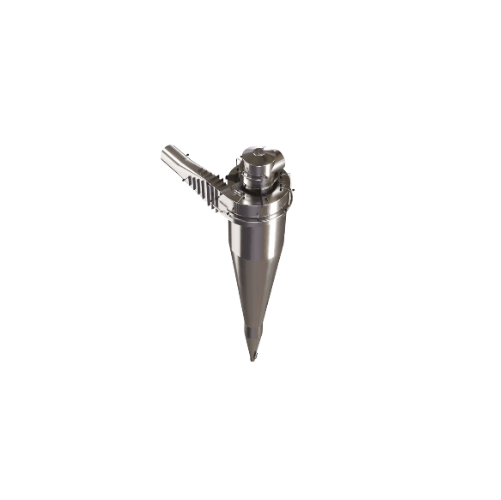
Powder separation cyclone for food and chemical industries
Optimize your powder production with advanced cyclone technol...
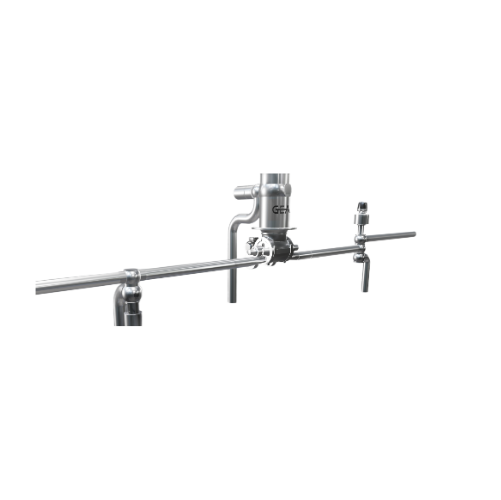
Automated fines return system for food and dairy spray dryers
Enhance your spray drying process by eliminating manual in...
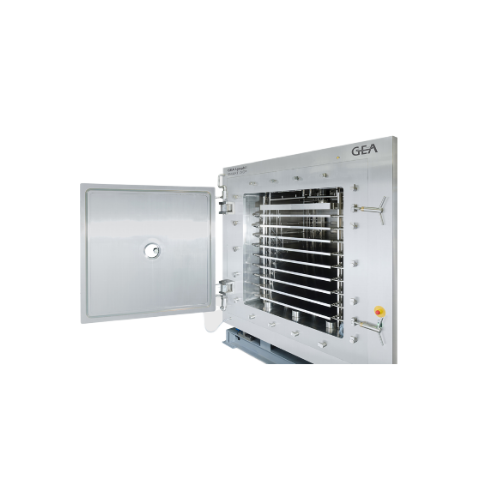
Pharmaceutical freeze dryer for large-scale production
Streamline your freeze-drying process with precision-engineered ly...
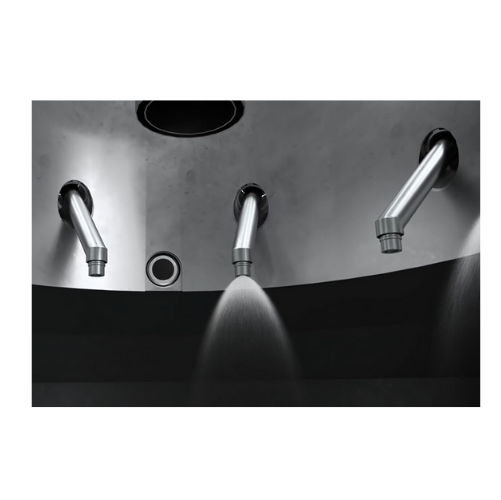
Clean purge system for spray dryers
Enhance safety and efficiency by preventing fire risks in spray dryers while improving ...
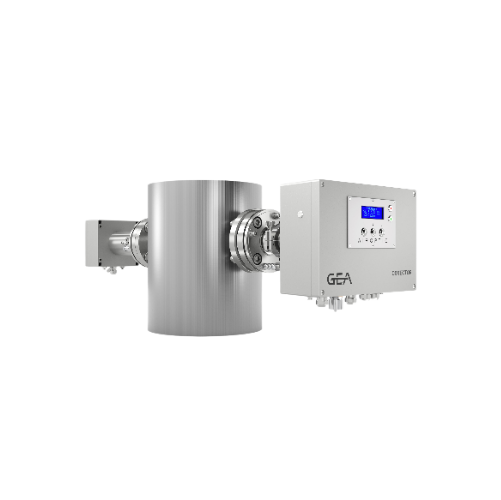
Co monitoring system for spray dryers
Ensure safety and prevent costly disruptions in your spray drying process by monitori...
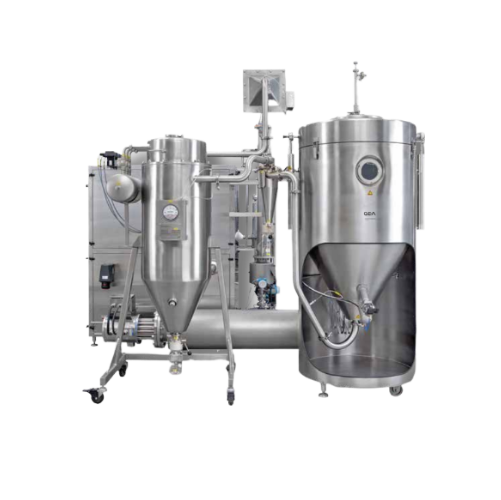
Spray dryer for food and dairy products
Achieve consistent drying for diverse powders and granulates with precision technol...
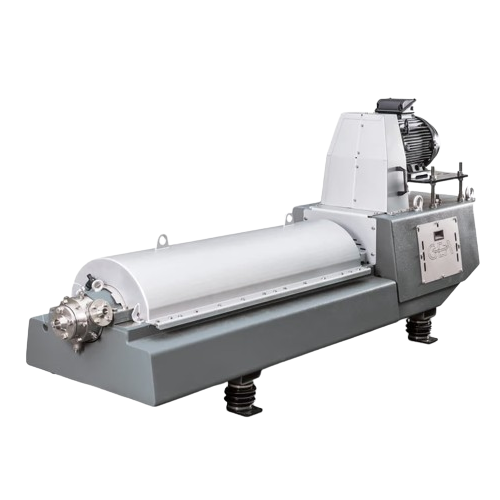
Clarifying decanter for starch recovery
Ensure optimal dewatering and separation of starch, pulp, and fibers with this high...
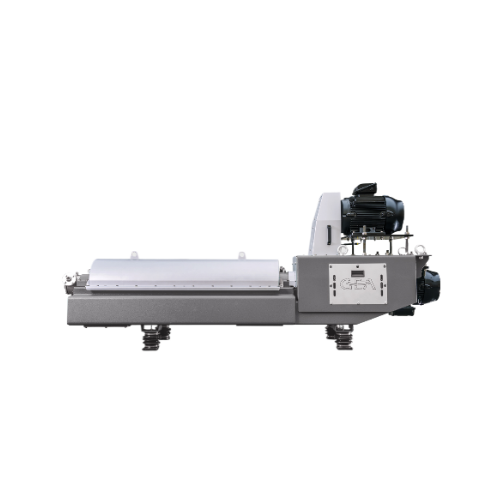
Clarifying decanter for food ingredient processing
Optimize your protein recovery and ensure high-quality separation with...
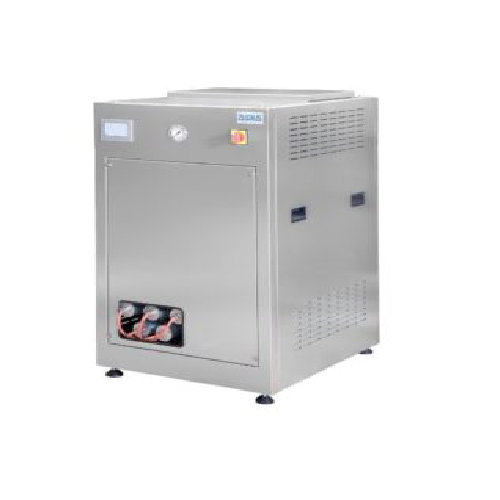
Pure steam generator for industrial applications
Ensure the highest levels of steam purity and precise pressure control fo...
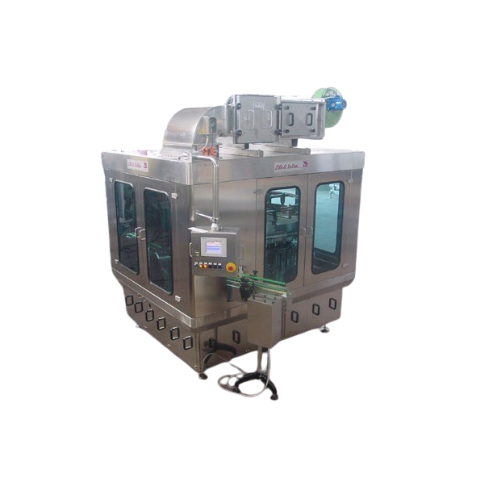
Industrial powder fillers for various containers
Optimize your packaging line with high-speed powder fillers that handle d...
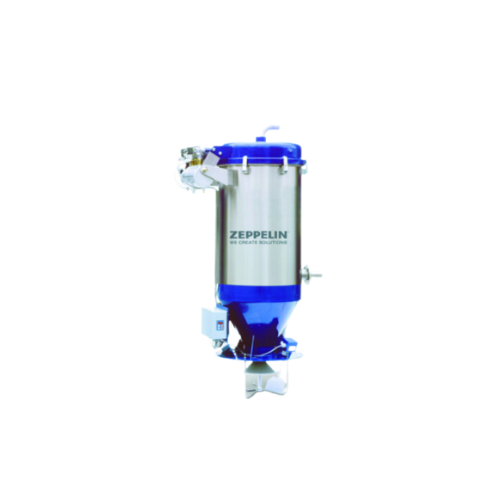
Vacuum hopper loader for automatic feeding of powders and pellets
Optimize your material handling with seamless automat...
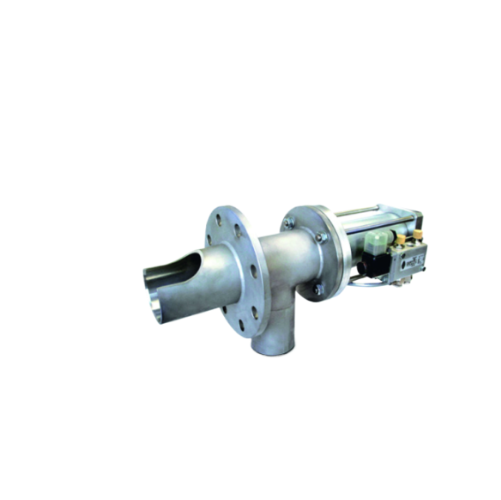
Sampler for powdered and granular bulk materials
Ensure precise sampling of powdered and granular materials under varied o...
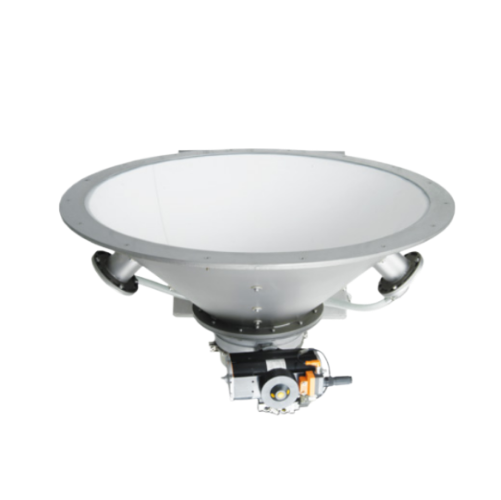
Fluidizing bed for bulk material discharge
Optimize your material flow with a fluidizing bed designed for seamless dischar...
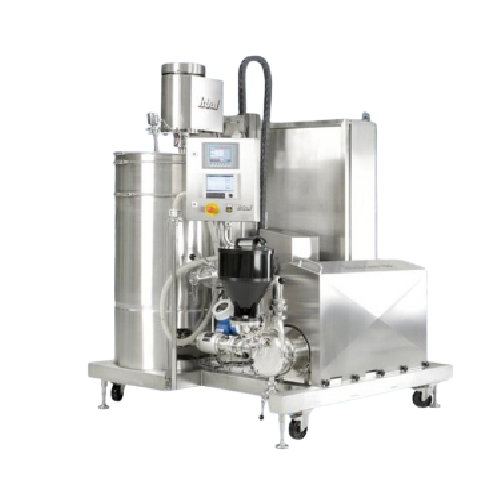
Inline disperser for food production
Quickly achieve stable, agglomerate-free dispersions and emulsions with minimal manual...
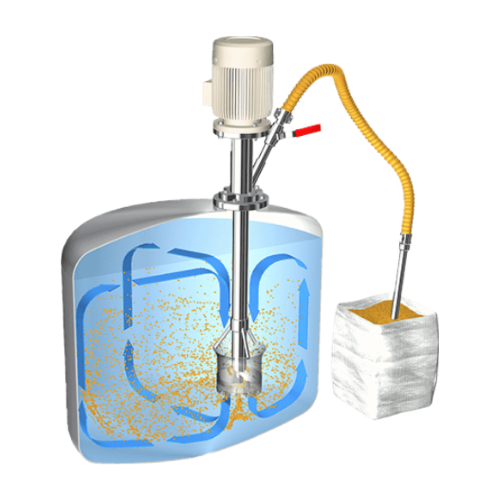
Low-dust powder induction mixer for liquids
Achieve dust-free induction and homogenization of powders in liquids with prec...
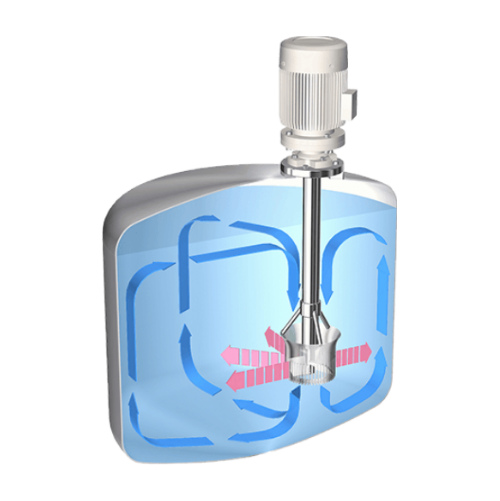
High-performance dispersing and mixing solutions
Enhance your mixing and dispersing processes with advanced fluid stream t...
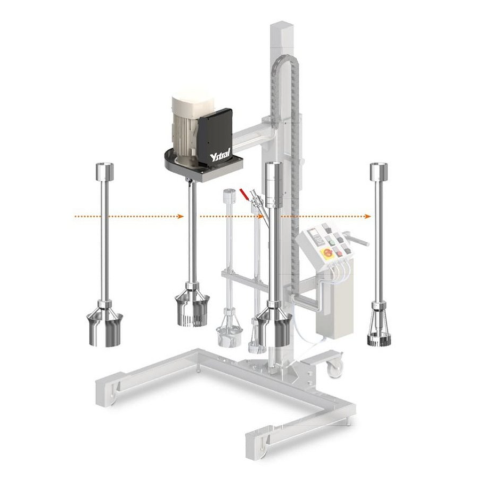
Multipurpose mixing equipment for chemical and pharmaceutical production
Achieve unparalleled flexibility with modular,...
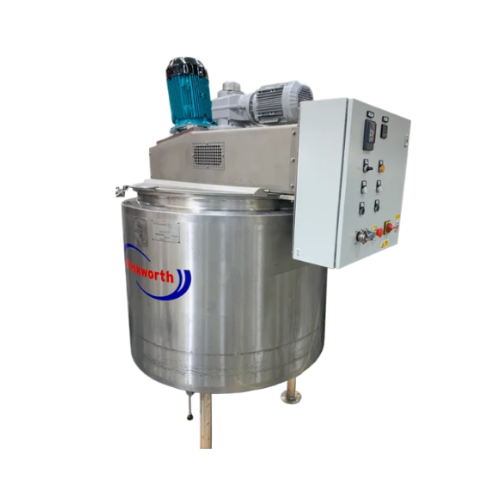
Pv processing vessels for liquid and cream mixing
Optimize your mixing operations with versatile processing vessels desig...
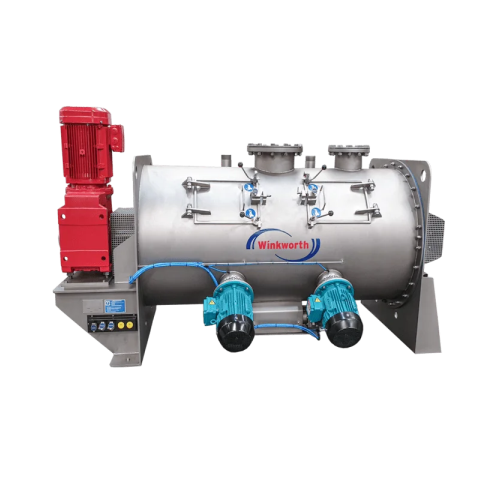
High-speed mixer for industrial mixing applications
Achieve rapid, consistent mixing and dispersion across diverse materi...
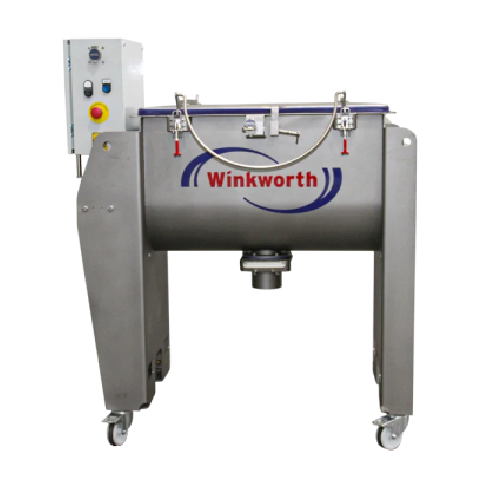
Horizontal shaft mixer for free-flowing materials
Achieve consistent mixing of diverse free-flowing materials with a reli...
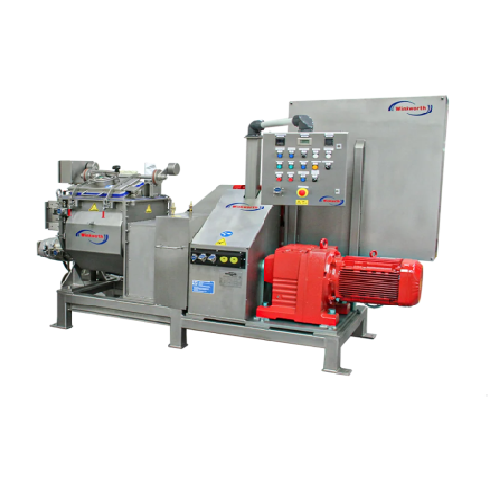
Industrial sigma mixer extruder for homogeneous mixing and extrusion
Achieve precise mixing and seamless extrusion of d...
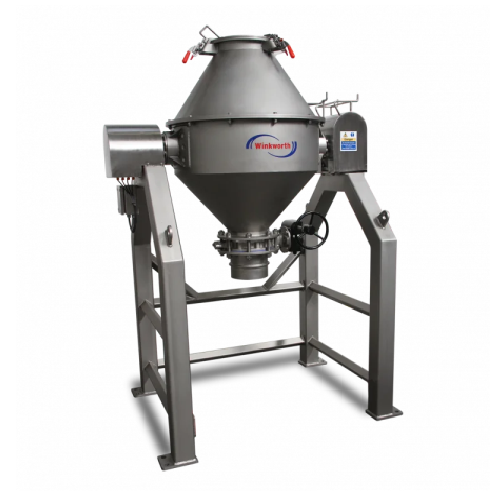
Double cone mixer for free-flowing material blending
Optimize your production with precision blending and gentle drying o...
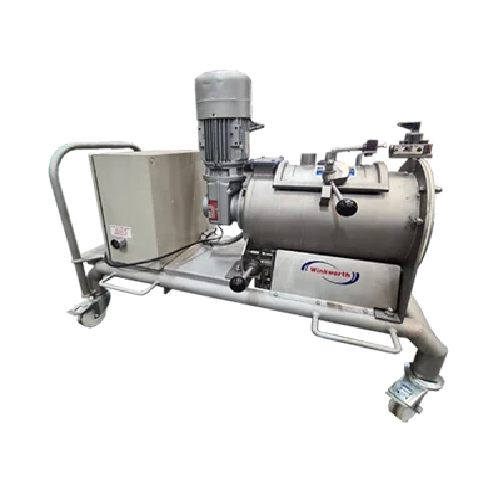
Industrial mixers for hire
Optimize your production line with versatile mixers designed for precision blending, heating, and...
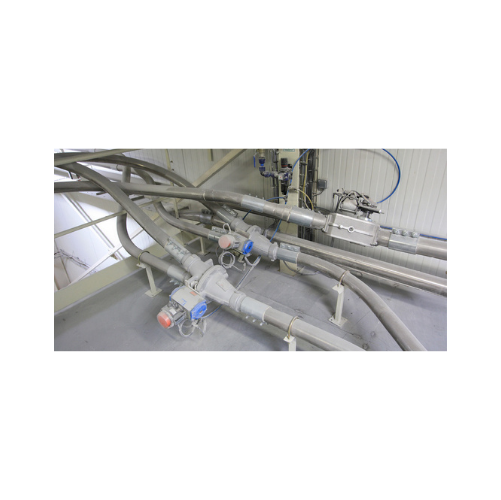
Flap diverter valves for pneumatic conveying
Streamline material flow in your pneumatic conveying system by effortlessly r...
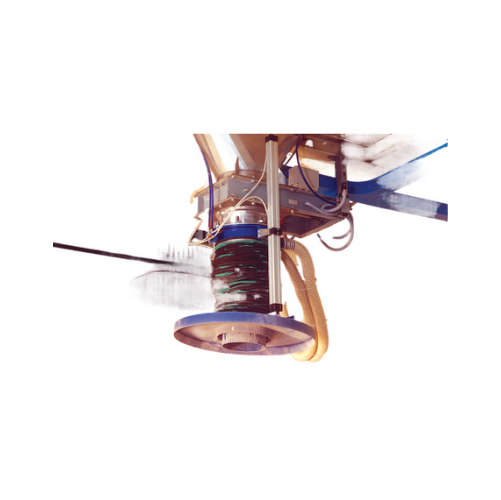
Loading bellows for drums and Ibcs
Ensure dust-free loading of bulk solids into confined spaces with compact, pneumatically...
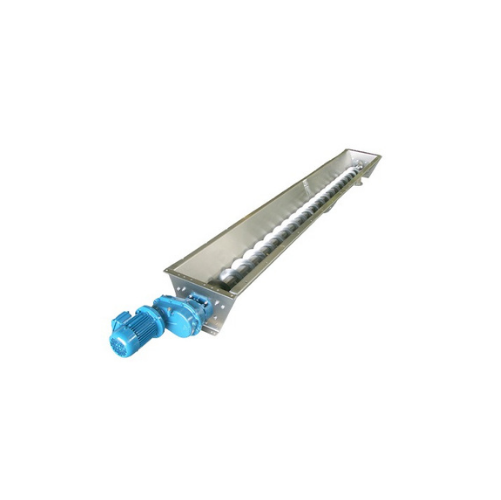
Stainless steel trough screw conveyor
Ideal for precise handling of powdery and granular materials, this solution ensures m...
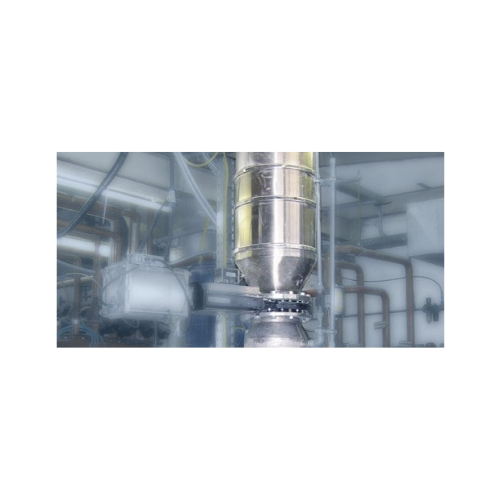
Powder locks for safe bulk material handling
Ensure containment and prevent contamination while processing sensitive bulk ...
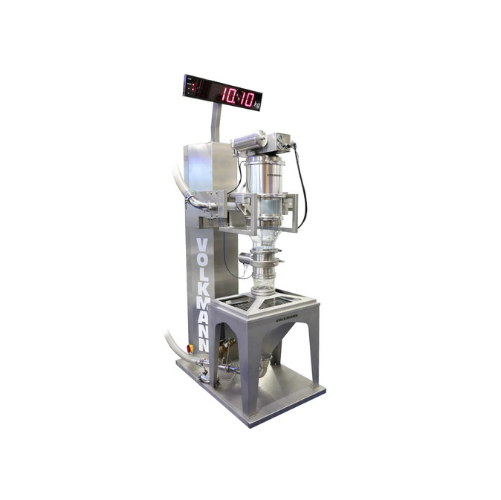
Integrated conveying and weighing system for bulk materials
Achieve precise material management with a solution that sea...
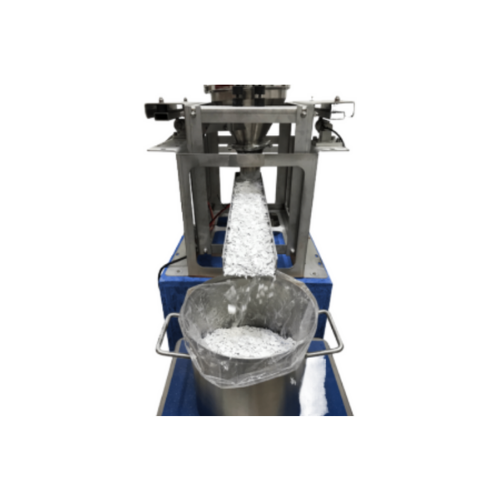
Vibratory feeder for dosing powders and bulks
Ensure precise feeding of powders and bulk materials with a system that inte...
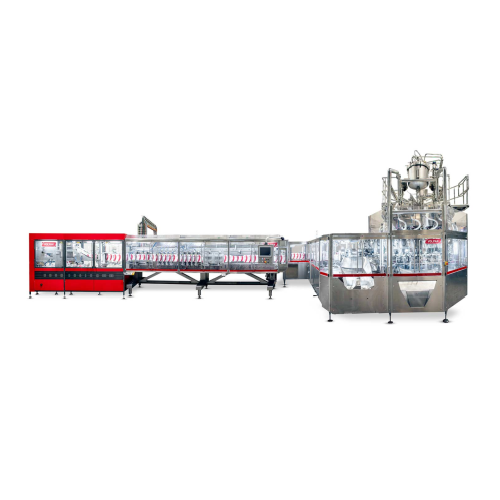
Continuous stand-up pouching solution for up to 1000ml
Maximize efficiency in high-speed production lines with precise st...

Bag rip-and-tip dump stations for bag emptying
Efficiently manage bag emptying operations with advanced dust containment a...
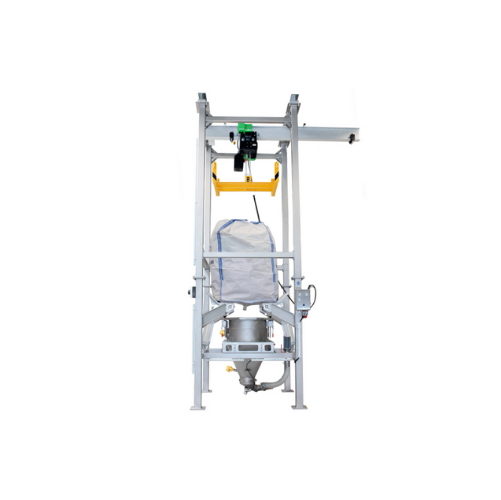
Big-bag unloading station for bulk materials
Facilitate seamless integration into your production line with efficient bulk...
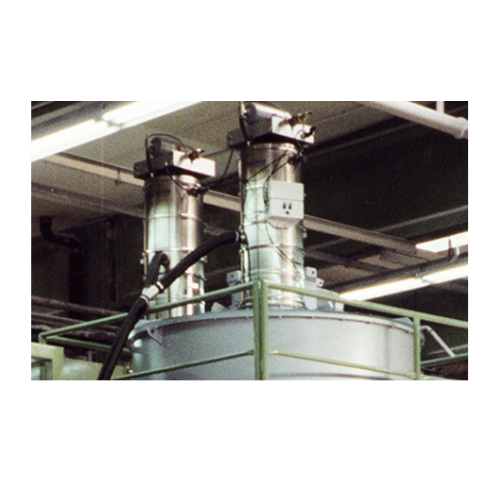
Continuous vacuum conveyors for material flow control
Ensure consistent material transfer and reduce downtime in your pro...
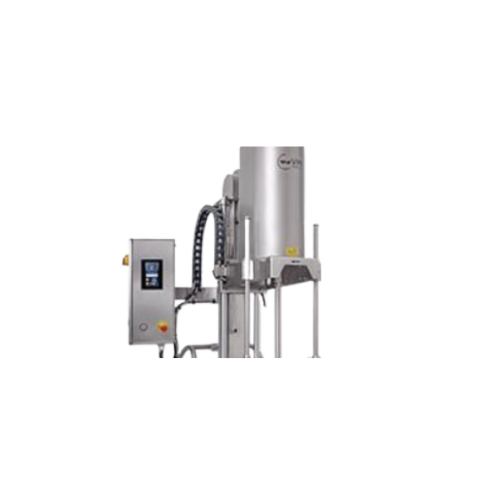
Adjustable industrial mixers for thick product blending
Experience precise blending and control for thick and high-viscos...
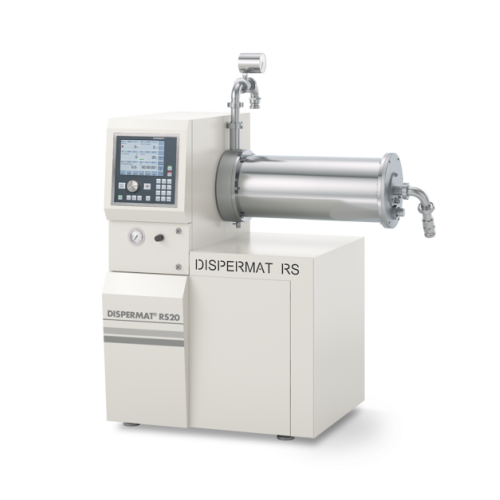
Horizontal bead mill for fine grinding in continuous process
Achieve ultrafine particle dispersion and consistent mixing...
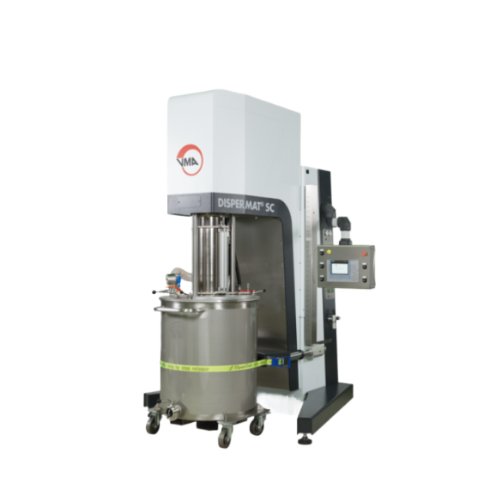
Modular basket mill for industrial dispersion
Effortlessly enhance your production efficiency with this versatile solution...
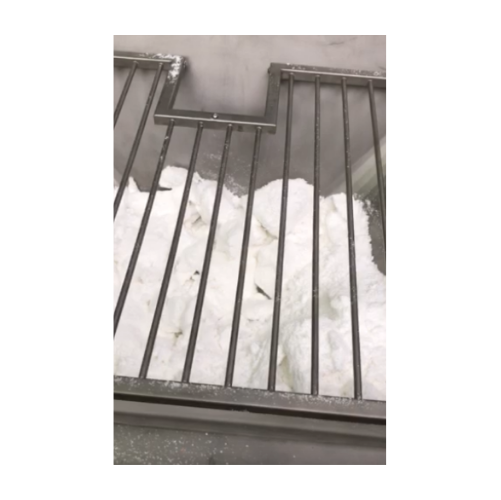
Lump breaker for breaking agglomerates and lumps
Effortlessly break down challenging agglomerates and clumps to ensure smo...
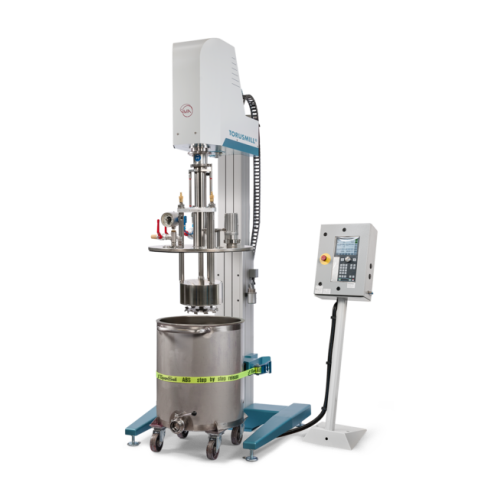
Vacuum basket mill for highly viscous products
Achieve precision in fine milling under vacuum to prevent air inclusions in...
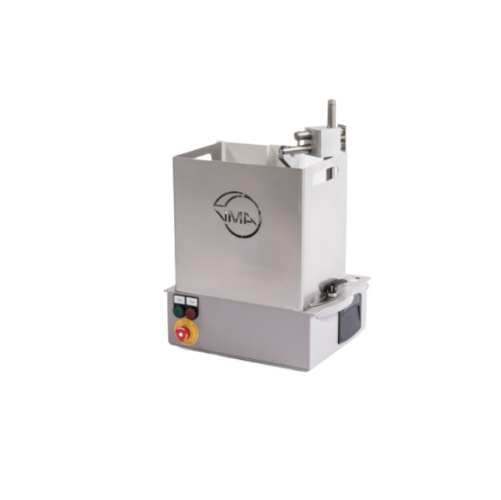
Industrial dissolver for high-viscosity materials
Efficiently disperse and mix high-viscosity materials with precision, e...
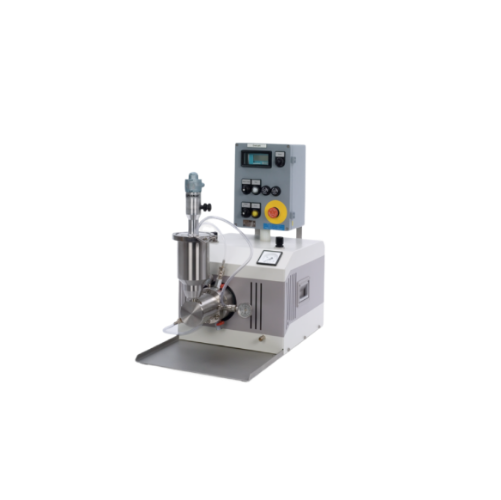
Atex horizontal bead mill
Ensure precision and safety in explosive environments with a robust solution that finely grinds an...
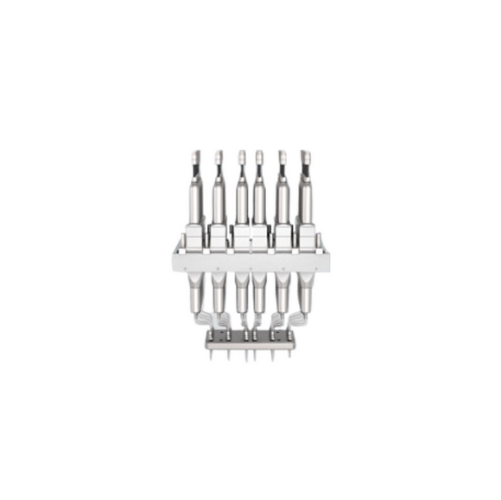
Fully automatic filling lines for liquids
Achieve precise dosing and filling of liquids with minimal cycle times using com...
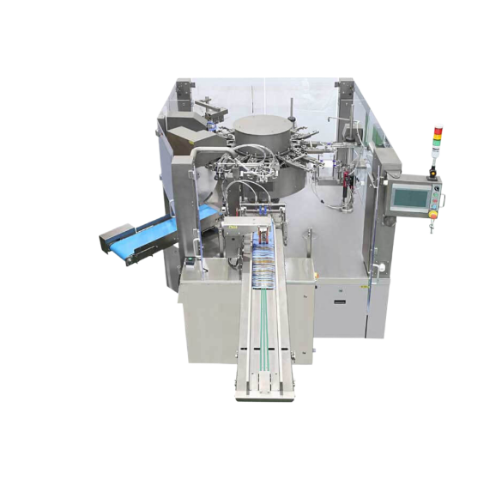
Rotary pouch packaging system for food and powder products
Streamline your packaging process with a rotary system that e...

High-capacity stick pack packaging solution
Enhance your production efficiency by packaging diverse products like powders ...
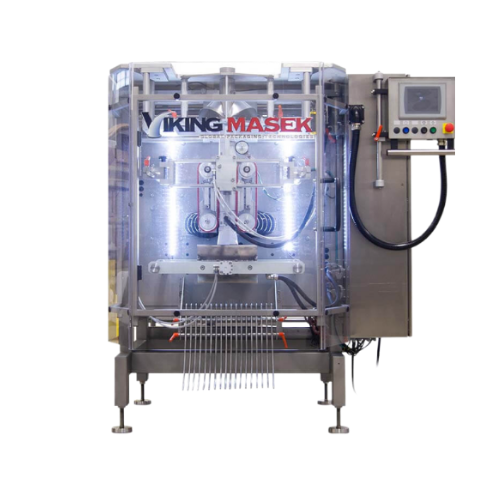
Vertical form fill seal for dusty and liquid products
Optimize your packaging line with a versatile solution designed to ...
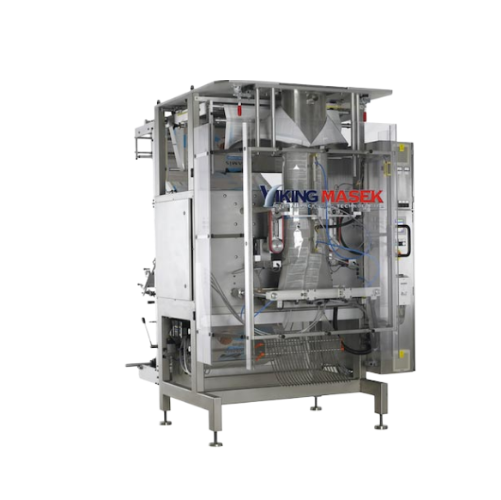
Vertical form fill seal for large bag packaging
For operations requiring precise, large bag packaging, this equipment ensu...
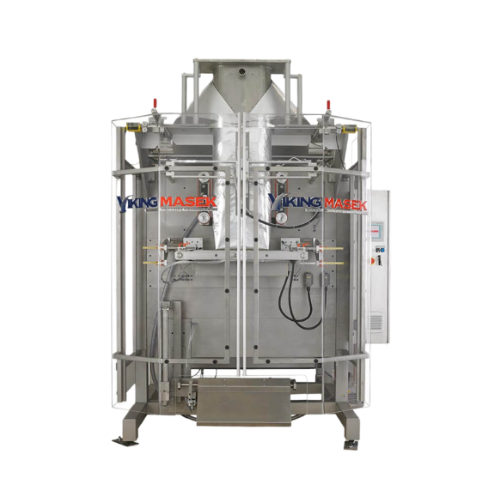
Vertical form fill seal for bulk bag packaging
Streamline your bulk bag packaging with efficiency and precision, ideal for...
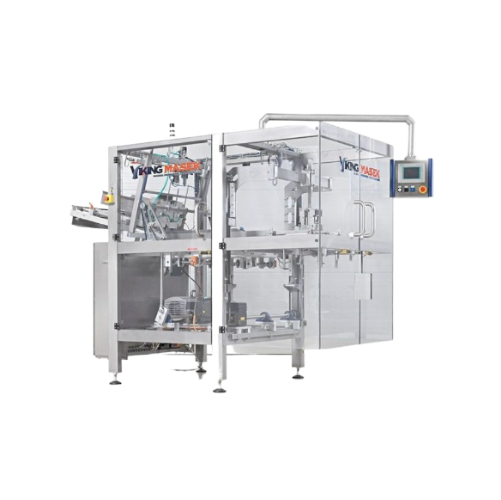
Top load cartoner for various carton shapes
Optimize your production line with a versatile cartoning solution, perfect for...
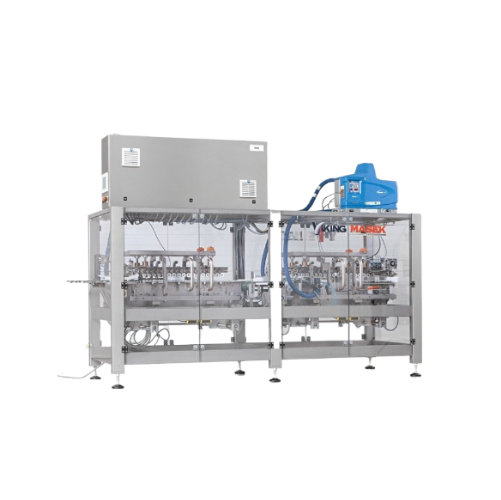
Topload cartoner for packaging cartons
Efficient flap closing for diverse carton sizes, ensuring gentle handling of sensiti...
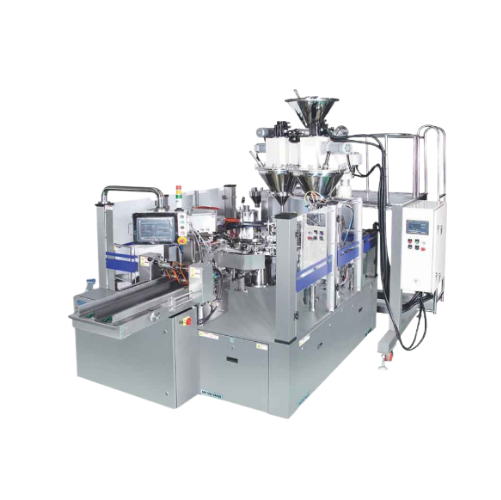
Automatic rotary filler and sealer for premade pouches
Enhance your production line efficiency with a dual-lane system th...
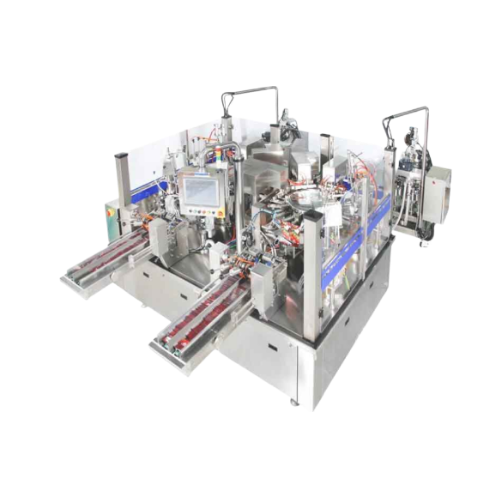
Automatic rotary premade pouch filler and sealer
Optimize your production line with high-speed pouch filling and sealing, ...
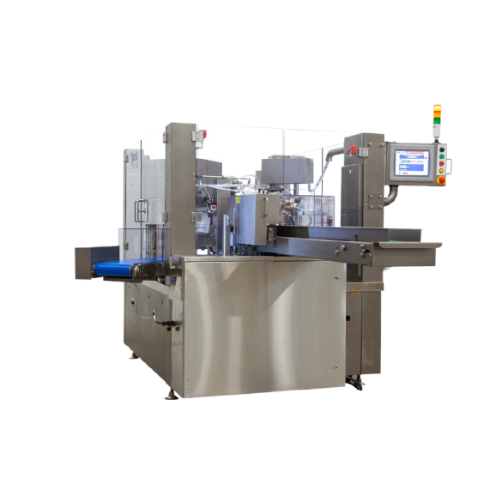
Premade pouch fill and seal solution
Effortlessly fill and seal various pouch sizes for streamlined packaging in diverse fo...
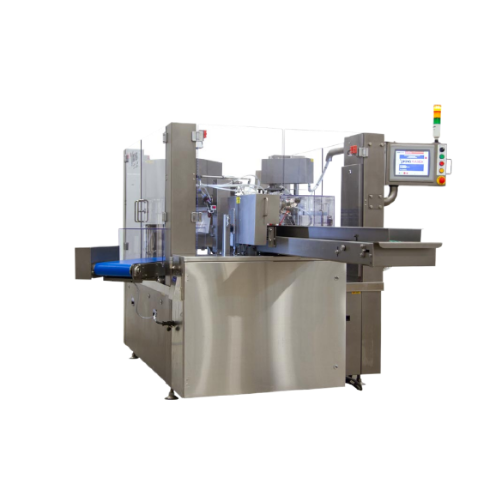
Automatic rotary premade pouch filler for food products
Enhance your packaging line with a high-speed solution designed t...
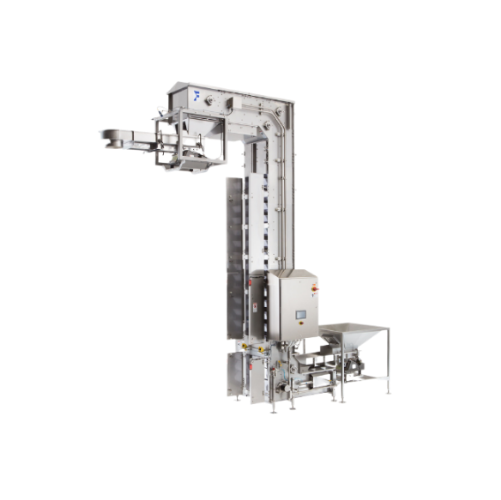
Automated infeed and outfeed systems for packaging lines
Streamline your production line by integrating reliable infeed a...
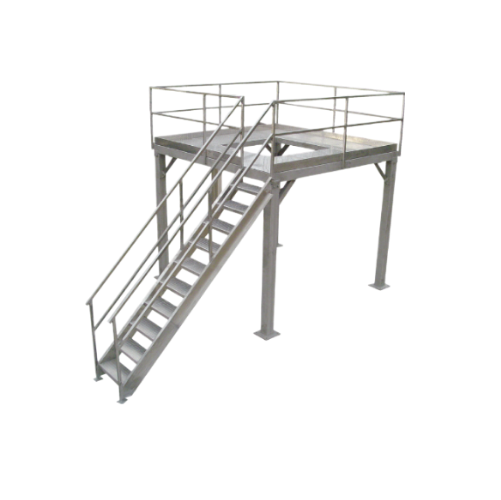
Support structures for packaging lines
Enhance safety and efficiency in your production line with robust support structures...

Robotic palletizing and depalletizing systems
Enhance your production efficiency by automating the repetitive and labor-in...
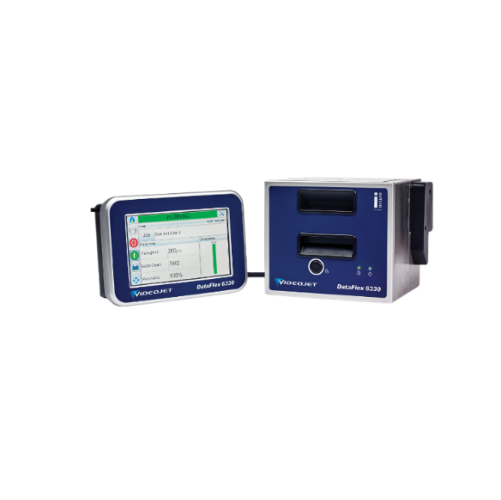
Industrial printers and labelers for packaging
Ensure precise package identification and traceability with robust printing...
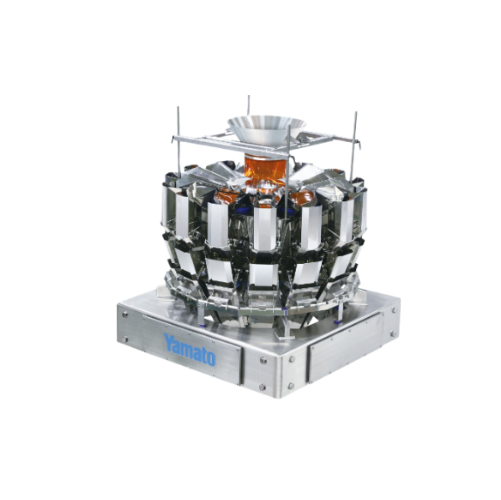
Industrial product fillers for precise packaging
Achieve consistent package weights and volumes with precision filling sol...
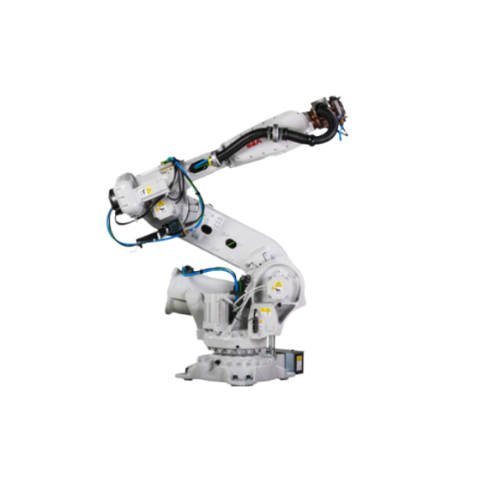
Robotic packaging integration for automated systems
Enhance your production line efficiency with seamless robotics integr...
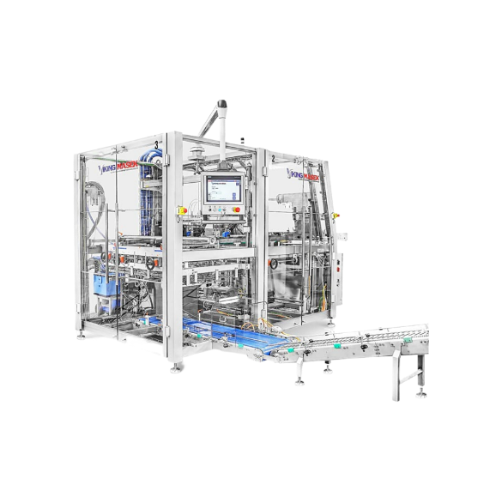
High-performance tray erector for packaging
Streamline your packaging process with a versatile tray erecting machine that ...
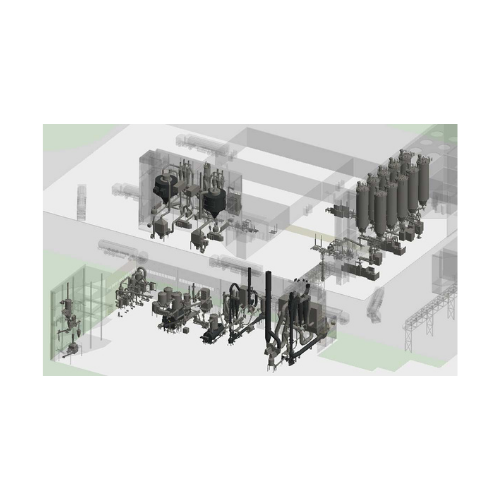
Corn wet milling plant drying systems
Optimize corn processing efficiency with integrated drying and dewatering systems des...
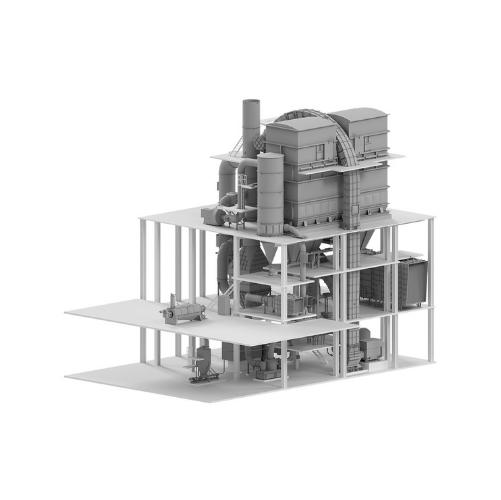
Flash dryer for corn starch
Reduce energy consumption and maintain product quality with efficient drying solutions designed ...
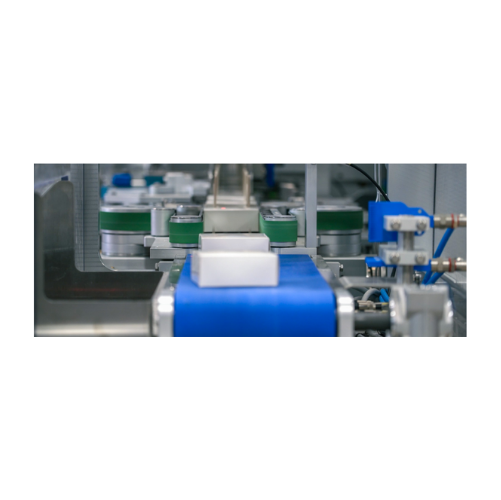
Cartoning solution for pharmaceutical products
Ensure accurate and efficient packaging of pharmaceutical products with pre...
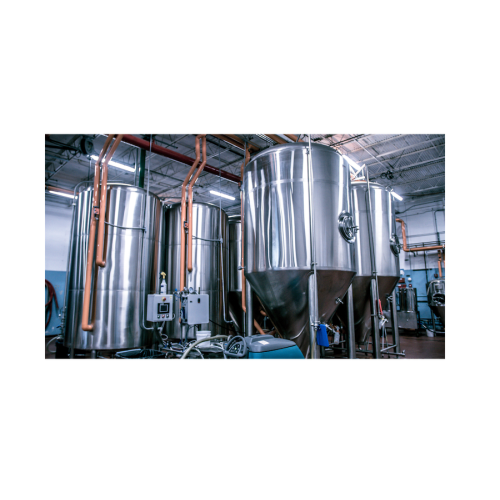
Turnkey stainless steel tanks
Optimize your liquid processing with versatile stainless steel tanks designed for efficient st...
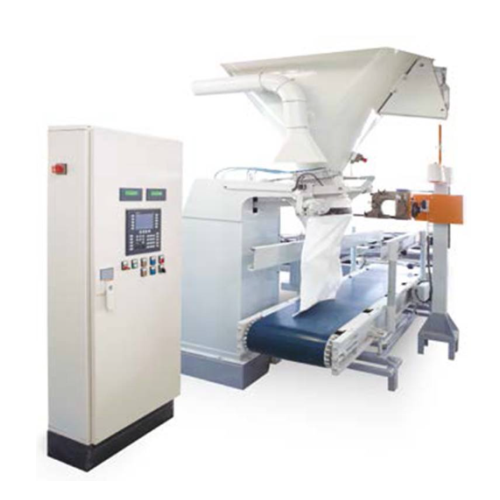
Automatic packaging machine for open-mouth bags
Optimize your packaging line with precision weighing and high-speed baggin...
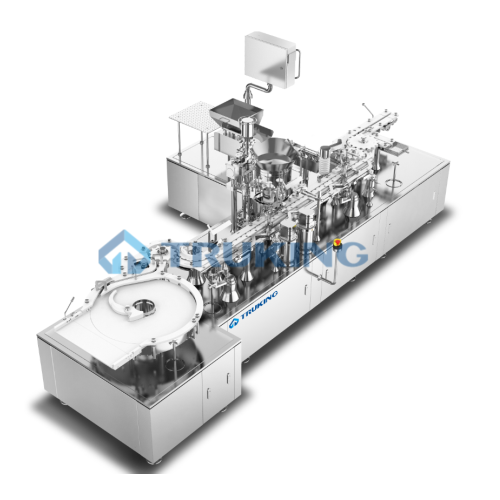
Vial powder dispensing system
Optimize your aseptic fill process with high-precision powder dispensing that minimizes contam...
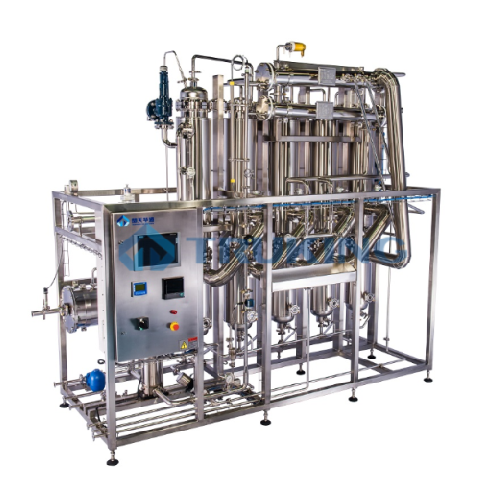
Multi-effect water distillator for pharmaceutical applications
Ensure your production line meets stringent regulatory st...
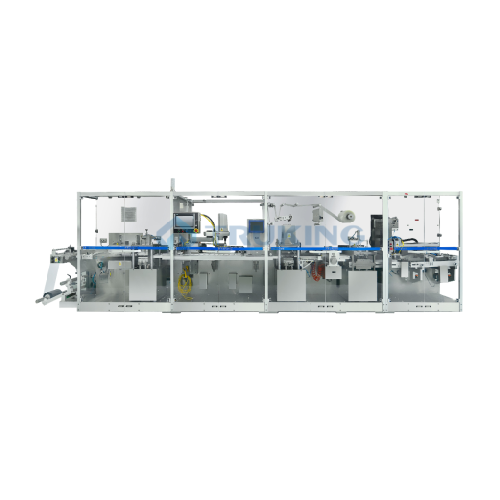
High capacity automatic blister packaging system
Streamline your production line with a high-speed blister packaging syste...
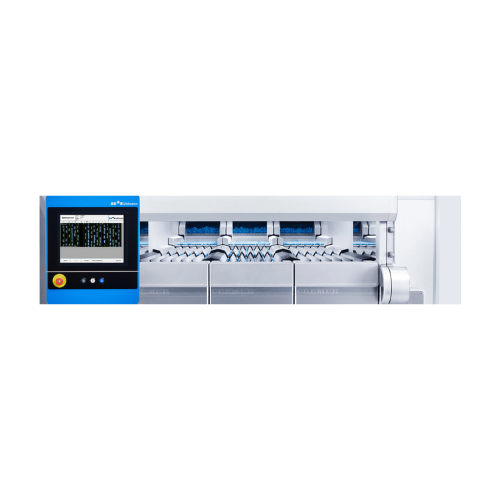
High-speed vacuum blender for commercial use
Achieve optimal blending with cutting-edge vacuum technology, ensuring vibran...
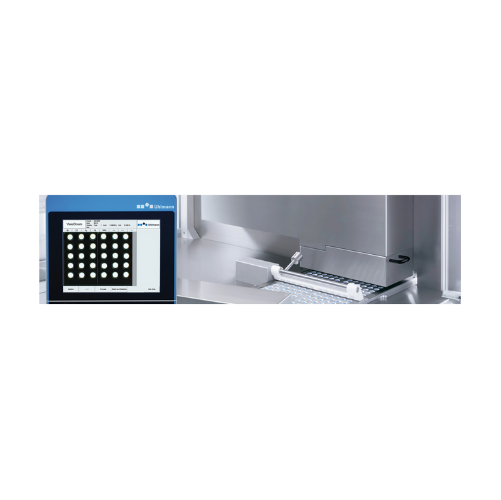
Glass personal blender for nutrient preservation
Experience enhanced flavors and nutrient retention with advanced vacuum b...
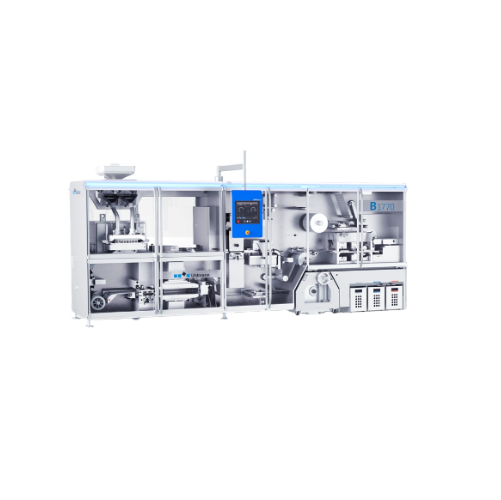
High-speed blender for commercial use
Designed for high-performance blending tasks, this solution integrates vacuum technol...
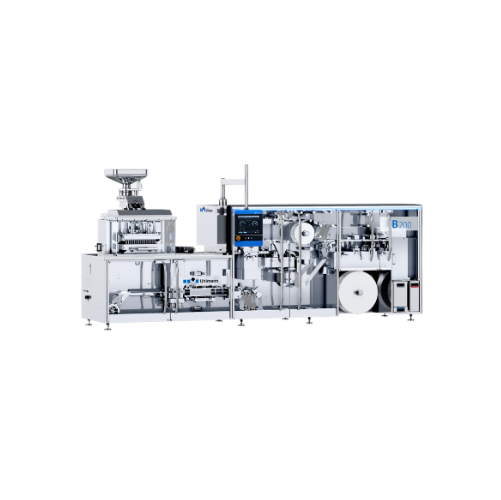
Single-serving blender for home use
Create smooth, nutrient-rich beverages and culinary delights effortlessly, whether you&...
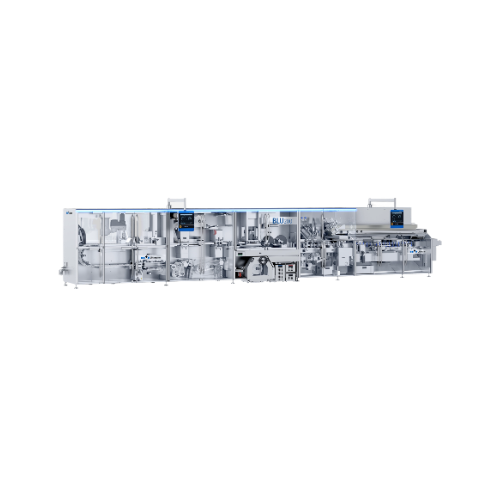
Single-serving blender for quick personal blends
Transform your favorite ingredients into nutritious smoothies, soups, and...
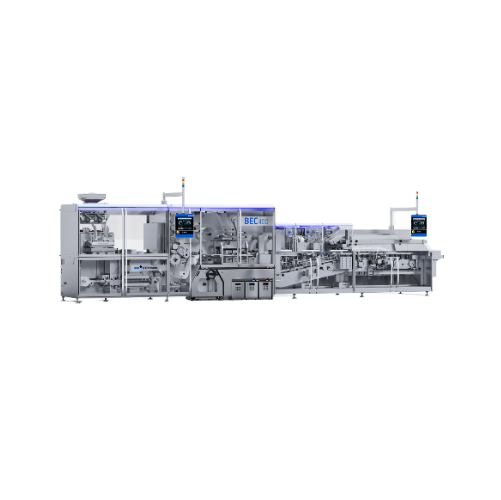
Fully automated packaging lines
Streamline your production with versatile packaging lines designed to handle a range of good...
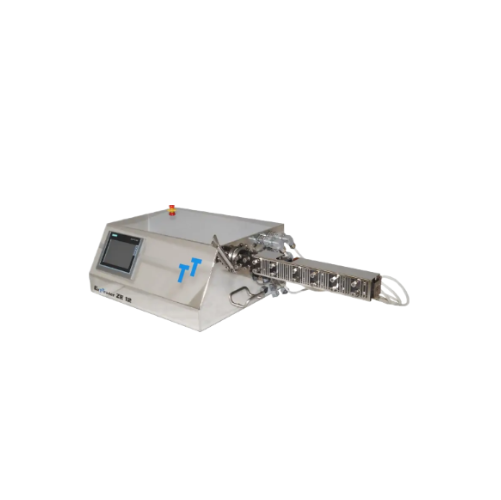
Table-top mini extruder for precision material processing
Achieve precise control over complex formulations with this fl...
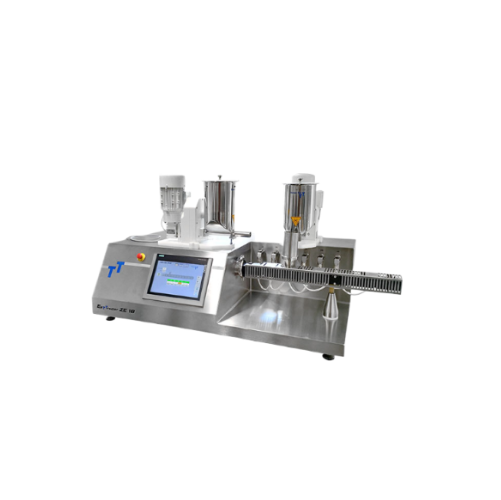
Table top extruder for customizable extrusion processes
Discover versatile extrusion capabilities for developing complex ...
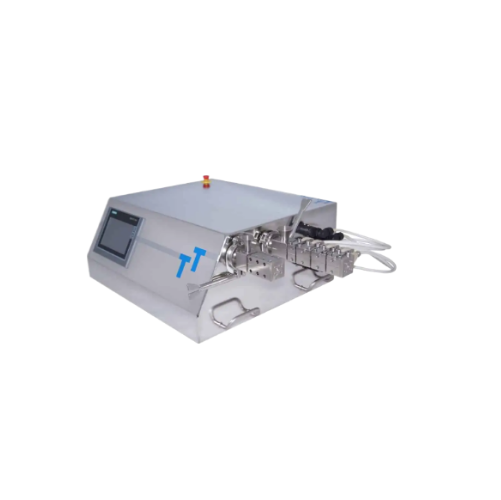
Hybrid laboratory extruders for reproducible scale-up applications
Easily switch between screw diameters to enhance fle...
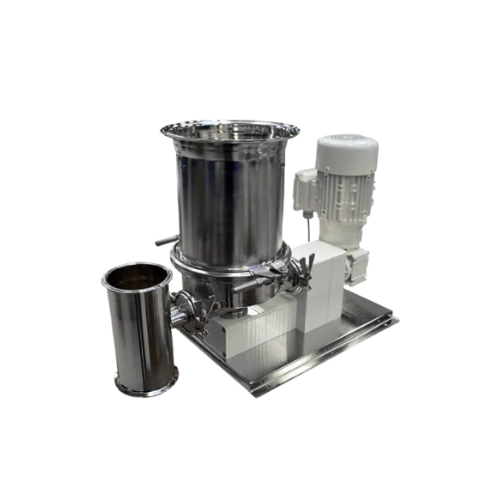
Flat-bottom twin-screw feeder for precise powder feeding
Achieve precise control in powder dispensing with this flat-bott...
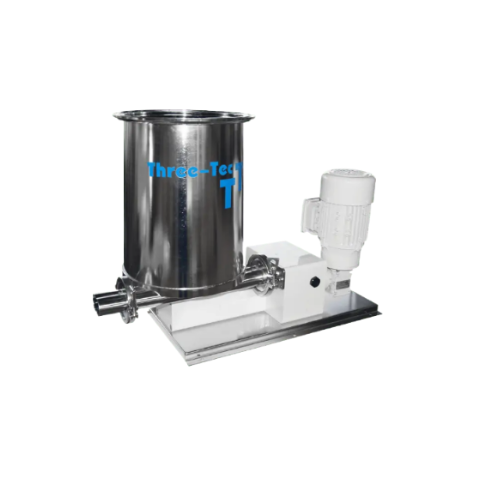
Volumetric twin-screw feeder for poorly flowing powders
For manufacturers dealing with powders that clump or cake, this f...
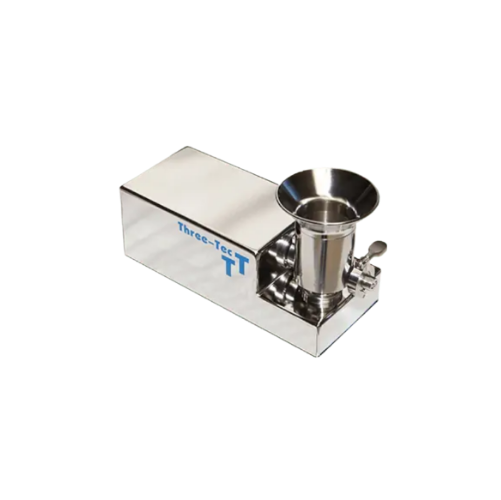
High-precision feeding system with load cell and weighing electronics
Achieve unparalleled accuracy in dispensing powde...
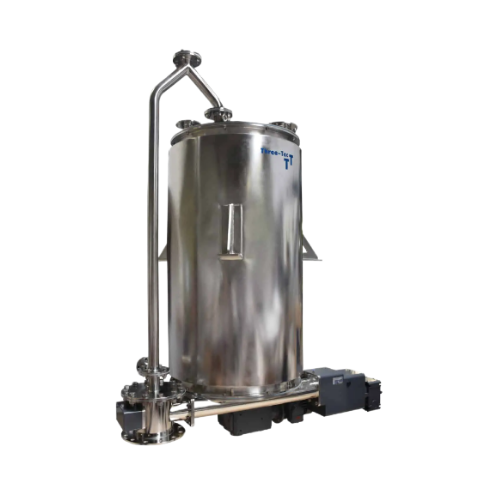
Twin screw feeder for bulk material handling
Optimize your bulk material processing with a solution designed for precise f...
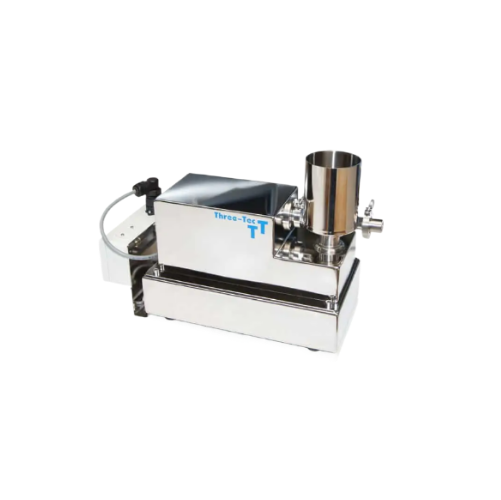
Precise volumetric or gravimetric powder feeder
For precise feeding of challenging powders prone to clumping and bridging,...
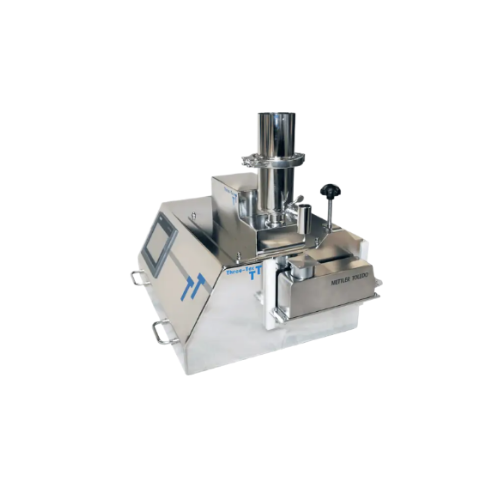
Table-top gravimetric feeding solution for precision batches
Achieve high-precision batch filling with integrated gravim...
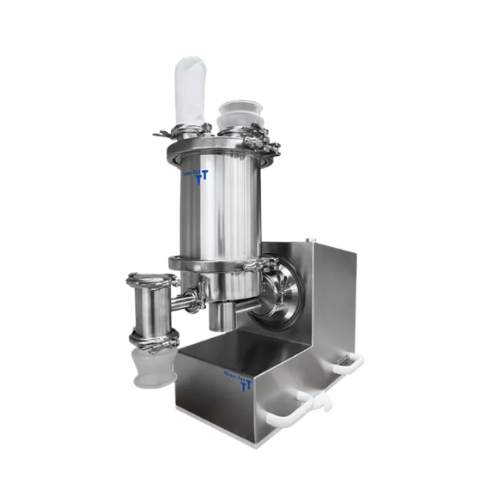
Gravimetric twin screw feeders for pharma powders
Optimize feeding for challenging materials with dust and water-resistan...
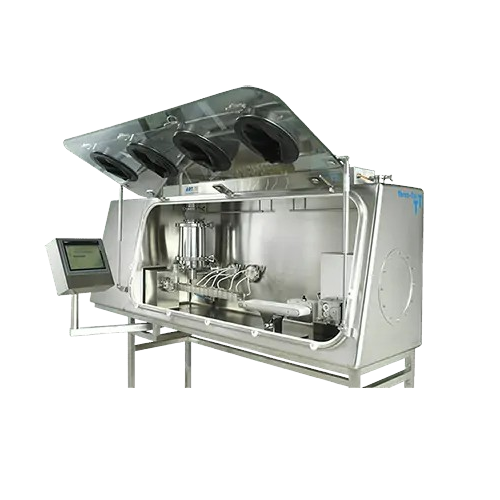
Isolator high containment for granule production
Ensure high-purity production in pharmaceuticals with controlled granulat...
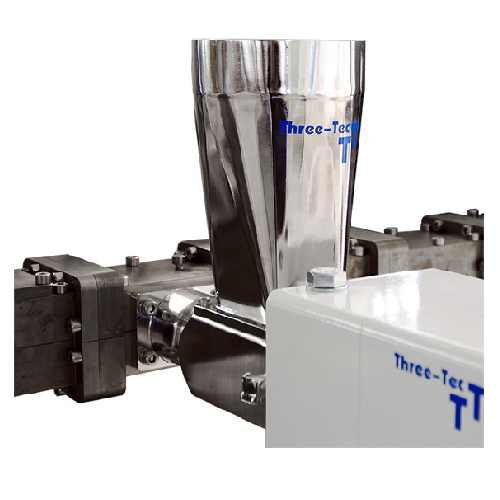
Side feeding device for extruders
Enhance your extrusion process with a side feeding device that gently introduces powders,...
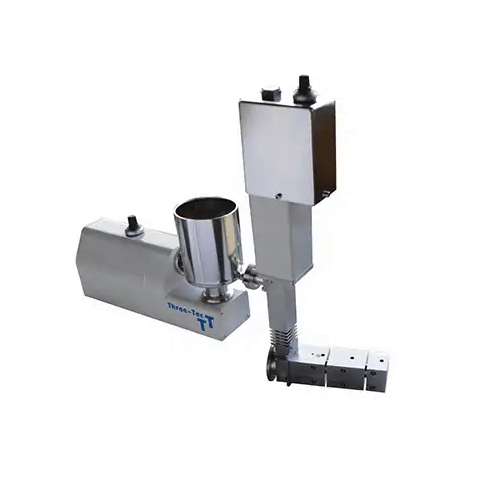
Stuffing feeding device for extruders
Efficiently feed cohesive or lightweight powders into extruders to enhance product qu...
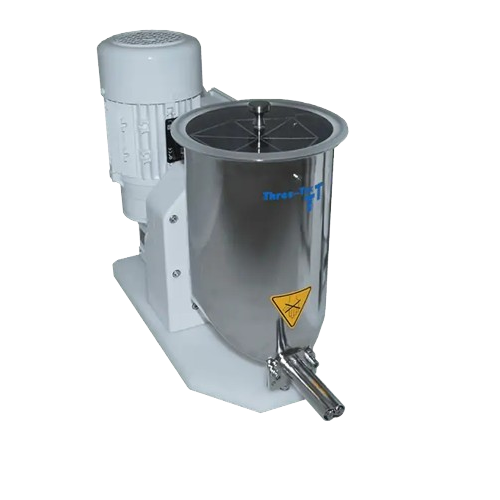
Twin-screw feeder for powders and micro-granules
Ideal for handling poorly flowing powders and granules, this advanced twi...

Volumetric flat-bottom twin-screw feeder for powders
When handling powders prone to clumping, a reliable feeder ensures u...
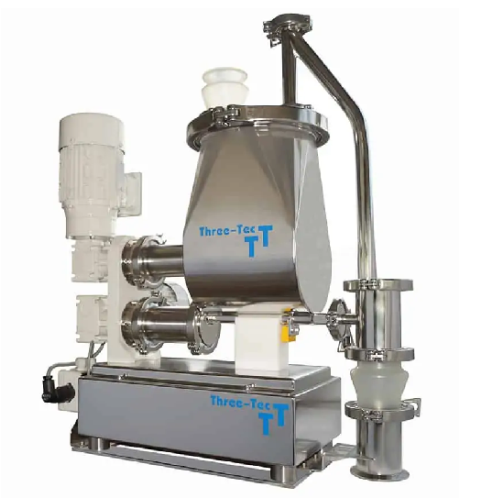
Quick change feeding devices for industrial applications
Experience seamless product transitions with quick-change feedin...
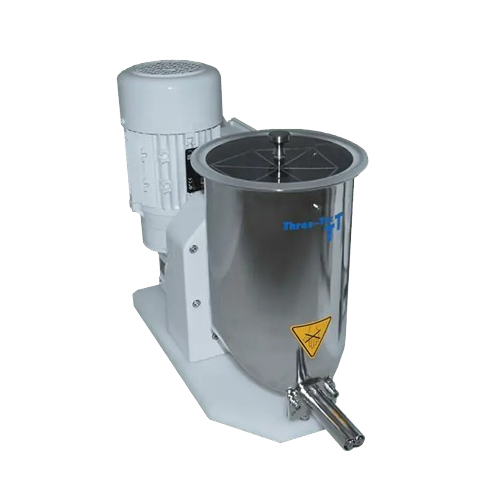
Twin screw feeder for dosing bulk solids
Ideal for precise bulk solids dosing, this twin screw feeder ensures consistent fl...
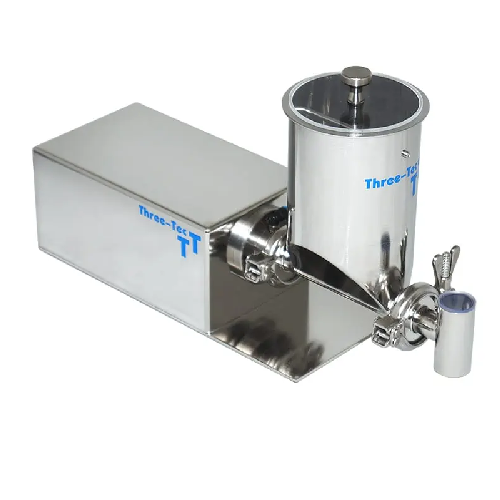
Volumetric single-screw feeder for fine dosing
Achieve precise and consistent dosing of fine powders and granules with a c...
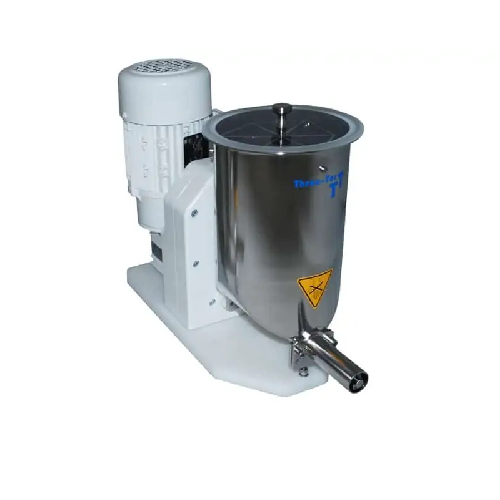
Volumetric single-screw feeders for free-flowing products
Achieve precise and continuous feeding of free-flowing powders...
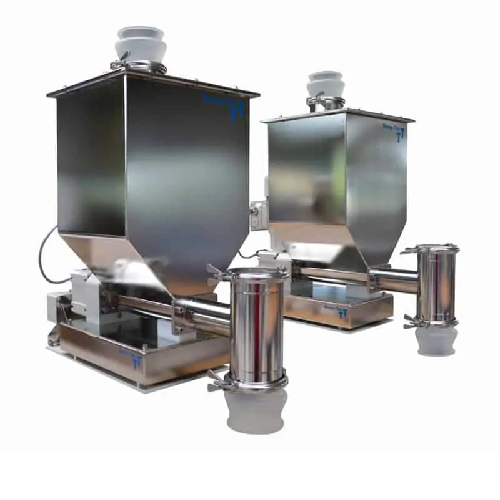
Gravimetric single-screw feeder for free-flowing products
Optimize your dosing precision for powders and granulates with...
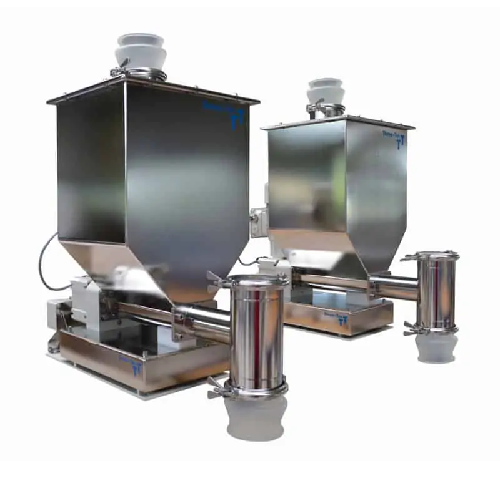
Volumetric single-screw feeder for free-flowing products
Optimize your production line with precise feeding and metering ...
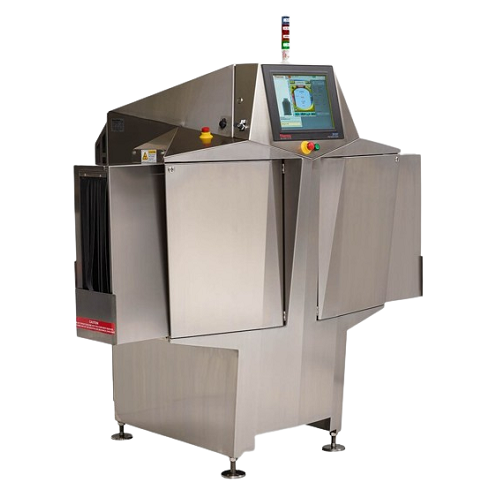
X-ray inspection for tall packages in cans and bottles
Ensure your production line detects foreign objects in tall packag...
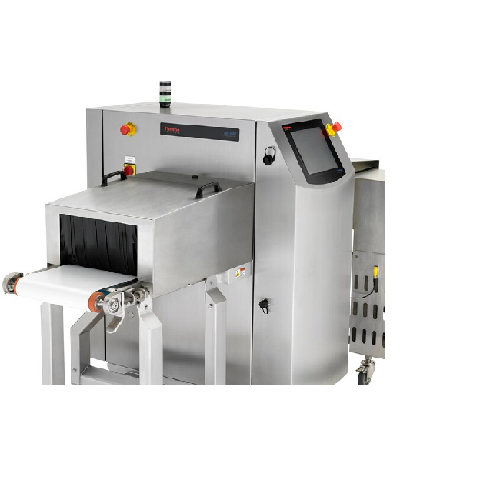
X-ray detection for food inspection
Ensure product integrity in high-speed packaging lines by detecting metallic and non-me...
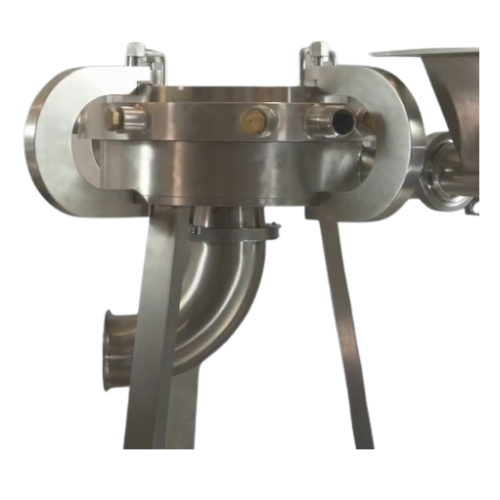
Micronization for pharmaceuticals
Achieve ultra-fine particle size reduction for complex materials, essential when precisio...
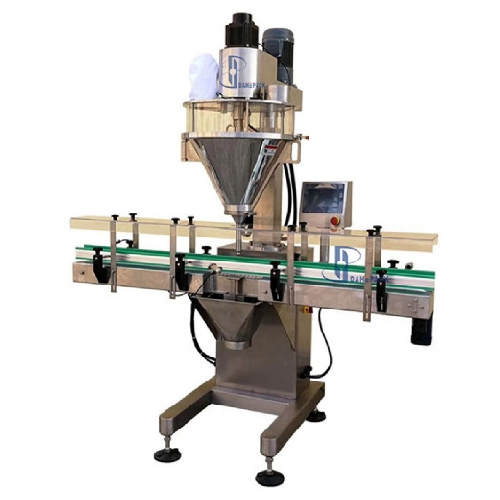
Volumetric auger filler for powder packaging
Streamline your powder packaging process with precise and efficient volumetri...
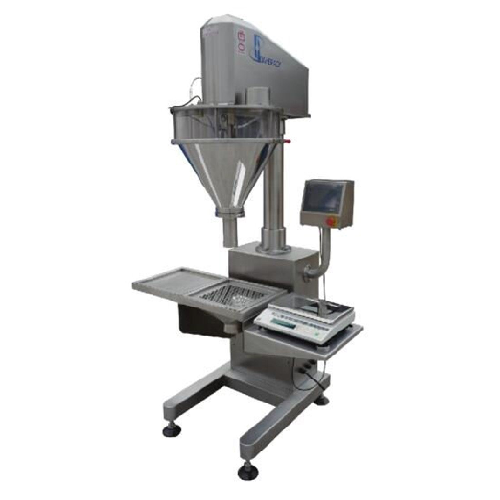
Volumetric auger filler for precise powder weighing
Optimize your production line with a high-speed volumetric auger fill...
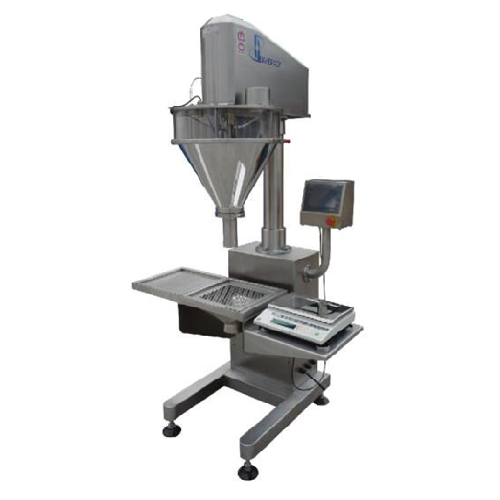
Volumetric auger for powder weighing and depositing
Ensure precise powder weighing and depositing for consistent product ...
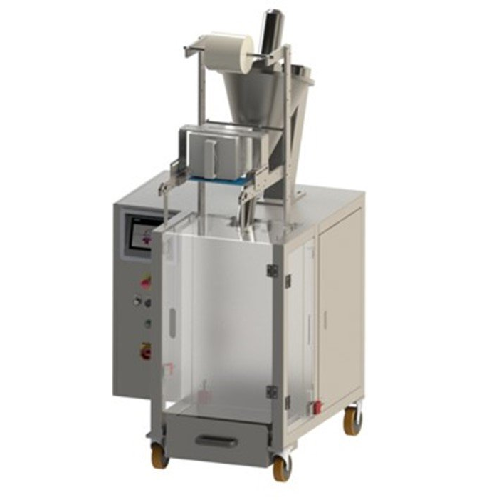
Sachet powder filling machine
Optimize your packaging line with this efficient solution for precise powder filling, ensuring...
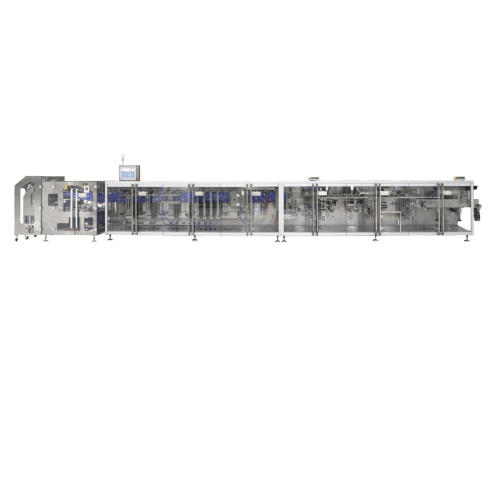
Horizontal form-fill-seal systems for pouch packaging
For production lines that demand efficient pouch creation, these hi...
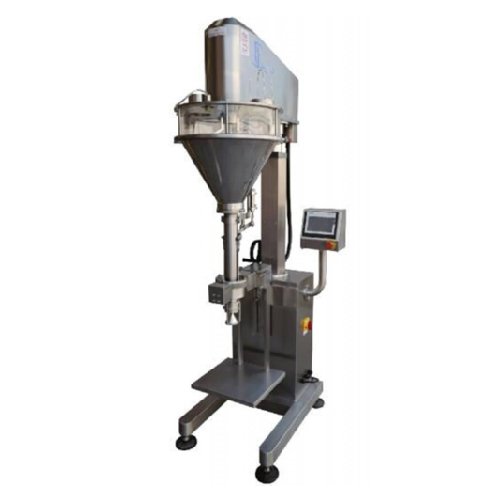
Gravimetric auger filler for powder weighing
Achieve precise powder filling with this gravimetric auger solution, ensuring...
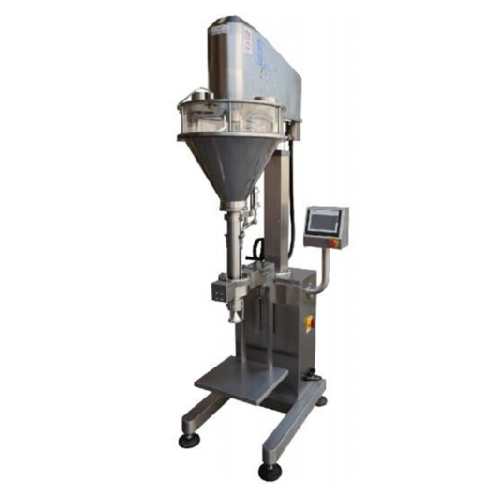
Powder auger filler for precise weighing and depositing
Ensure accurate and efficient powder filling with this innovative...
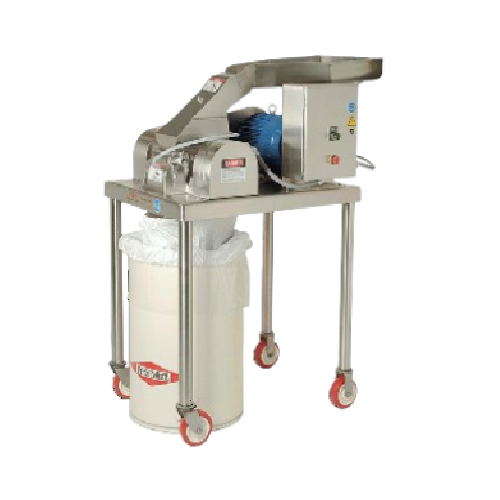
Atex approved hammer mills for high-capacity particle size reduction
Ensure precise and reliable particle size reductio...
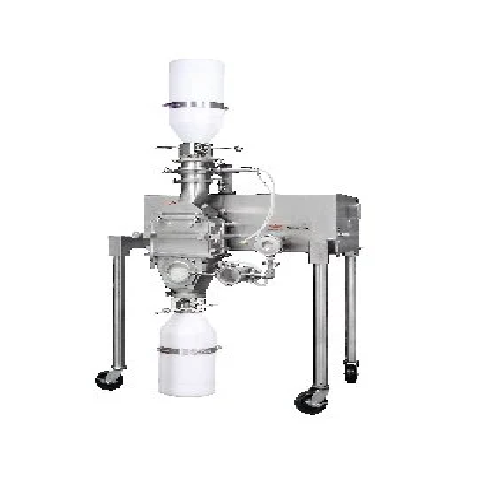
High accuracy hammer milling for precise particle size reduction
Achieve precise particle size control to enhance produc...
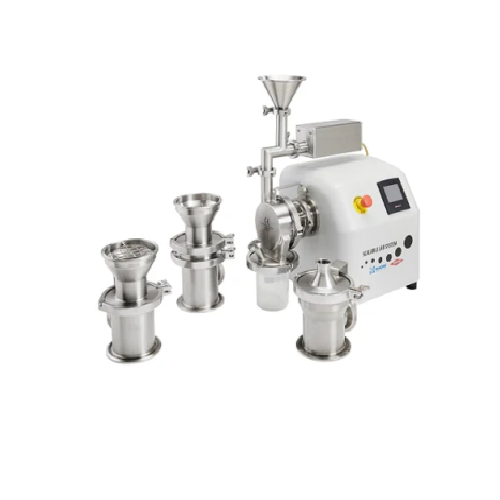
Lab scale hammer mills for fine particle size reduction
Optimize your R&D scaling efforts with versatile lab equipme...
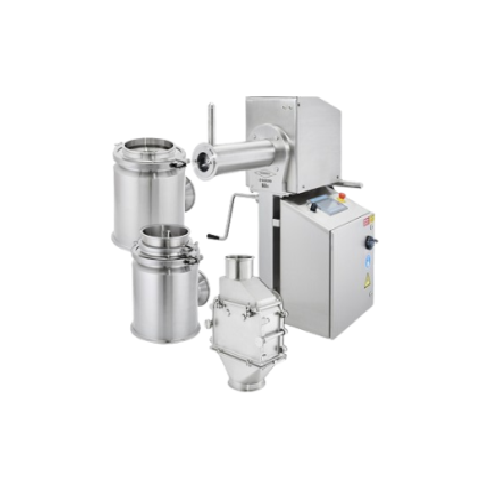
Pilot-scale milling and screening platform
Achieve precise powder consistency and integrity with flexible milling and scre...
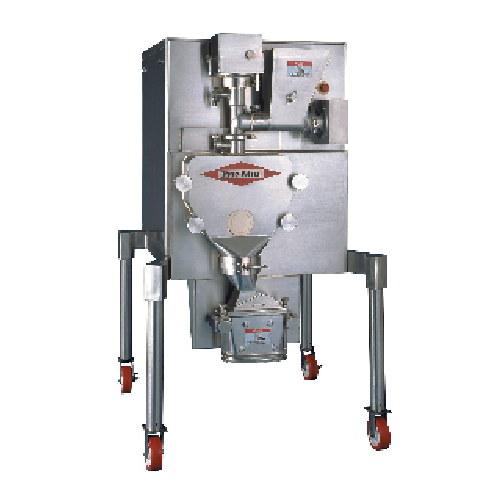
Pilot to full-scale roller compactor for dry granulation
Easily transition from pilot to full-scale production with this ...
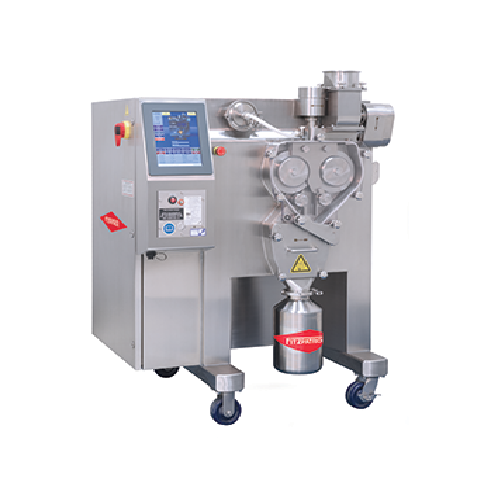
Roller compaction for dry granulation in pharmaceuticals
Ensure consistent granule size and density in your product line ...
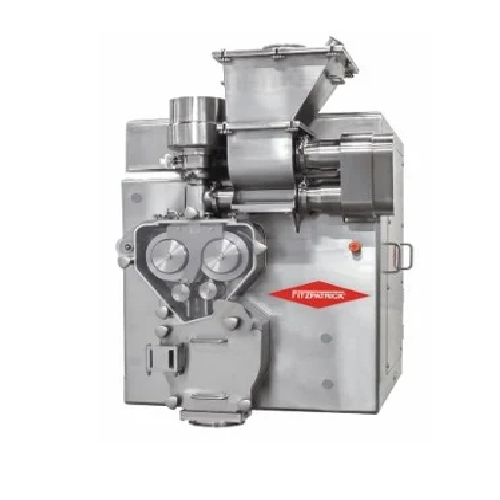
Roller compactors for dry granulation
Optimize your powder processing with advanced roller compaction, ensuring consistent ...
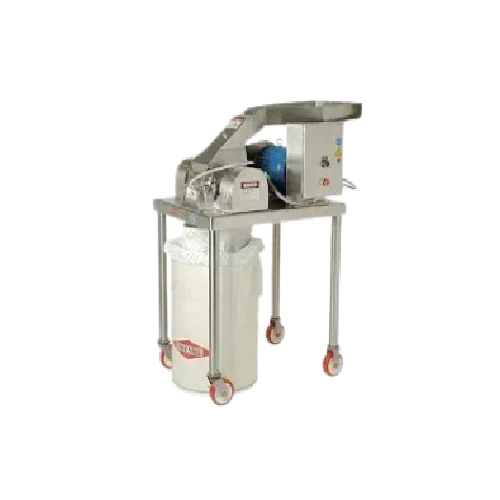
Industrial powder milling solution
Achieve precise particle size control and improve material flowability with this advance...

Industrial-scale bioreactors for large-scale biomanufacturing
When producing at large volumes, efficient and reliable bi...
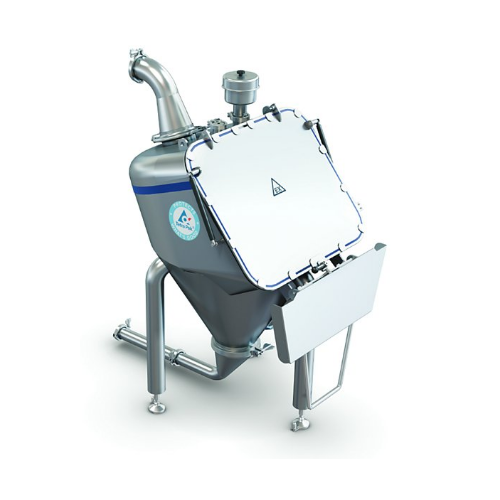
Bag tipping unit for Cip processes in powder handling
Ensure seamless powder handling and high hygiene standards in your ...
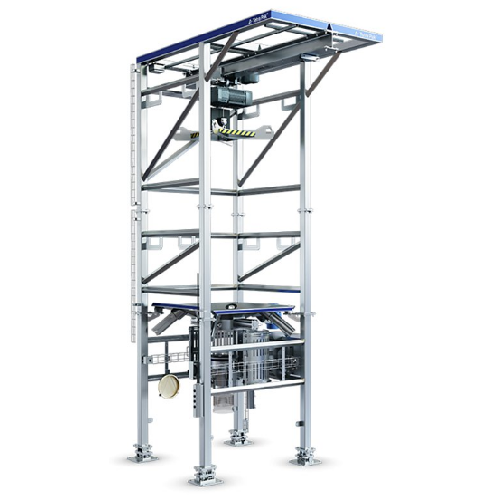
Big bag discharger for powder handling
Effortlessly discharge large bags of powdered ingredients with a modular, safe syste...
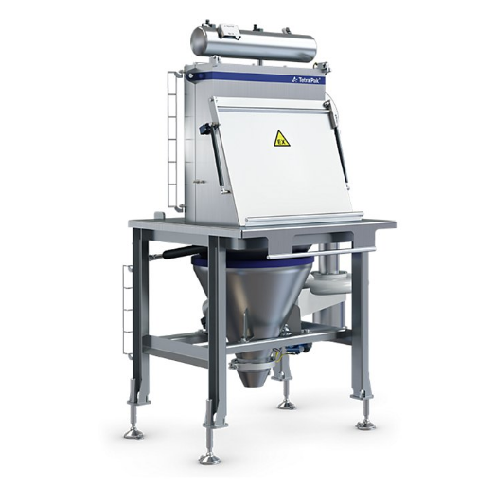
Manual bag tipping unit for powder handling
Ensure a contamination-free environment with a compact manual bag tipping unit...
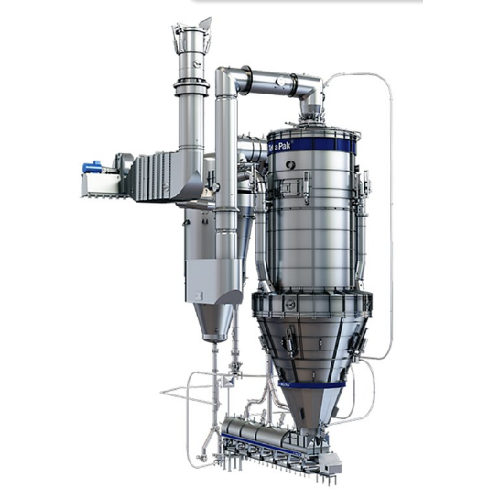
Spray dryer for heat-sensitive powders
Ensure high-quality drying of heat-sensitive powders, producing non-caking and non-h...
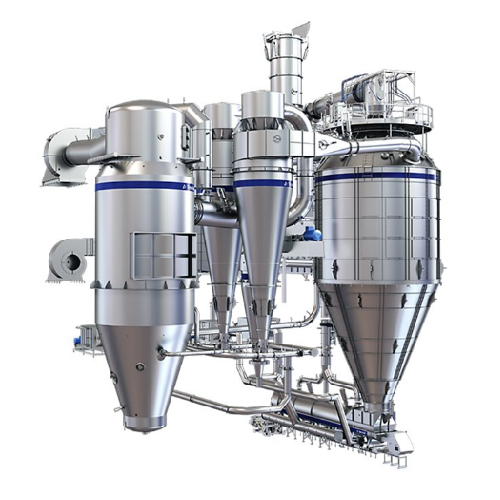
Spray drying system for nutritional powders
Enhance production efficiency and product quality with a versatile spray dryin...
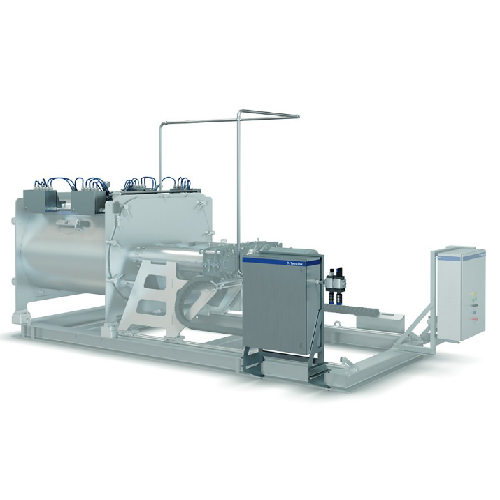
Air jet cleaning system for powder production
Eliminate water and chemical use while maximizing production efficiency with...
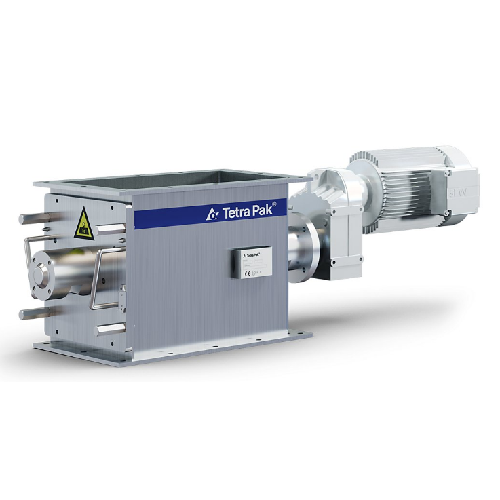
Lump breaker for dry powders and granulates
Optimize the consistency of your production line by efficiently breaking up lu...
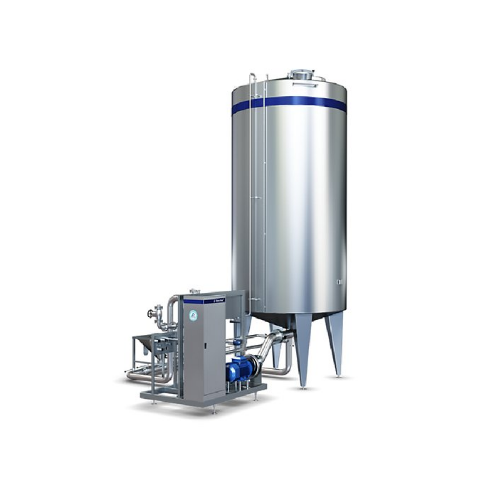
Batch dissolver for crystalline sugar and dextrose
Streamline your ingredient preparation with high-capacity batch dissol...
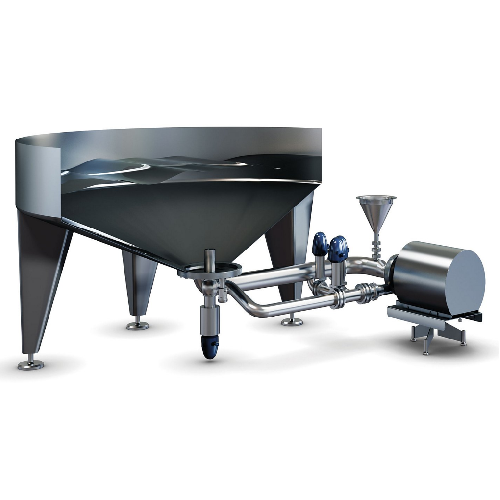
High-speed liquid mixing solution
Optimize your beverage mixing operations with a system that ensures even ingredient distr...
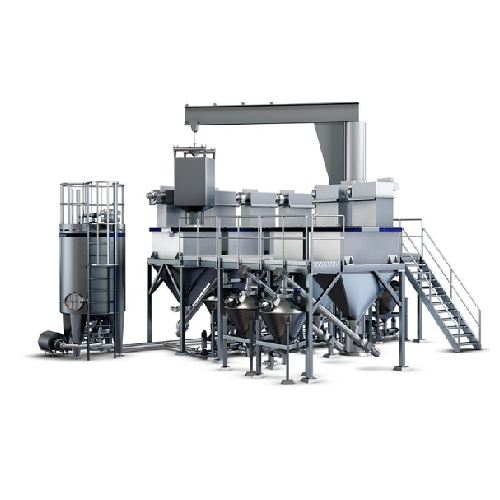
Autonomous ingredient dissolver for high-volume dry ingredient mixing
Efficiently mix multiple high volumes of dry ingr...
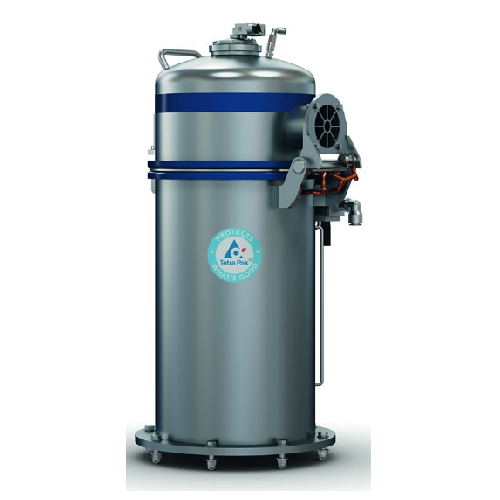
Dust filter for food processing
Ensure high-quality powder production with this self-cleaning dust filter, designed to minim...
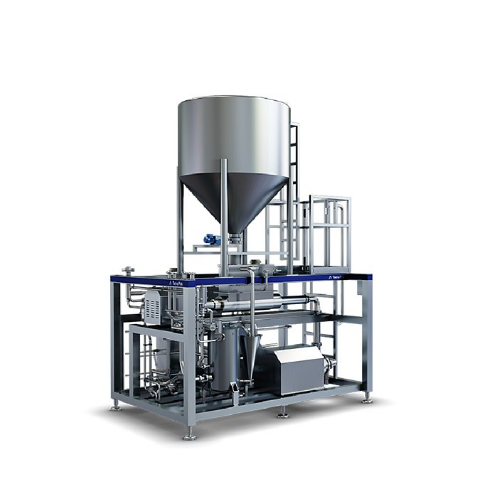
Industrial grinder for plant-based beverages production
Achieve optimal particle size for seamless integration with your ...
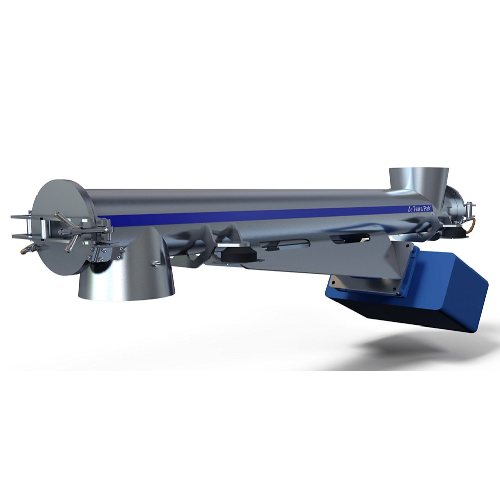
Vibrating conveyor for short-distance powder transport
Achieve precise and hygienic powder conveying and dosing with this...
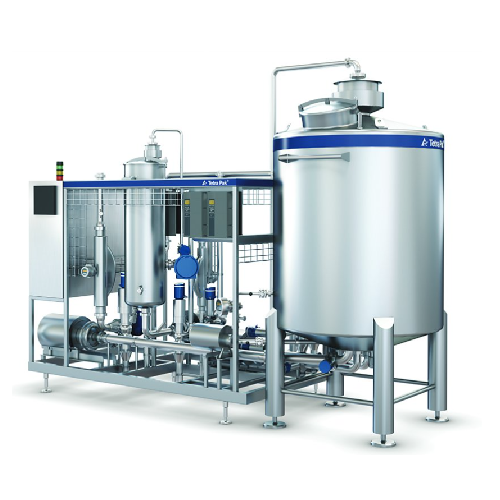
In-line blender for beverage production
Enhance beverage production with a versatile solution that offers precise blending,...
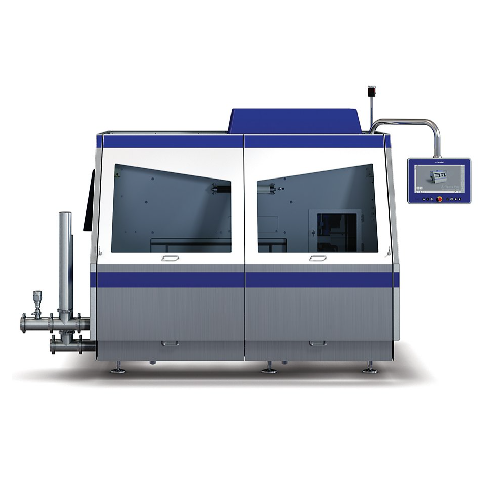
High-pressure homogenizer for dairy and beverage products
Achieve optimal product consistency and extend shelf life with...
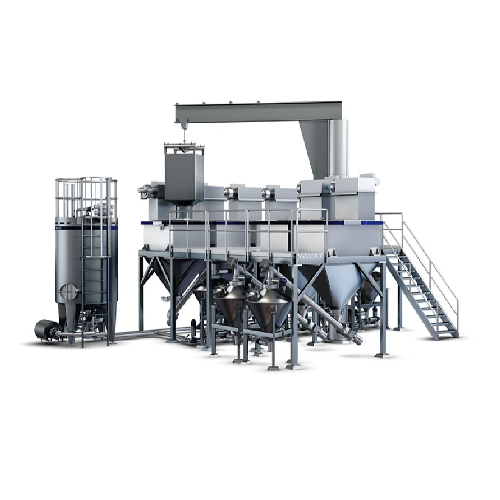
Autonomous ingredient dissolver for high volume dry ingredient mixing
Streamline your production by seamlessly mixing d...
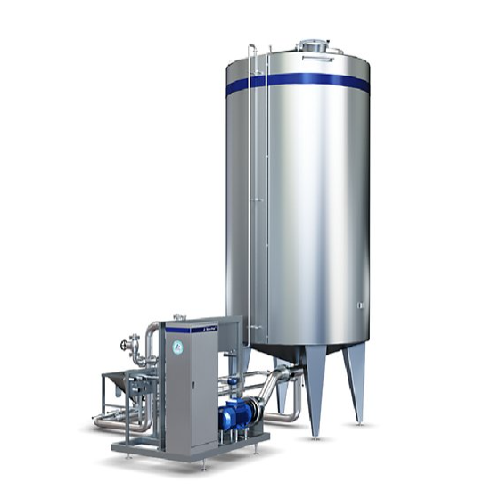
Batch dissolver for sugar or dextrose
Efficiently dissolve crystalline substances like sugar and dextrose with precision, e...
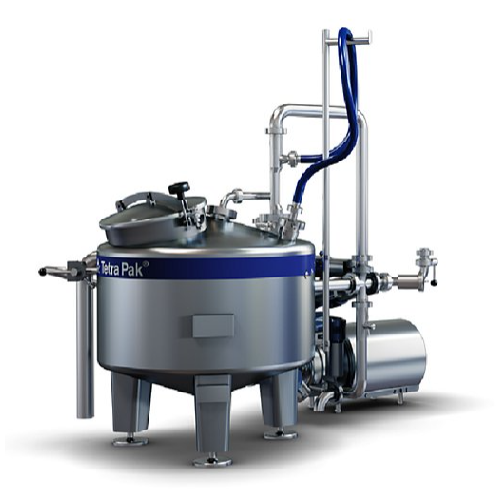
Ingredient dissolver for small batches
Efficiently dissolve water-soluble powders and concentrates up to 200 cP with precis...

Contherm scraped-surface heat exchanger for viscous food products
Optimize your heating and cooling processes for stick...

Liquid sugar storage tank
Ensure seamless liquid sugar management in your production line with advanced storage solutions de...
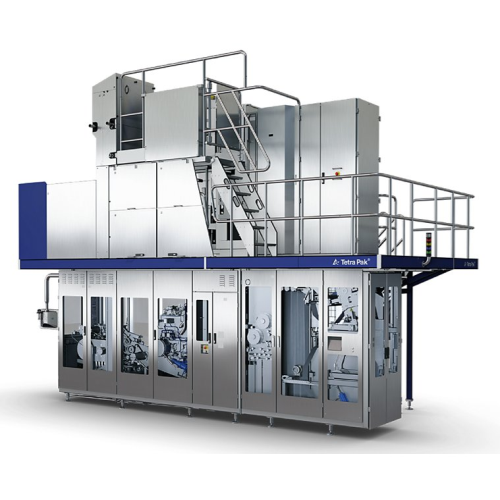
High-speed aseptic carton filling solution
Maximize production efficiency and meet growing demand with this high-output fi...
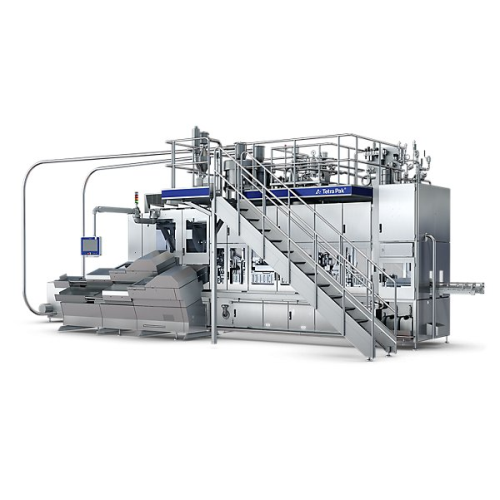
Filling system for gable top cartons chilled products
Achieve precise filling and reliable sealing for chilled beverages ...
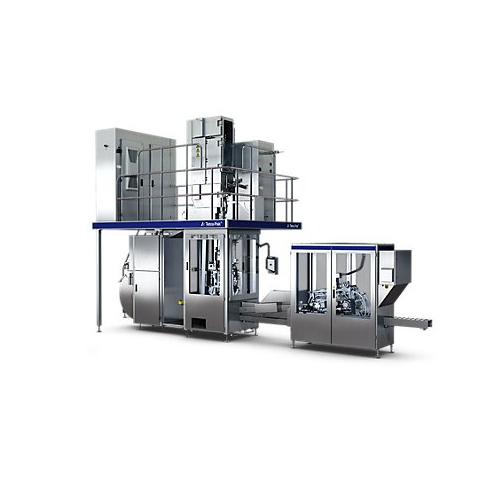
Filling system for tetra wedge aseptic packages
Optimize your production line with a reliable filling system designed to e...
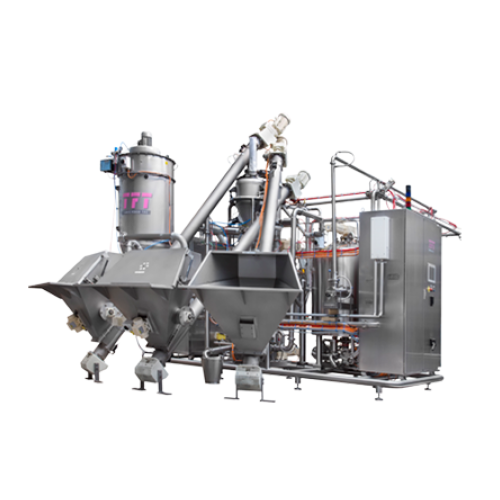
Automated ingredient weigher for dairy production
Optimize your batching process with precise ingredient weight managemen...
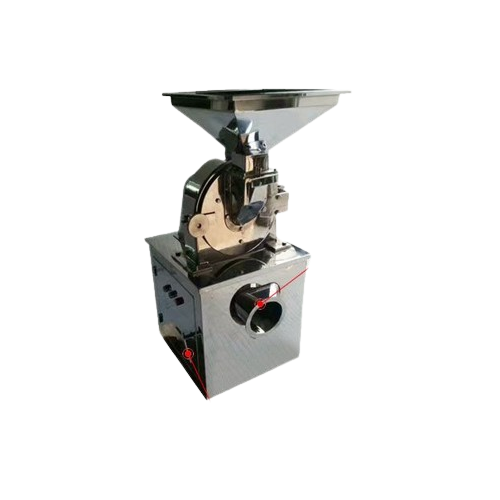
Chili powder milling machine
Transform raw spices into finely milled powders effortlessly with this high-speed grinding solu...
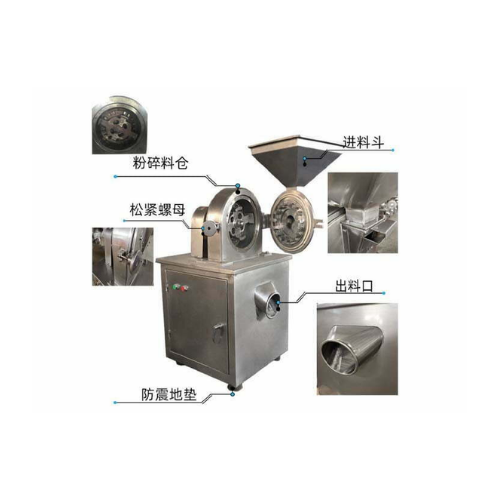
Spice and pharmaceutical powder grinder
Efficiently transform raw materials into fine powders, ensuring optimal consistency...
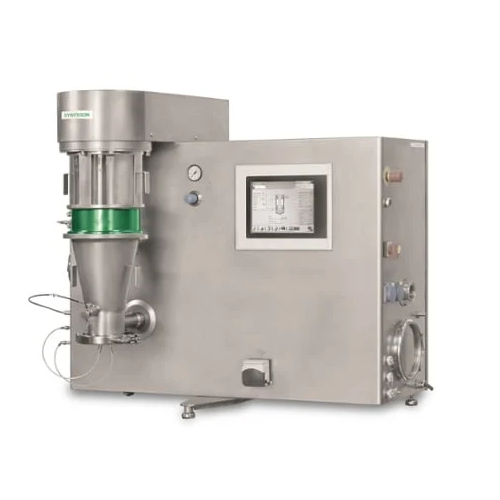
Fluid bed processor for pharmaceutical granulation and coating
Achieve superior granulation and coating of pharmaceutica...
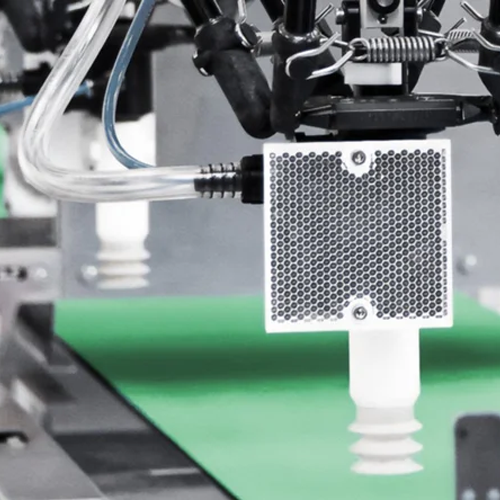
Robotic pick and place platform for food packaging
Enhance your packaging efficiency and product quality with a scalable ...
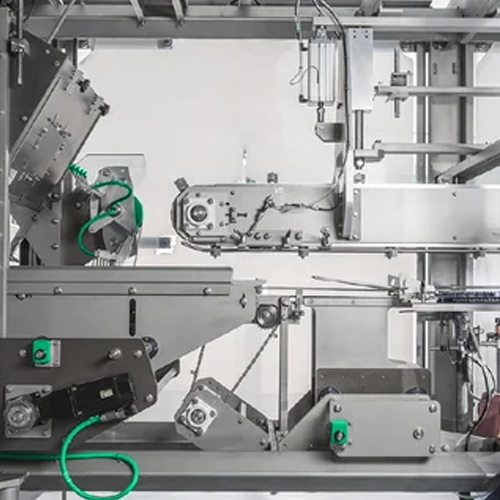
Nutraceutical products processing and packaging
Streamline your nutraceutical production with versatile equipment capable ...
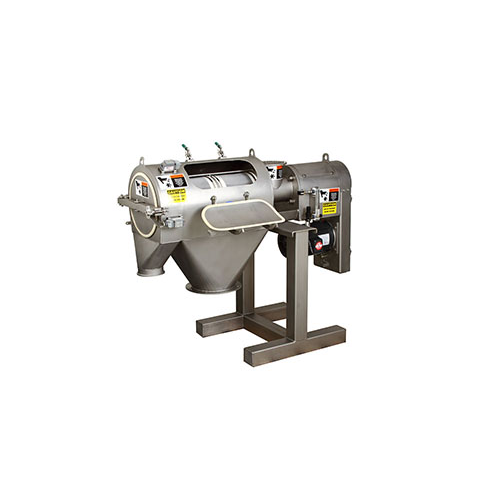
Centrifugal sifter for efficient particle separation
Enhance your material throughput by efficiently separating particles...
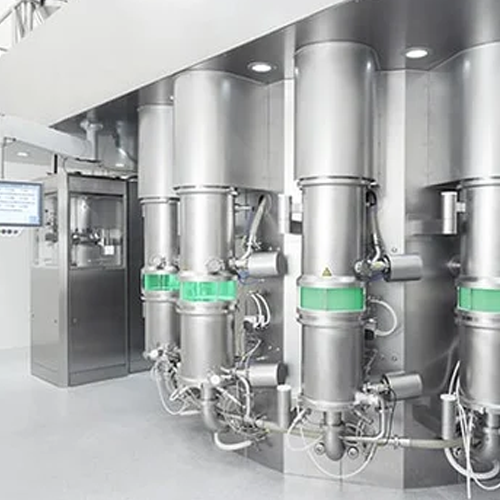
Pharma r&d equipment for solid dosage forms
Optimize your pharmaceutical production with cutting-edge equipment designed f...

Sanitary separator for food processing applications
Ensure efficient separation and prevent contamination in food product...
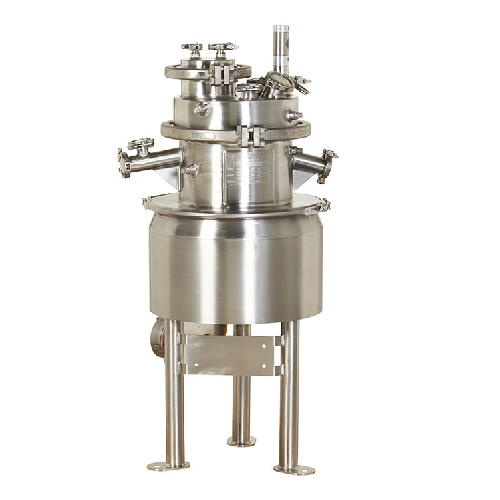
Lab Pharmaceutical aseptic separator
Achieve high-yield recovery and safe handling of potent pharmaceuticals with this asep...
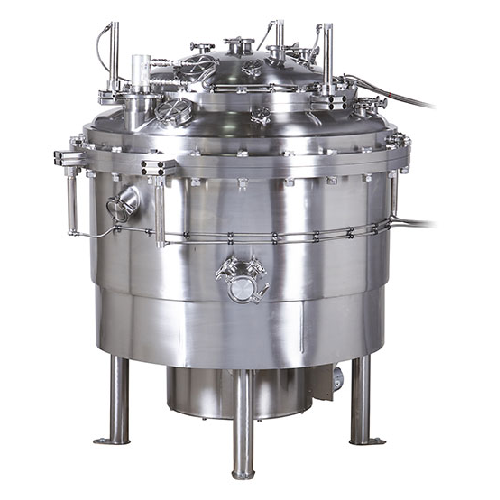
Pharmaceutical aseptic separator tumble dryer
Streamline moisture reduction with precision: this solution accelerates dryi...

Laser-based volume measurement for bakery and solid products
For precision in product quality control, this laser-based ...
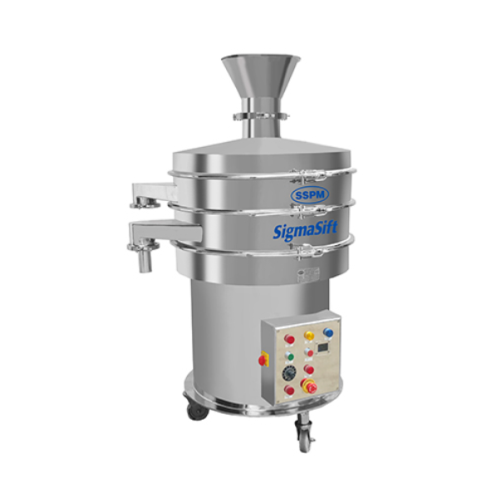
Vacuum rated vibro sifter for pharmaceutical materials
Ensure precise separation of impurities and achieve consistent par...
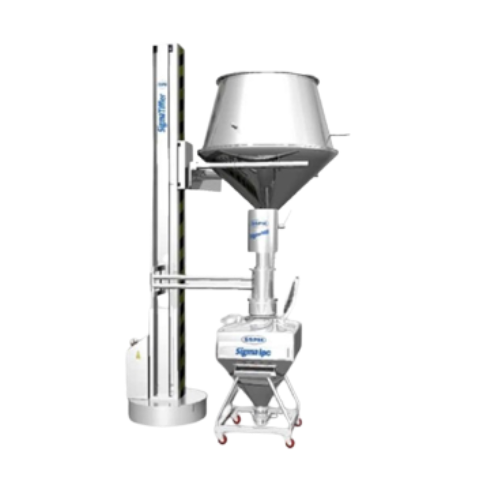
Material handling system for granules and powders
Optimize your production with seamless material handling specifically d...
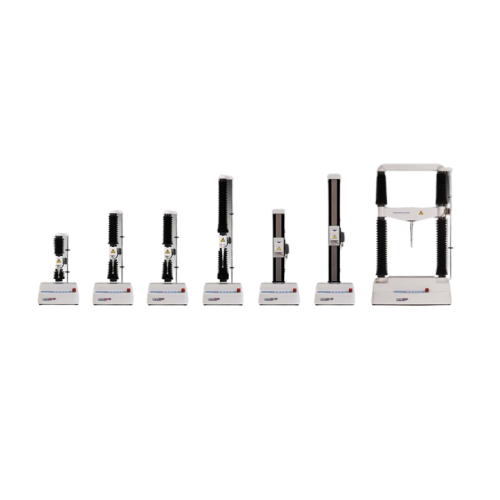
Portable texture analysis for low force applications
Easily perform precision texture measurements on low-force applicati...
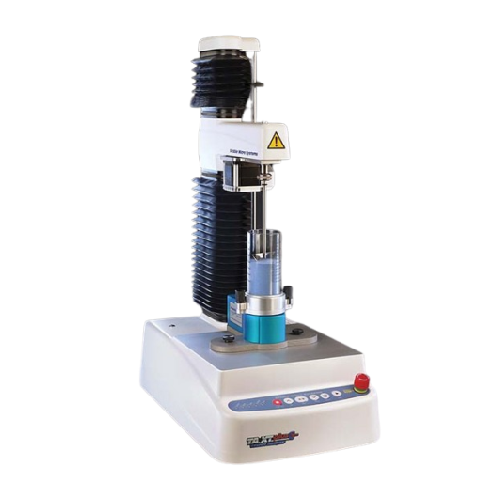
Powder flow measurement system
Achieve precise control over powder consistency and prevent process disruptions by assessing ...
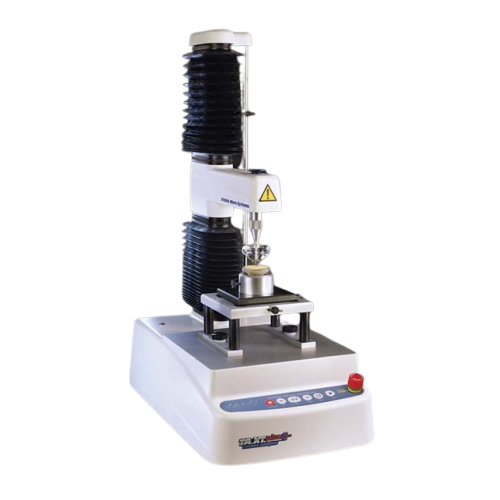
Texture analyser for food and cosmetics testing
Ensuring consistent product quality across diverse food and cosmetic appli...
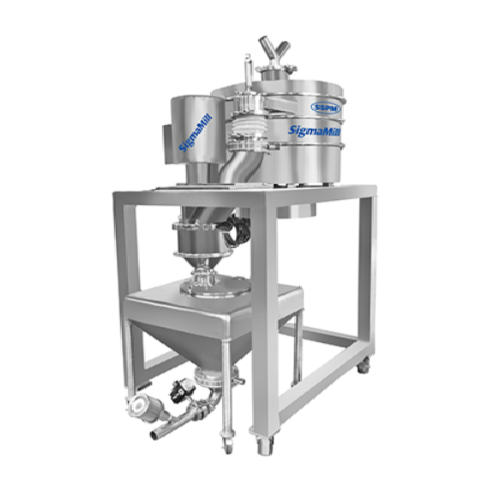
Wet granulation for pharmaceutical products
Achieve seamless integration of sifting and milling with precise powder handli...
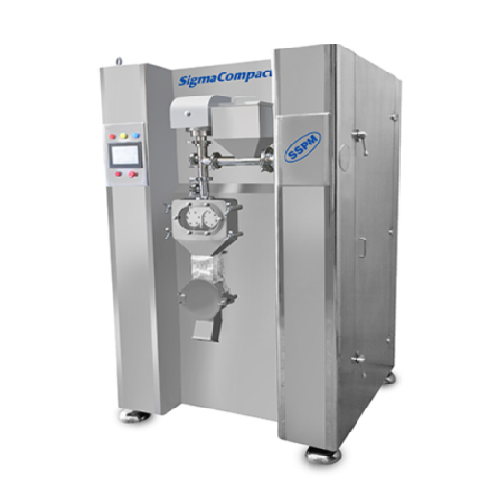
Dry granulation roll compactor
Optimize your tablet and capsule formulation by efficiently compacting and granulating powder...
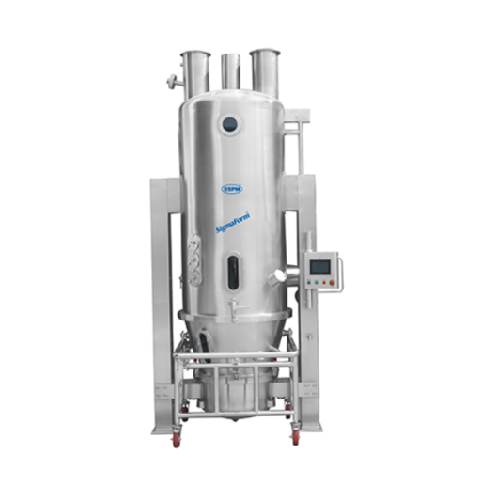
Fluid bed dryer for wet granulation in pharmaceutical industry
Streamline your production with fast, uniform drying and ...
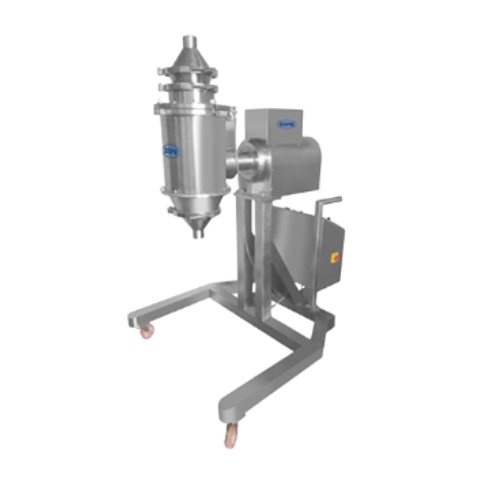
High-speed sifting for safety screening in pharmaceutical production
Achieve precise particle sizing with a high-speed ...
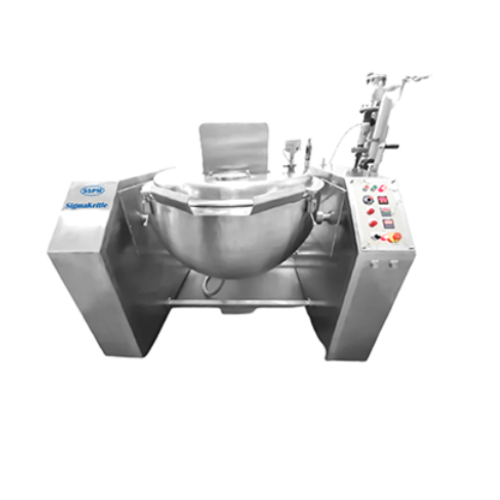
Steam/electrical kettle for wet granulation processes
Achieve precise moisture content and uniformity in your granulation...
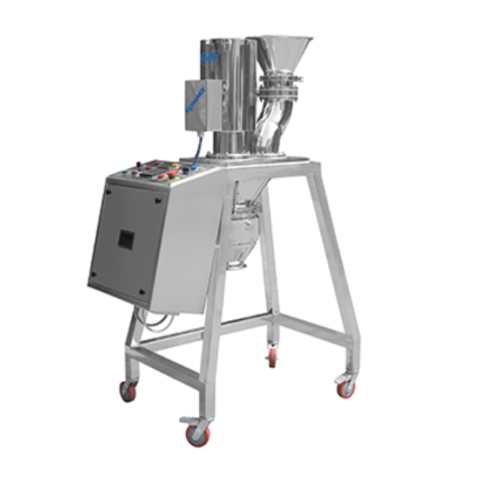
Wet granulation co mill for pharmaceutical formulations
Optimize your manufacturing process with precise particle size re...
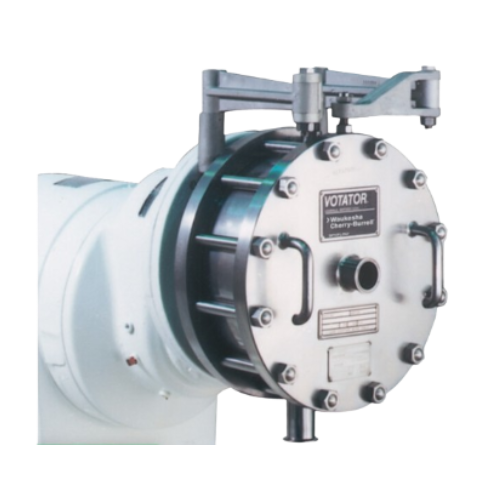
High-shear mixer for emulsions, dispersions, and foams
Achieve precise emulsions and dispersions effortlessly with high-s...
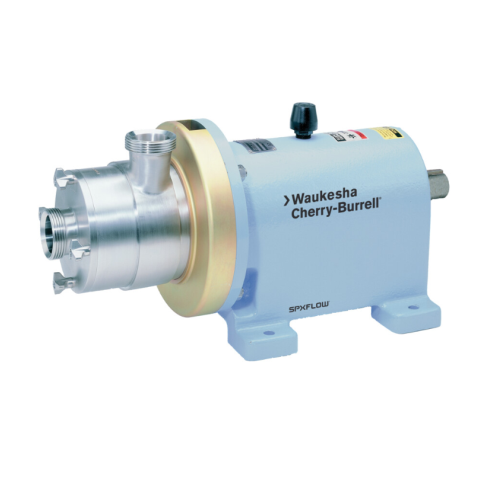
Shear pumps for continuous on-line dispersion
Effortlessly achieve consistent shearing and mixing with versatile shear pum...
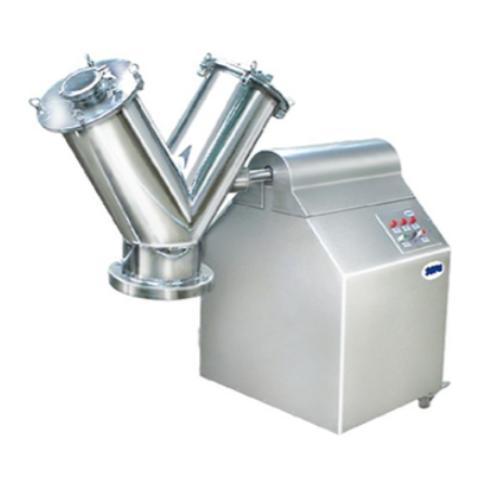
Industrial blender for uniform mixing
Optimize your process with precise mixing and consistent blending, ensuring uniformit...
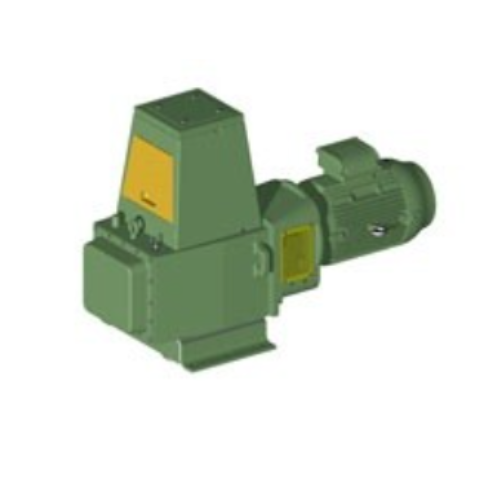
Medium torque top entering mixer for high fluid forces
Equip your production line with a robust mixer that transforms cha...
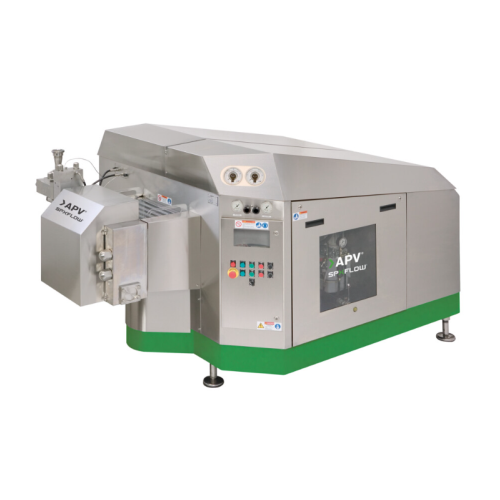
High pressure homogenization system for dairy and creams
Optimize your high-speed homogenization processes with precise c...
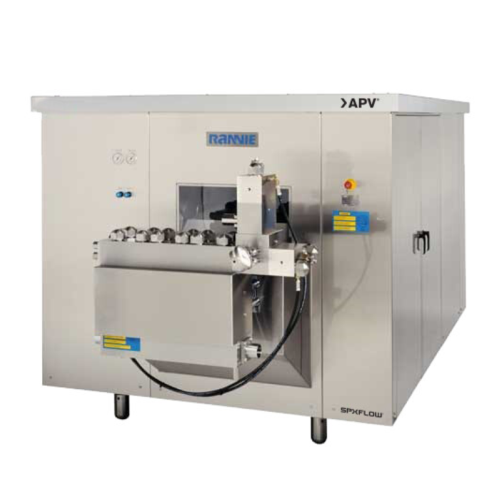
High pressure homogenizer for dairy and food processing
Achieve uniform particle size and enhance product stability with ...
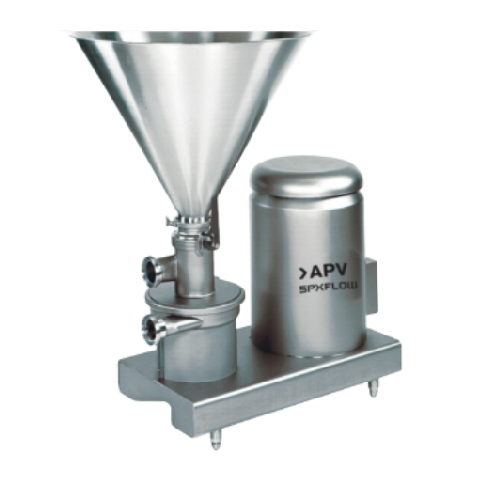
Batch powder mixer for circulatory dispersion
Optimize your batch production with a powder mixer designed for efficient di...
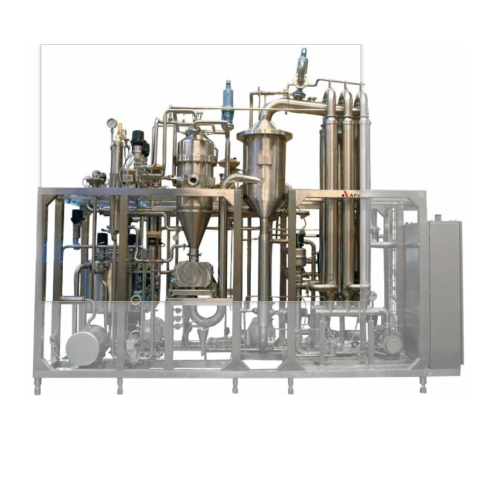
Instant infusion Uht for baby food or milk concentrate processing
Achieve exceptional product quality with ultra-short,...
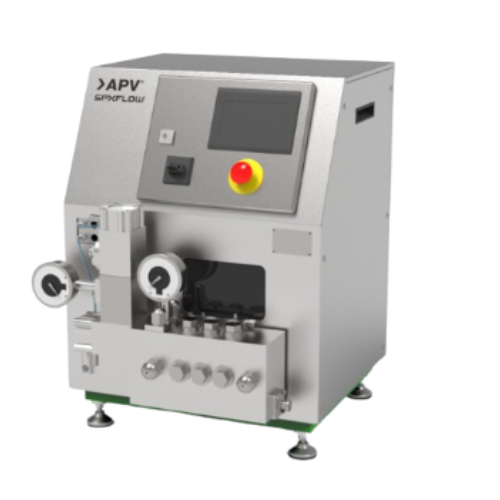
Pilot plant homogenizer for immiscible liquids
Streamline your R&D with precise homogenization, allowing you to test ...
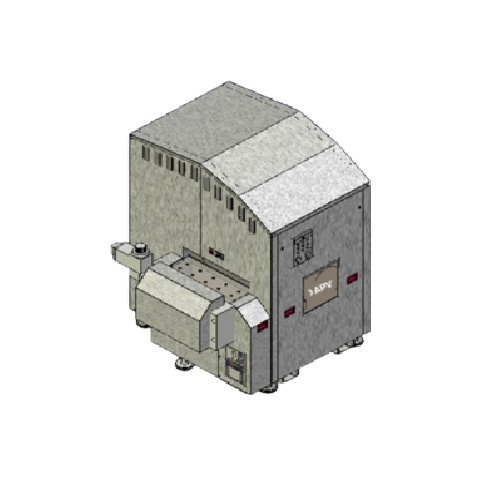
High pressure homogenizer for food and beverage processing
Optimize your production line with a versatile high-pressure ...
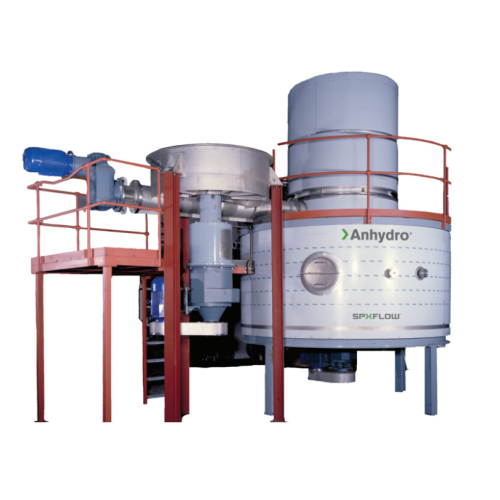
Continuous drying for cohesive and non-cohesive pastes
Transform high-viscosity liquids and pastes into fine, flowable po...
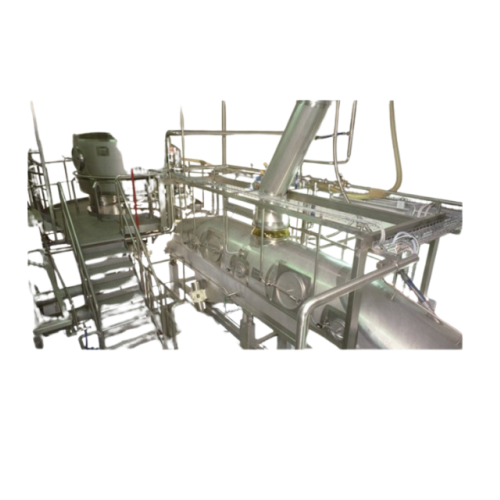
Spray bed dryer for agglomerated powder production
Efficiently transform liquid feedstock into consistent, dust-free powd...
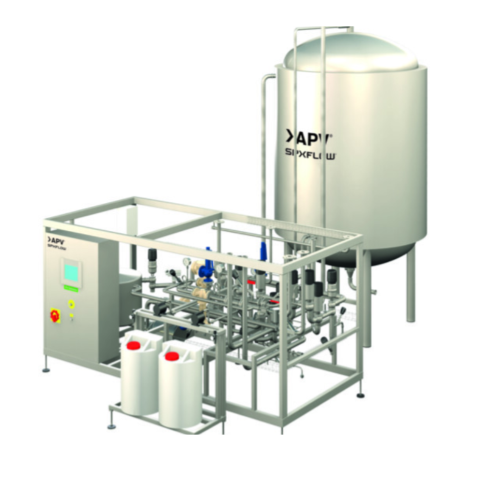
Aseptic storage tank for aseptic products
Ensure uninterrupted aseptic product storage with this advanced tank system, des...

Single screw feeder with stirring agitator for powders and pellets
Ensure consistent mass flow and precise dosing with ...
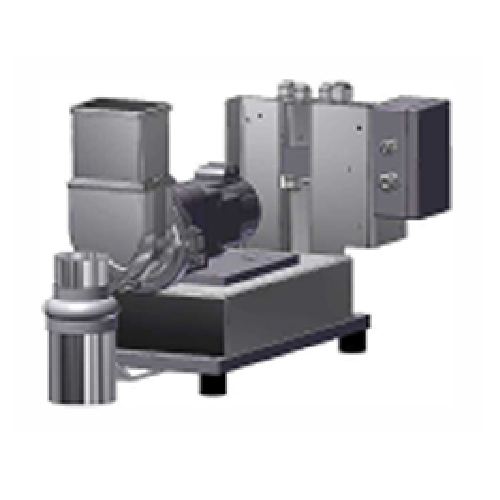
Laboratory loss-in-weight feeder for powders or pellets
Achieve precise dosing for lab-scale trials with this versatile f...
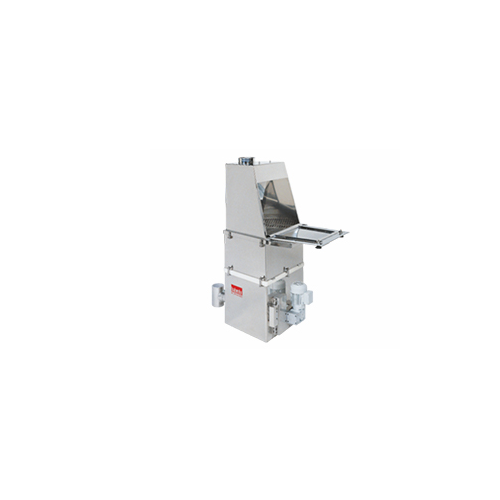
Bigbag discharge station
Efficiently manage bulk material unloading with this solution, which facilitates seamless dischargin...
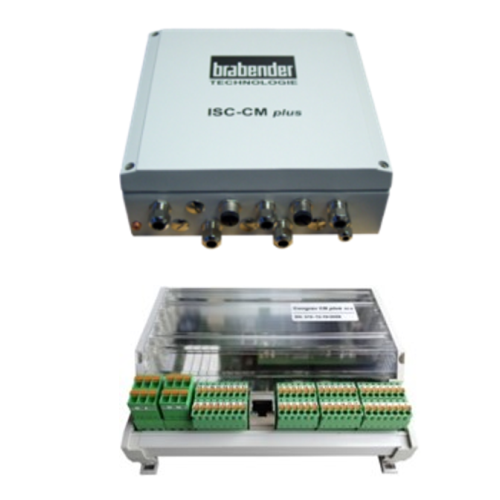
Feeder controller for gravimetric feeders
Optimize your dosing precision and monitoring accuracy with a versatile feeder c...
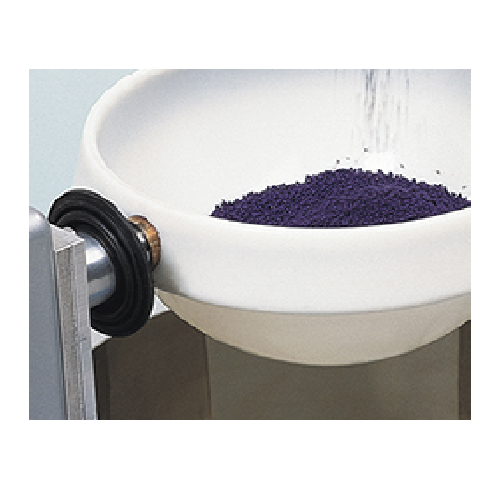
Microbatch dosing for precision ingredient measurement
Achieve precise ingredient dosing with our MicroBatch system, desi...
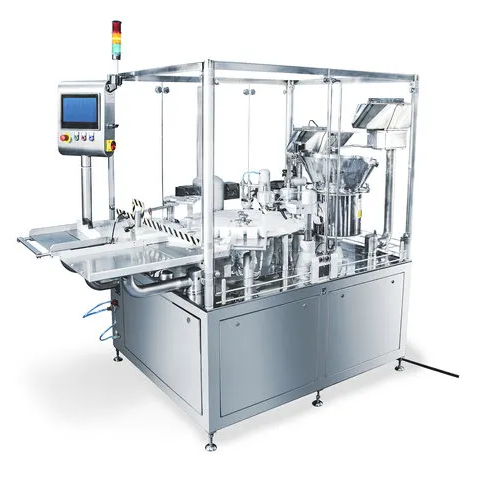
Micro-line vial filling solution for biopharmaceuticals
Ensure batch consistency and sterility in fill-finish operations ...
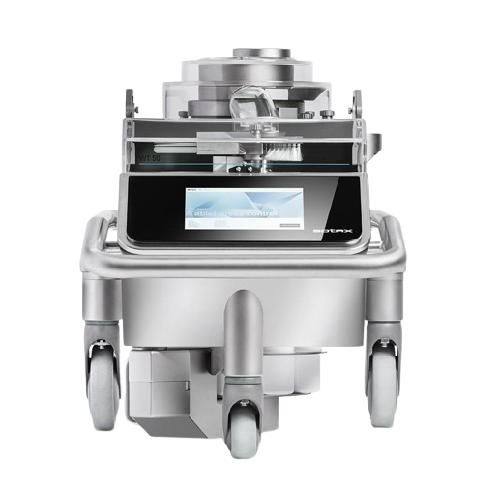
Automated weighing system for tablets
Ensure precision in pharmaceutical manufacturing by seamlessly integrating advanced w...
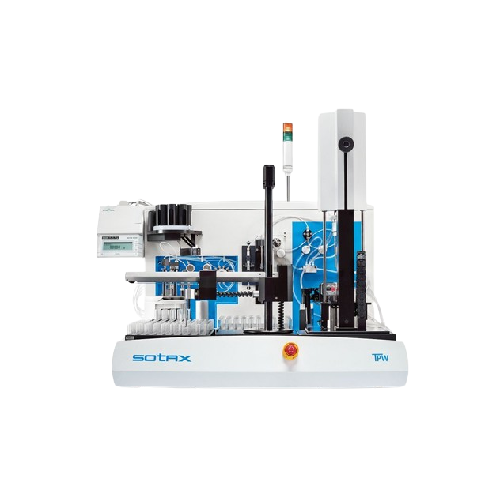
Automated sample preparation workstation for content uniformity testing
Streamline your laboratory workflows with autom...
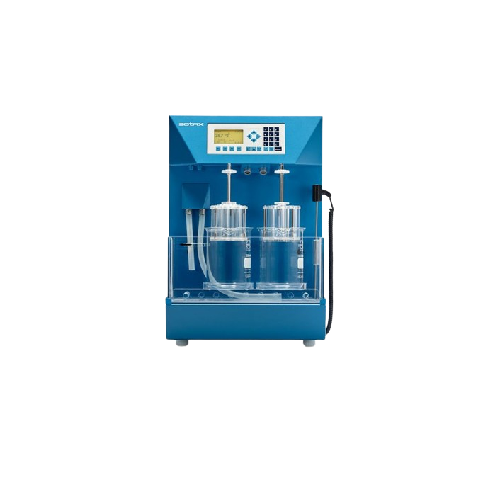
Manual tablet disintegration tester
Ensure precise and reliable disintegration testing of pharmaceutical tablets, capsules,...
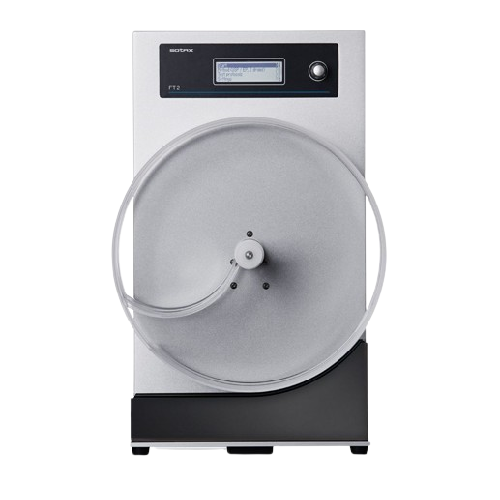
Tablet friability tester
Ensure your tablets meet rigorous quality standards by accurately measuring friability and abrasion,...

Multi-parameter tablet hardness tester for laboratories
Optimize your tablet production line with a versatile tester that...
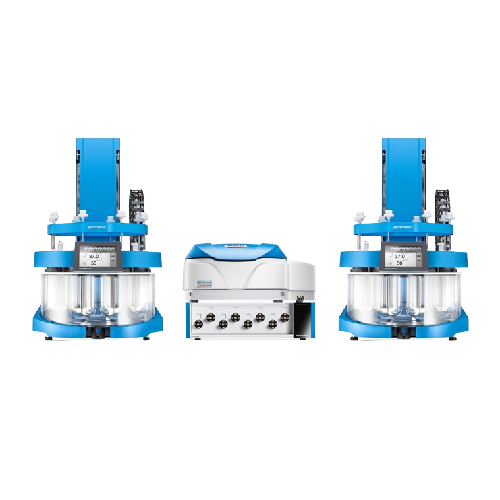
Real-time Uv-vis analysis for dissolution testing
Efficiently perform dual dissolution tests simultaneously, seamlessly i...
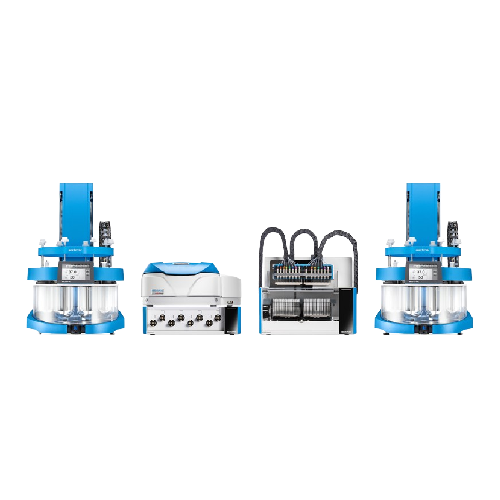
Automated dissolution testing system for 16 vessels
Maximize your laboratory throughput by conducting parallel dissolutio...
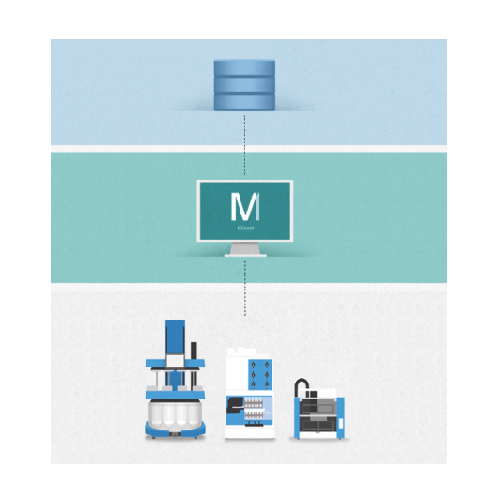
Dissolution testing software for automated analysis
Streamline your laboratory testing with seamless data capture and in-...
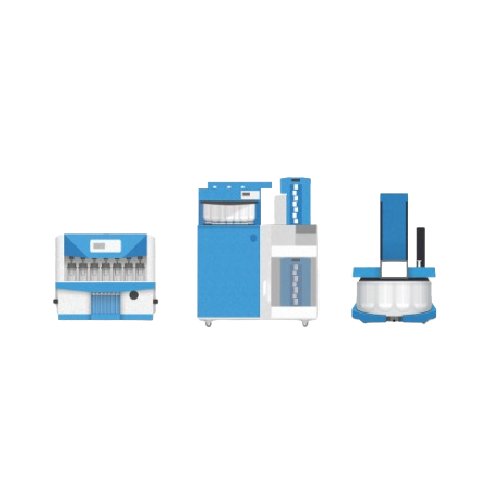
Dissolution testing software for pharmaceutical industry
Optimize dissolution testing with advanced software that manages...
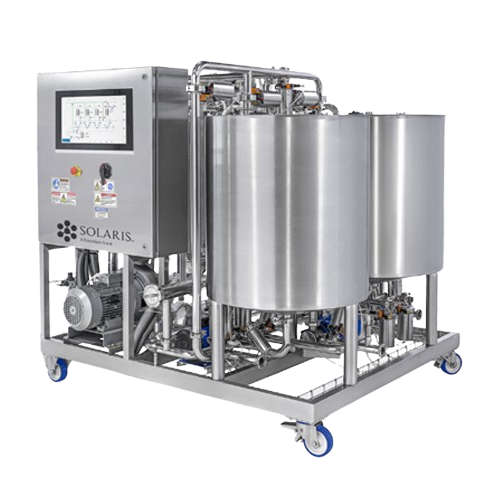
Pilot industrial tangential flow filtration system
Enhance precision in filtration and separation processes with this sys...
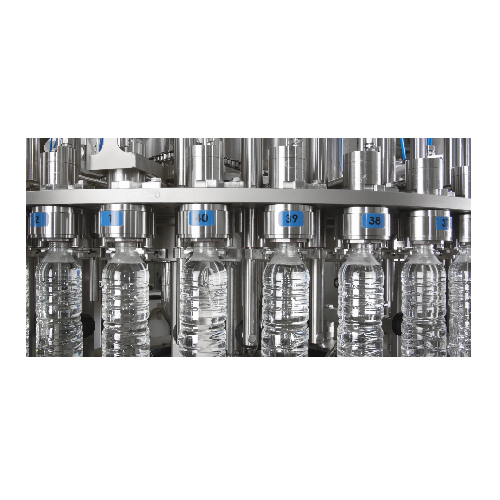
Gravity filling system for Pet bottles
Optimize your beverage production with an advanced gravity filling system, designed ...
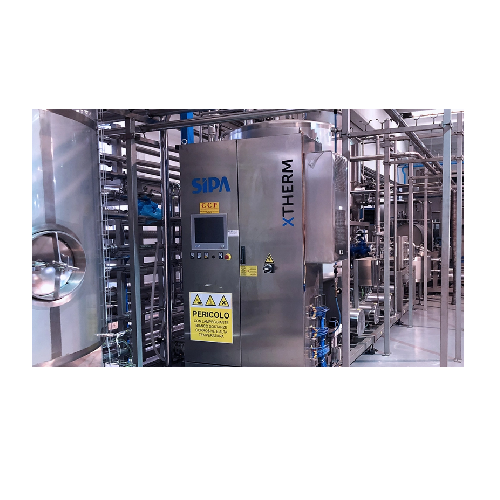
Continuous pasteurization unit for beverages
Optimize beverage shelf life and safety with this versatile pasteurization un...
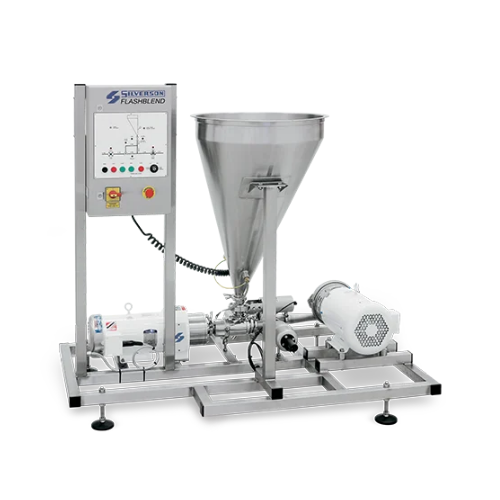
Powder/liquid mixing system for homogeneous dispersions
Struggling to integrate challenging powders into liquid formulati...
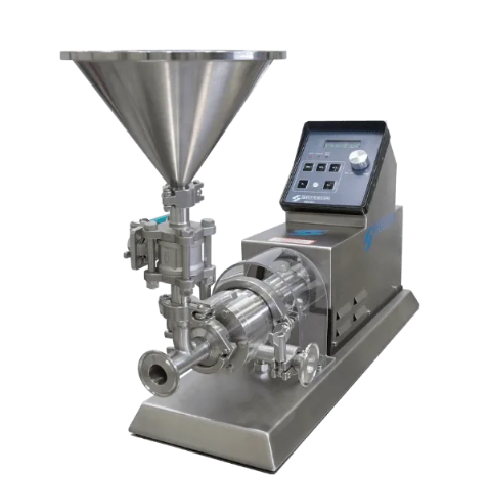
Laboratory scale powder/liquid mixer
Easily integrate powders into complex liquid formulations at a laboratory scale, ensur...
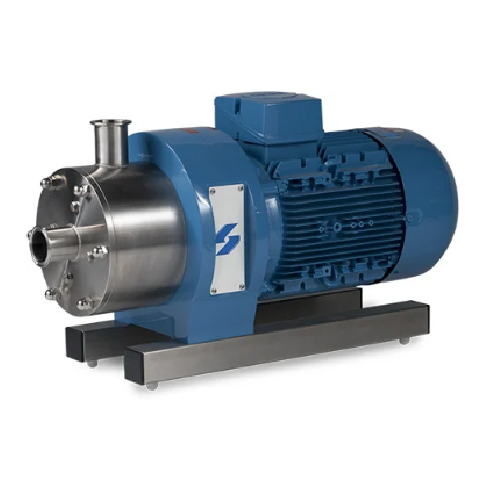
High shear inline mixer for continuous processing
Effortlessly streamline your mixing process with this solution capable ...
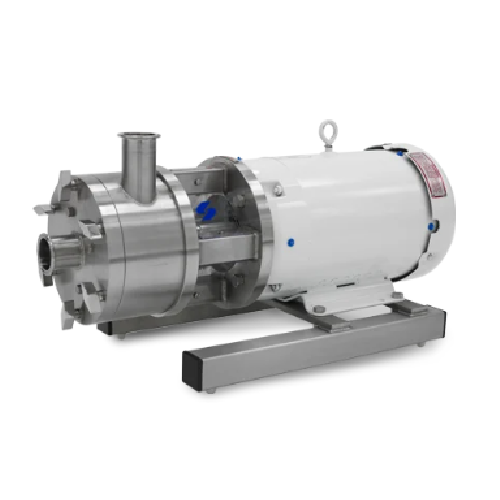
In-line ultra sanitary mixer for pharmaceutical and food applications
Enhance your liquid formulations with precision m...
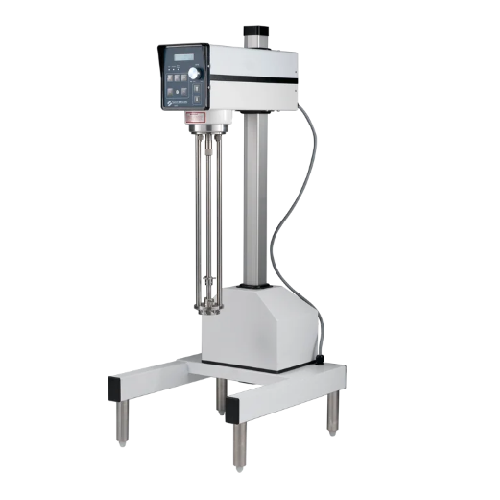
Pilot scale batch mixer for small scale production
Achieve precise control and consistency in small-scale production with...
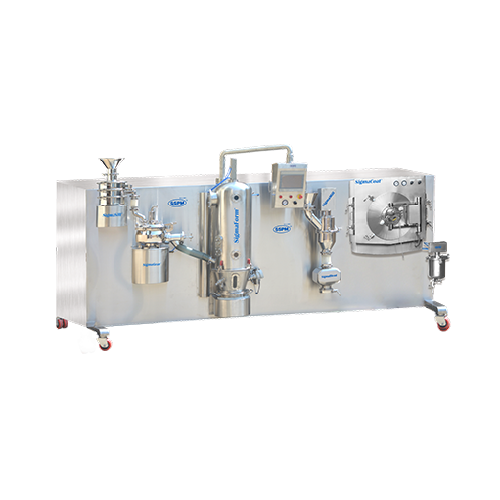
Compact wet granulation r&d system
Ensure precise formulation of pharmaceutical powders with a scalable, lab-friendly syste...
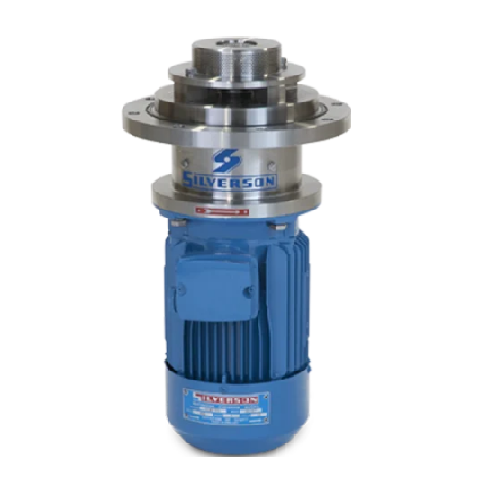
Bottom entry mixers for high viscosity products
Optimize your production line with mixers designed to handle both high and...
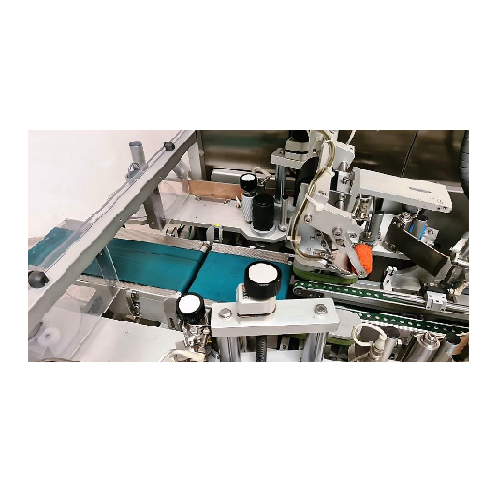
Automatic carton labelling and weighing system
Boost your carton packaging precision with a solution that seamlessly integ...
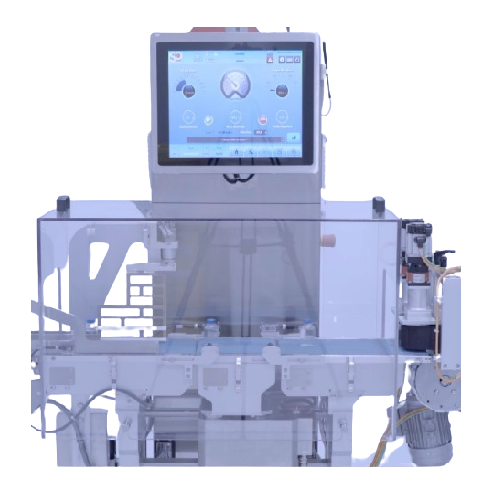
High precision pharmaceutical checkweigher
Ensure precise weight compliance in high-speed production lines with this advan...

Laboratory freeze dryer for research and process amplification
Optimize freeze-drying processes with precision control, ...
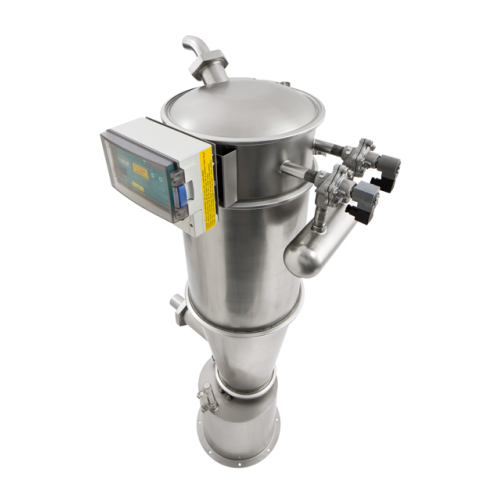
Industrial vacuum conveying system
Simplify bulk material movement and separation with a versatile vacuum conveying system,...
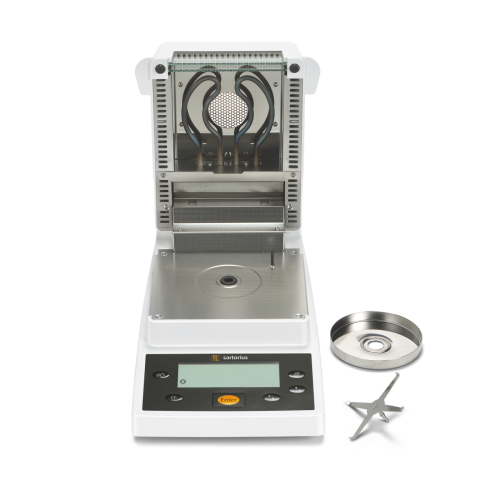
Infrared moisture analyzer for lab and production use
Achieve precise and reliable moisture analysis with minimal time an...
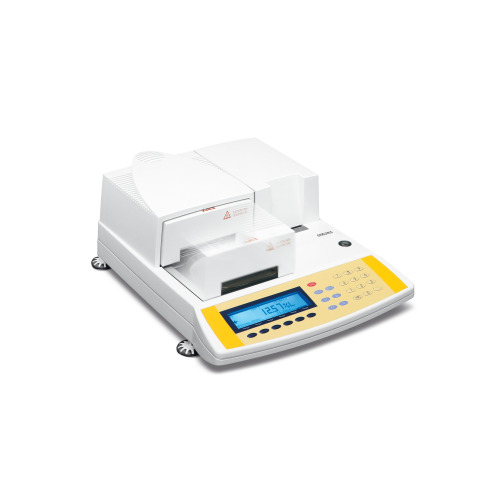
High-accuracy moisture analyzer for lab weighing
Achieve precise and reproducible moisture content determination for diver...
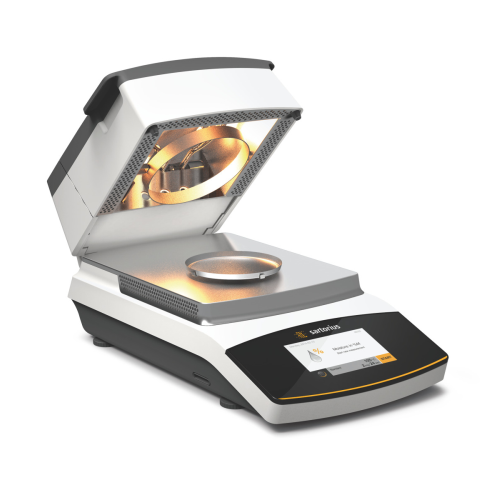
Fast and accurate moisture meter for various samples
Quickly determine moisture content in solids, liquids, and pastes wi...
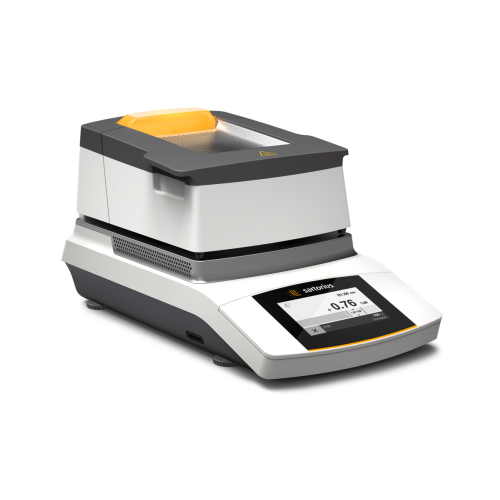
Basic moisture analyzer for laboratory weighing
Optimize moisture analysis tasks with precision and efficiency. Designed f...
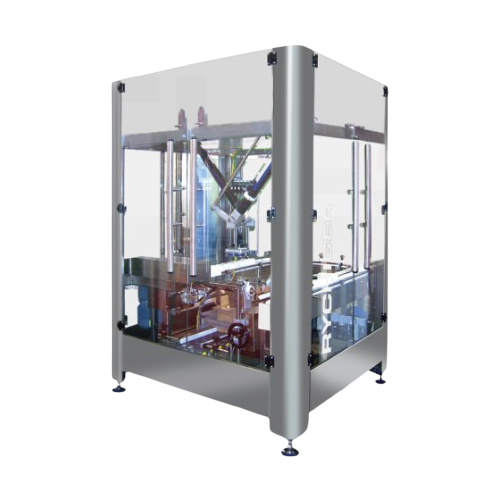
Top-loading delta robot automation solution
For high-speed operations requiring precise product handling, this top-loading...
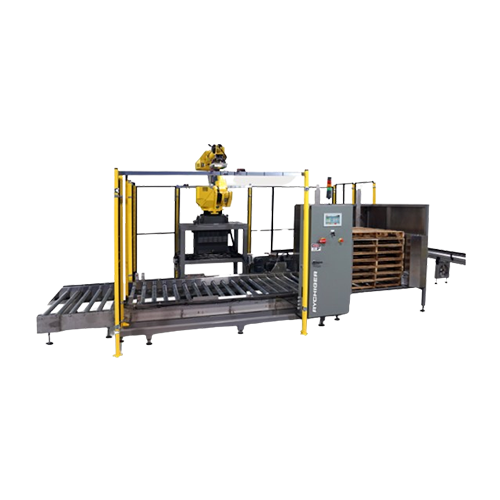
Compact palletizer for food and beverage products
Optimize your end-of-line operations with a space-saving palletizer tha...
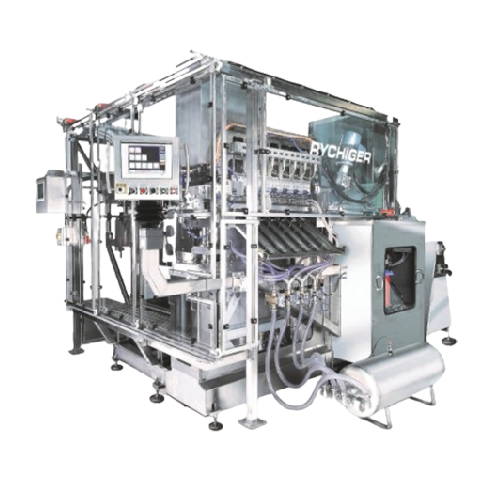
Convenience and pet food filling solution
Optimize your production line with high-speed, hygienic filling of diverse food ...
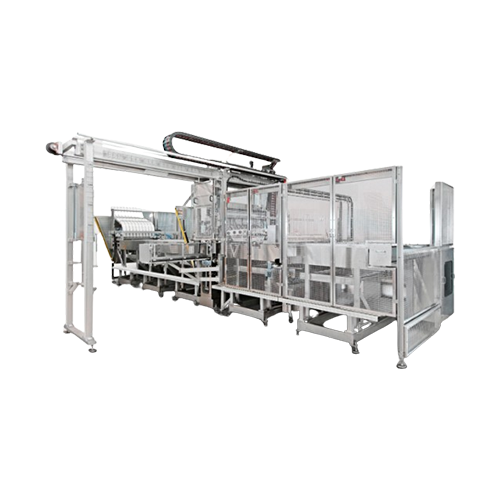
Precision filler for convenience and pet food
Achieve unparalleled precision and efficiency in filling solids, powders, li...
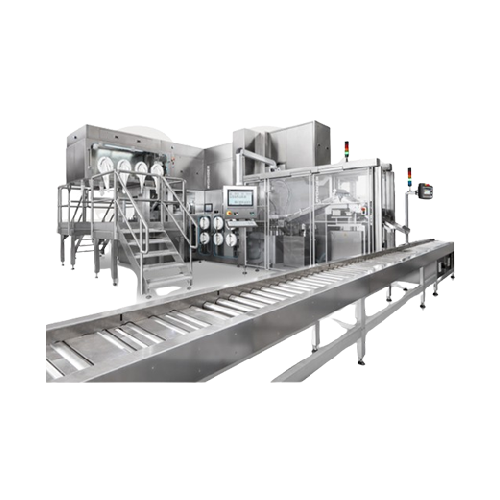
Filling solution for powders and liquids in diagnostics
Simplify precision filling of diverse products, from freeze-dried...
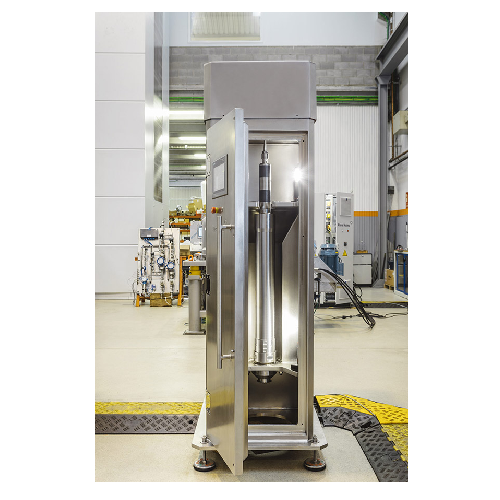
Supercentrifuge for solid-liquid separation and liquid phase separation
Optimize your separation processes with advance...
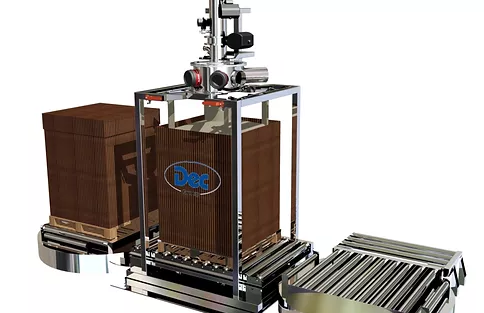
Big bag filling machine
Active pharmaceutical ingredients demand high handling standards to prevent cross-contamination. More...
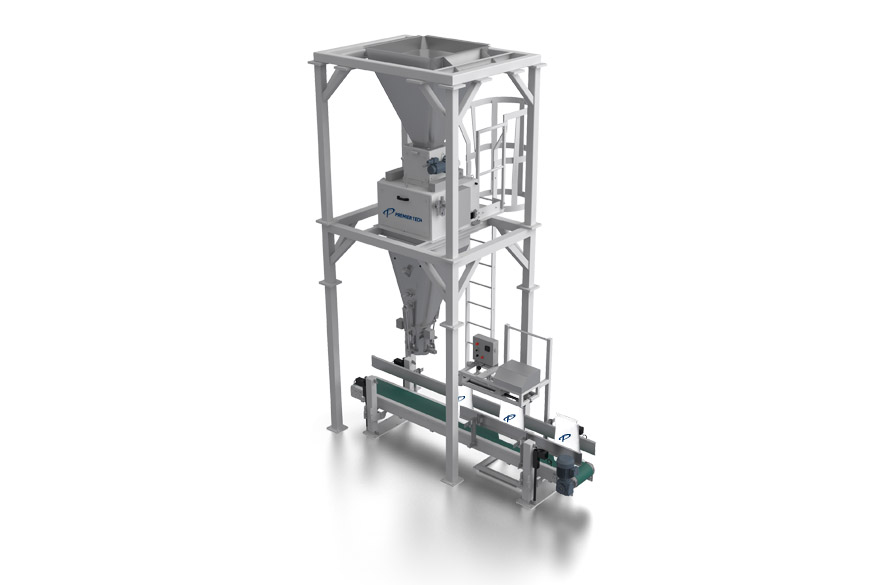
Manual bagger with net weigher
If you are looking for a weigher that is manually controlled for bagging, here it is. It has ...
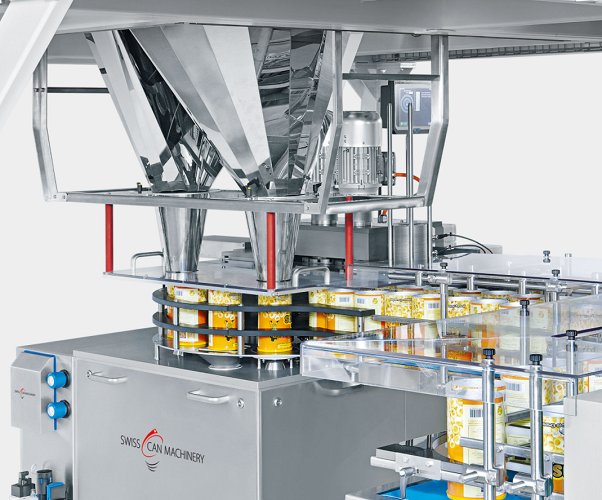
Filling and weight checking machine for food cans
Making sure the right quantity of product is in the packaging can be a ...
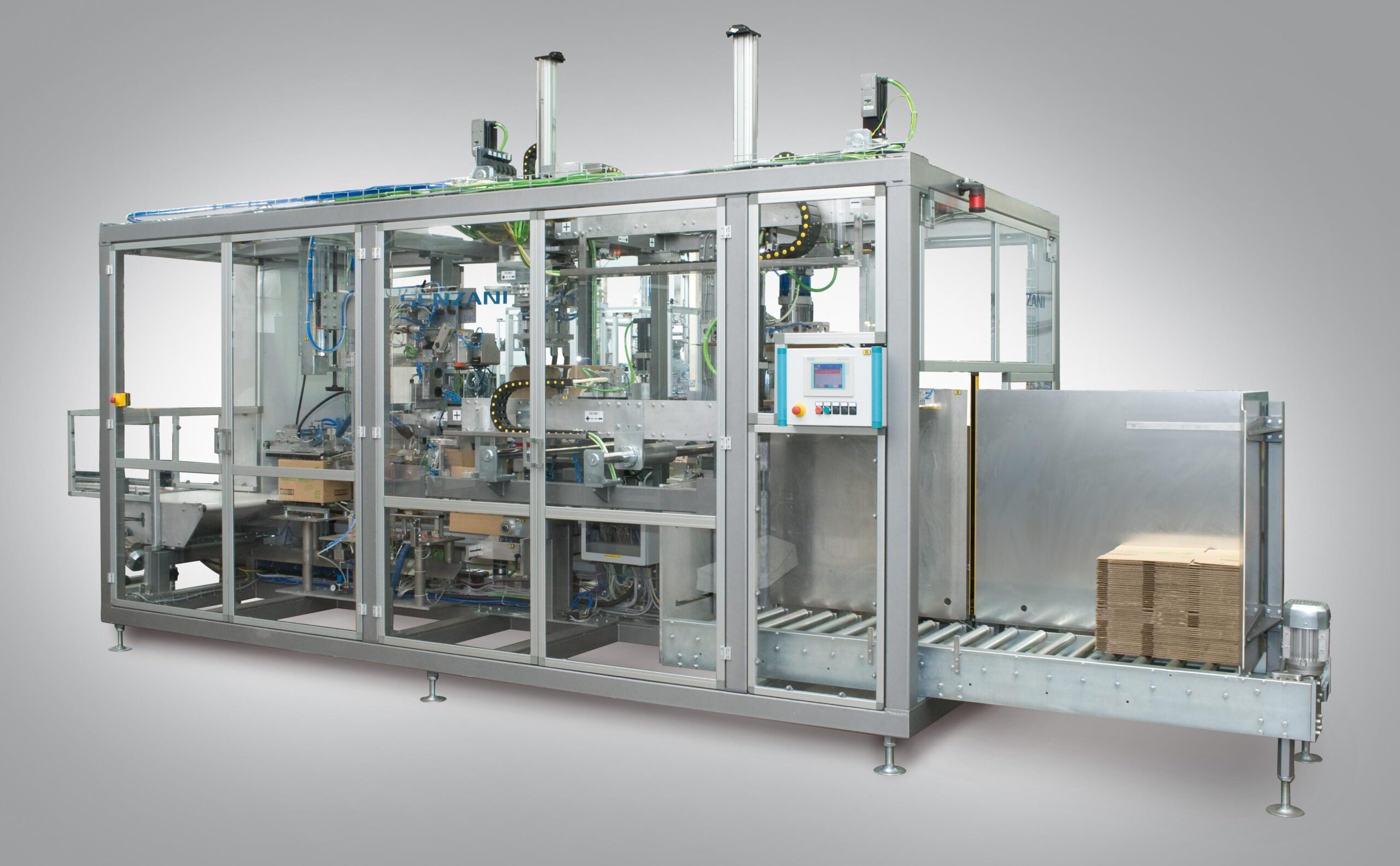
Case packer machine for pouches
Automated case packer machines are a good solution to achieve reliability and to increase th...
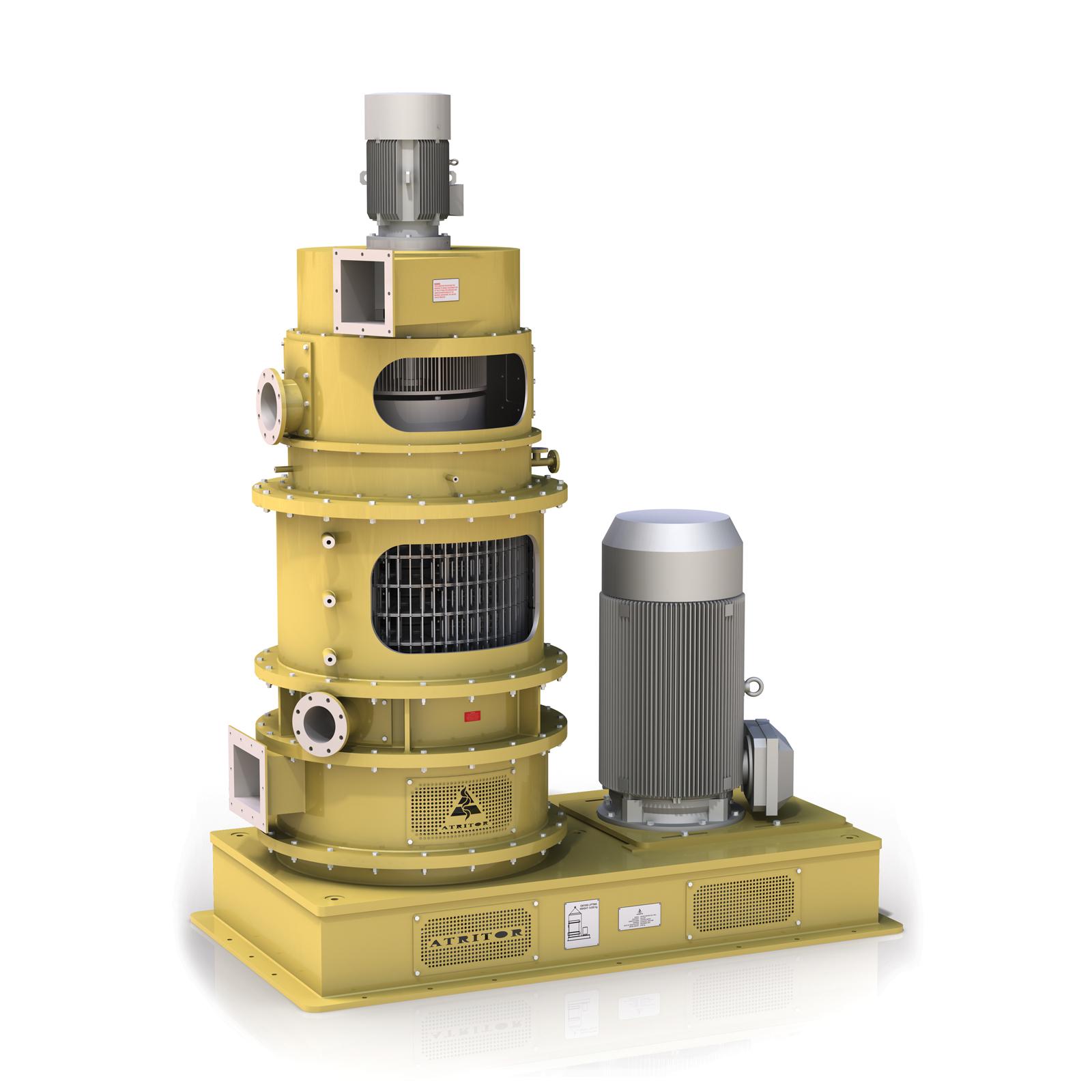
Milling and drying machine for fine powders
When you need to produce ultra-fine powders, the milling and drying process em...
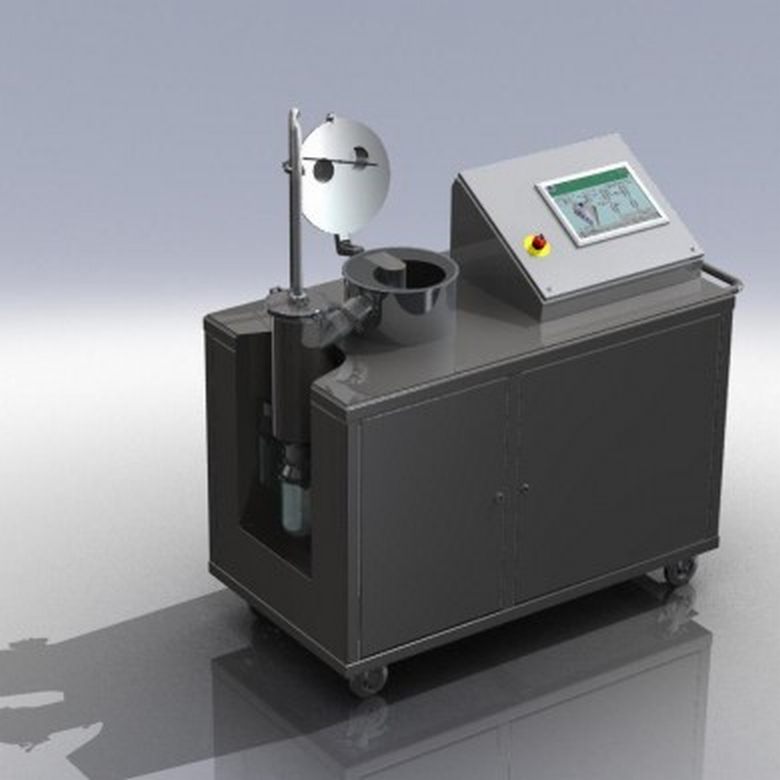
Laboratory scale active freeze dryer
The laboratory-scale active freeze-drying is used for dehydrating high-value products ...
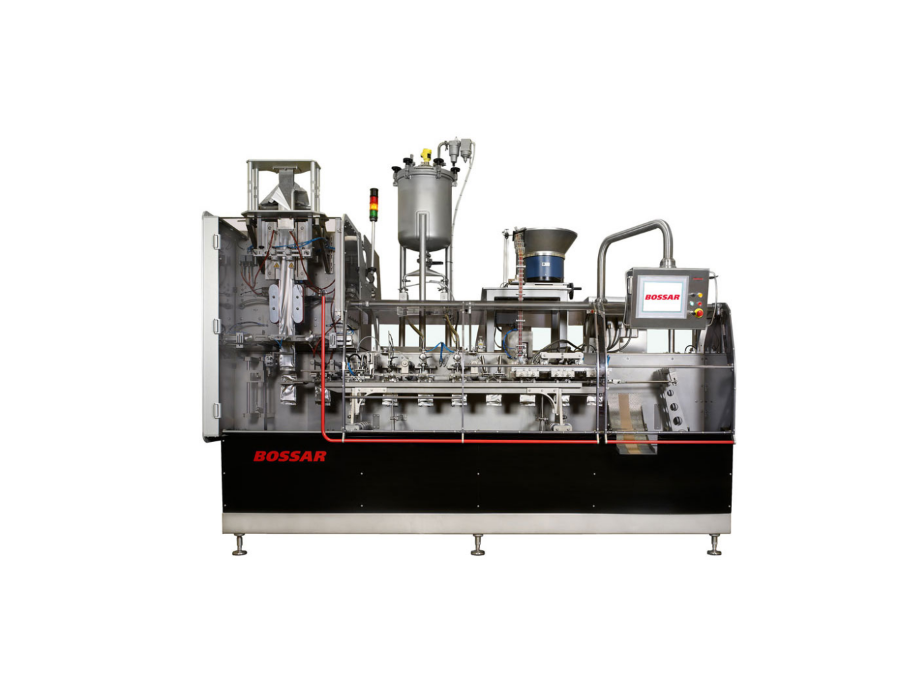
Economical Pouch Packaging Machine
The side gusset pouch is a popular packaging solution for medium formats, particularly f...
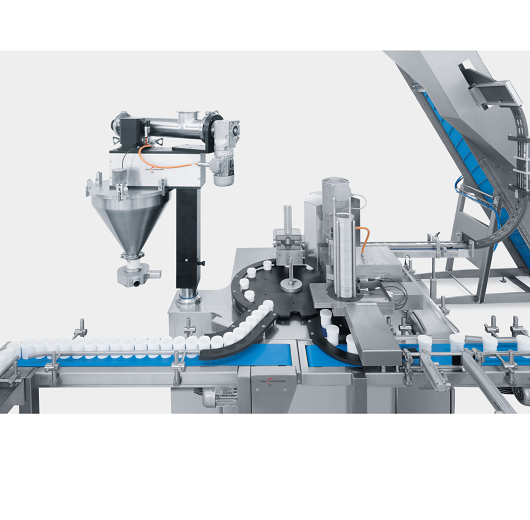
Can filling equipment
Having separate equipment for different process steps like filling and closing, can put a brake on grow...
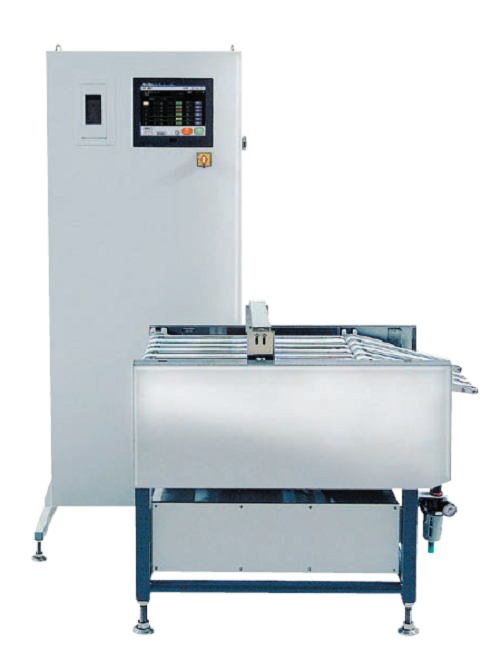
Checkweigher for sachets and sticks
The checkweighers for multiple lanes have a 1.5 times faster response speed and 2 times...
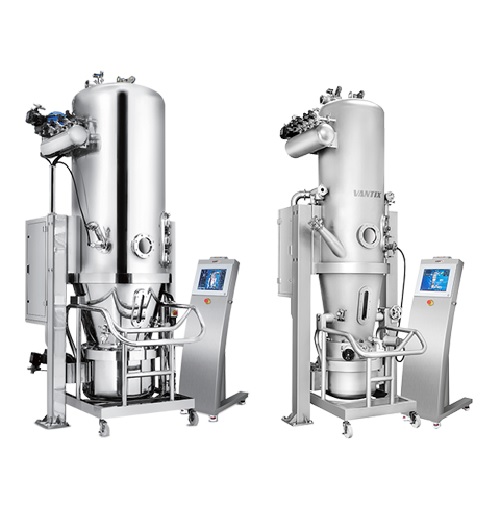
Fluid bed dryer for production scale
Fluidized bed drying (FBD) is a common process in the pharmaceutical industry for dryi...
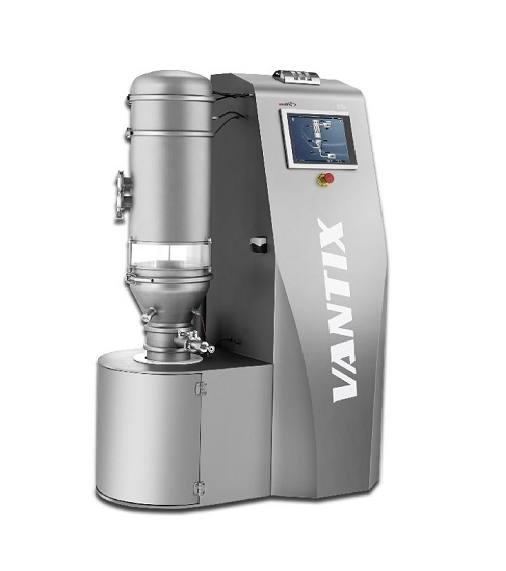
Fluid bed dryer for lab scale
Fluidised bed drying (FBD) is a common process in the pharmaceutical industry for drying compo...
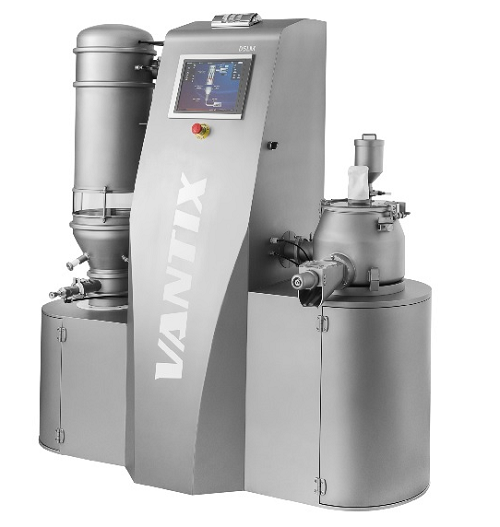
Fluid bed dryer and mixer for lab scale
Designed for pharmaceutical R&D, a lab-scale fluid bed dryer and mixer/granulat...
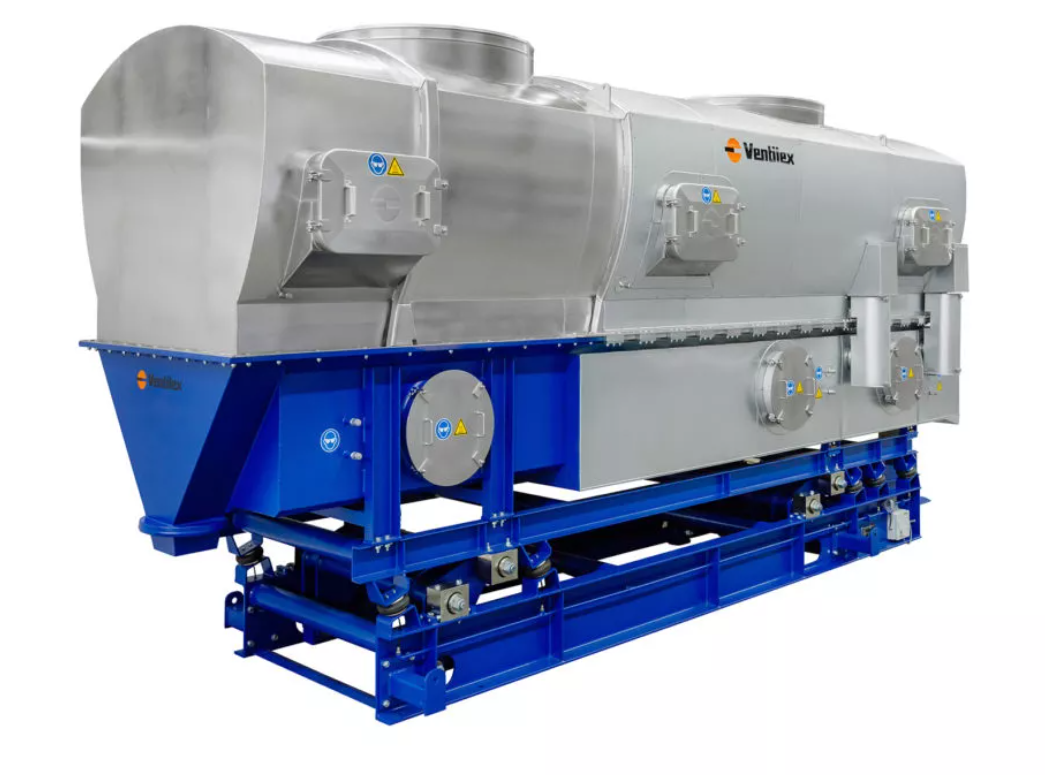
Continuous fluid bed dryer
In a Fluid Bed, a product or solid is made fluid by an upward moving flow of gas. The mechanical ...
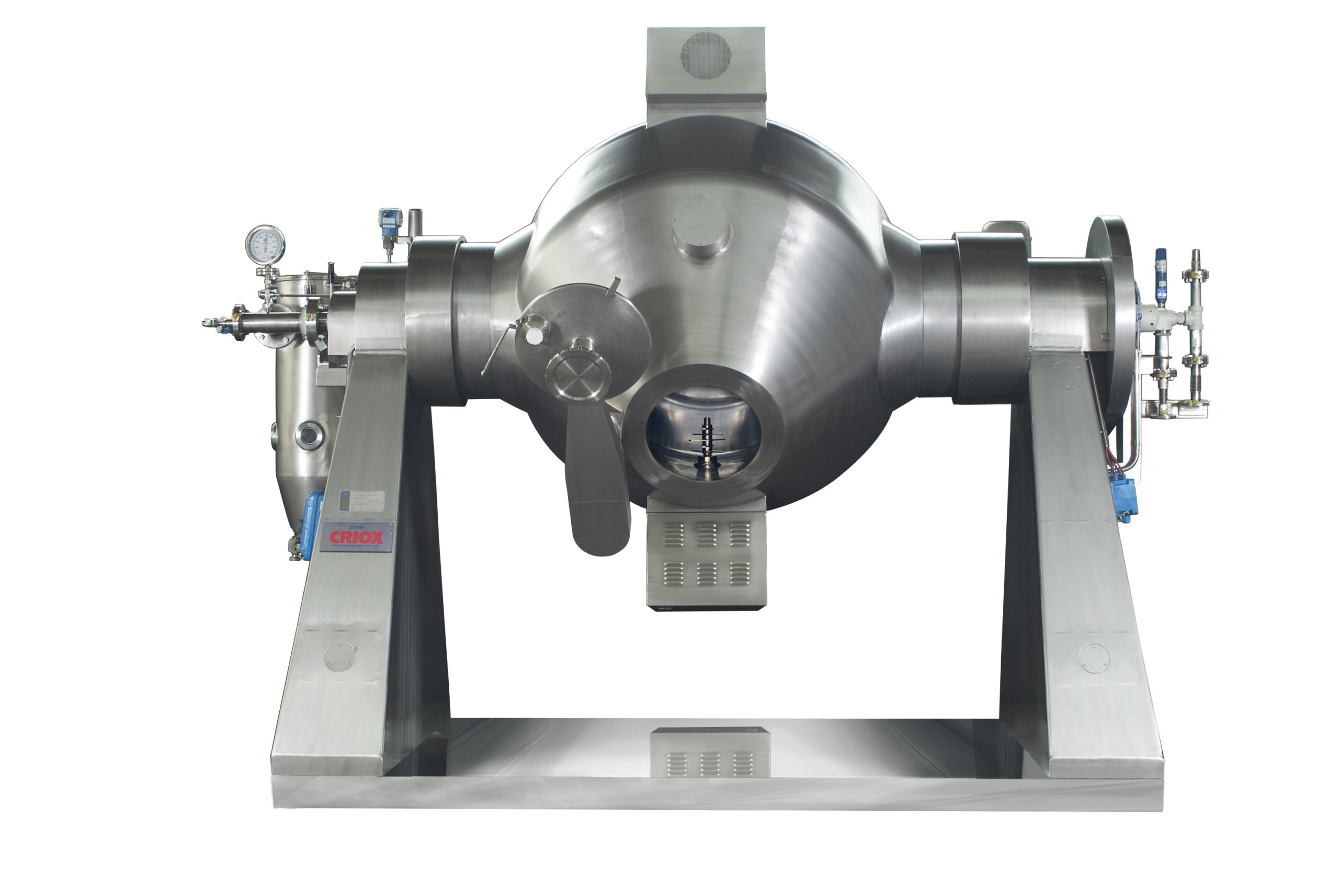
Rotary vacuum dryer
Powdered products tend to agglomerate during vacuum drying. This adds an additional step to the productio...
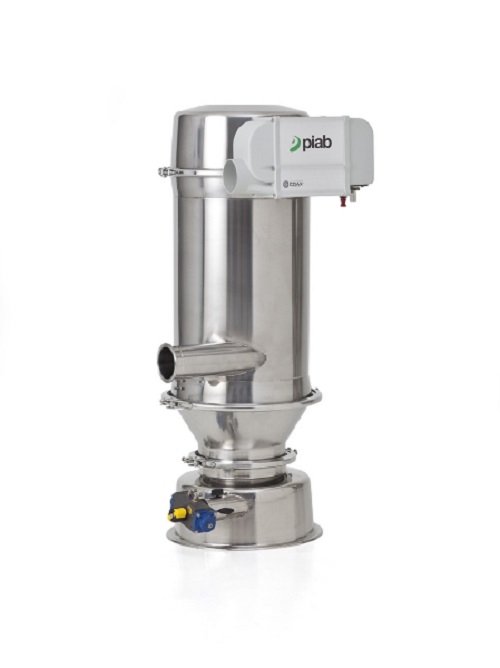
Premium vacuum conveyor
When you have a need to tailor make your conveyor and still have the high requirement on hygiene, e.g...
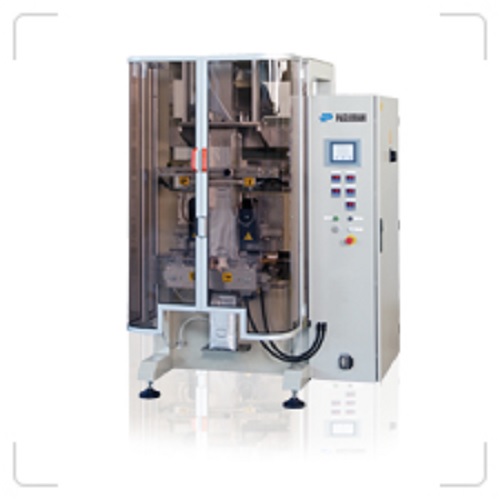
Packaging machine for sealed plastic bags from 250 g to 10 kg
Sealing small quantities of solids or liquids into plastic...
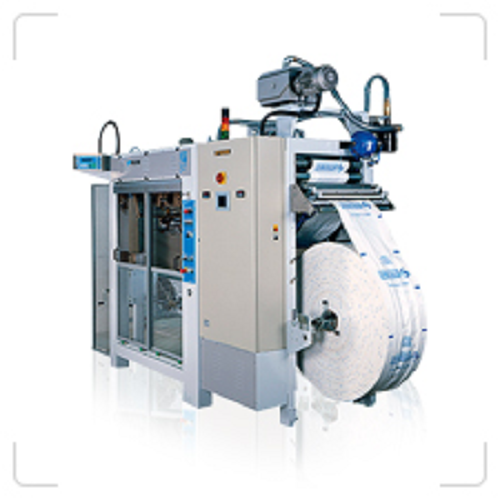
Horizontal form, fill and seal machine for bags up to 10kg
Bagging small quantities of solids or liquids, whether in pap...

Horizontal vacuum dryer with eccentric agitator
Conventional dryers are inefficient and can lead to significant mechanical...
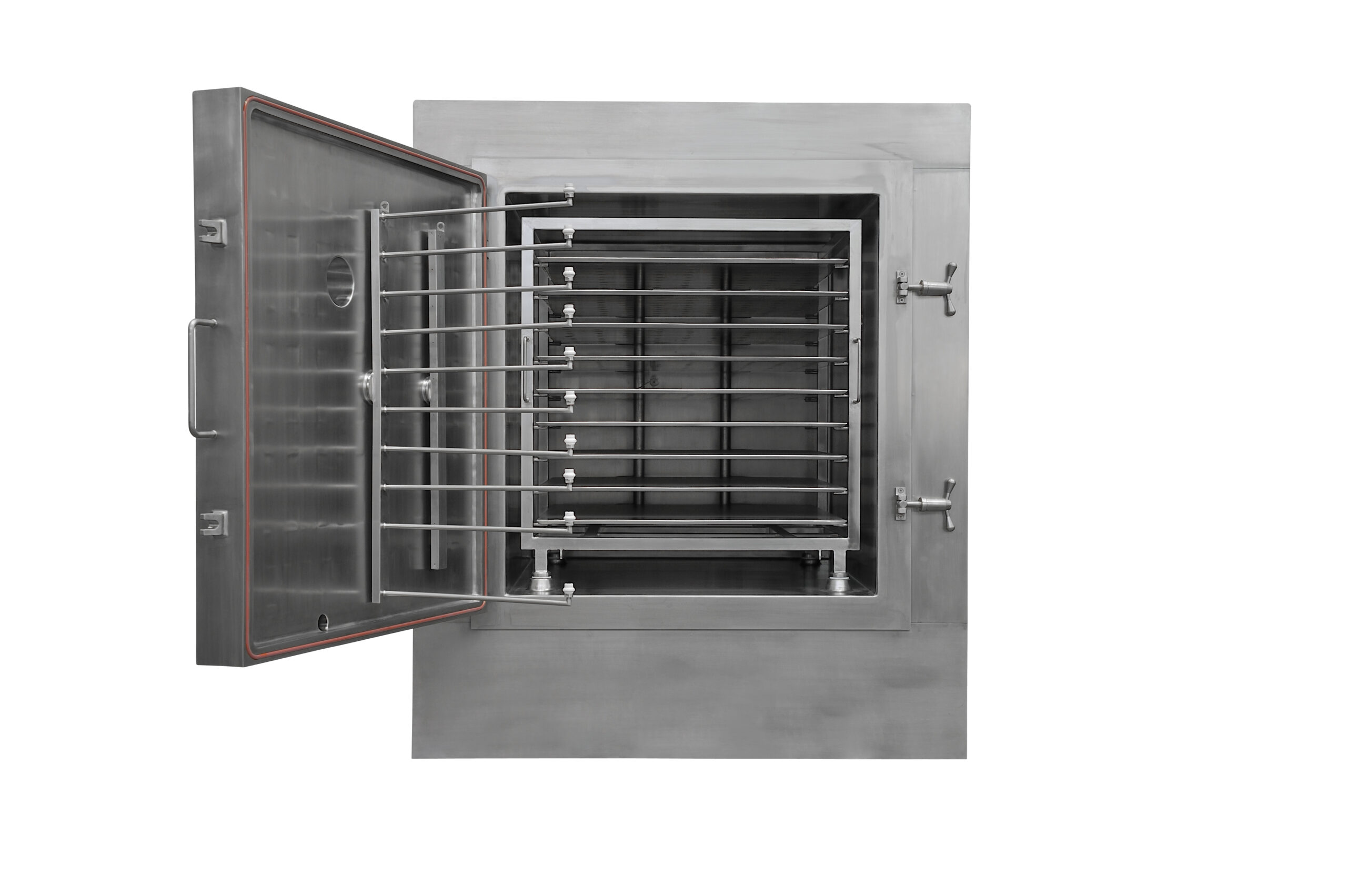
Vacuum tray dryer with clean-in-place system
Cabinet tray dryers can be difficult to clean, making their use difficult for...
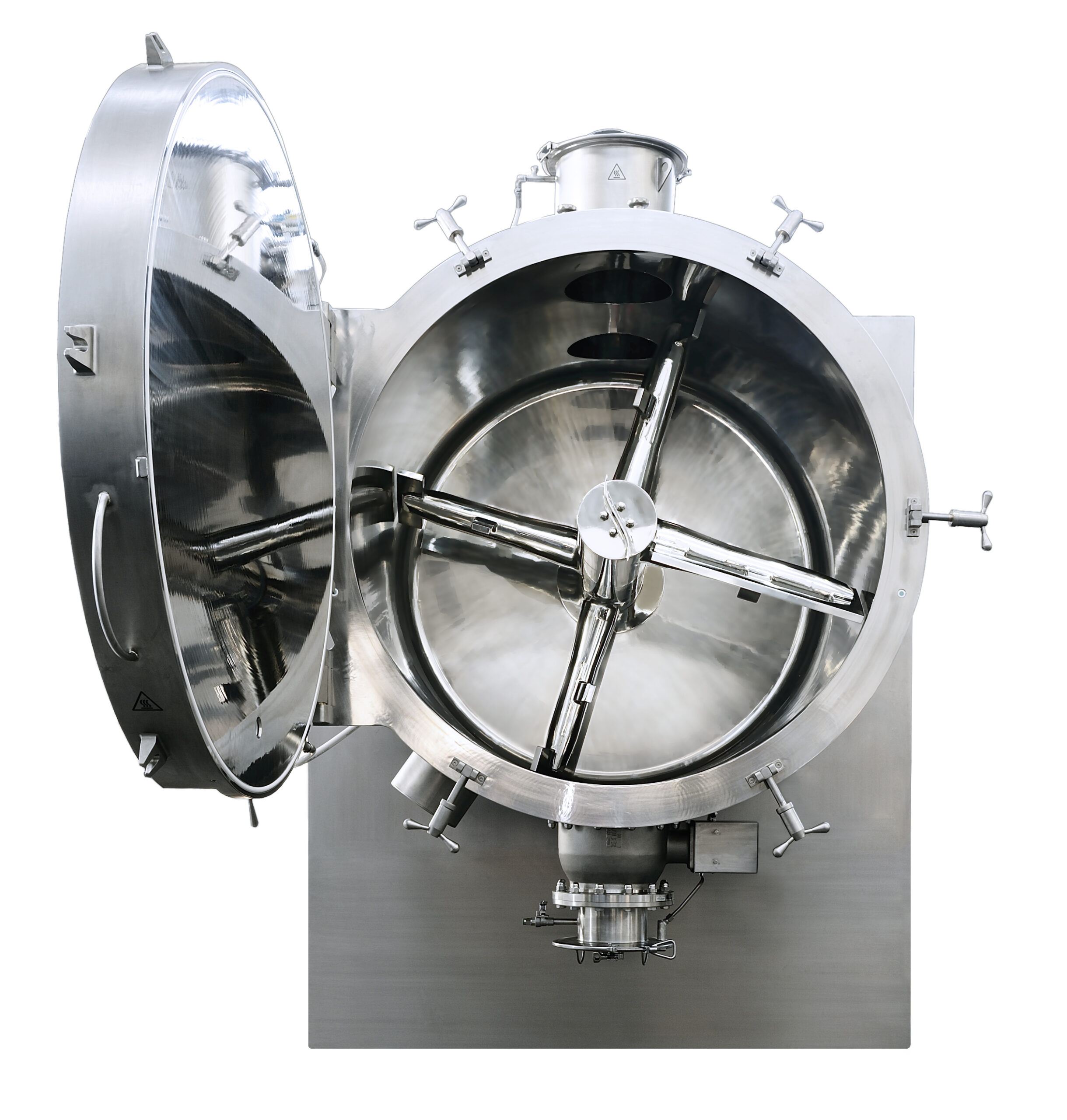
Horizontal paddle vacuum dryer
Agitated vacuum dryers can be difficult to clean which makes them unsuitable for multi-produc...
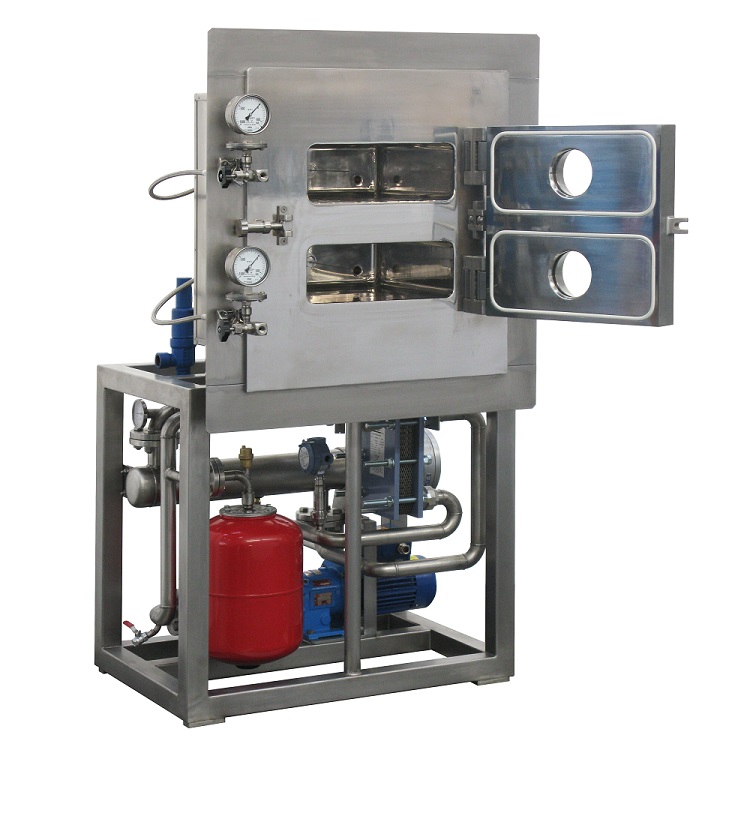
Laboratory-scale vacuum tray drying oven
Vacuum drying is used to remove moisture from sensitive materials. Drying small ba...
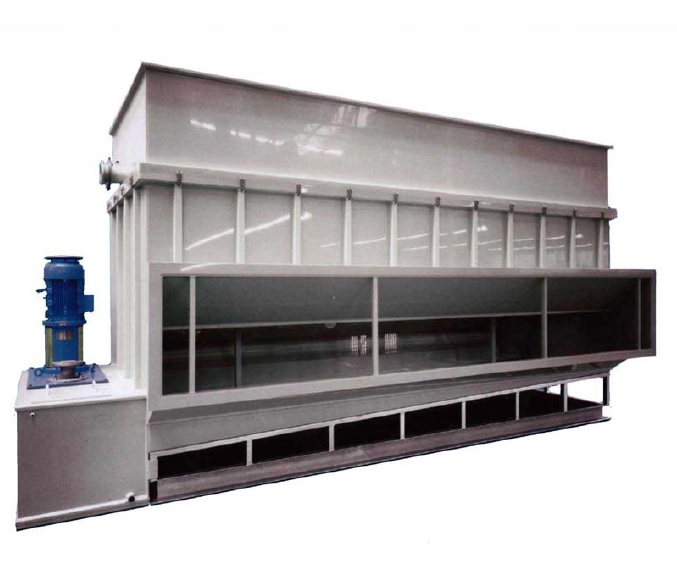
Air dehumidifier for bulk products
When your product or process is sensitive to humidity, using an air dehumidifier may res...
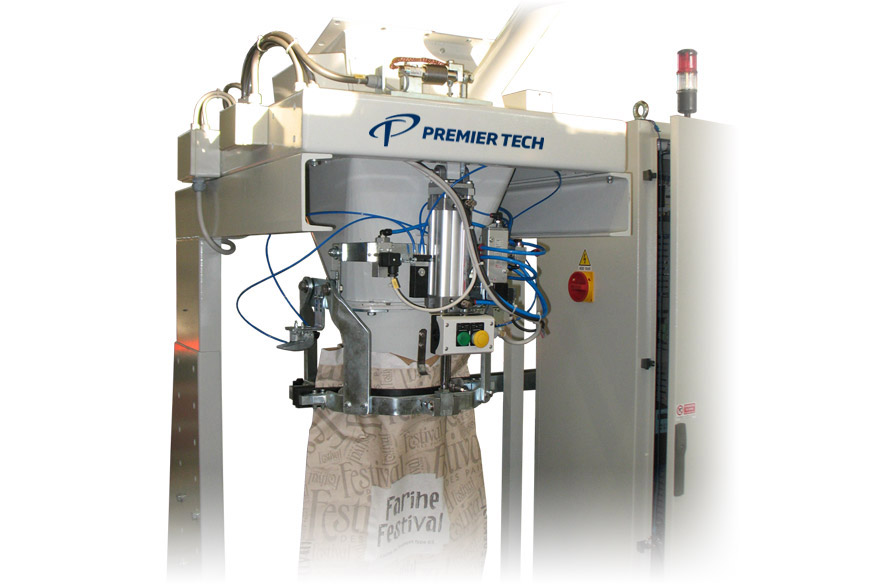
Manual bagger with gross weigher
This is a manual bagging set with an electronic gross weighing system to meet international...
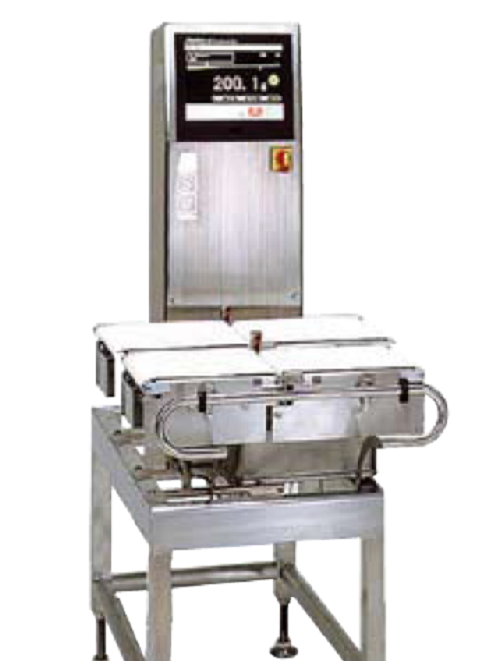
Checkweigher for stand-up pouches
When working with several lines of stand-up pouches, you can benefit from controlling the...
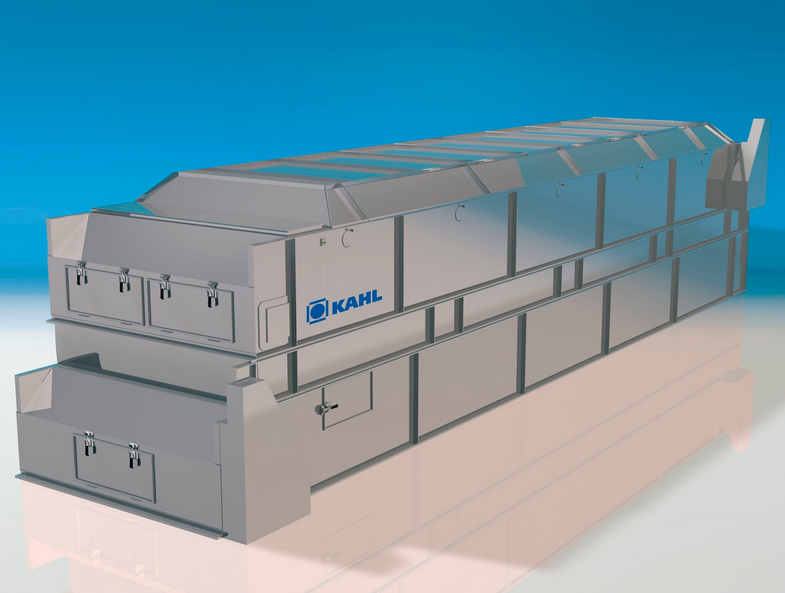
Belt dryer/cooler for pellets and granules
Many industries that process materials in pellet, powder, or crumble form need ...

